It’s hard to find anyone who doesn’t hold a soft spot for gum trees. They are quintessentially Australian — their silvery hues, distinctive scent, and the soft rustle of their leaves feel like a perfect welcome home after time away.
Culturally, for our first nations peoples the gums represent life, spirituality and connection to the ancestors, linking earth and sky. Often appearing in creation stories throughout different tribes and languages, passed down for tens of thousands of years. The gums have also been a continuous provider of bark and timber for tools, shelter and medicines, as well as providing food and shelter for our native fauna.
These works are inspired by our beautiful eucalyptus trees, each one based on an individual tree, focusing on their bark patterns. They represent us, the women in our histories, families and communities. They are as unique as we are, they are marked by their own colours, continually shedding their skin to reveal fresh patterns, shaped by the environment in which they grow, wearing their scars and wounds as proof of their strength and survival. They give us the air we breathe, they are our guardians, they are the epitome of resilience and endurance. These trees are individual portraits - each a character shaped by wind, water, fire, human and animal influence and time.
There is something about our awe-inspiring gum trees, they can stand tall and straight, to attention like an army of sentinels or stand alone, all twisted and contorted like an old lady waving her gnarled finger, beckoning you over.
This project was an opportunity for me to push further, to experiment more, to test new ideas and hopefully to craft work that draws the viewer in, to explore the many layers. This is my entire ethos as to why I create, I love story telling, discovering and finding my own visual language to bring the works to life.
OPENING EVENT Saturday 25 October 4 — 6 pm
Artist talk: 4.30 pm
Download the exhibition catalogue here.
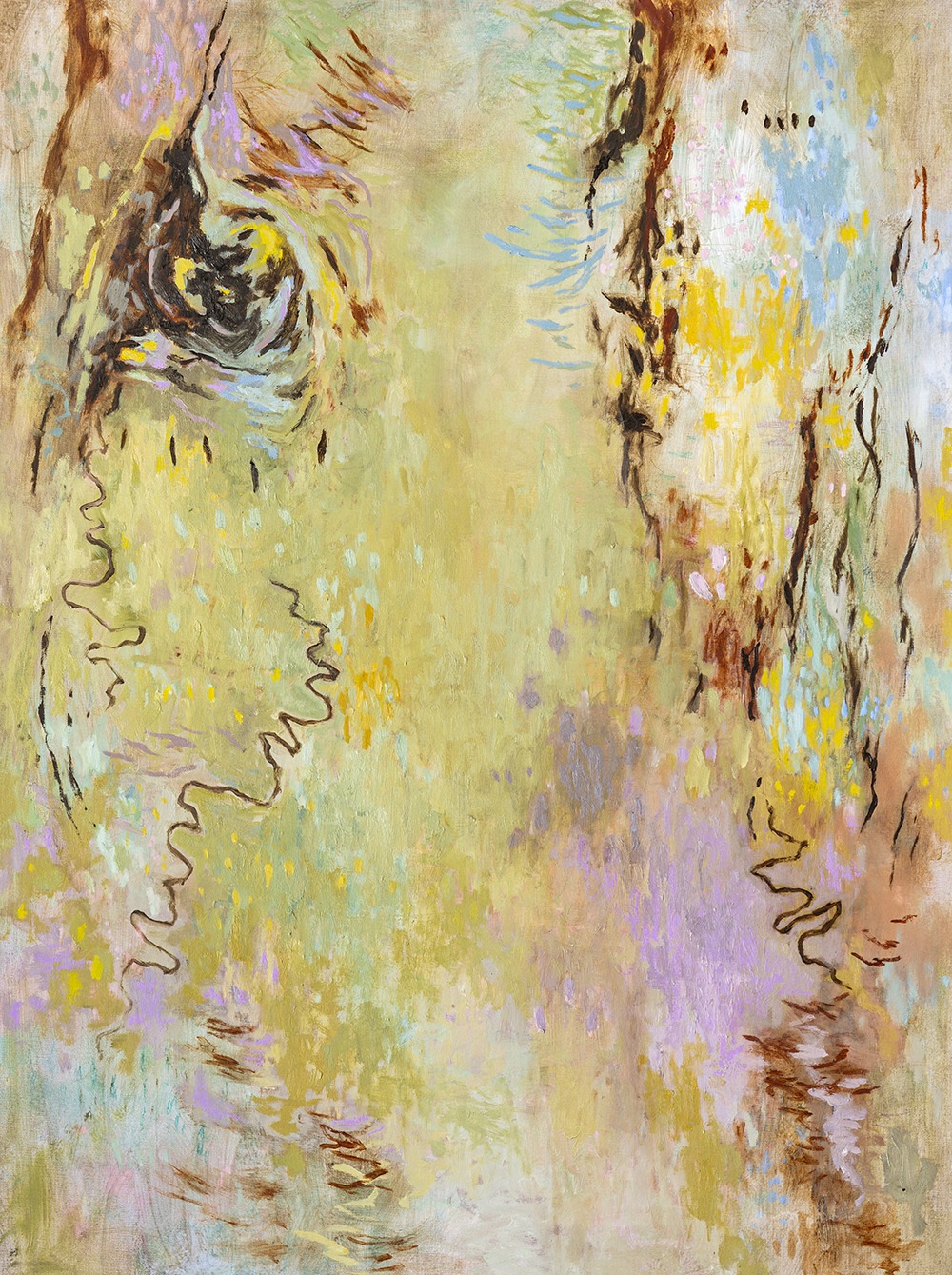 Sold
Sold
I feel the pull of the earth beneath my feet 2025
Acrylic, pastel and oil on linen
90 x 120 cm
$2700 Sold
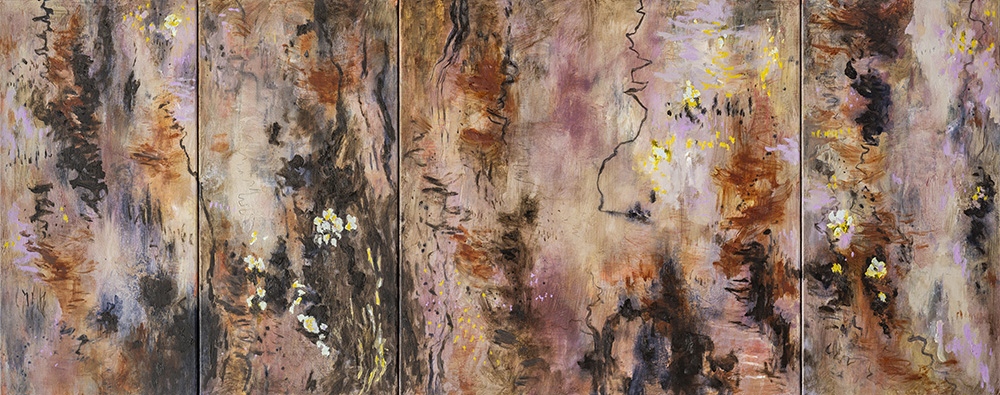 Sold
Sold
The multiple personalities of one deemed insignificant 2025
Acrylic, pastel and oil on canvas
60 x 150 cm
$2300 Sold
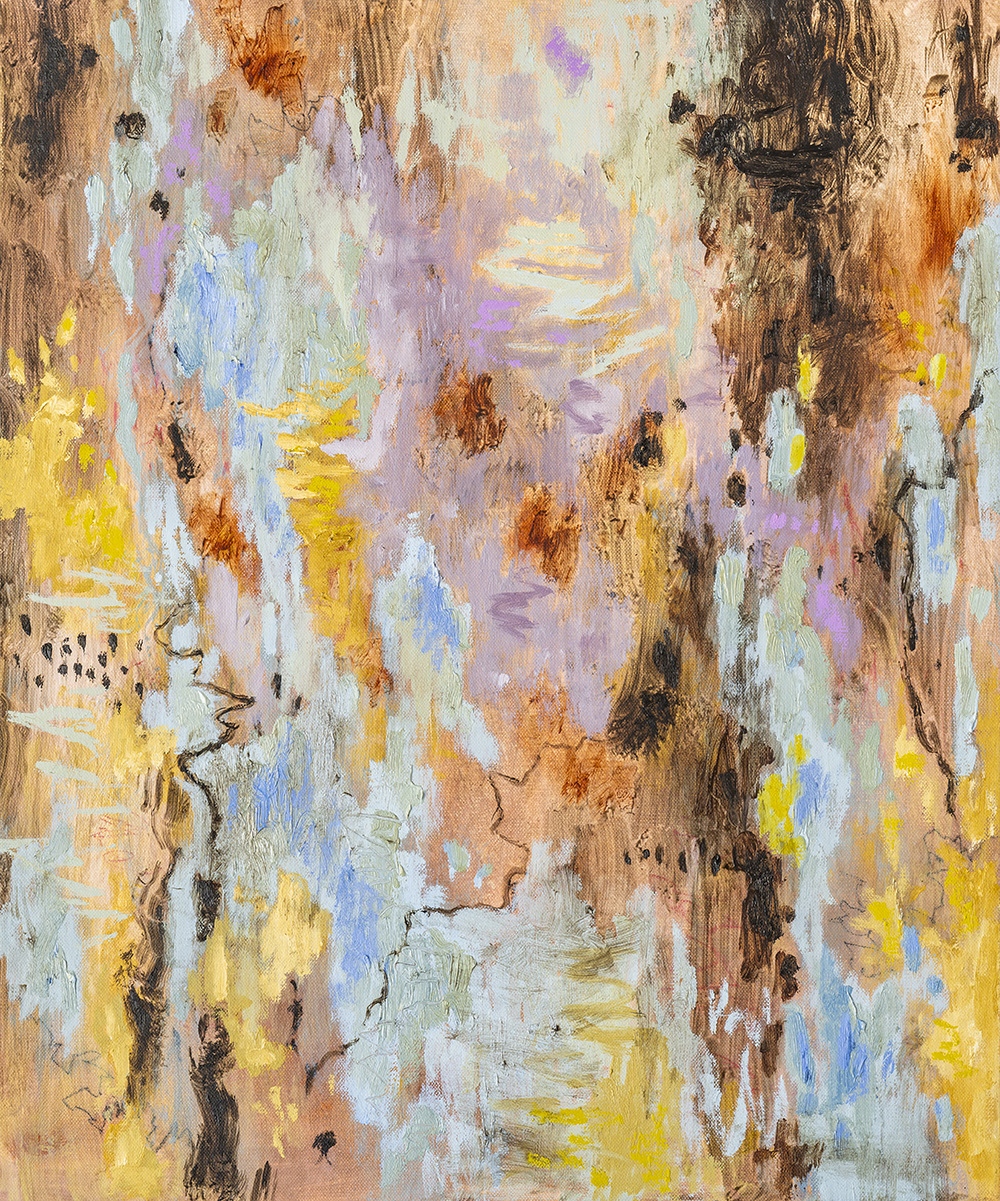 Sold
Sold
She carries her failures 2025
Acrylic, pastel and oil on canvas
50.5 x 60.5 cm
$800 Sold
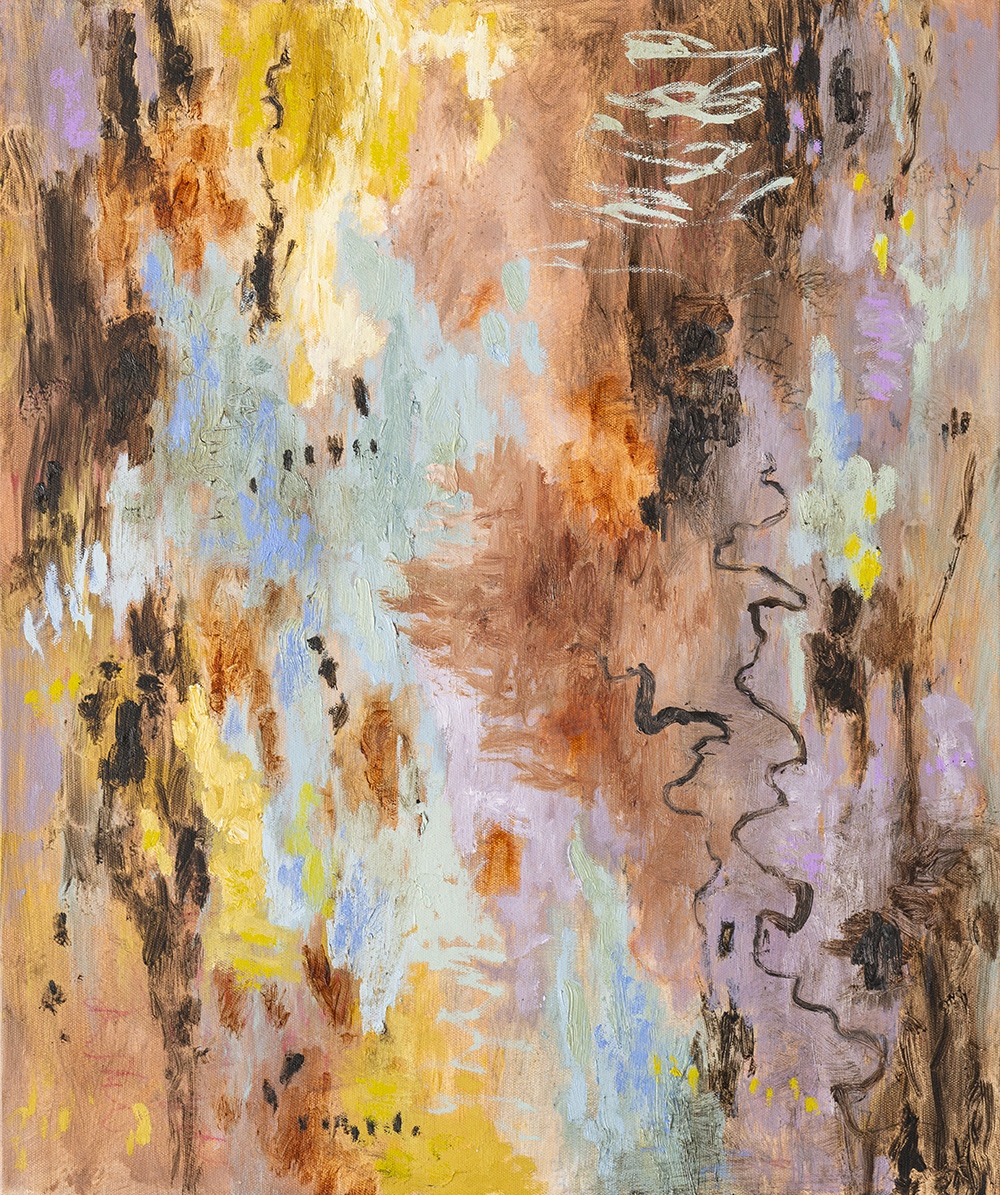 Sold
Sold
She wears her scars 2025
Acrylic, pastel and oil on canvas
50.5 x 60.5 cm
$800 Sold
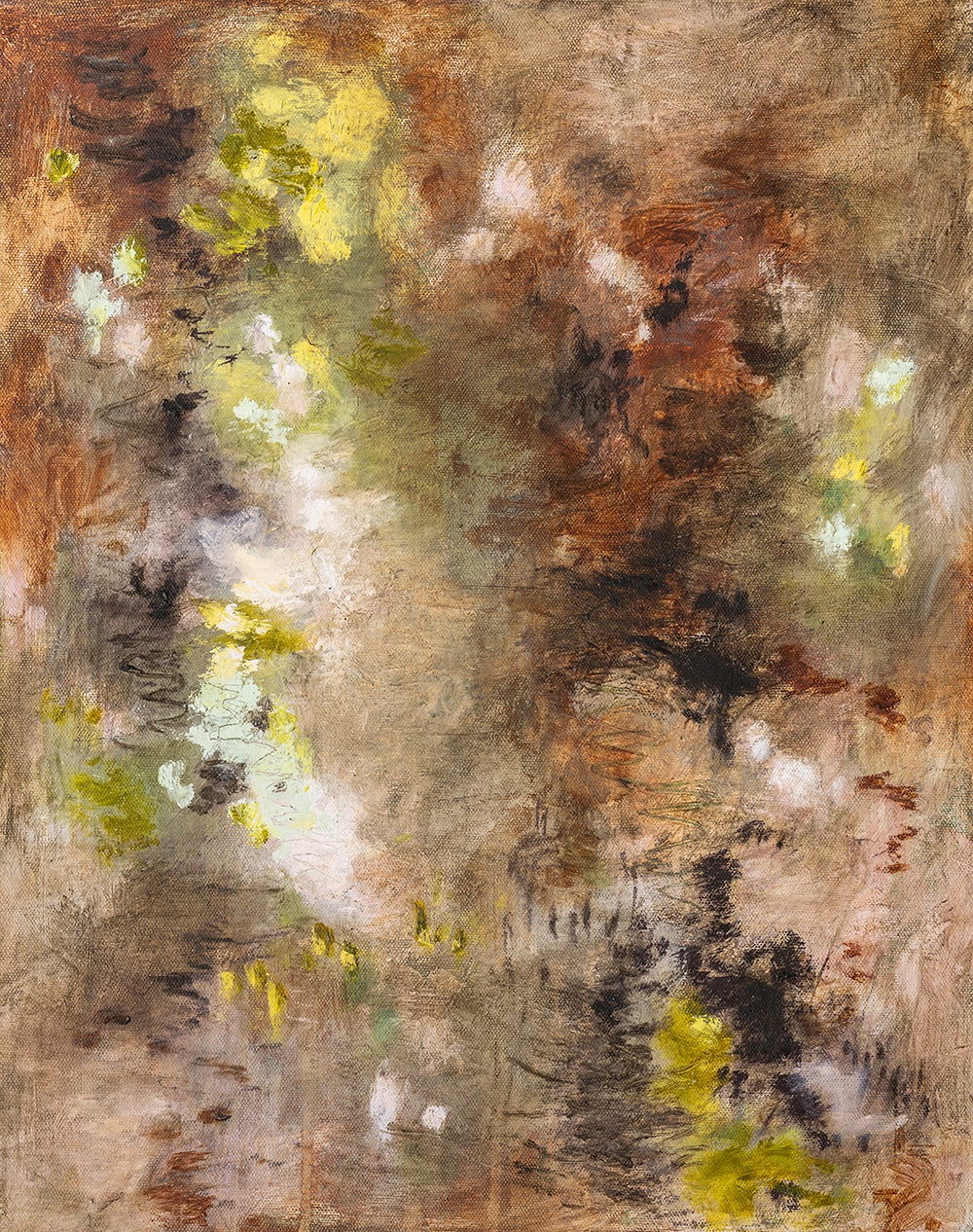
I have been standing here for so long 2025
Acrylic, pastel and oil on canvas
40.5 x 50.5 cm
$650 Framed
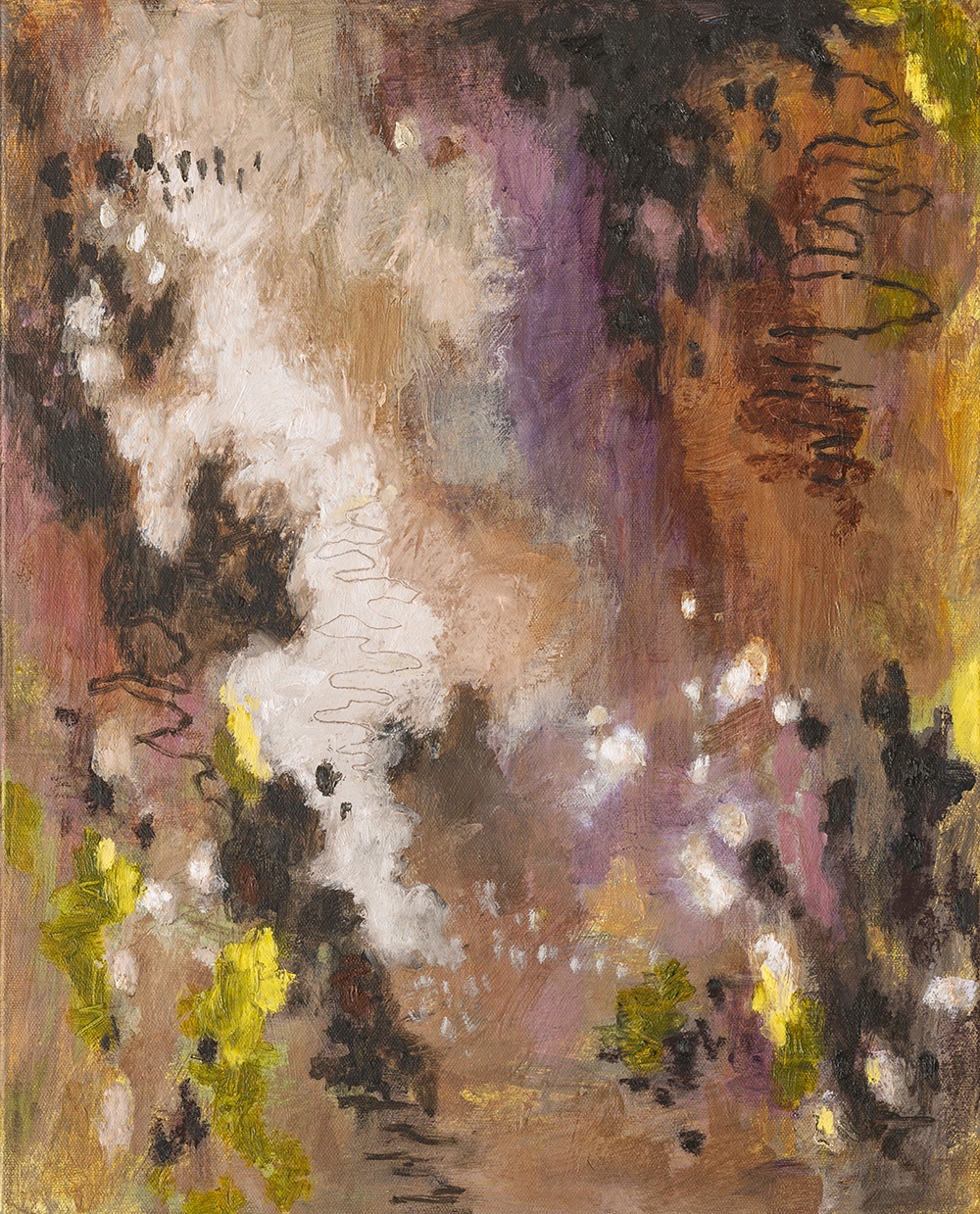 Sold
Sold
I am the provider 2025
Acrylic, pastel and oil on canvas
40.5 x 50.5 cm
$650 Sold
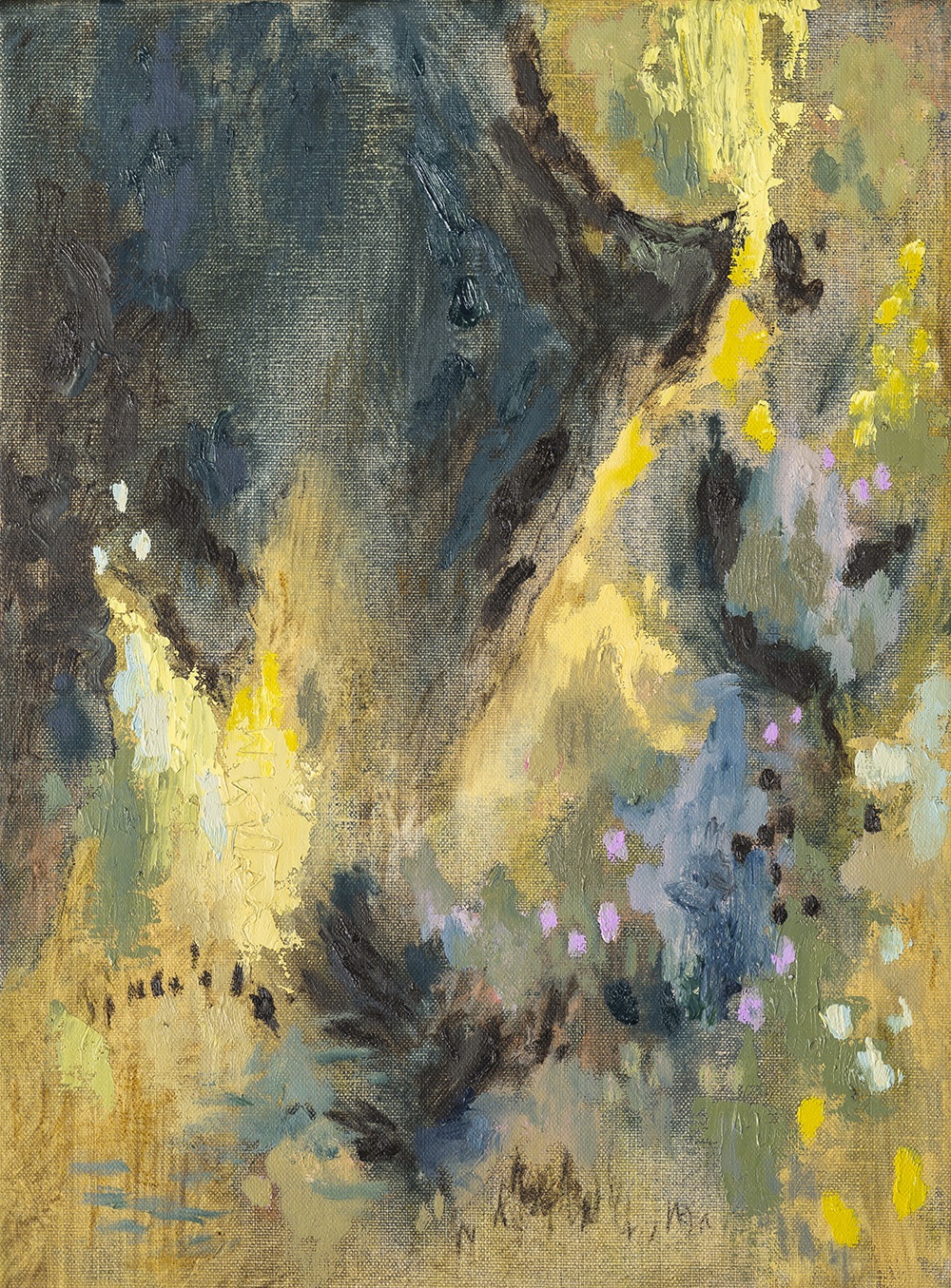
I have seen all the highs and lows 2025
Acrylic, pastel and oil on linen
30 x 40 cm
$500 Framed
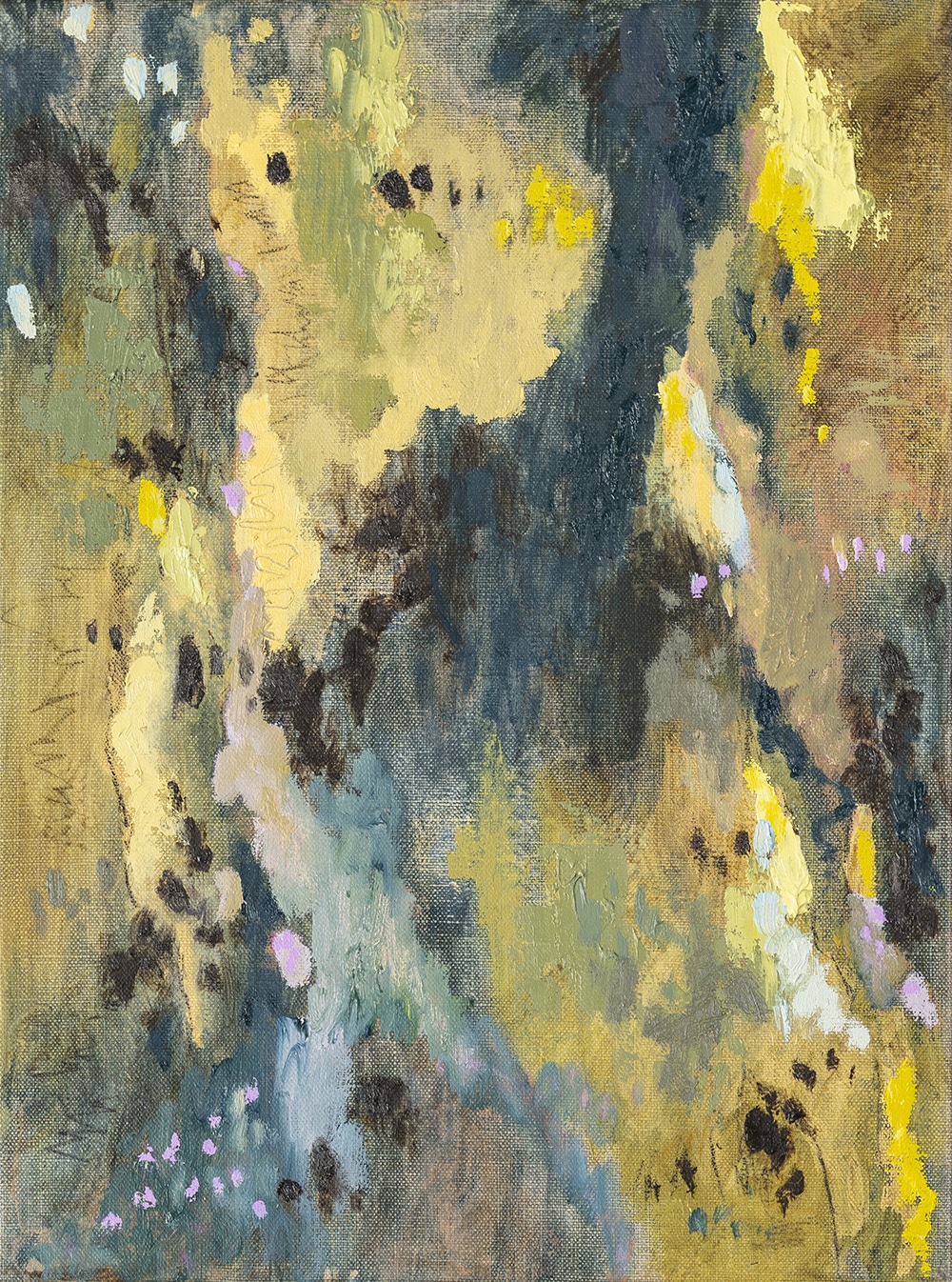 Sold
Sold
I have seen so many seasons 2025
Acrylic, pastel and oil on linen
30 x 40 cm
$500 Sold
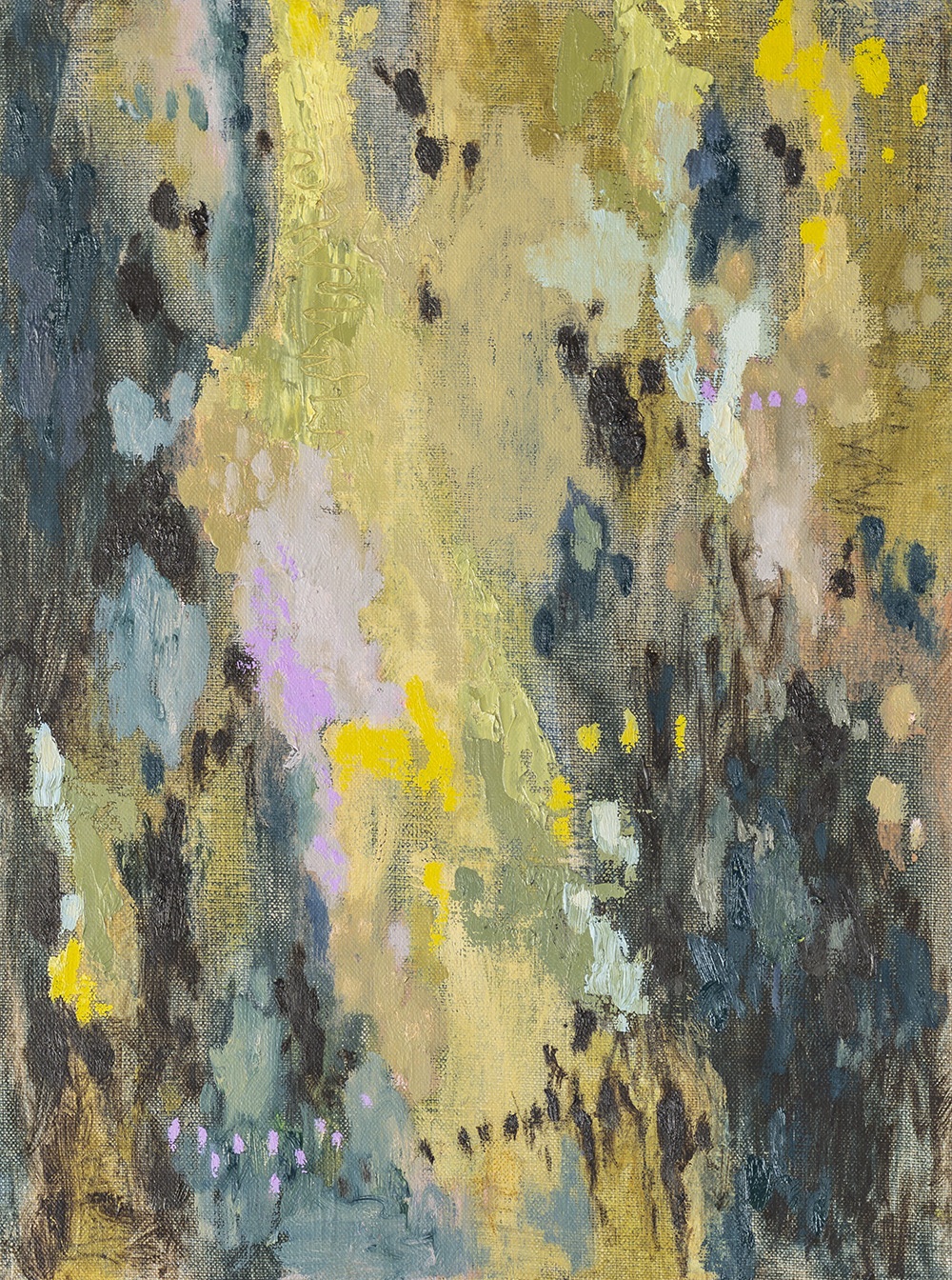 Sold
Sold
I'm still watching it all 2025
Acrylic, pastel and oil on linen
30 x 40 cm
$500 Sold
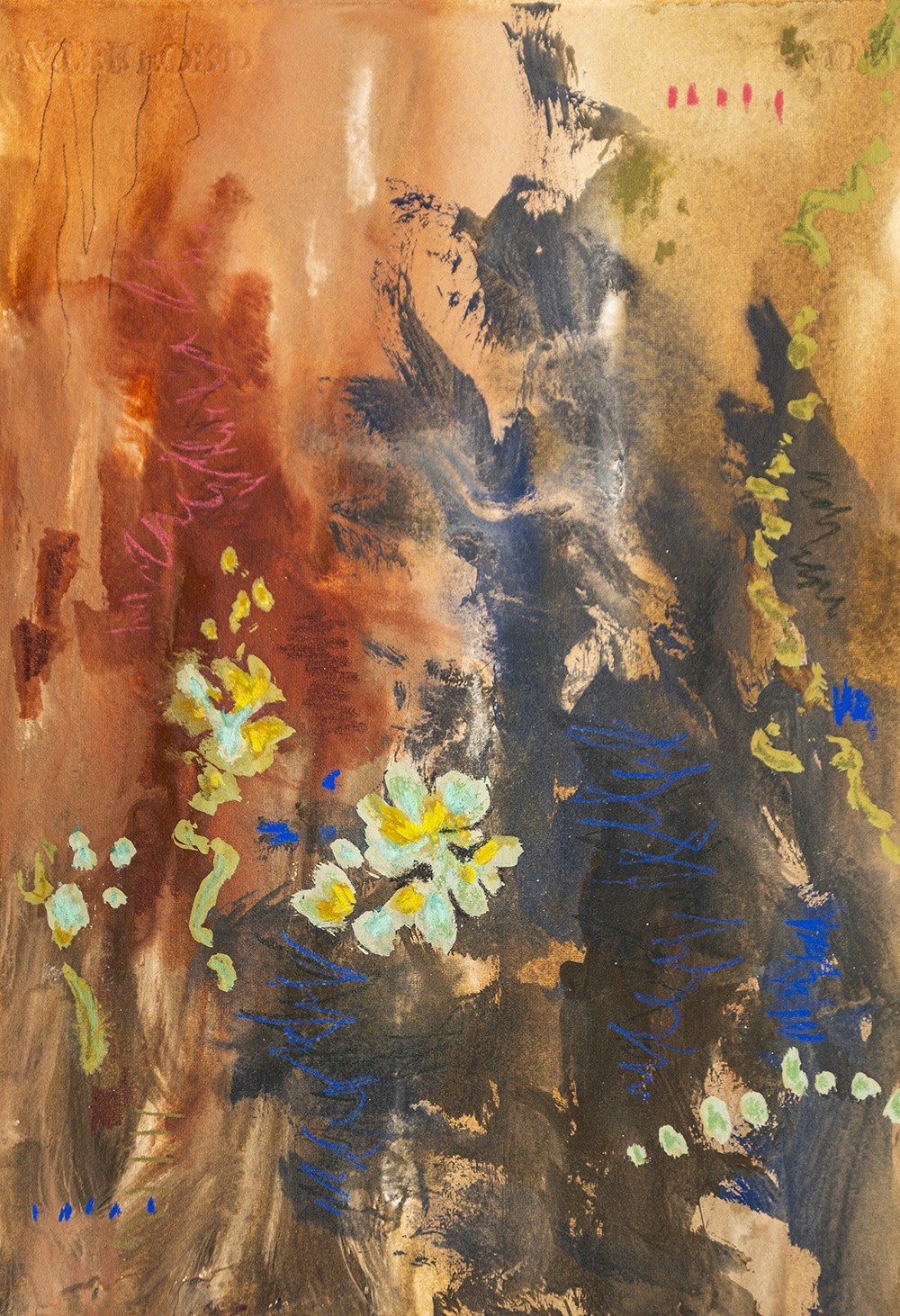
Stumers Road Reserve Study 1 2025
Gouache and pastel pencil on 300 gsm watercolour paper
23 x 33 cm
$220 Framed
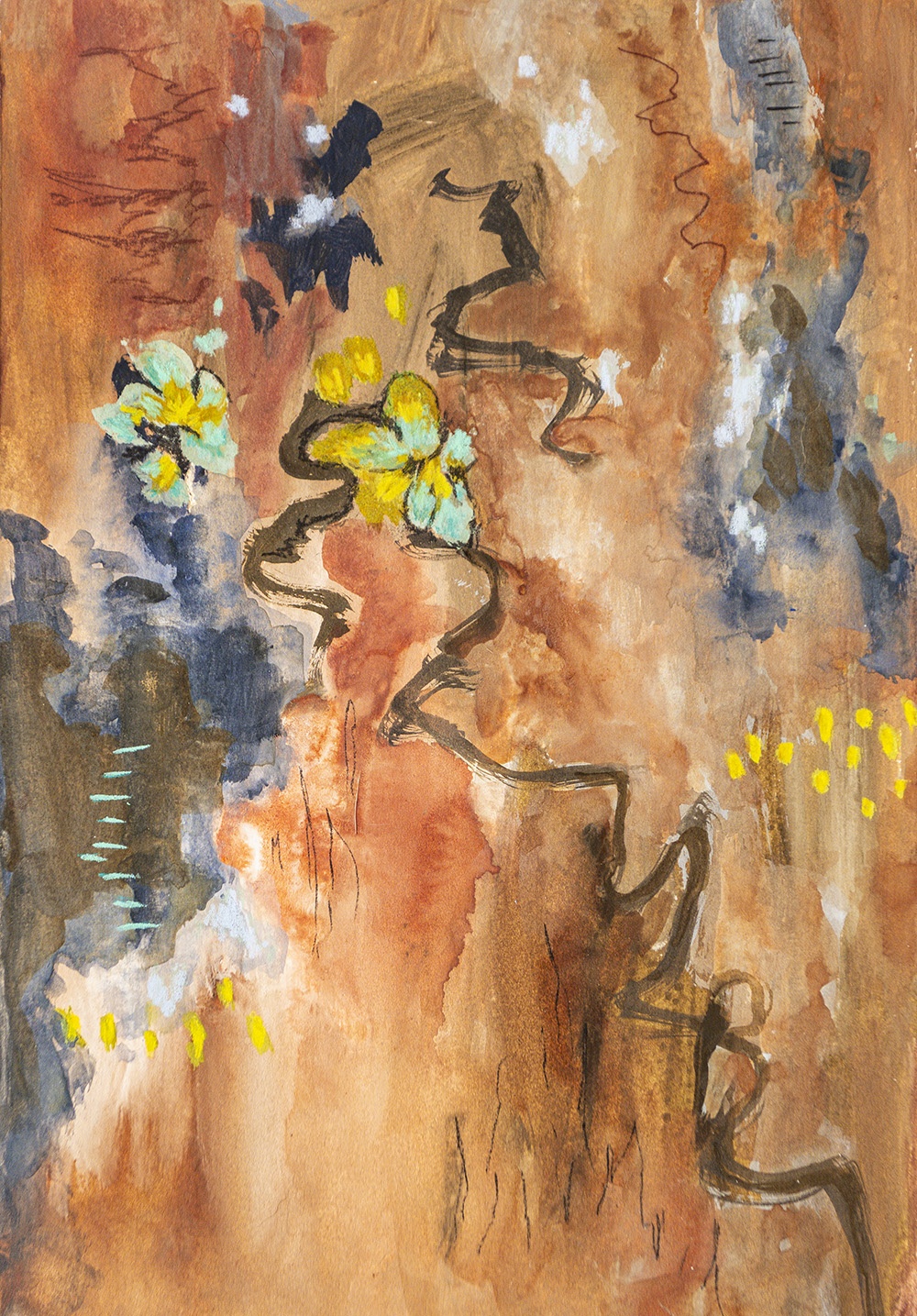 Sold
Sold
Stumers Road Reserve Study 2 2025
Gouache and pastel pencil on 300 gsm watercolour paper
23 x 33 cm
$220 Sold
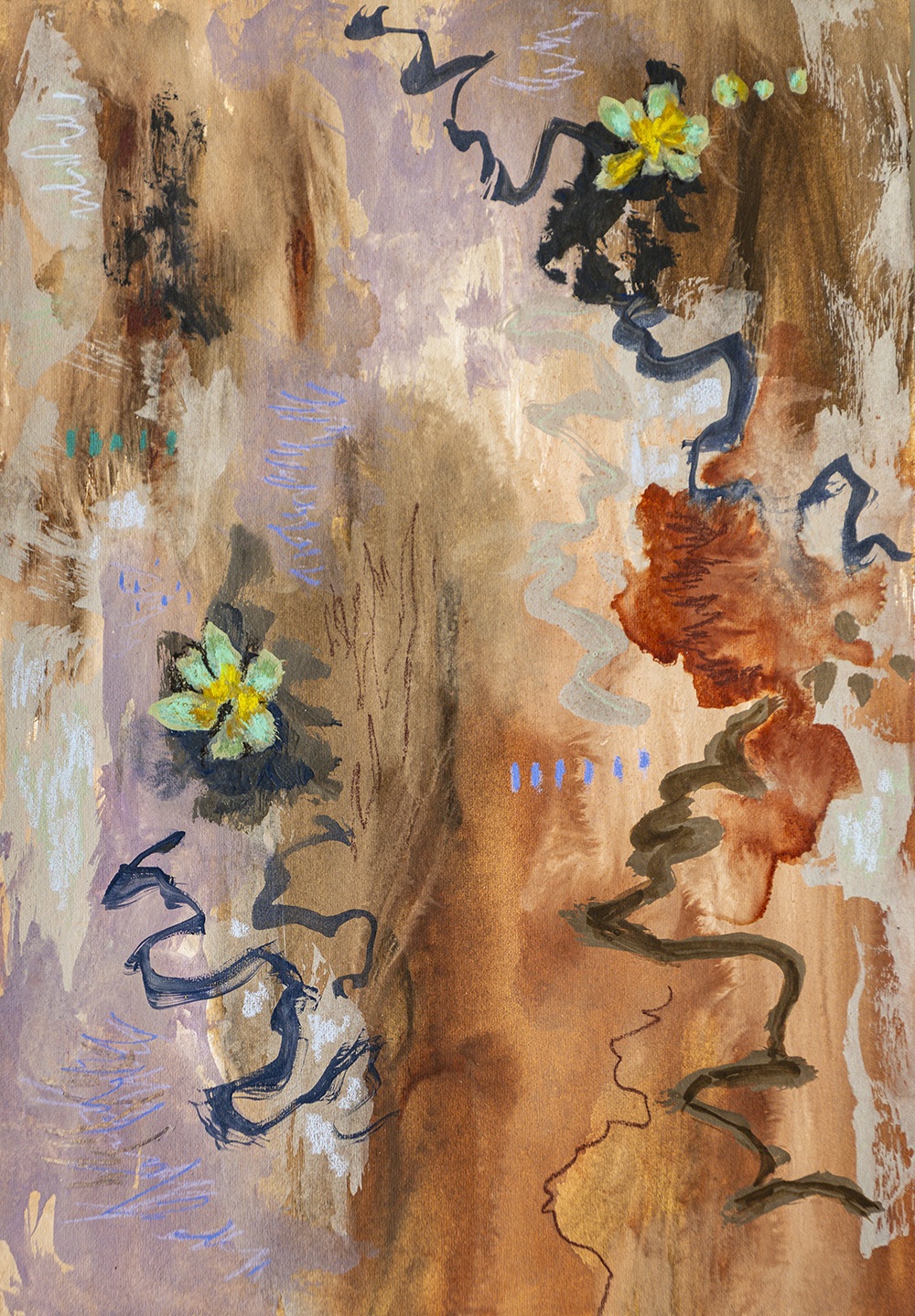 Sold
Sold
Stumers Road Reserve Study 3 2025
Gouache and pastel pencil on 300 gsm watercolour paper
23 x 33 cm
$220 Sold
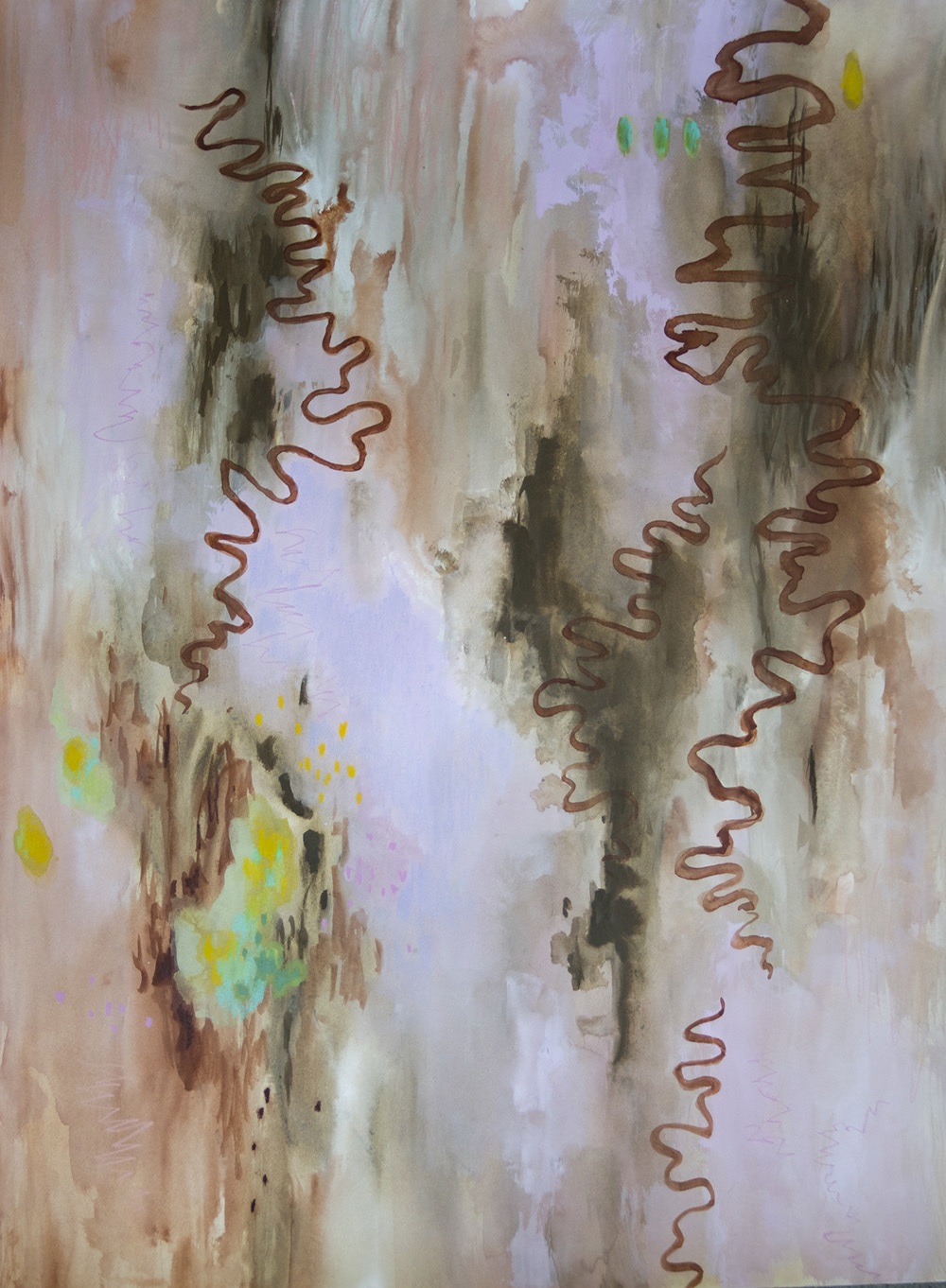
Meandering No 1 2025
Gouache and crayon on 300 gsm watercolour paper
56.5 x 75 cm
$140
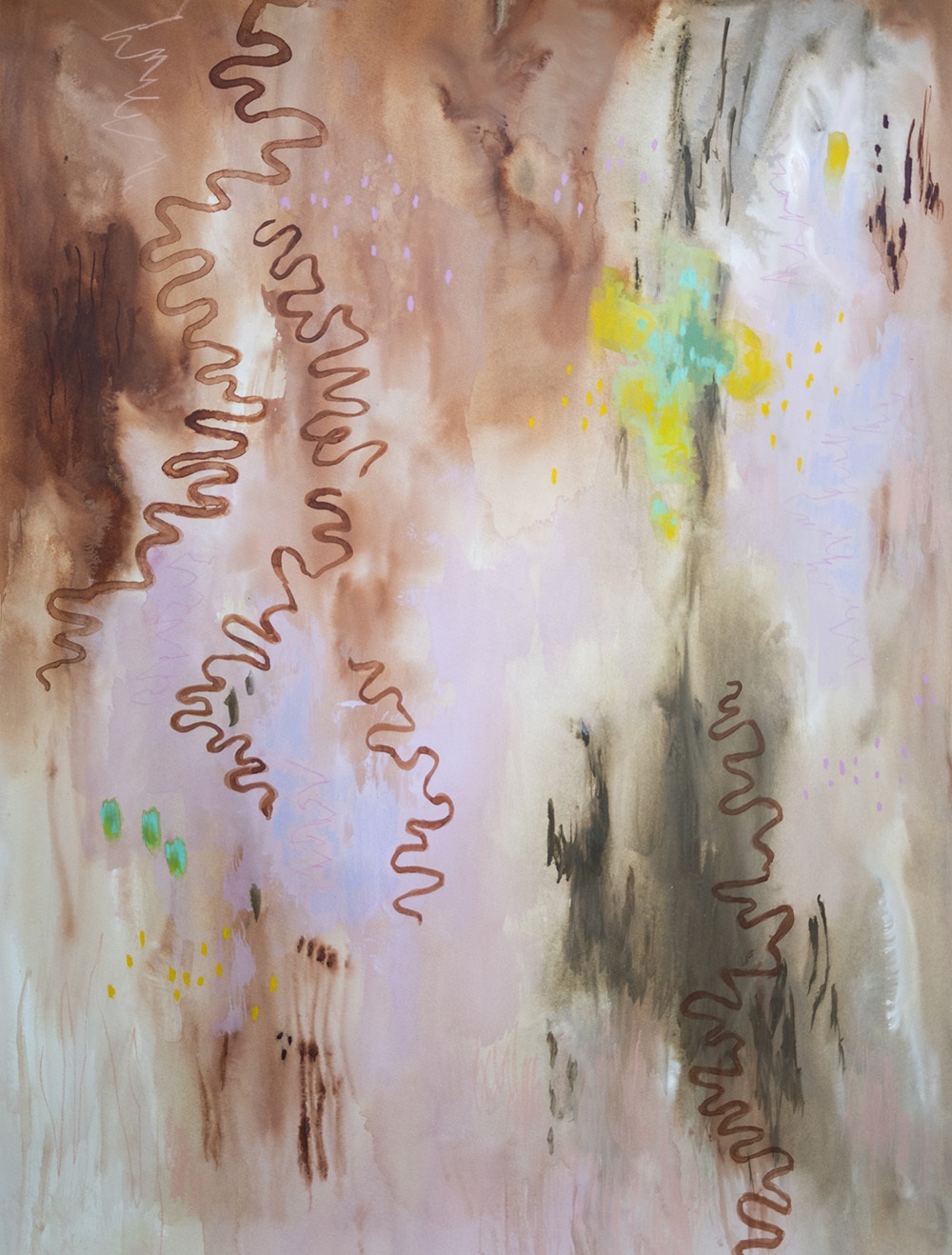
Meandering No 2 2025
Gouache and crayon on 300 gsm watercolour paper
56.5 x 75 cm
$140
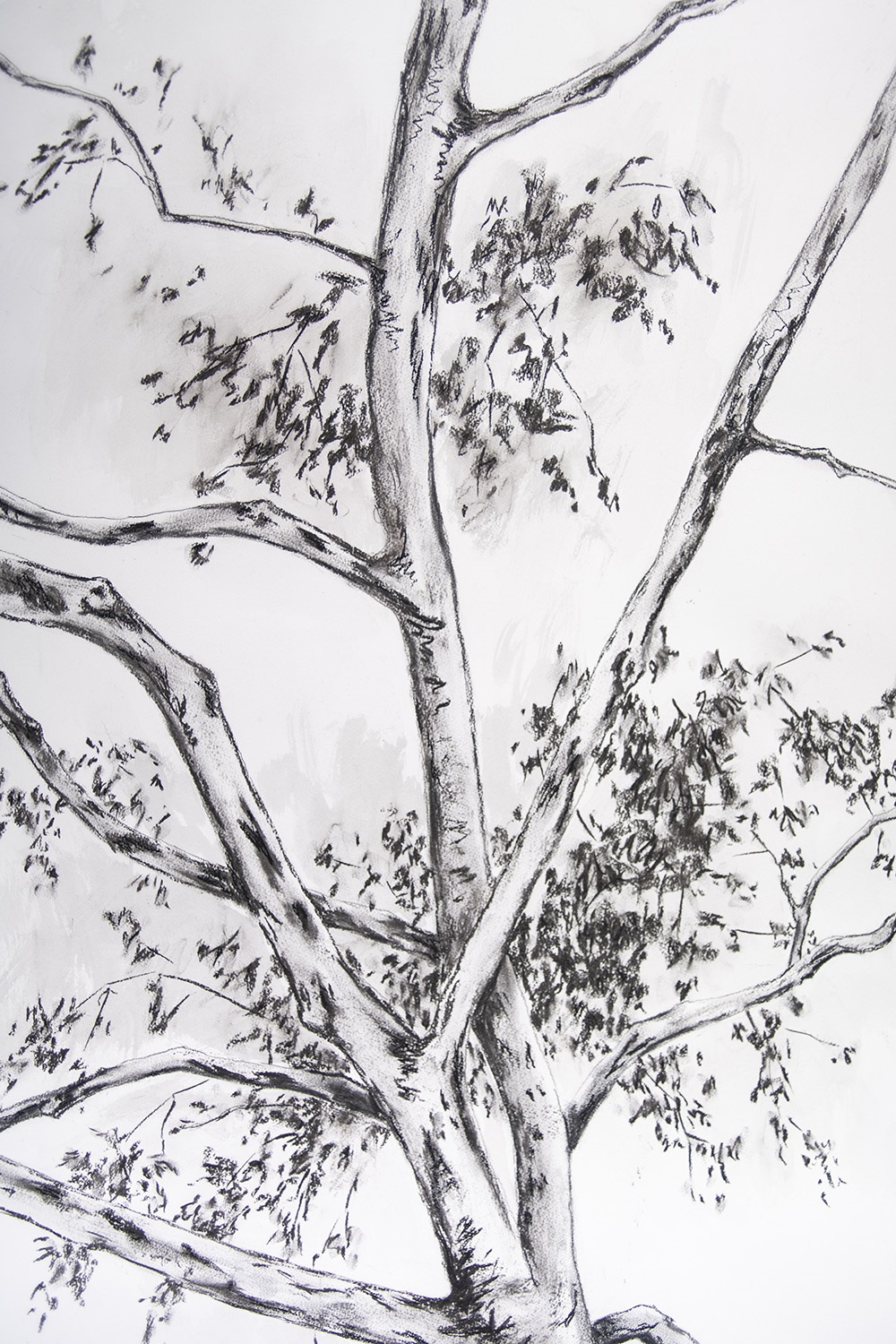 Sold
Sold
So much history 2025
Charcoal on 300gsm water colour paper
220 cm x 152 cm
$590 Sold
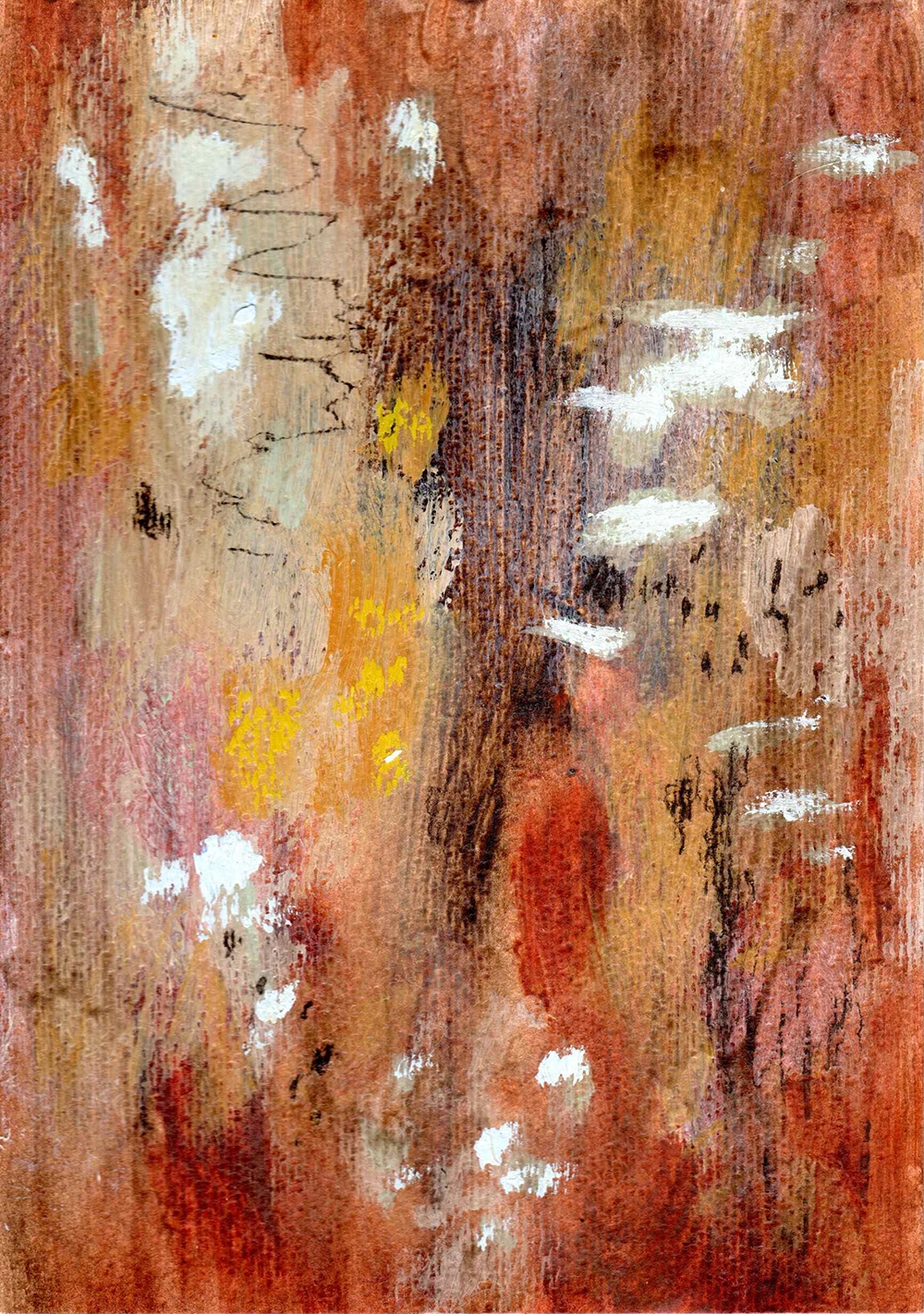 Sold
Sold
Gumtree 1 2025
Acrylic, pastel and oil on 400 gsm paper
14.8 x 21 cm
$50 (proceeds contribute to Fifteen Trees) Sold
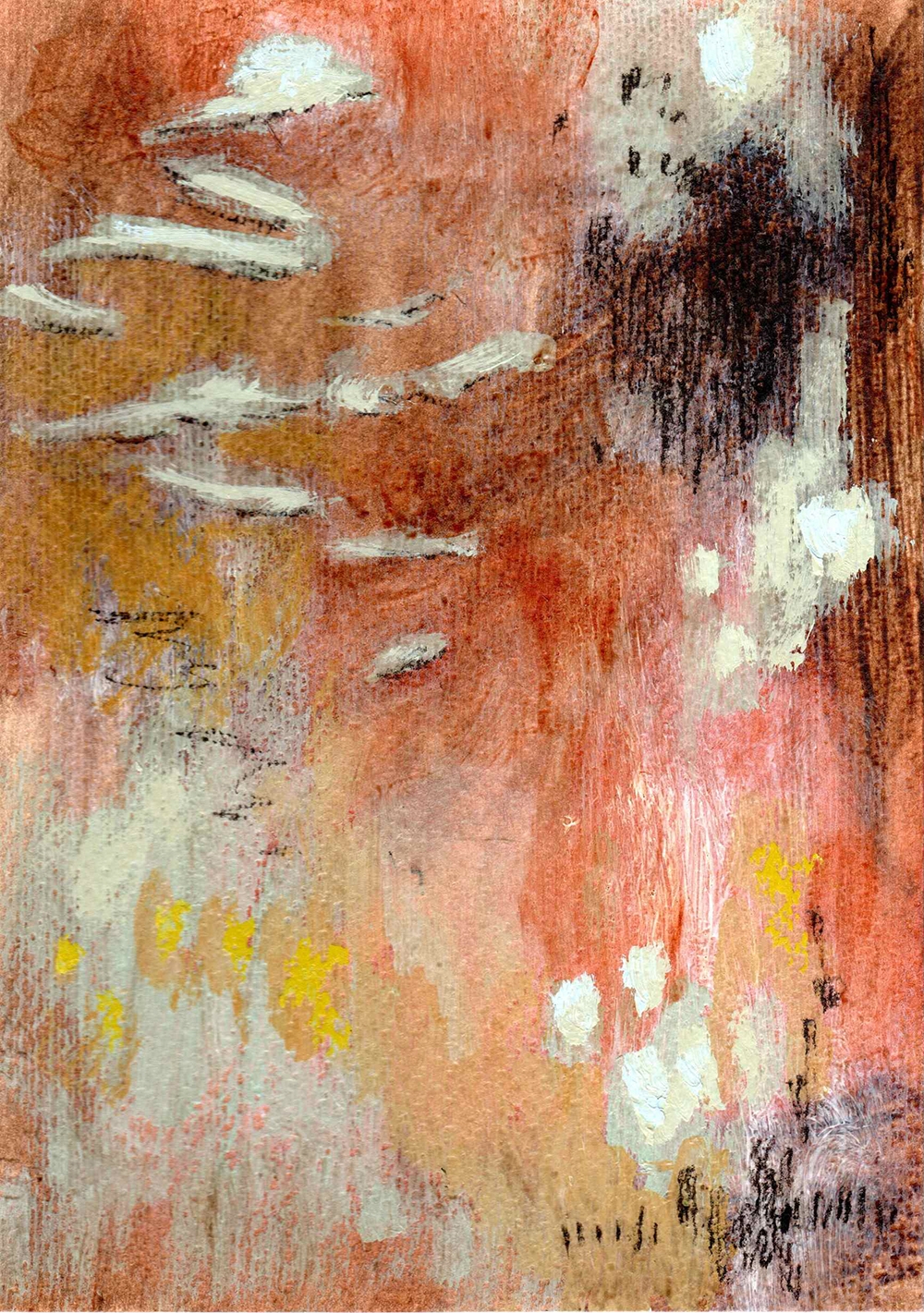 Sold
Sold
Gumtree 2 2025
Acrylic, pastel and oil on 400 gsm paper
14.8 x 21 cm
$50 (proceeds contribute to Fifteen Trees) Sold
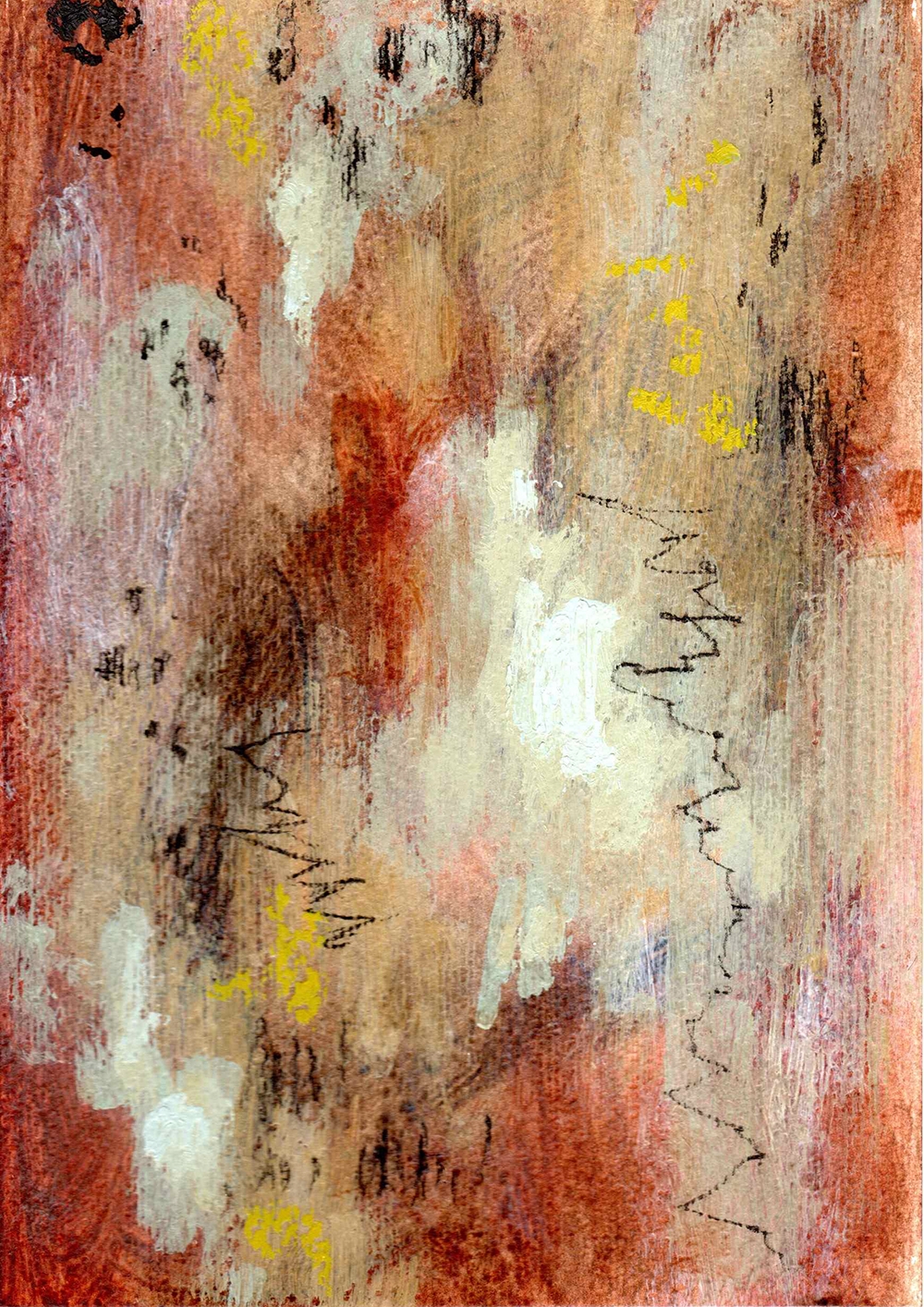 Sold
Sold
Gumtree 3 2025
Acrylic, pastel and oil on 400 gsm paper
14.8 x 21 cm
$50 (proceeds contribute to Fifteen Trees) Sold
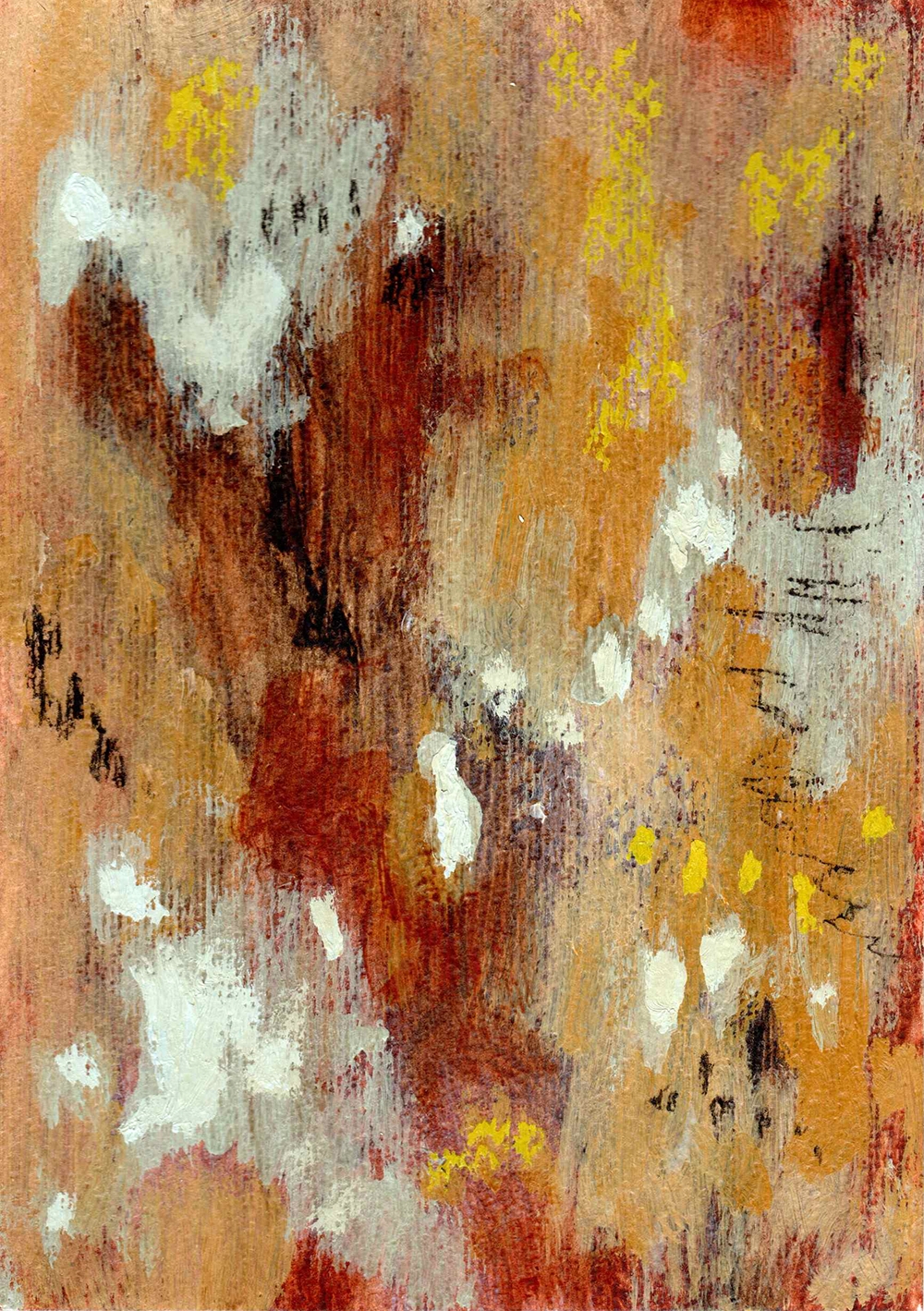 Sold
Sold
Gumtree 4 2025
Acrylic, pastel and oil on 400 gsm paper
14.8 x 21 cm
$50 (proceeds contribute to Fifteen Trees) Sold
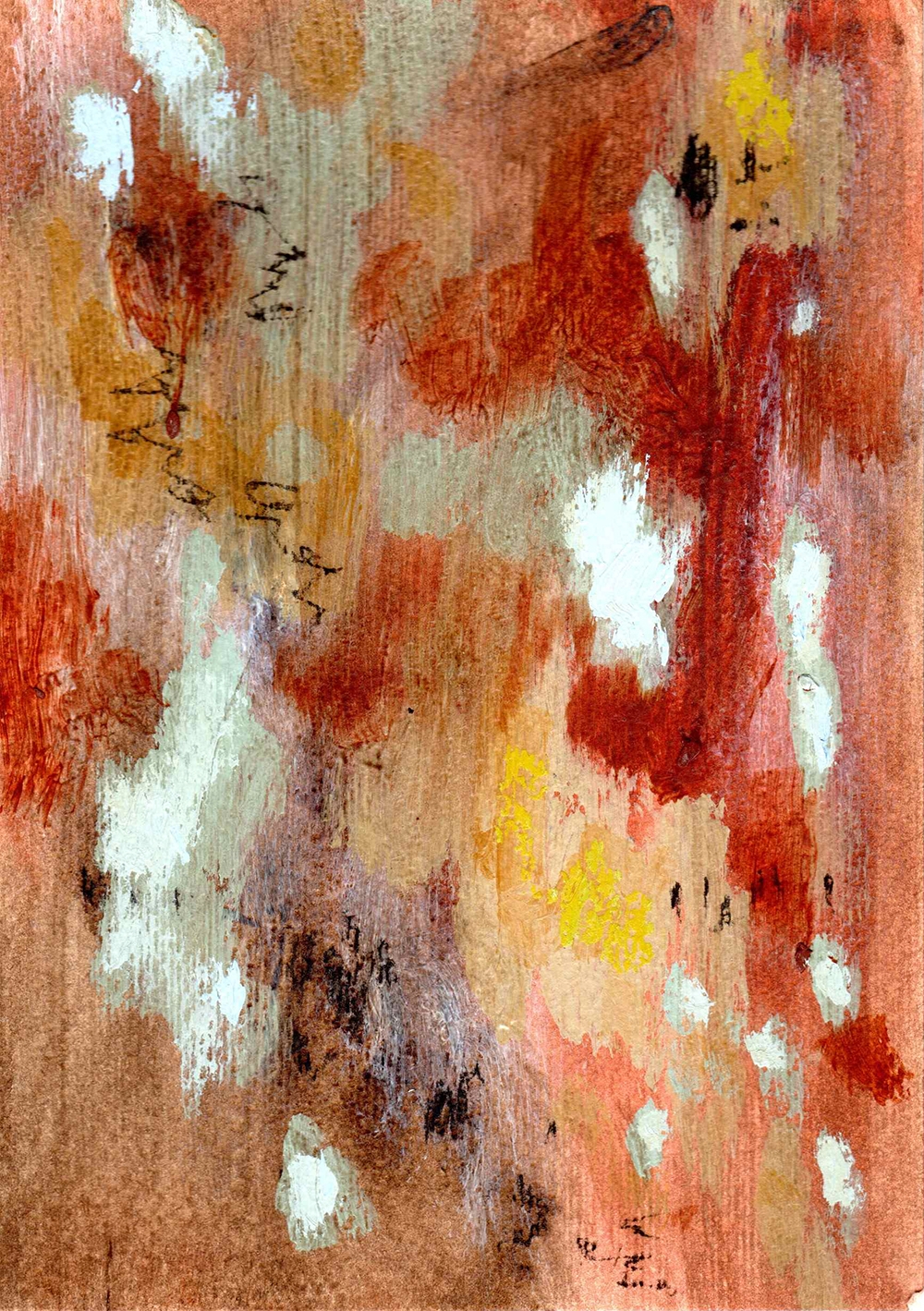
Gumtree 5 2025
Acrylic, pastel and oil on 400 gsm paper
14.8 x 21 cm
$50 (proceeds contribute to Fifteen Trees)
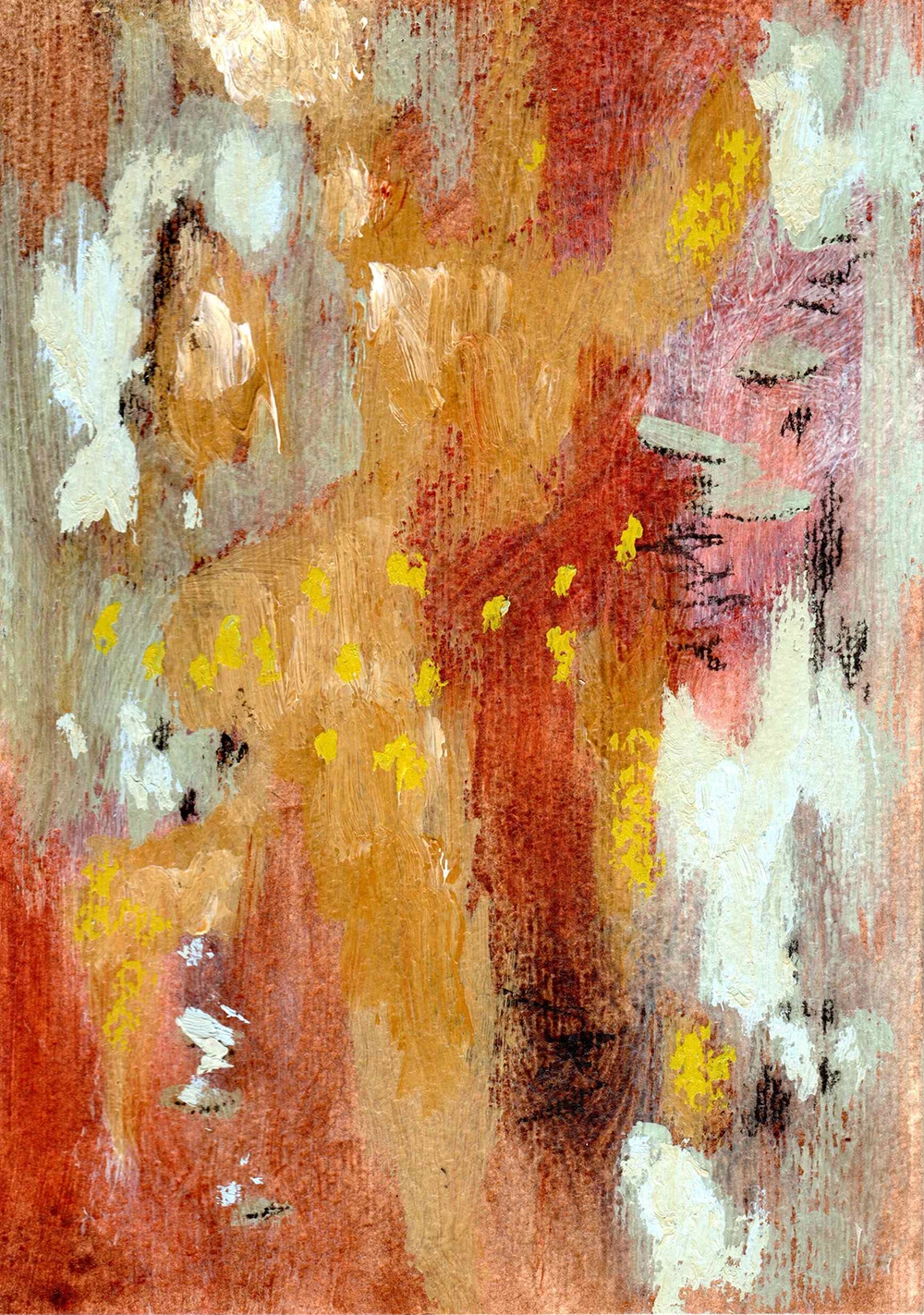 Sold
Sold
Gumtree 6 2025
Acrylic, pastel and oil on 400 gsm paper
14.8 x 21 cm
$50 (proceeds contribute to Fifteen Trees) Sold
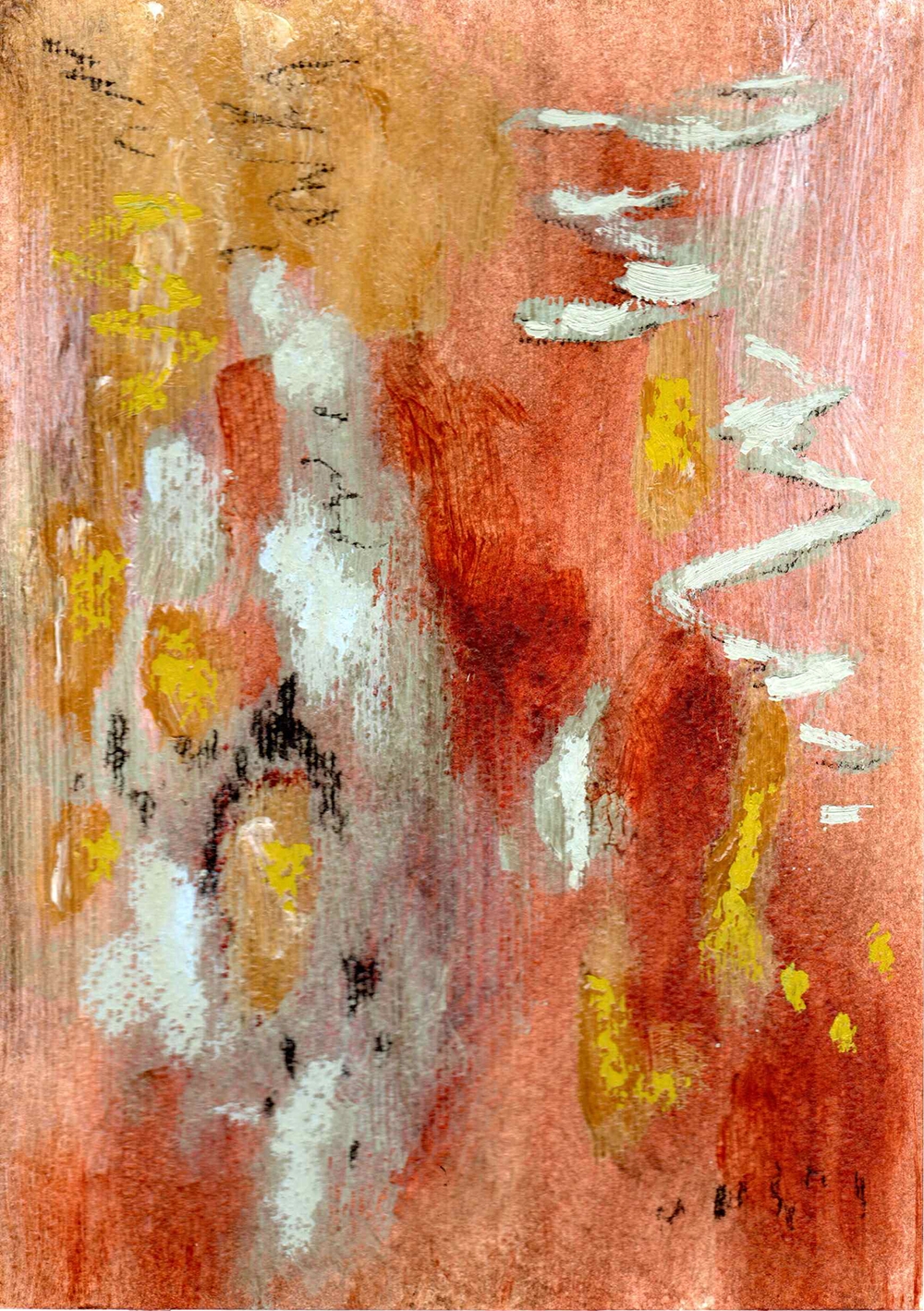 Sold
Sold
Gumtree 7 2025
Acrylic, pastel and oil on 400 gsm paper
14.8 x 21 cm
$50 (proceeds contribute to Fifteen Trees) Sold
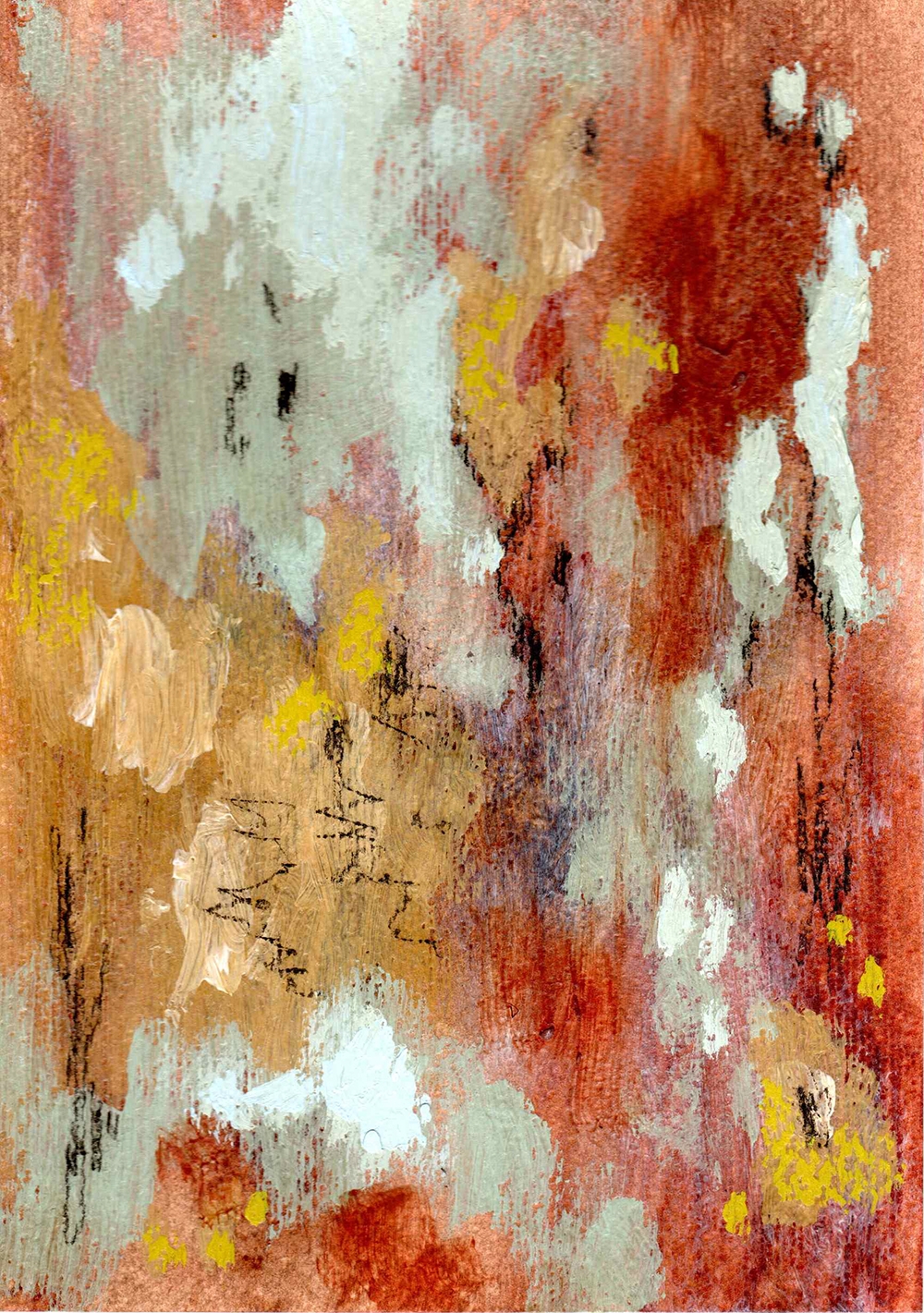 Sold
Sold
Gumtree 8 2025
Acrylic, pastel and oil on 400 gsm paper
14.8 x 21 cm
$50 (proceeds contribute to Fifteen Trees) Sold
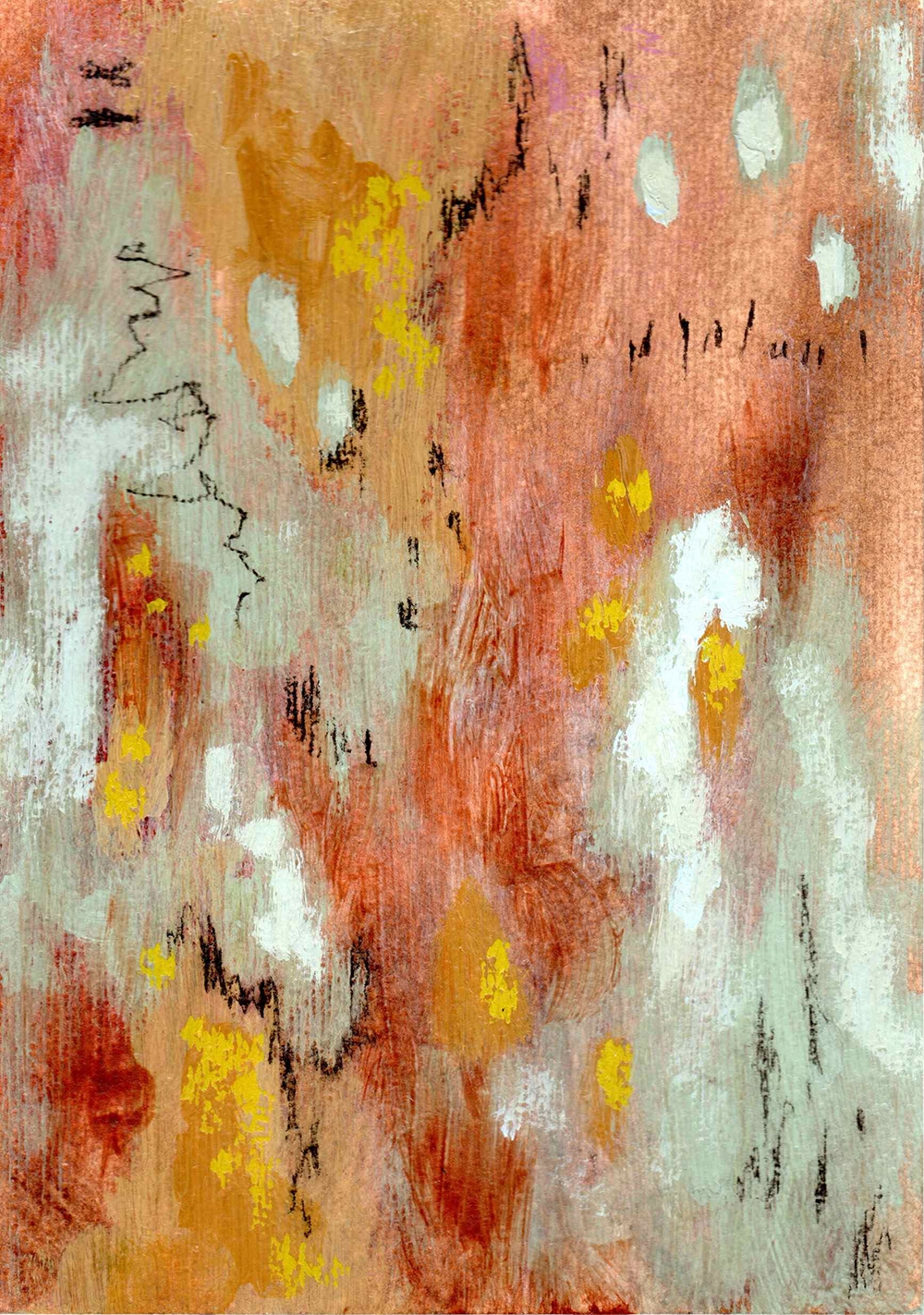 Sold
Sold
Gumtree 9 2025
Acrylic, pastel and oil on 400 gsm paper
14.8 x 21 cm
$50 (proceeds contribute to Fifteen Trees) Sold
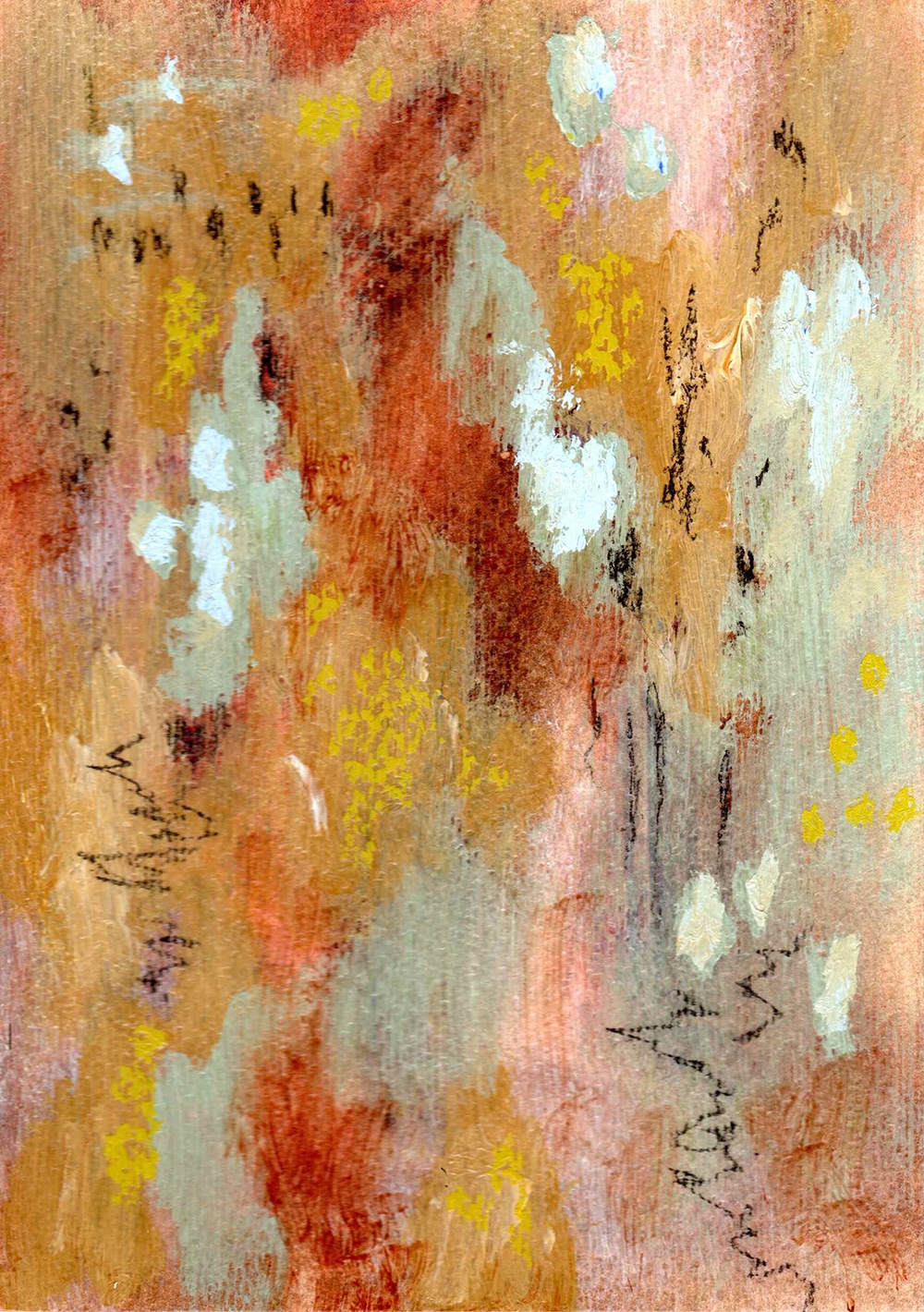 Sold
Sold
Gumtree 10 2025
Acrylic, pastel and oil on 400 gsm paper
14.8 x 21 cm
$50 (proceeds contribute to Fifteen Trees) Sold
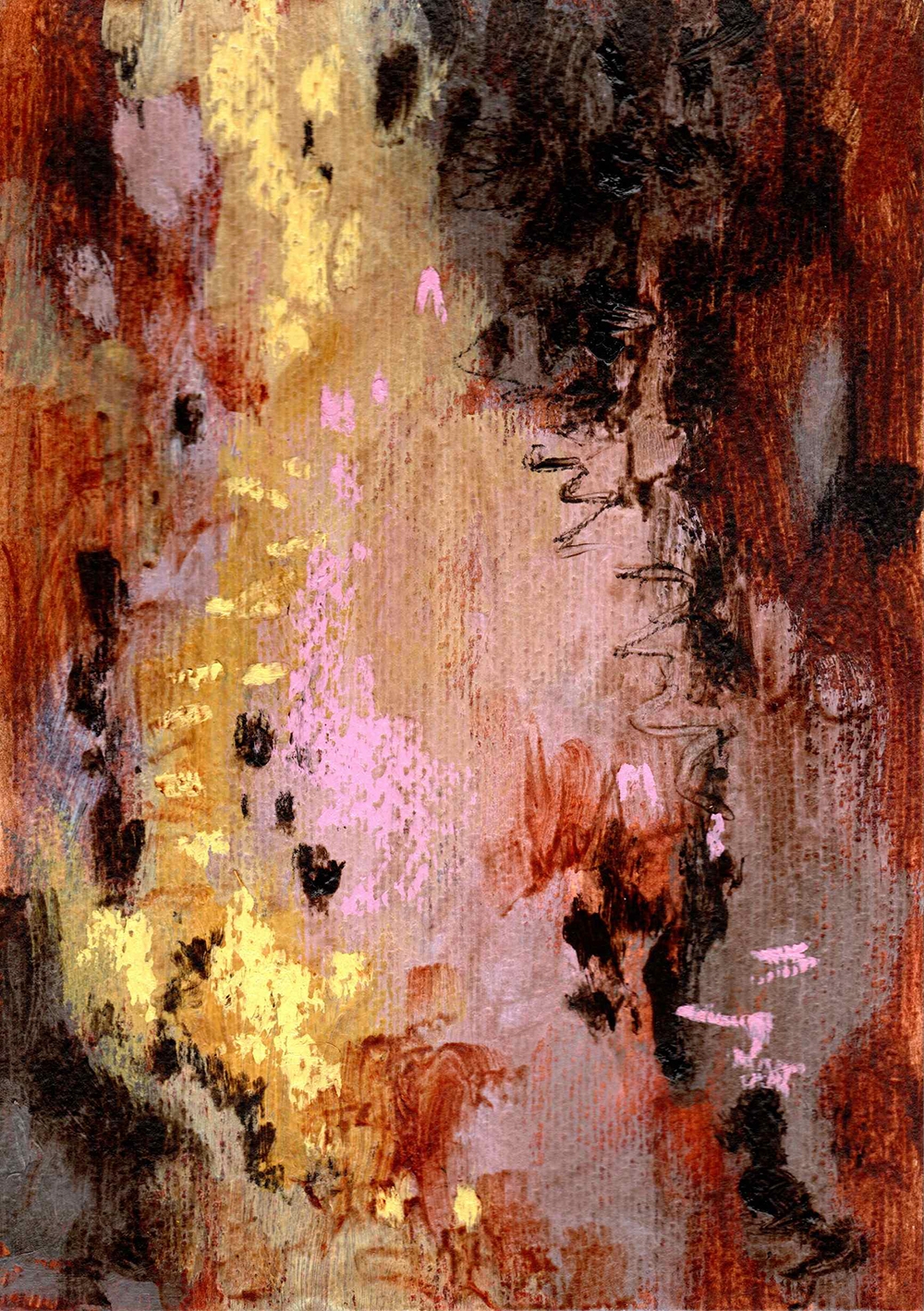
Gumtree 11 2025
Acrylic, pastel and oil on 400 gsm paper
14.8 x 21 cm
$50 (proceeds contribute to Fifteen Trees)
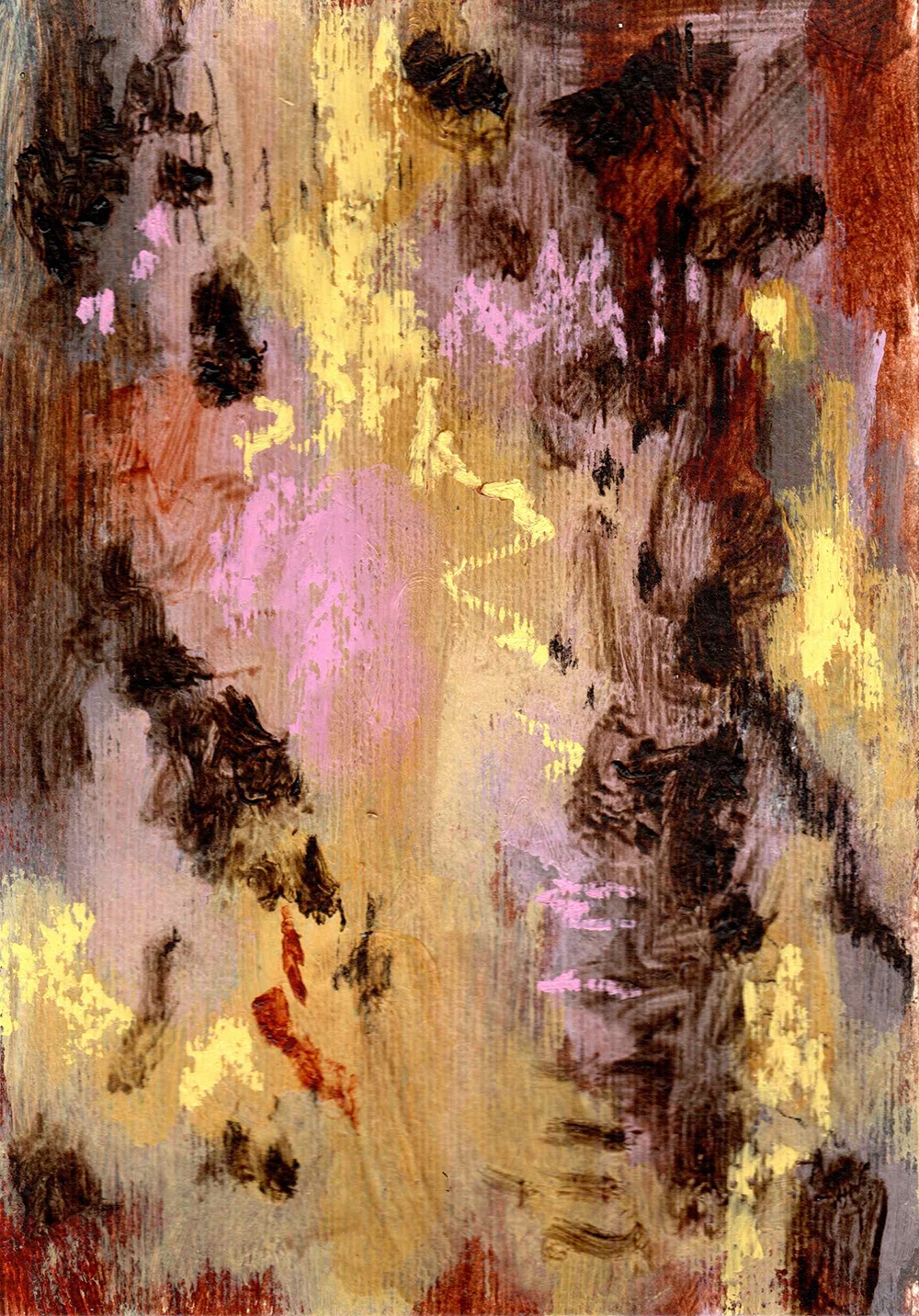
Gumtree 12 2025
Acrylic, pastel and oil on 400 gsm paper
14.8 x 21 cm
$50 (proceeds contribute to Fifteen Trees)
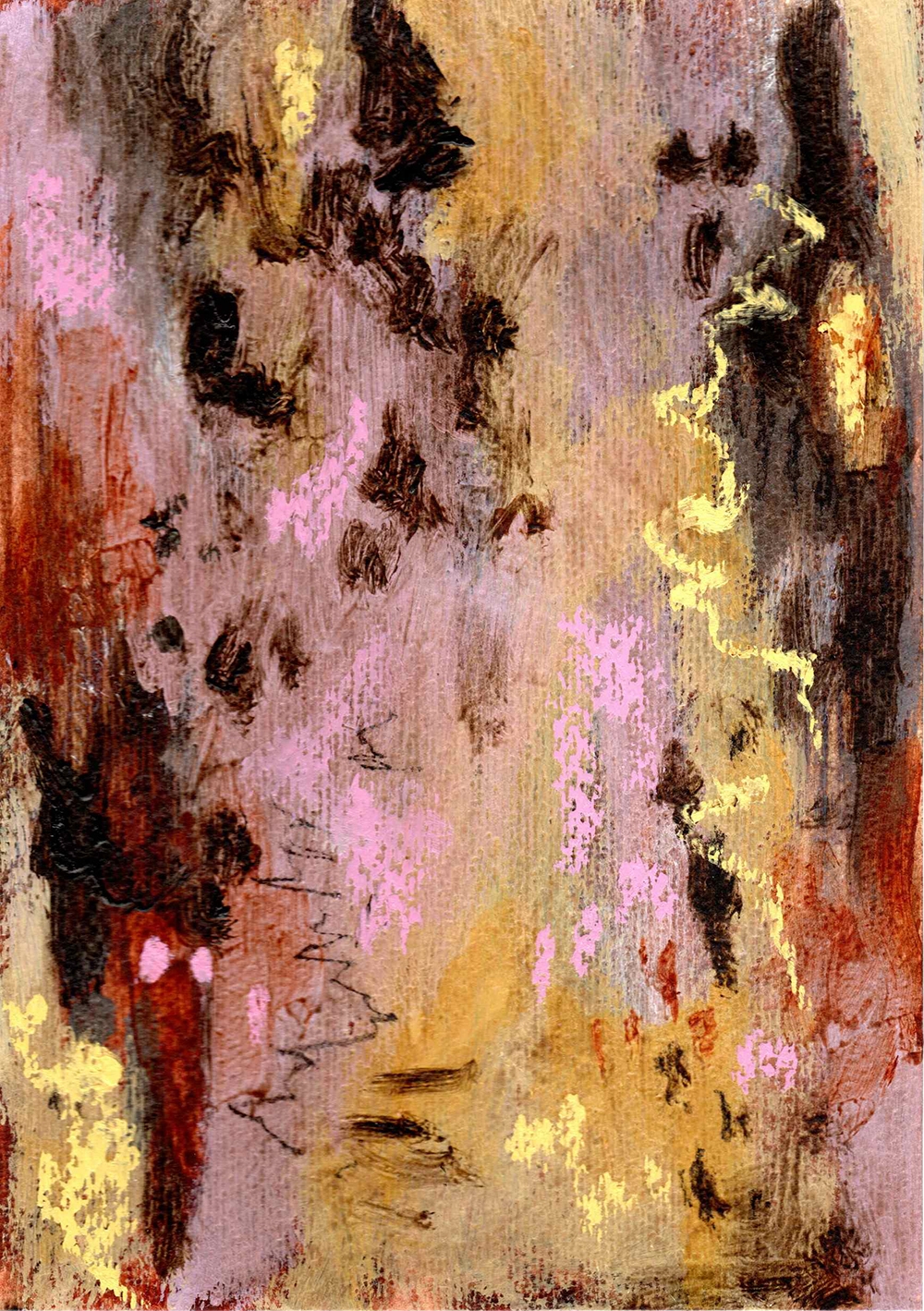 Sold
Sold
Gumtree 13 2025
Acrylic, pastel and oil on 400 gsm paper
14.8 x 25 cm
$50 (proceeds contribute to Fifteen Trees) Sold
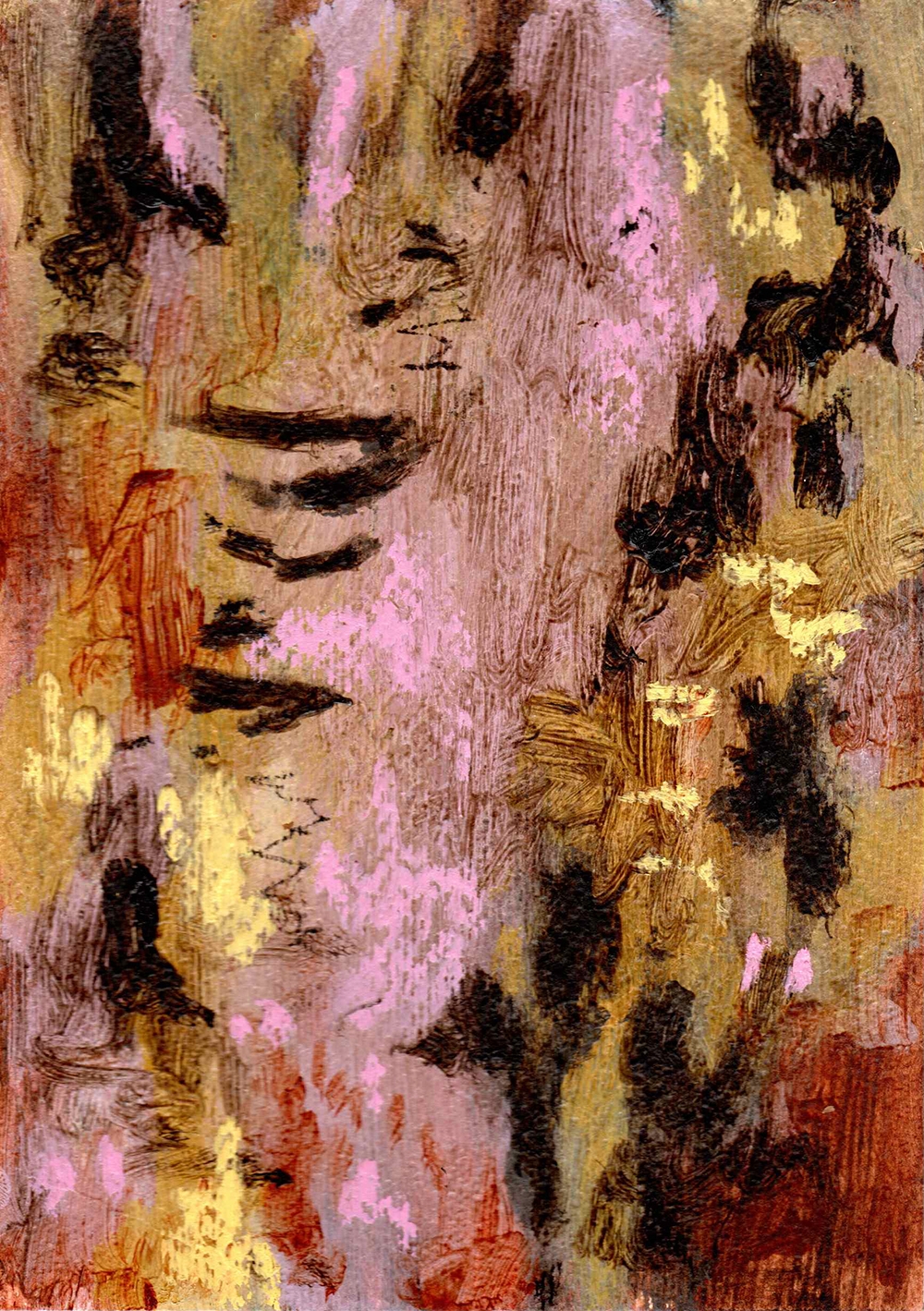
Gumtree 14 2025
Acrylic, pastel and oil on 400 gsm paper
14.8 x 21 cm
$50 (proceeds contribute to Fifteen Trees)
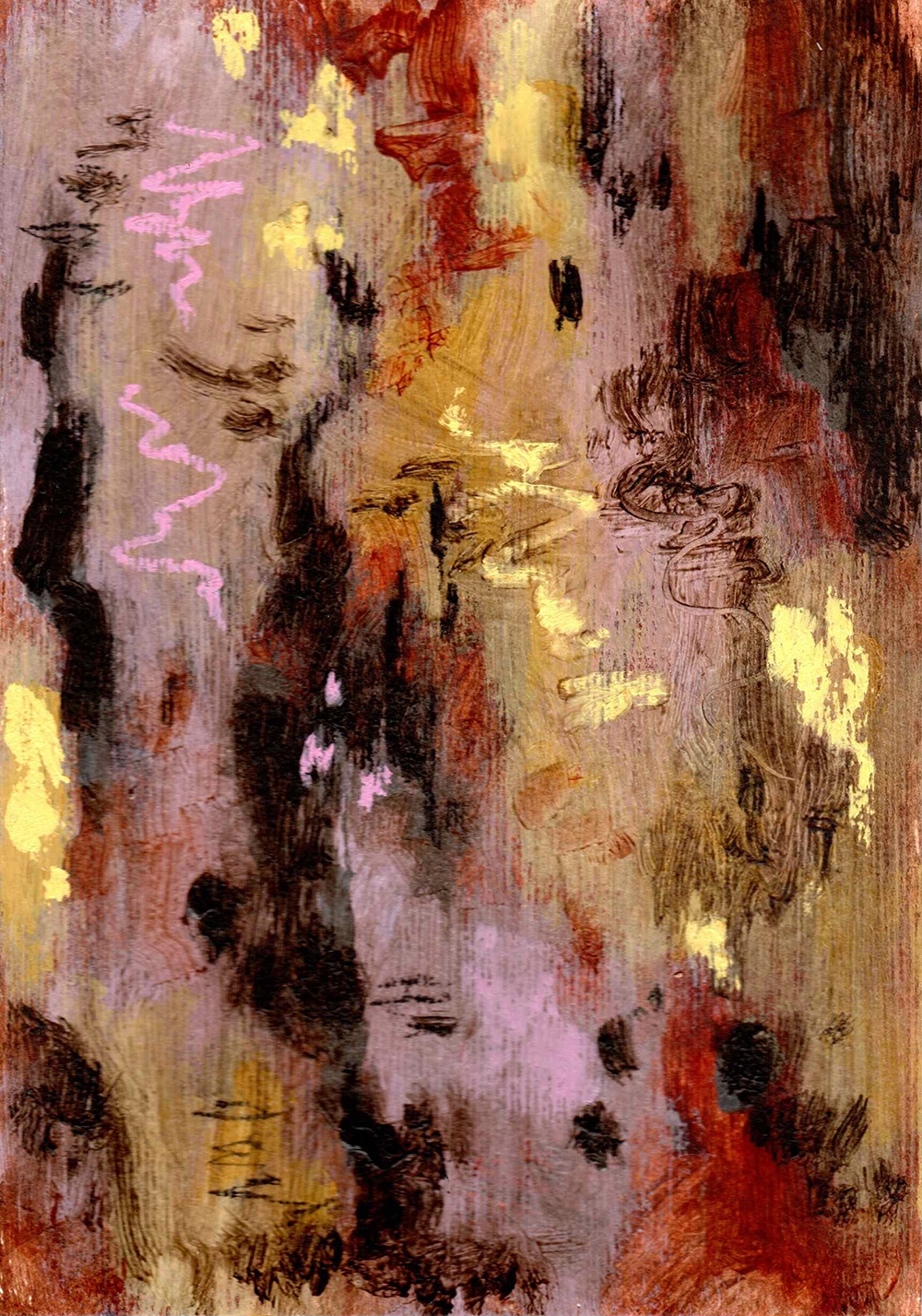
Gumtree 15 2025
Acrylic, pastel and oil on 400 gsm paper
14.8 x 21 cm
$50 (proceeds contribute to Fifteen Trees)
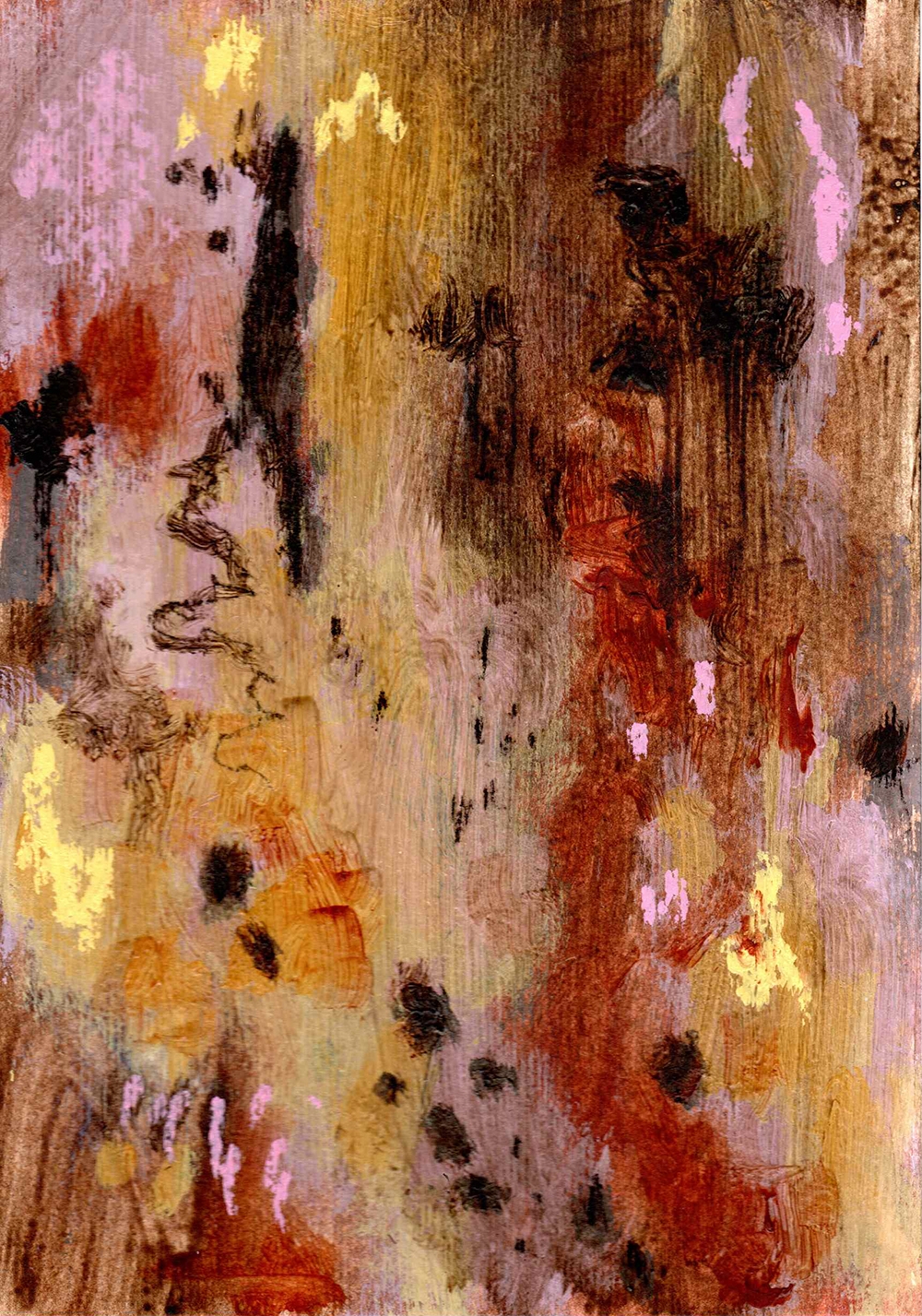
Gumtree 16 2025
Acrylic, pastel and oil on 400 gsm paper
14.8 x 21 cm
$50 (proceeds contribute to Fifteen Trees)
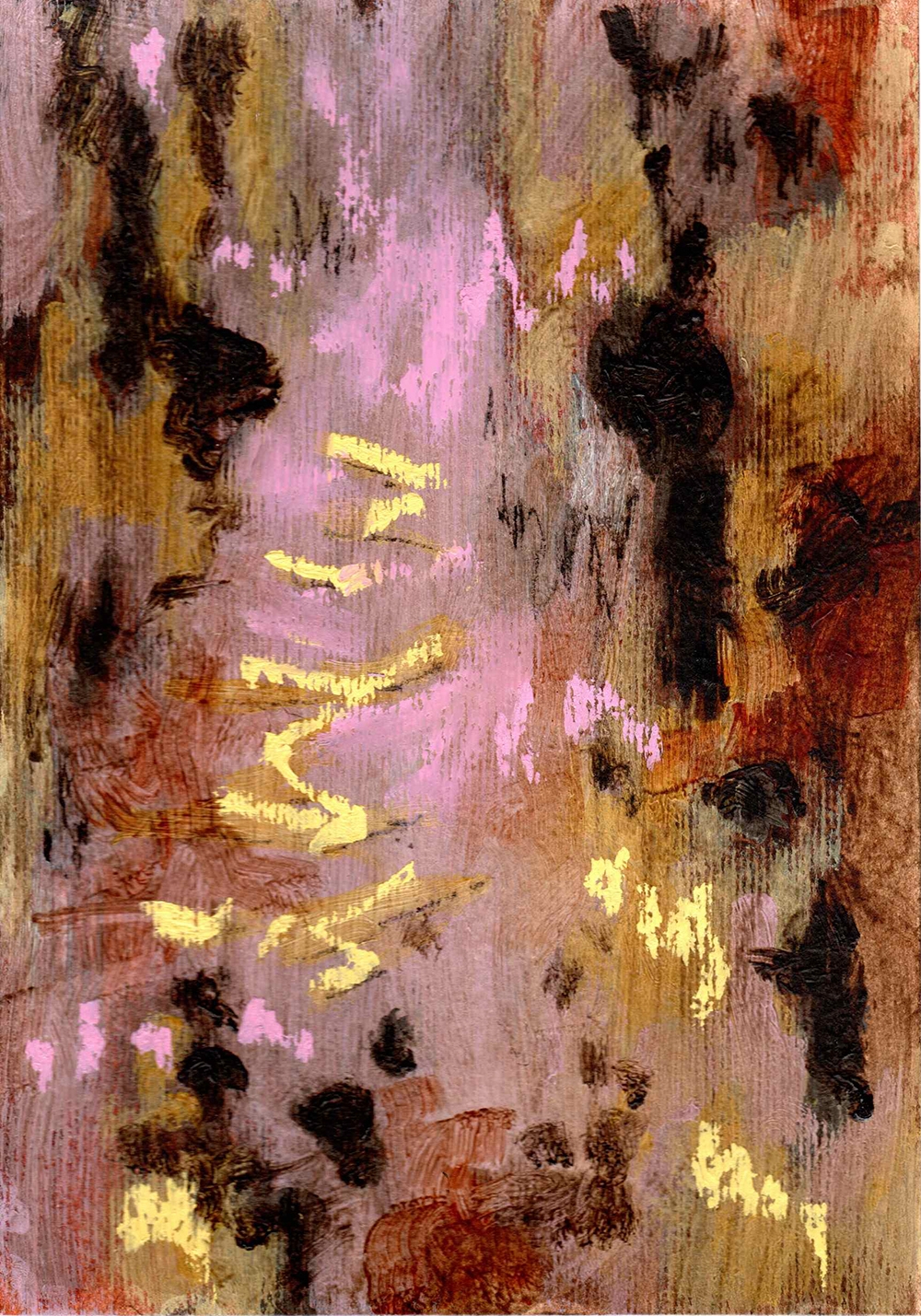 Sold
Sold
Gumtree 17 2025
Acrylic, pastel and oil on 400 gsm paper
14.8 x 21 cm
$50 (proceeds contribute to Fifteen Trees) Sold
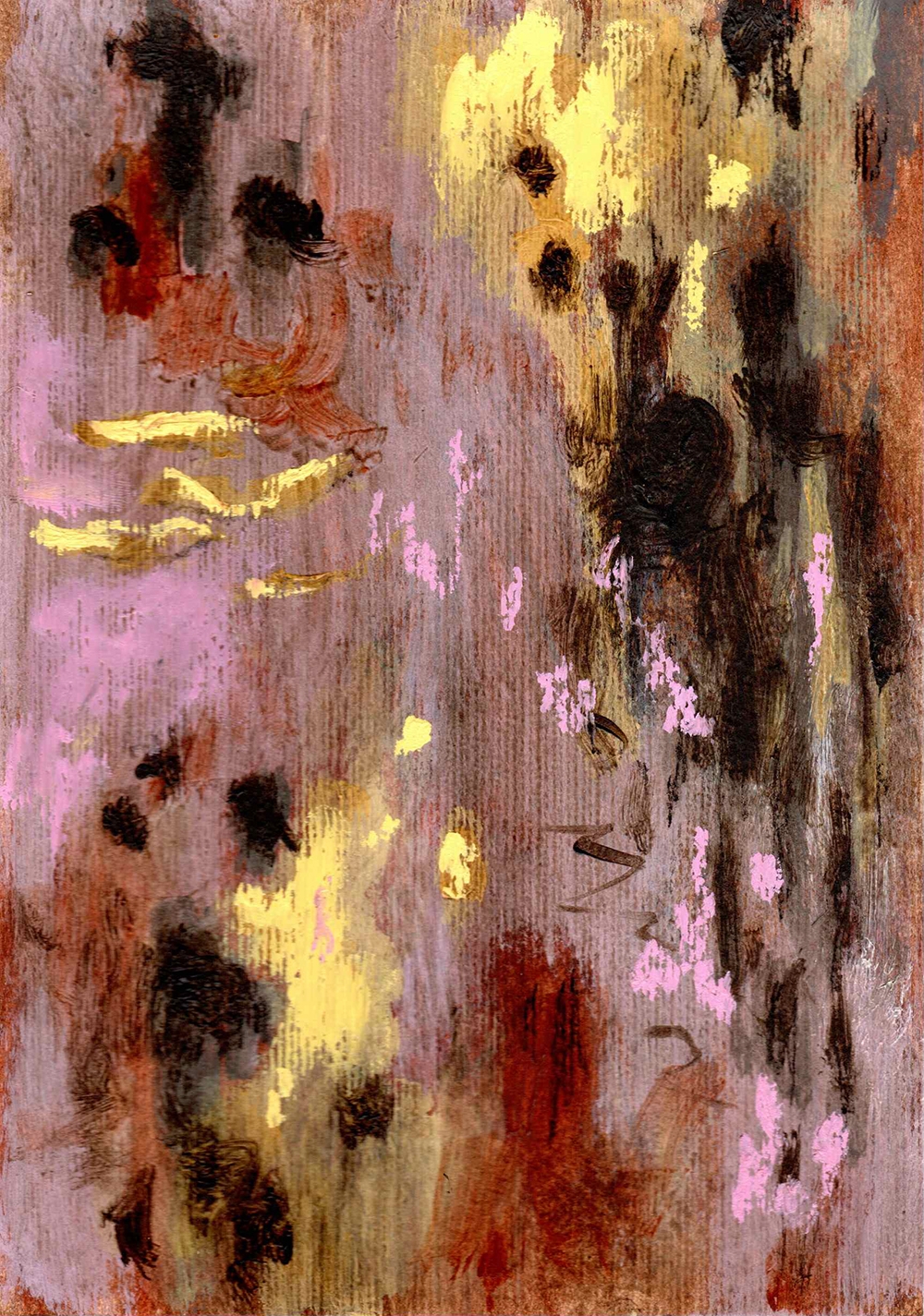
Gumtree 18 2025
Acrylic, pastel and oil on 400 gsm paper
14.8 x 21 cm
$50 (proceeds contribute to Fifteen Trees)
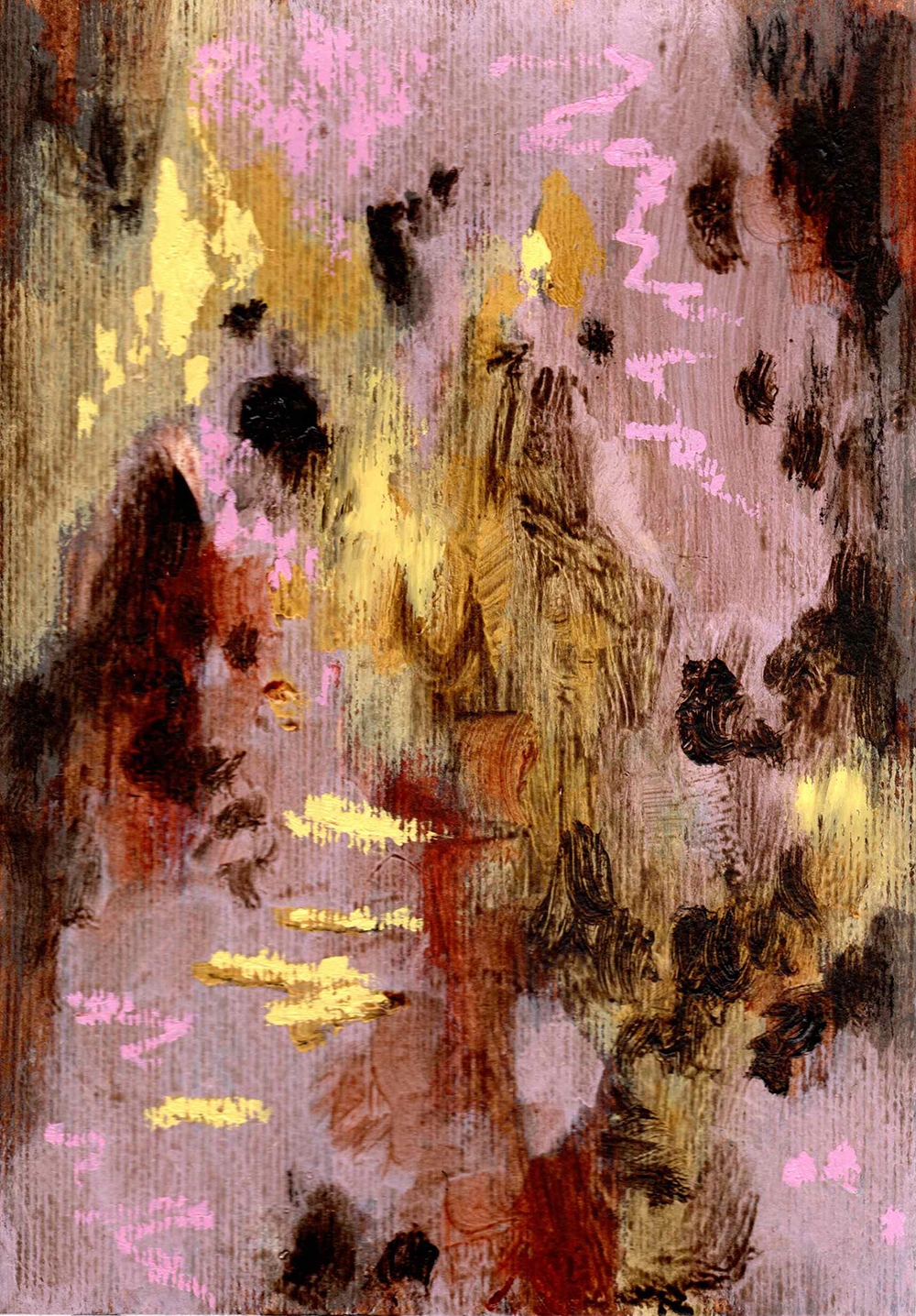
Gumtree 19 2025
Acrylic, pastel and oil on 400 gsm paper
14.8 x 21 cm
$50 (proceeds contribute to Fifteen Trees)
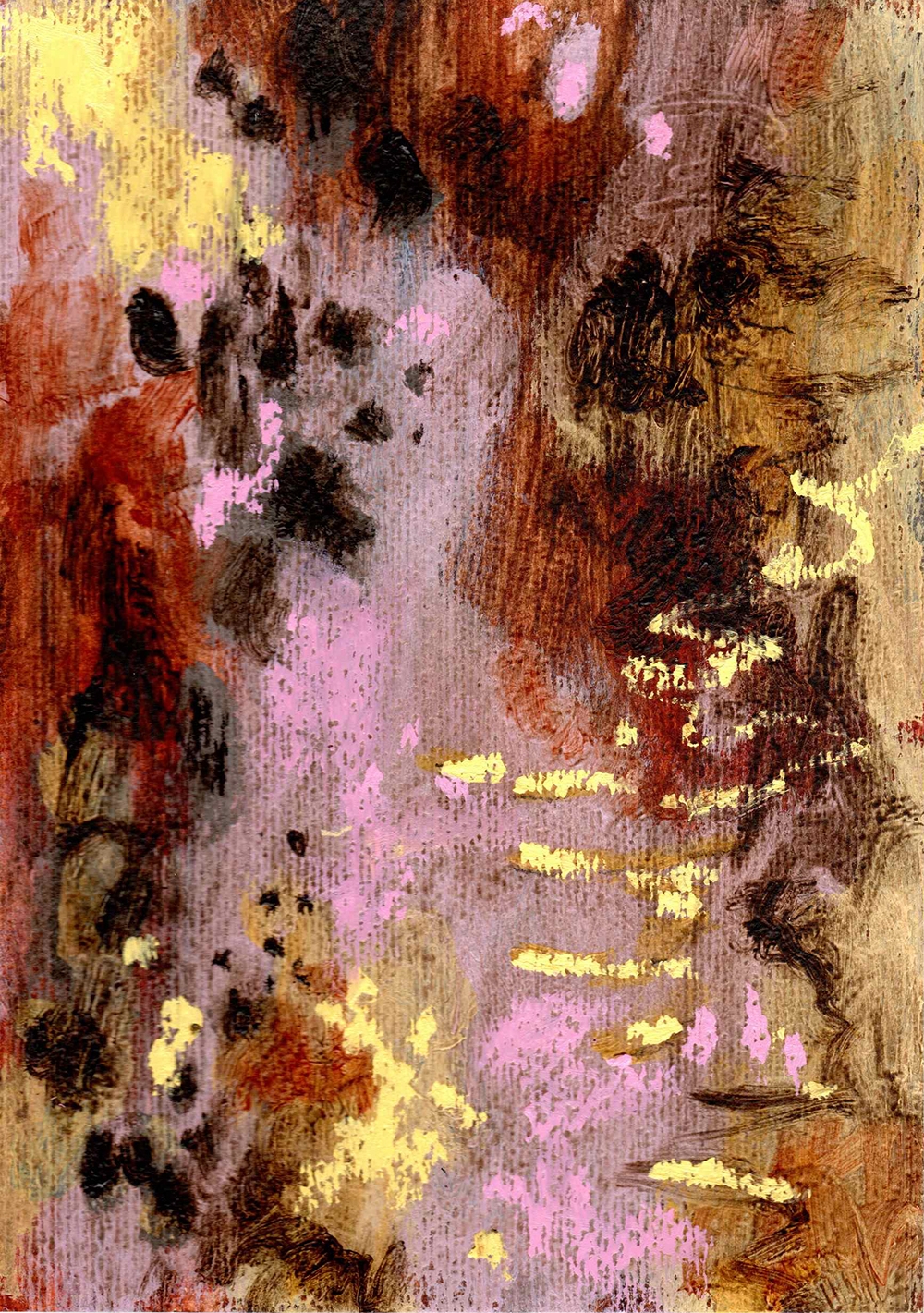
Gumtree 20 2025
Acrylic, pastel and oil on 400 gsm paper
14.8 x 21 cm
$50 (proceeds contribute to Fifteen Trees)
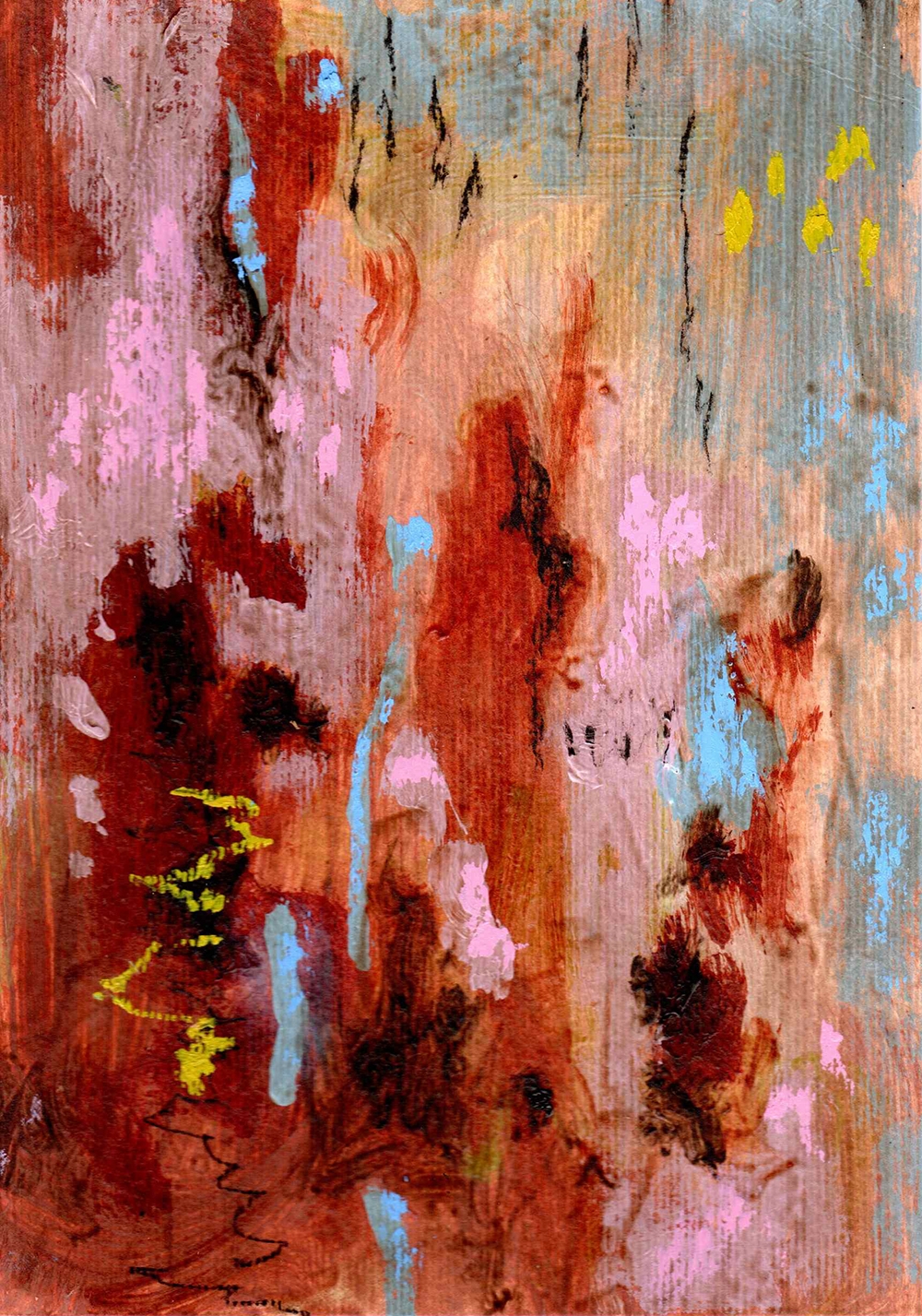 Sold
Sold
Gumtree 21 2025
Acrylic, pastel and oil on 400 gsm paper
14.8 x 21 cm
$50 (proceeds contribute to Fifteen Trees) Sold
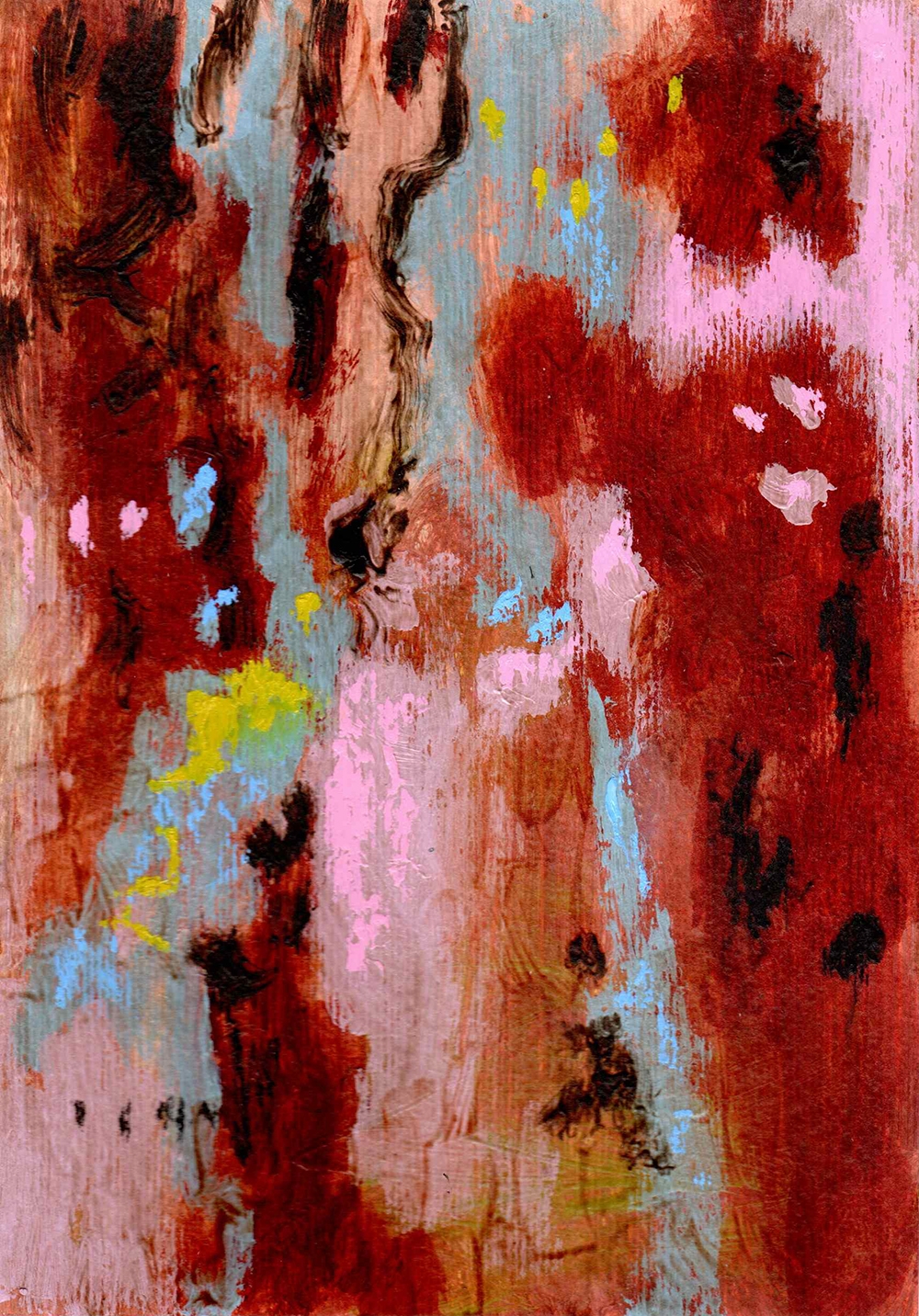
Gumtree 22 2025
Acrylic, pastel and oil on 400 gsm paper
14.8 x 21 cm
$50 (proceeds contribute to Fifteen Trees)
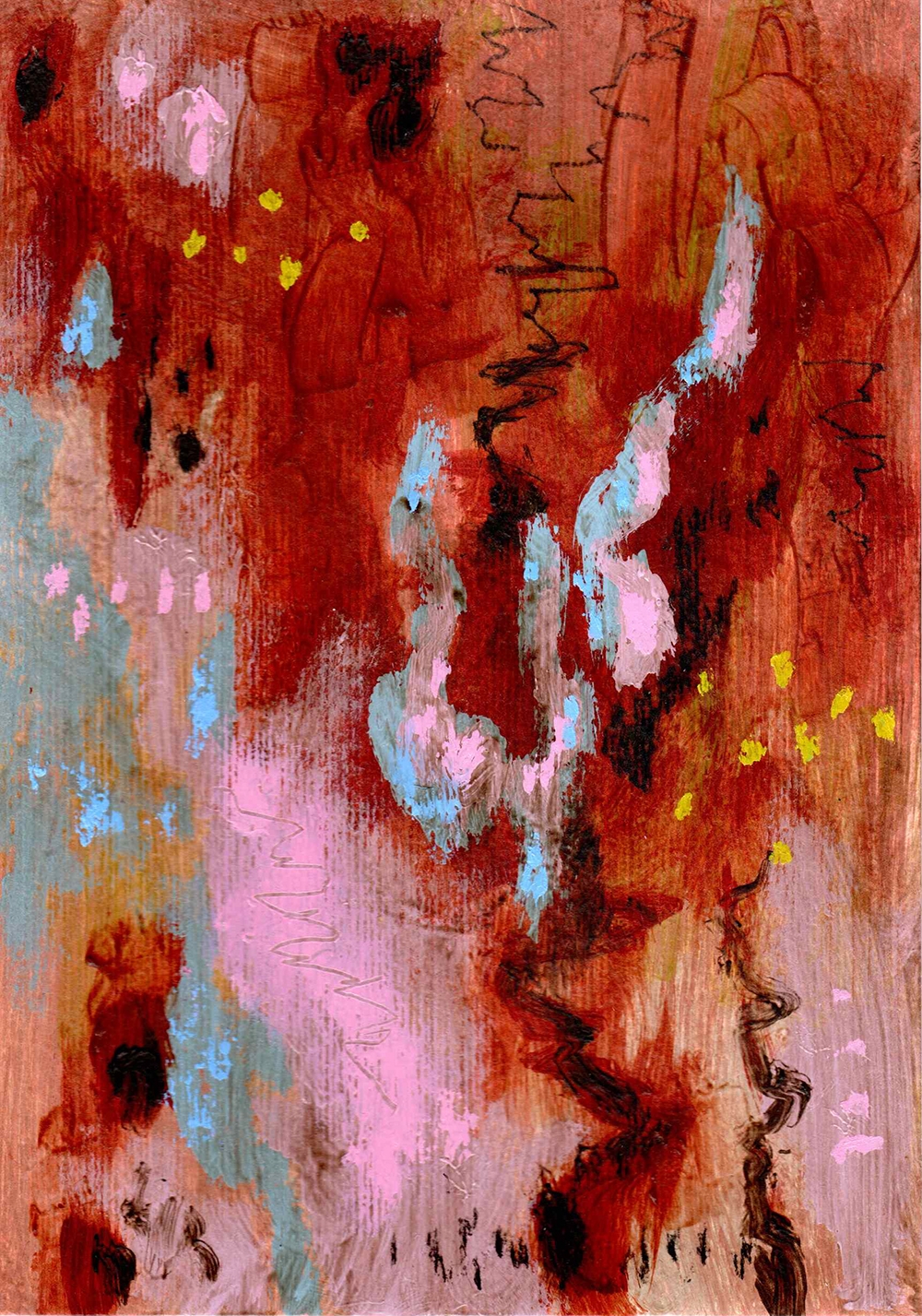 Sold
Sold
Gumtree 23 2025
Acrylic, pastel and oil on 400 gsm paper
14.8 x 21 cm
$50 (proceeds contribute to Fifteen Trees) Sold
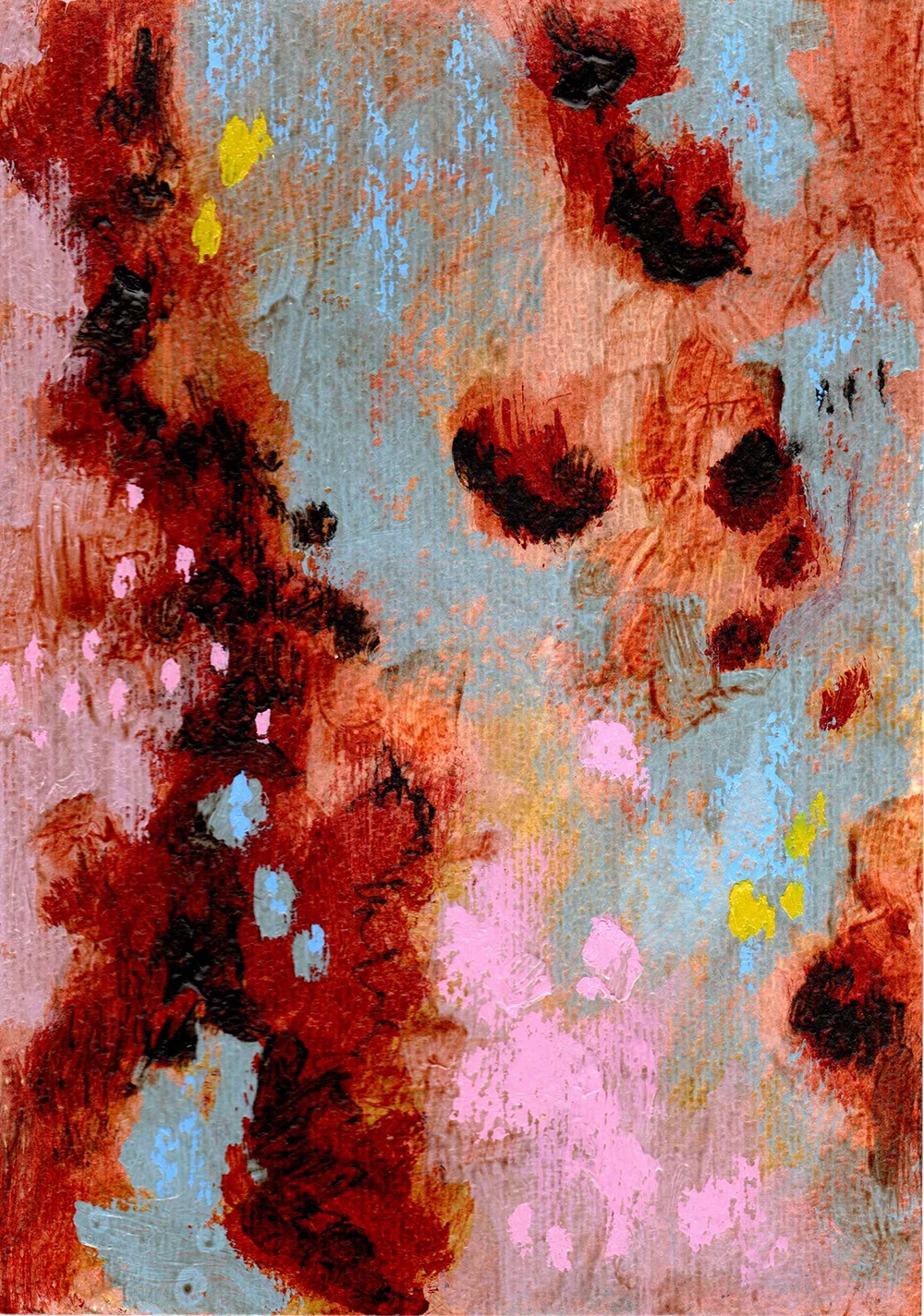 Sold
Sold
Gumtree 24 2025
Acrylic, pastel and oil on 400 gsm paper
14.8 x 21 cm
$50 (proceeds contribute to Fifteen Trees) Sold
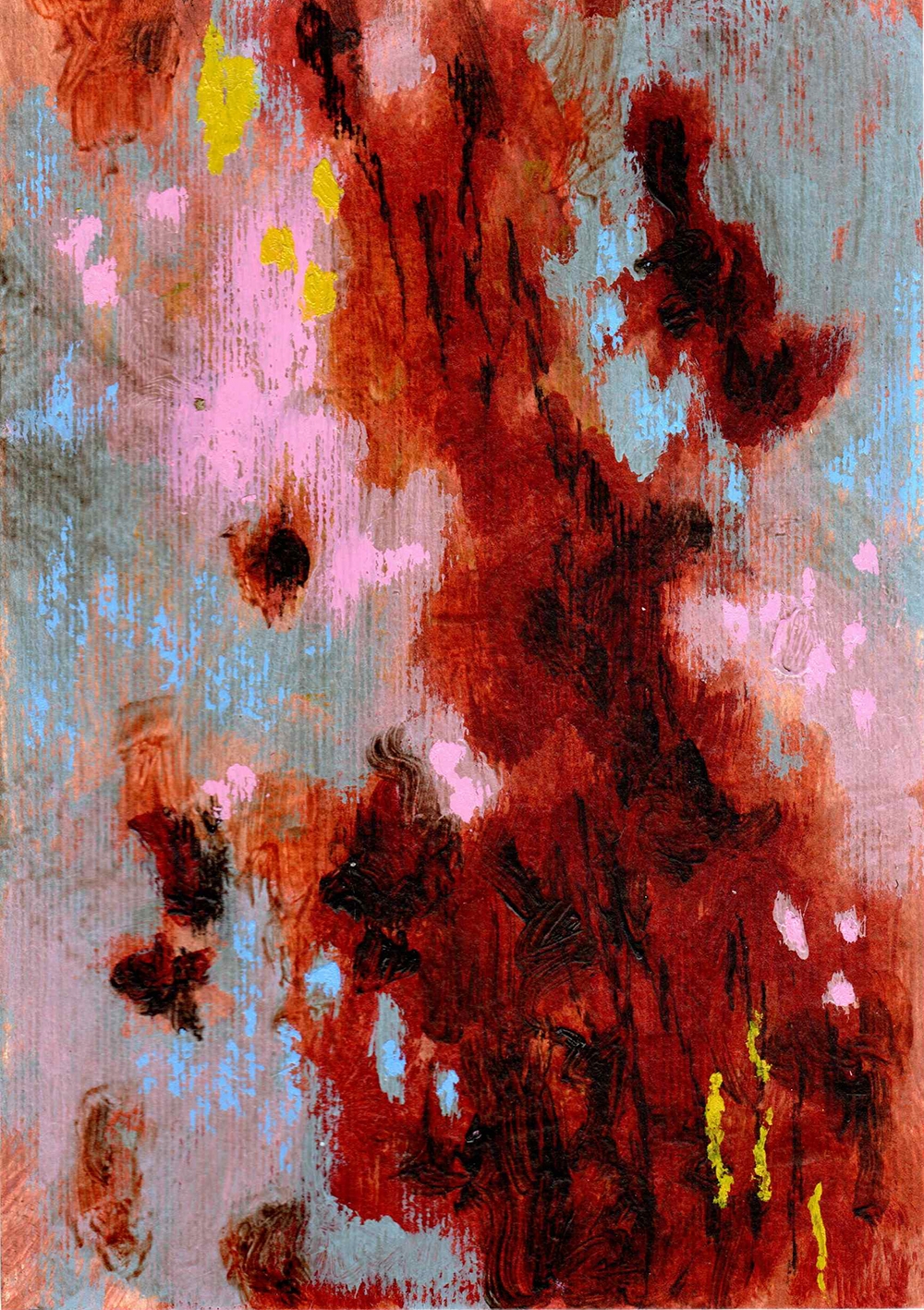 Sold
Sold
Gumtree 25 2025
Acrylic, pastel and oil on 400 gsm paper
14.8 x 21 cm
$50 (proceeds contribute to Fifteen Trees) Sold
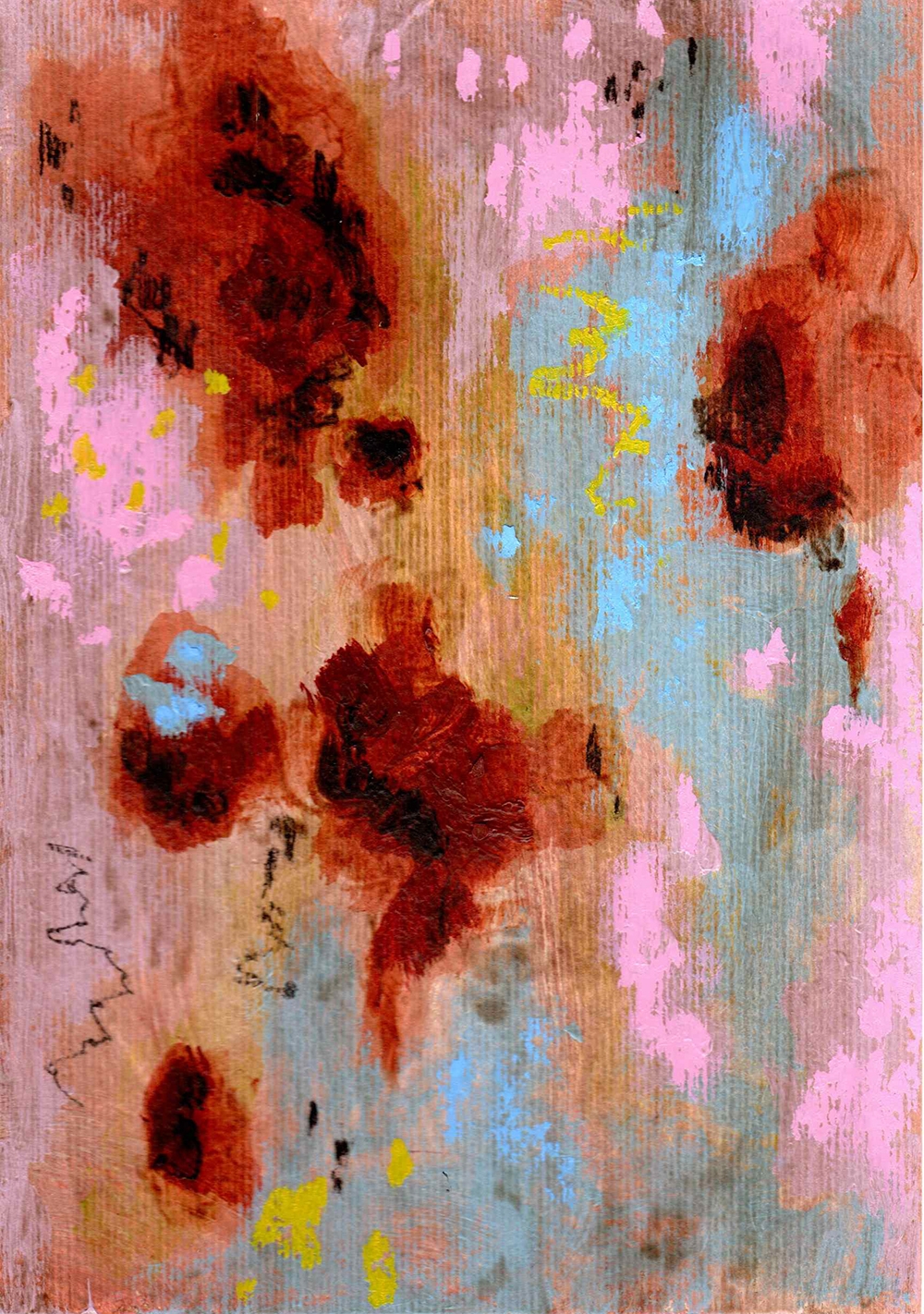 Sold
Sold
Gumtree 26 2025
Acrylic, pastel and oil on 400 gsm paper
14.8 x 21 cm
$50 (proceeds contribute to Fifteen Trees) Sold
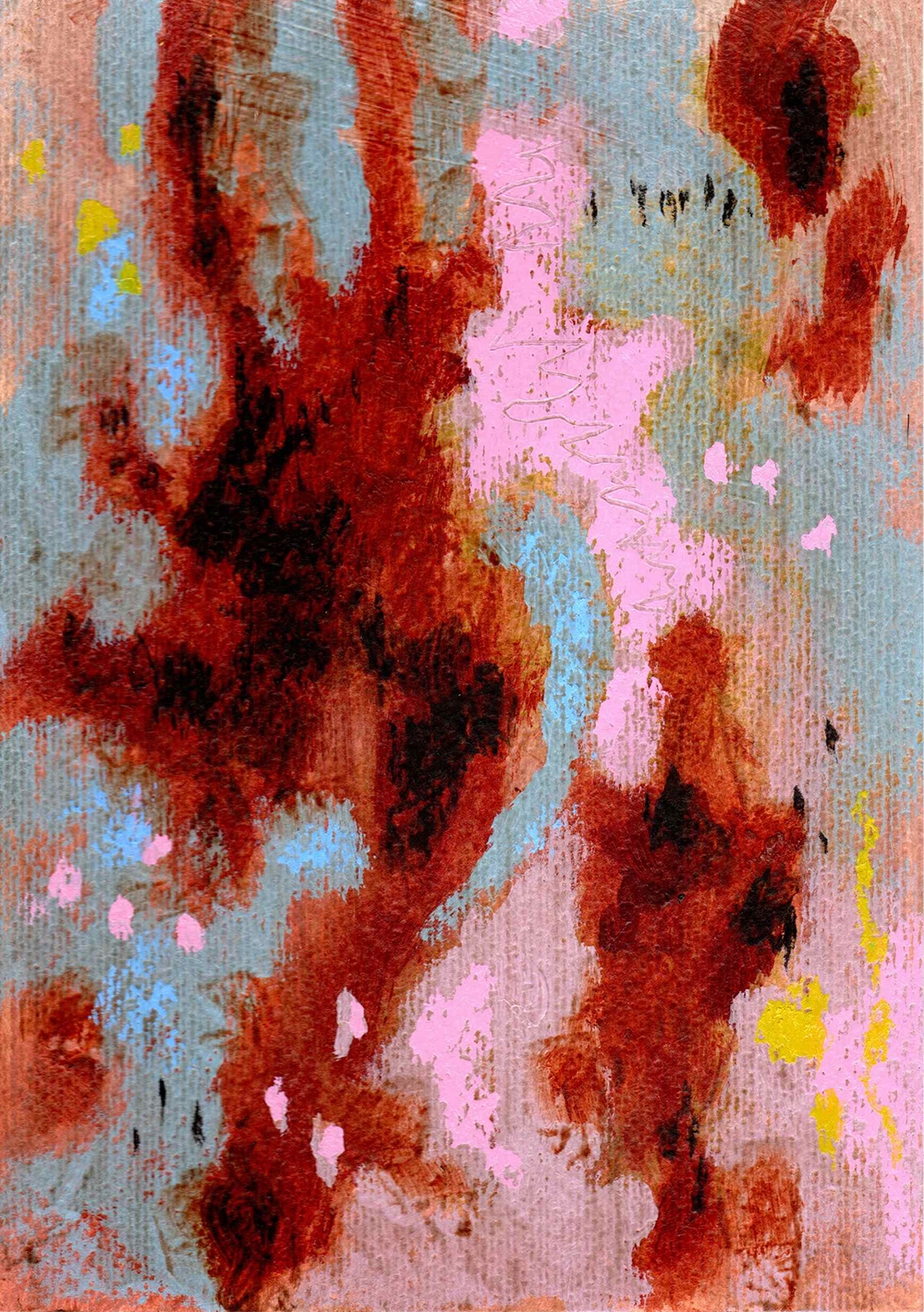
Gumtree 27 2025
Acrylic, pastel and oil on 400 gsm paper
14.8 x 21 cm
$50 (proceeds contribute to Fifteen Trees)
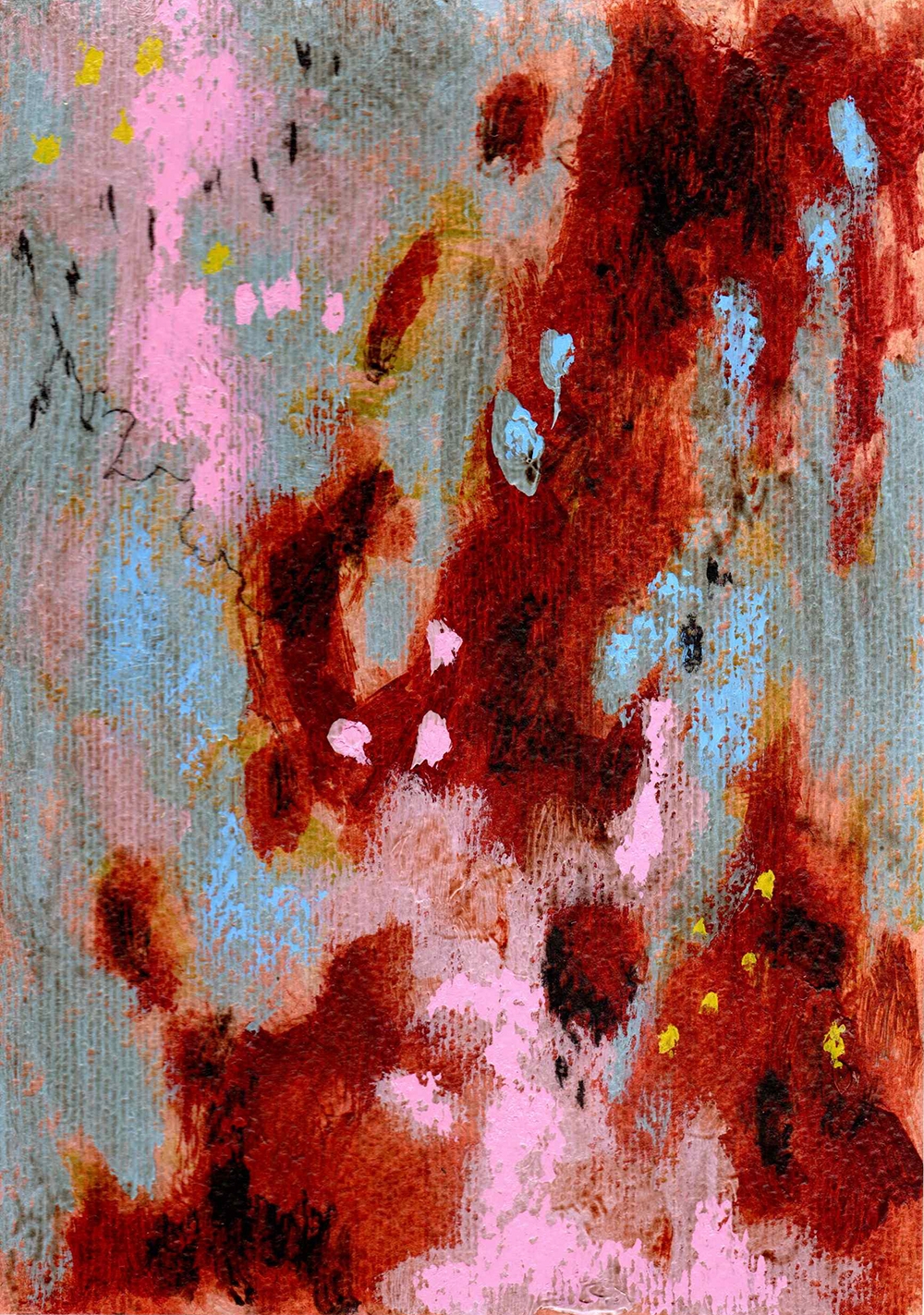
Gumtree 28 2025
Acrylic, pastel and oil on 400 gsm paper
14.8 x 21 cm
$50 (proceeds contribute to Fifteen Trees)
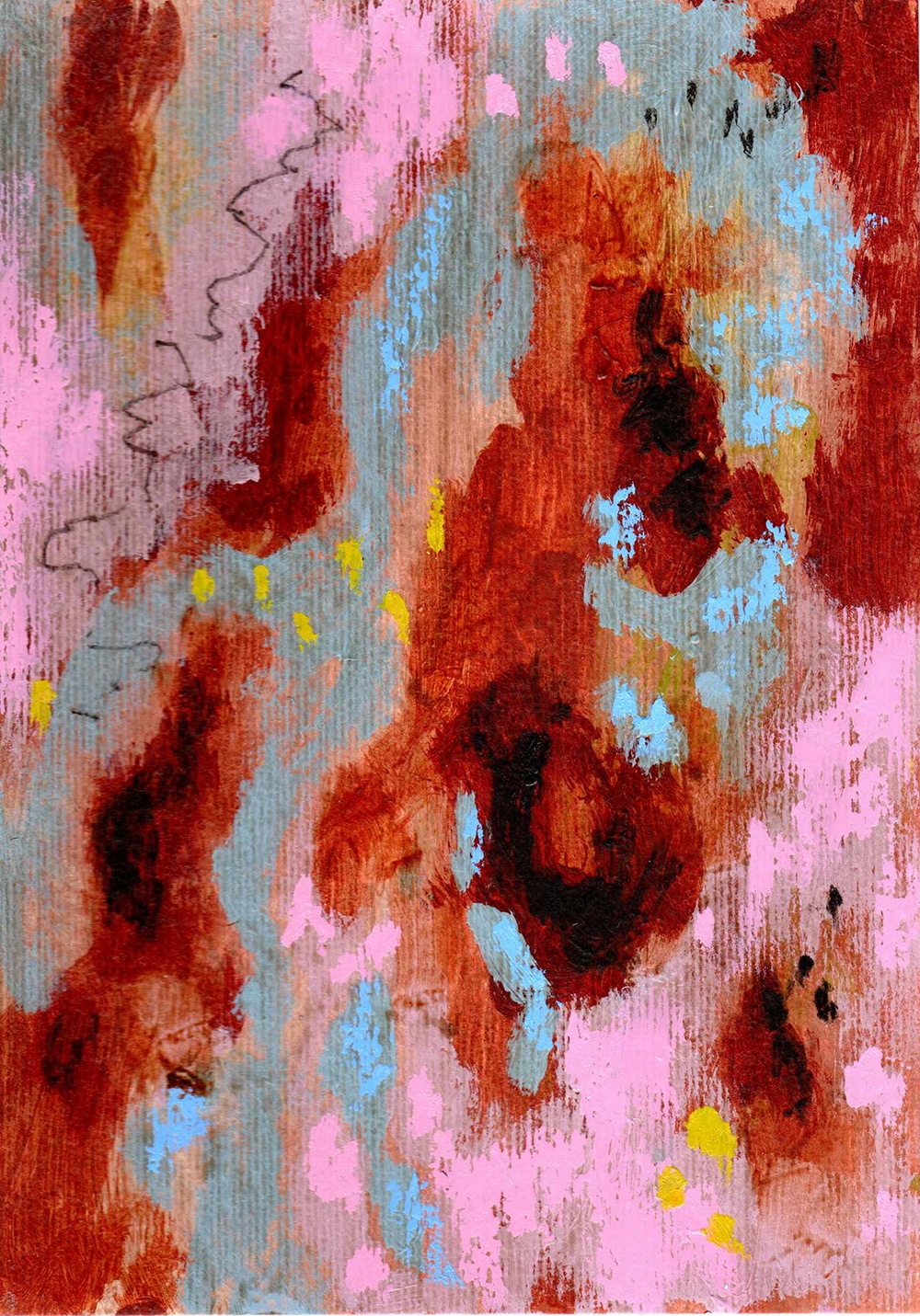
Gumtree 29 2025
Acrylic, pastel and oil on 400 gsm paper
14.8 x 21 cm
$50 (proceeds contribute to Fifteen Trees)
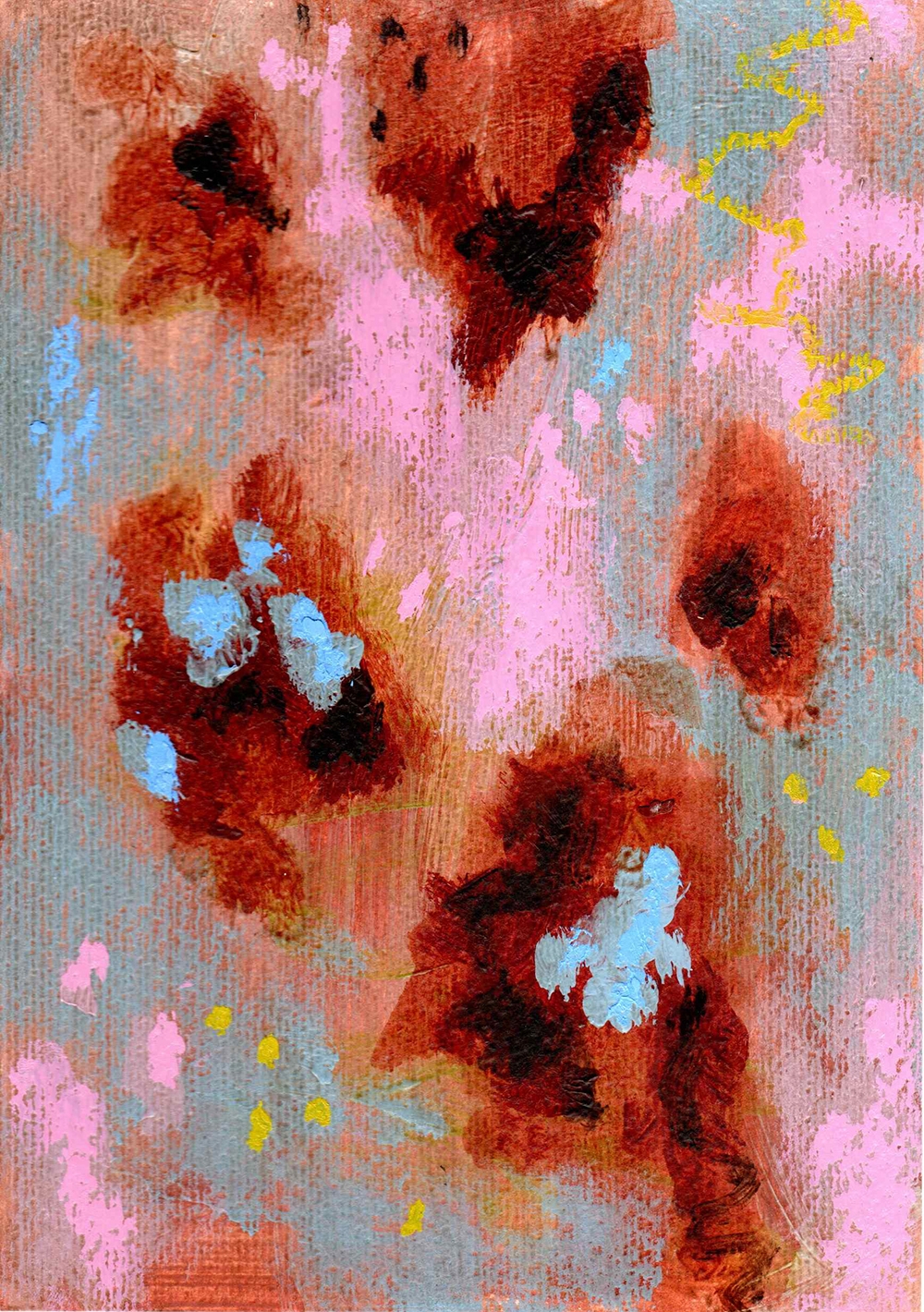 Sold
Sold
Gumtree 30 2025
Acrylic, pastel and oil on 400 gsm paper
14.8 x 21 cm
$50 (proceeds contribute to Fifteen Trees) Sold
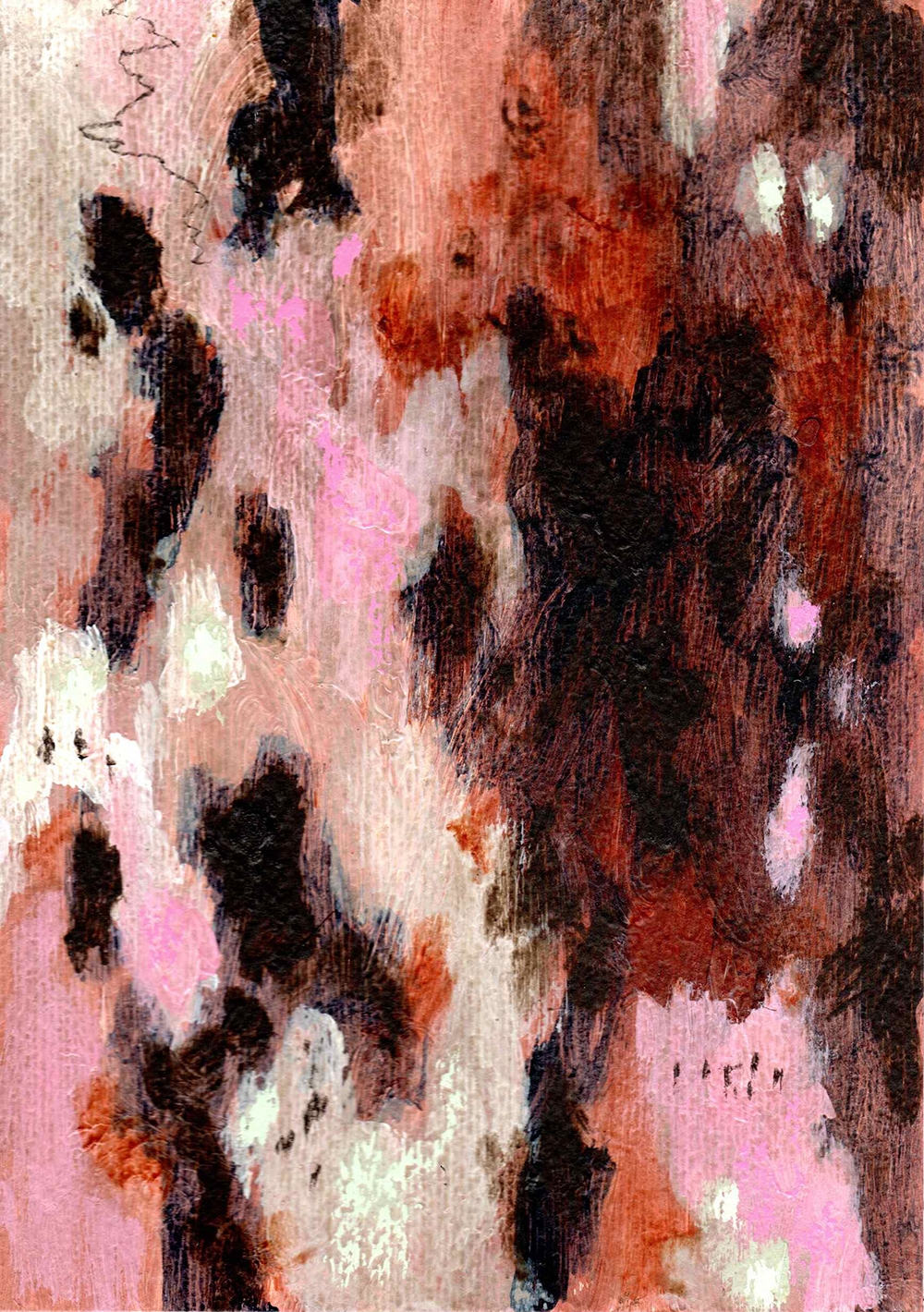
Gumtree 31 2026
Acrylic, pastel and oil on 400 gsm paper
14.8 x 21cm
$50 (proceeds contribute to Fifteen Trees)
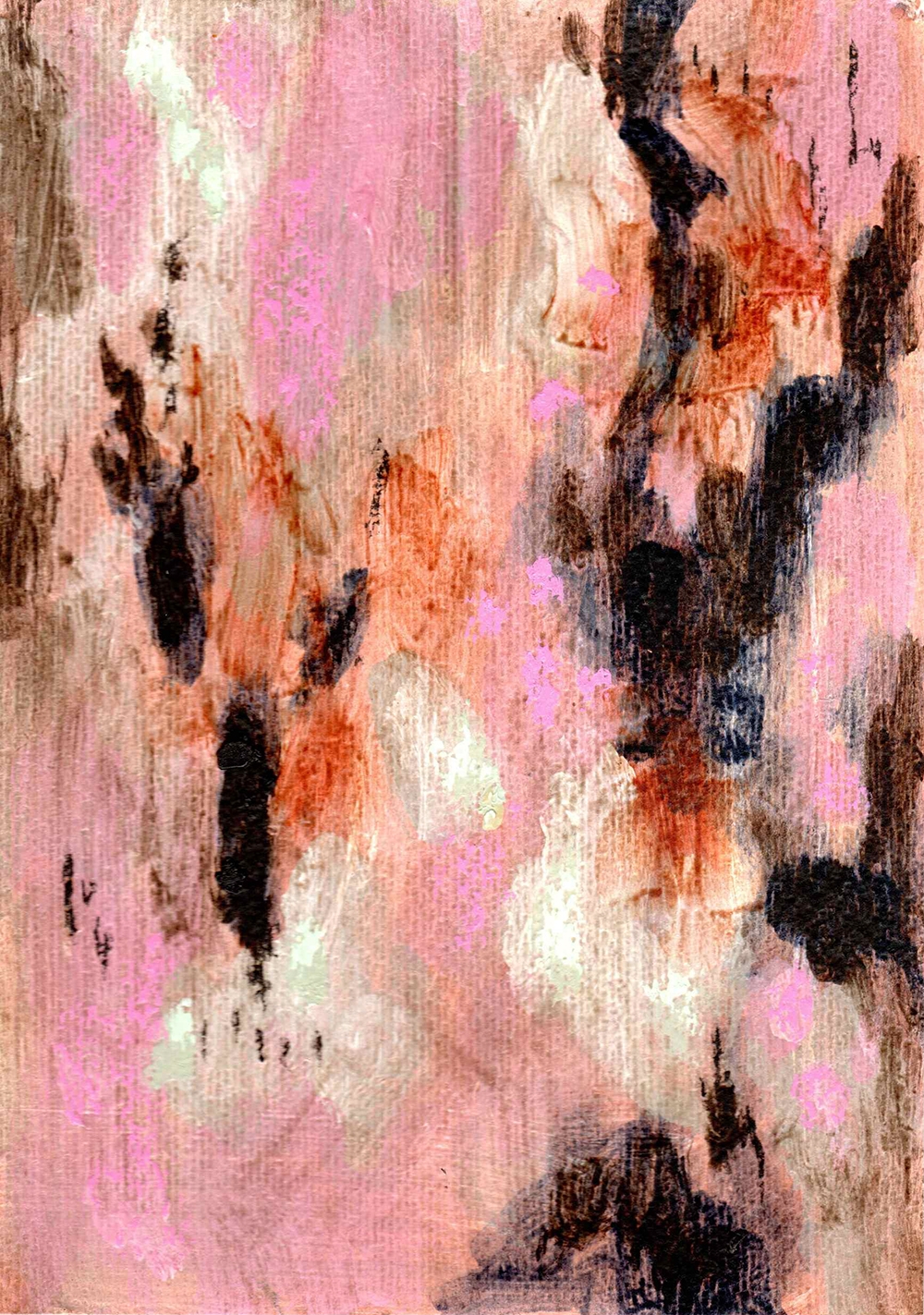
Gumtree 32 2025
Acrylic, pastel and oil on 400 gsm paper
14.8 x 21 cm
$50 (proceeds contribute to Fifteen Trees)
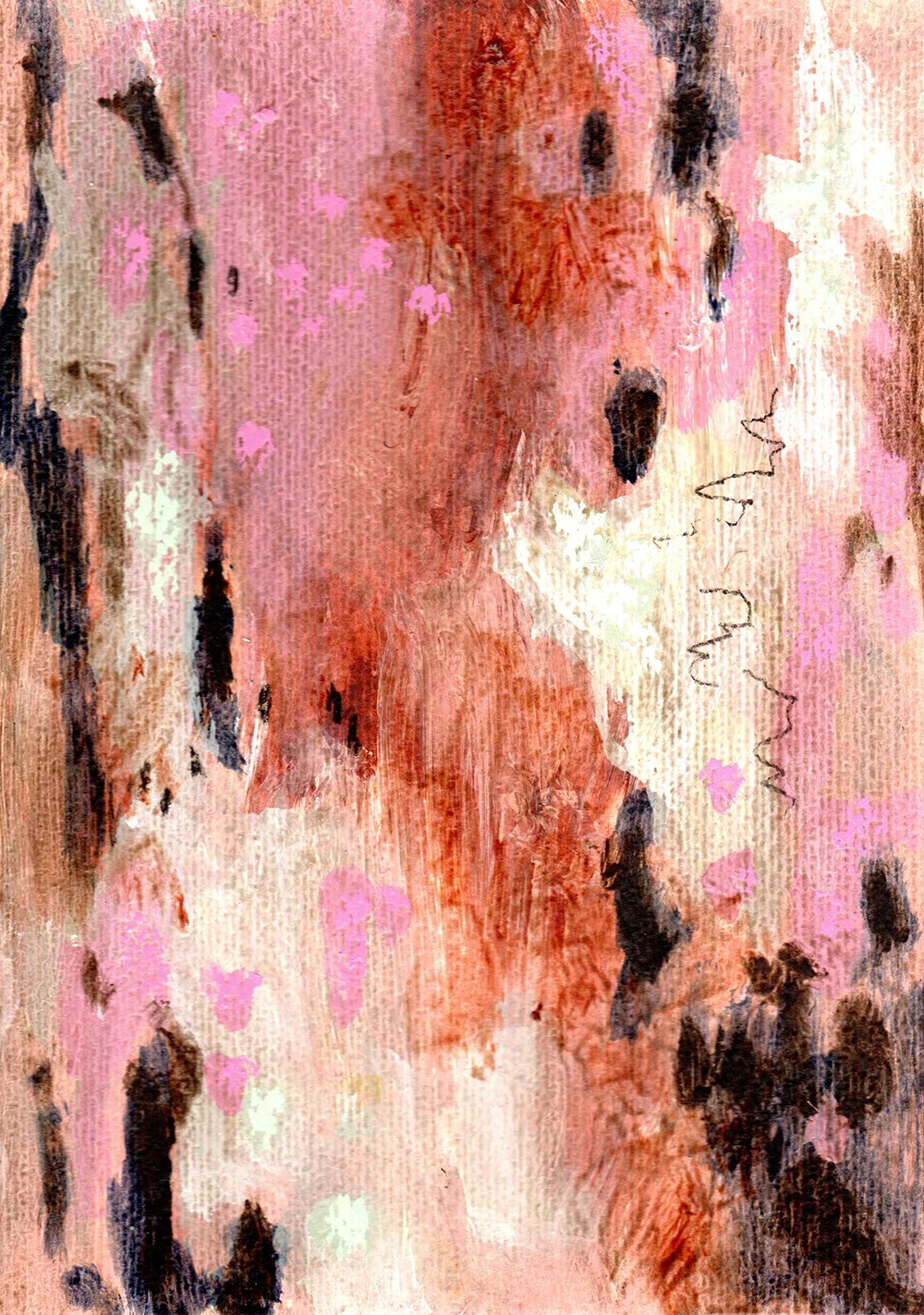
Gumtree 33 2025
Acrylic, pastel and oil on 400 gsm paper
14.8 x 21 cm
$50 (proceeds contribute to Fifteen Trees)
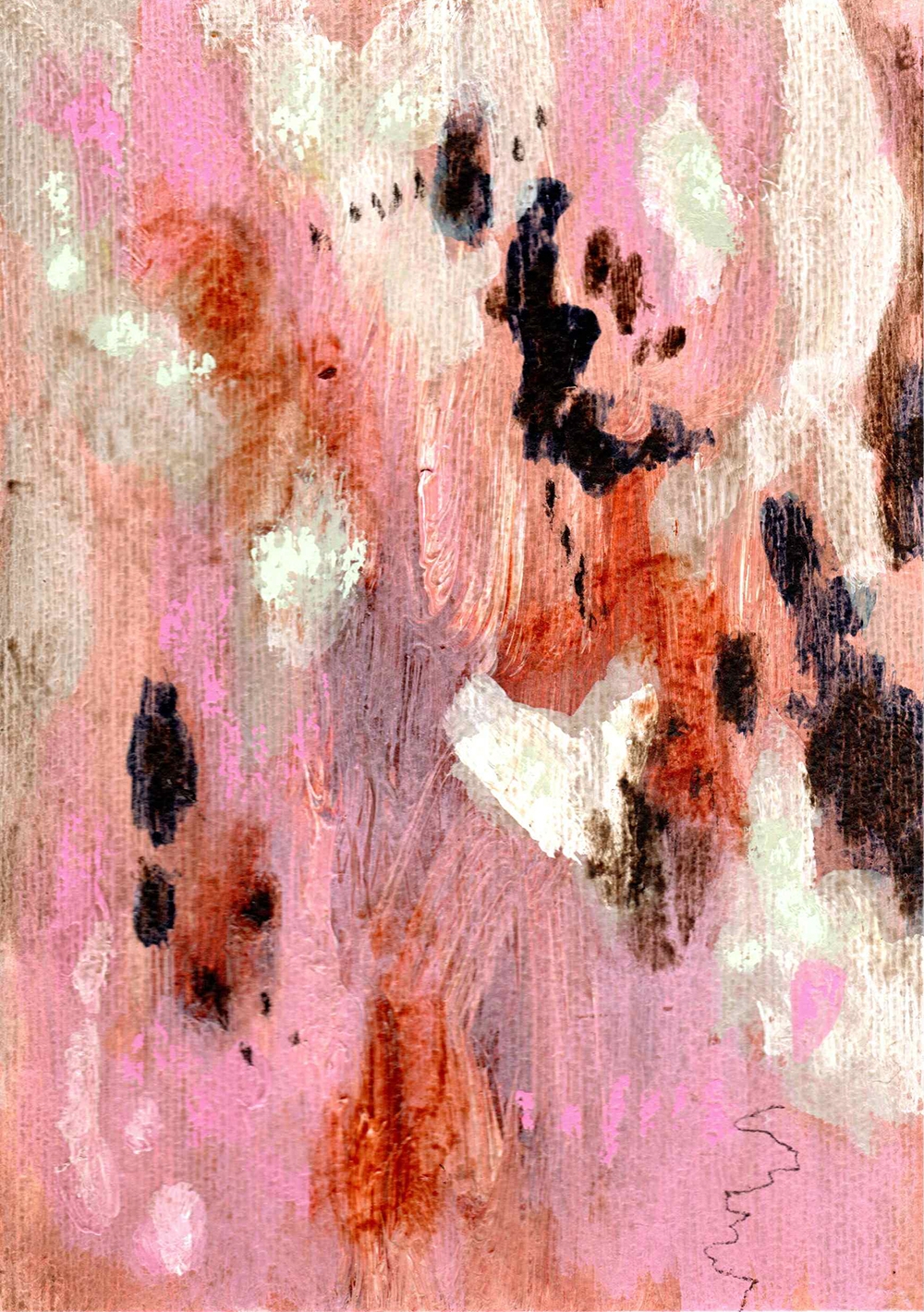 Sold
Sold
Gumtree 34 2025
Acrylic, pastel and oil on 400 gsm paper
14.8 x 21 cm
$50 (proceeds contribute to Fifteen Trees) Sold
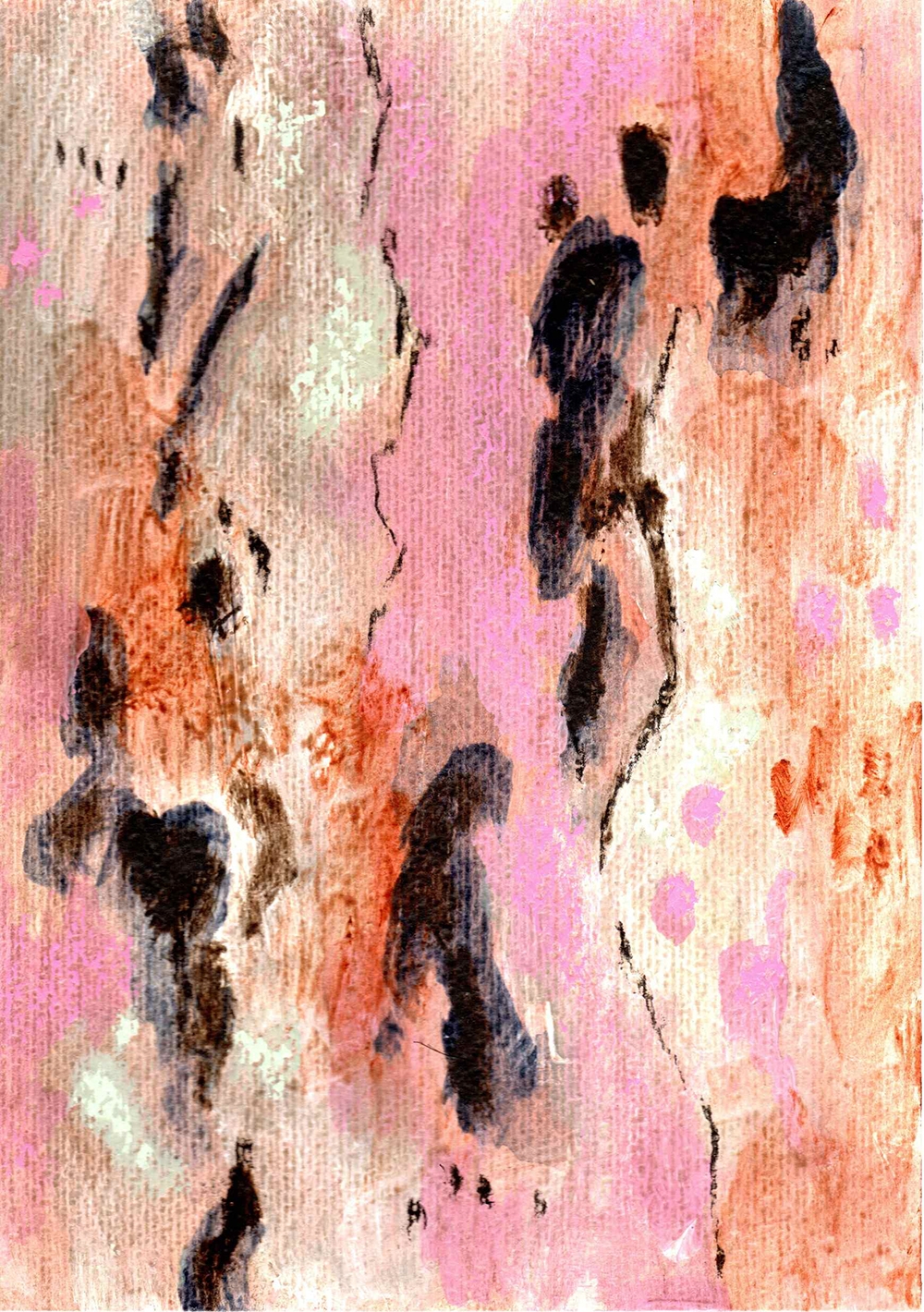
Gumtree 35 2025
Acrylic, pastel and oil on 400 gsm paper
14.8 x 21 cm
$50 (proceeds contribute to Fifteen Trees)
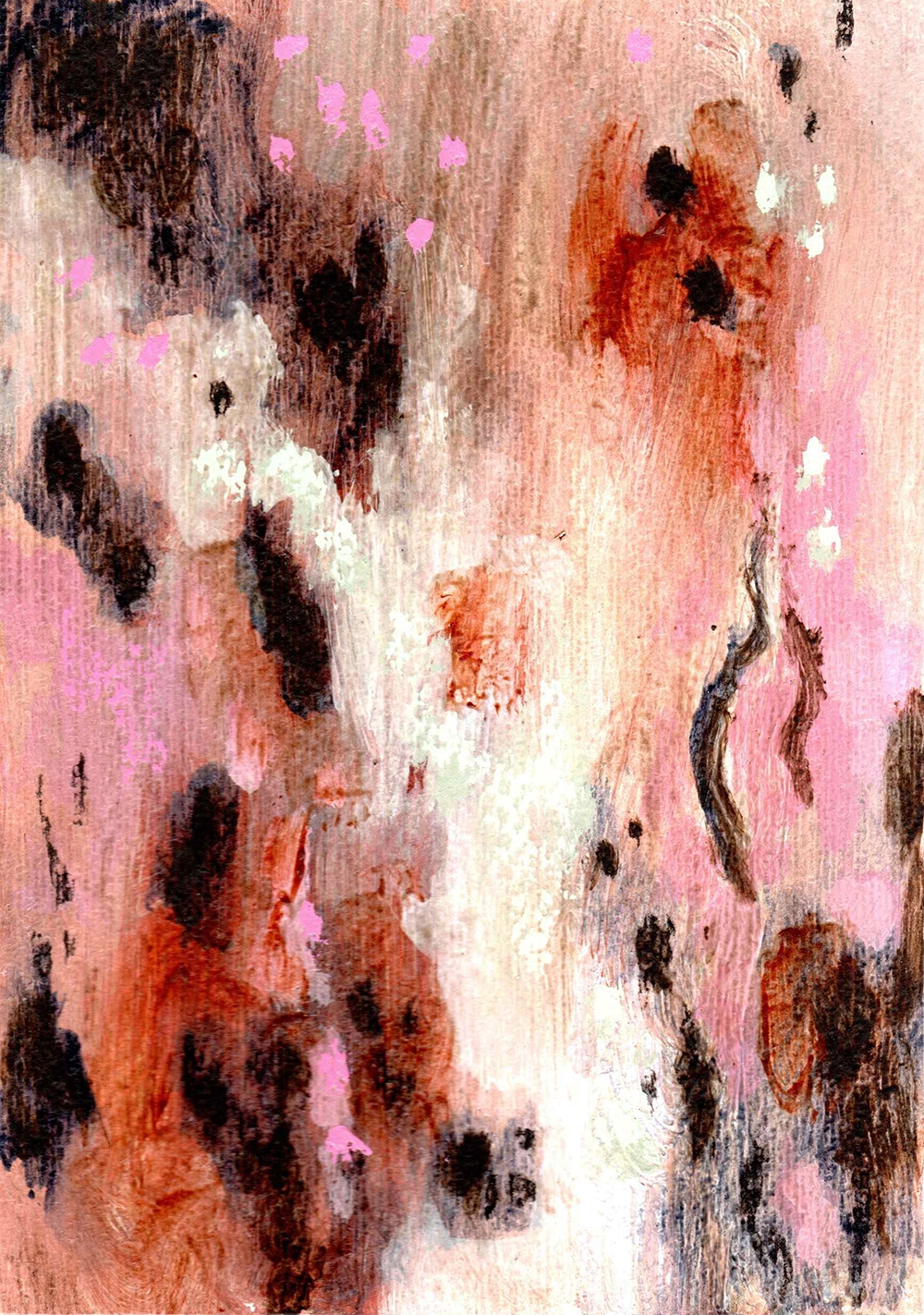
Gumtree 36 2025
Acrylic, pastel and oil on 400 gsm paper
14.8 x 21 cm
$50 (proceeds contribute to Fifteen Trees)
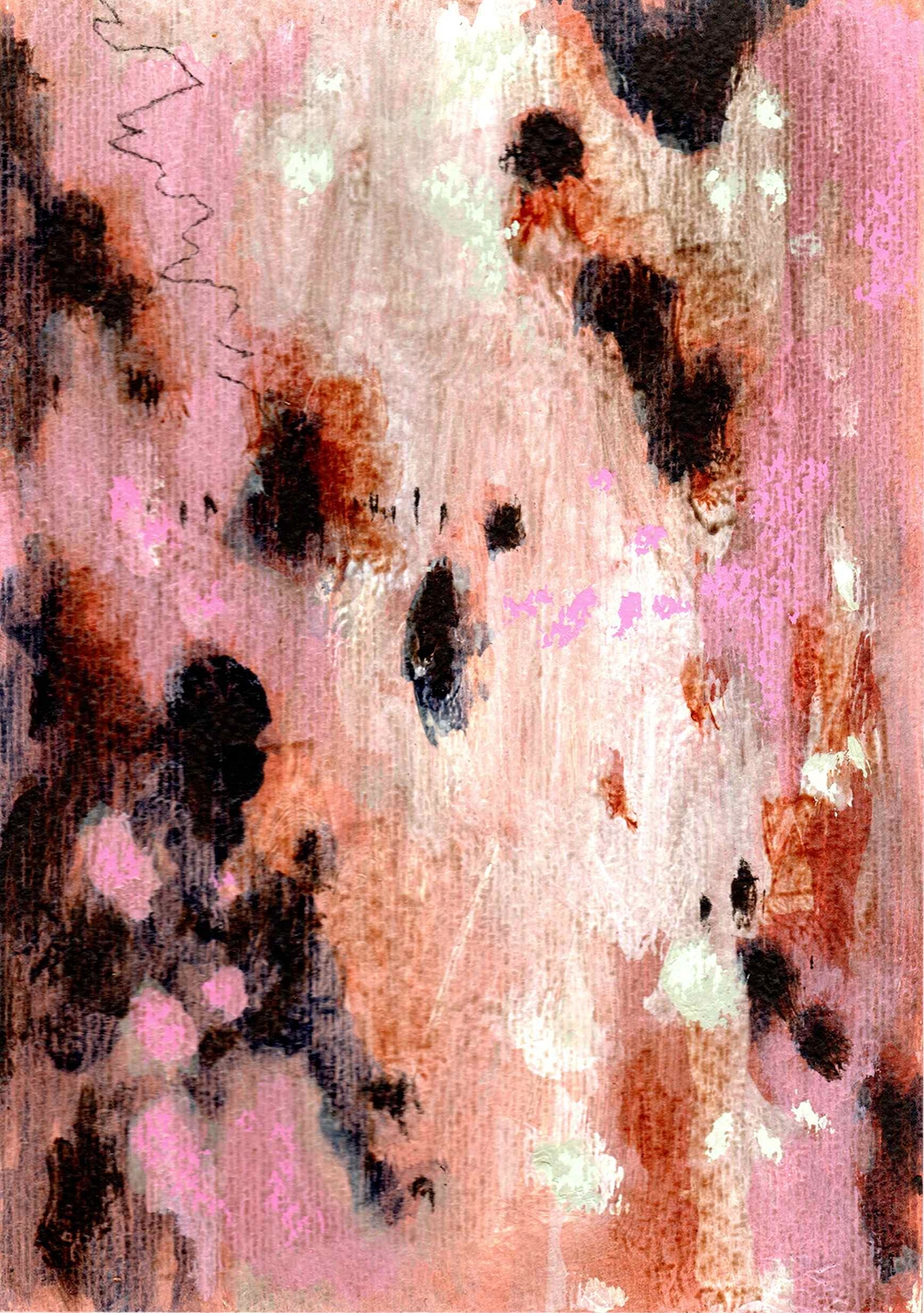 Sold
Sold
Gumtree 37 2025
Acrylic, pastel and oil on 400 gsm paper
14.8 x 21 cm
$50 (proceeds contribute to Fifteen Trees) Sold
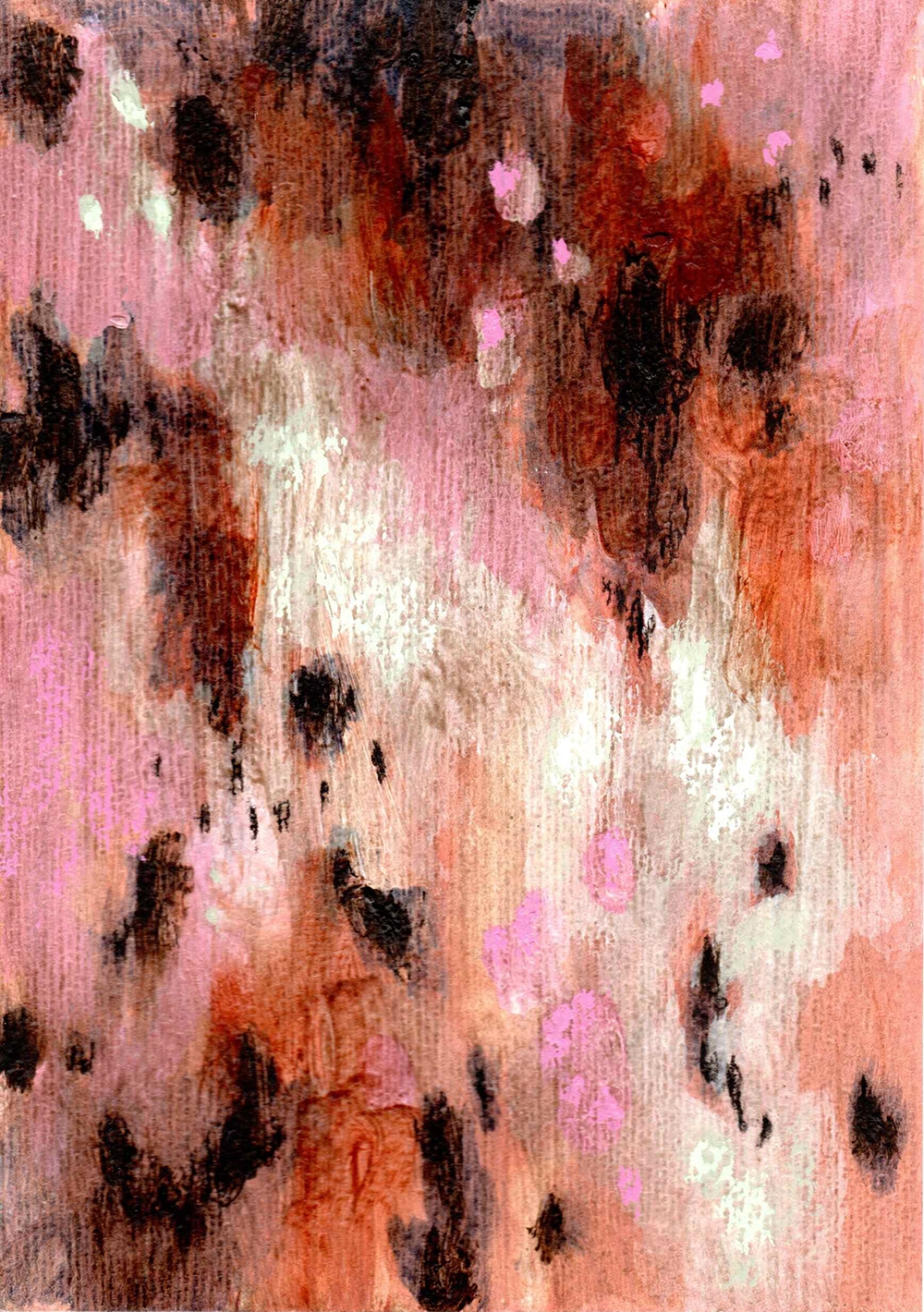
Gumtree 38 2025
Acrylic, pastel and oil on 400 gsm paper
14.8 x 21 cm
$50 (proceeds contribute to Fifteen Trees)
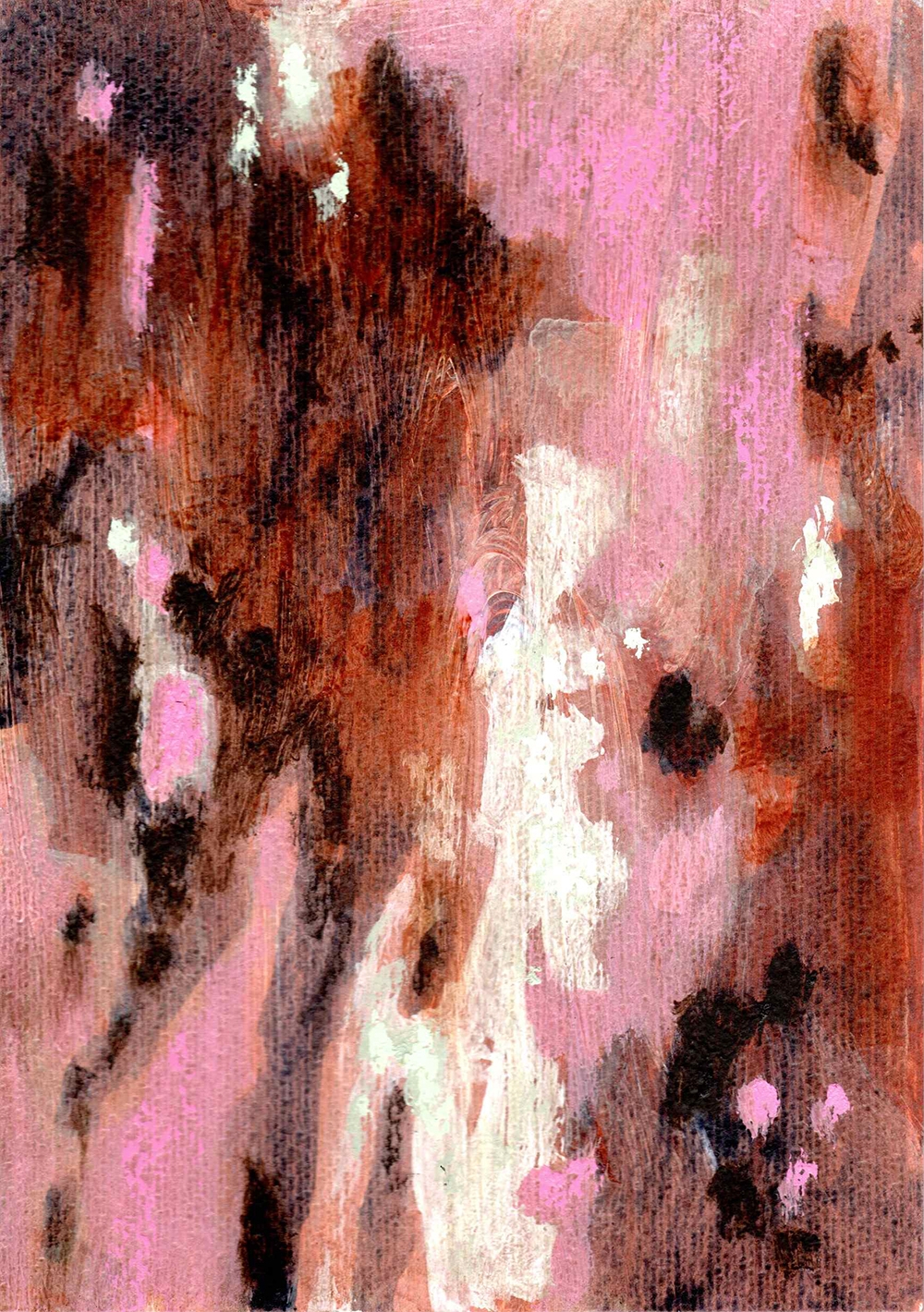 Sold
Sold
Gumtree 39 2025
Acrylic, pastel and oil on 400 gsm paper
14.8 x 21 cm
$50 (proceeds contribute to Fifteen Trees) Sold
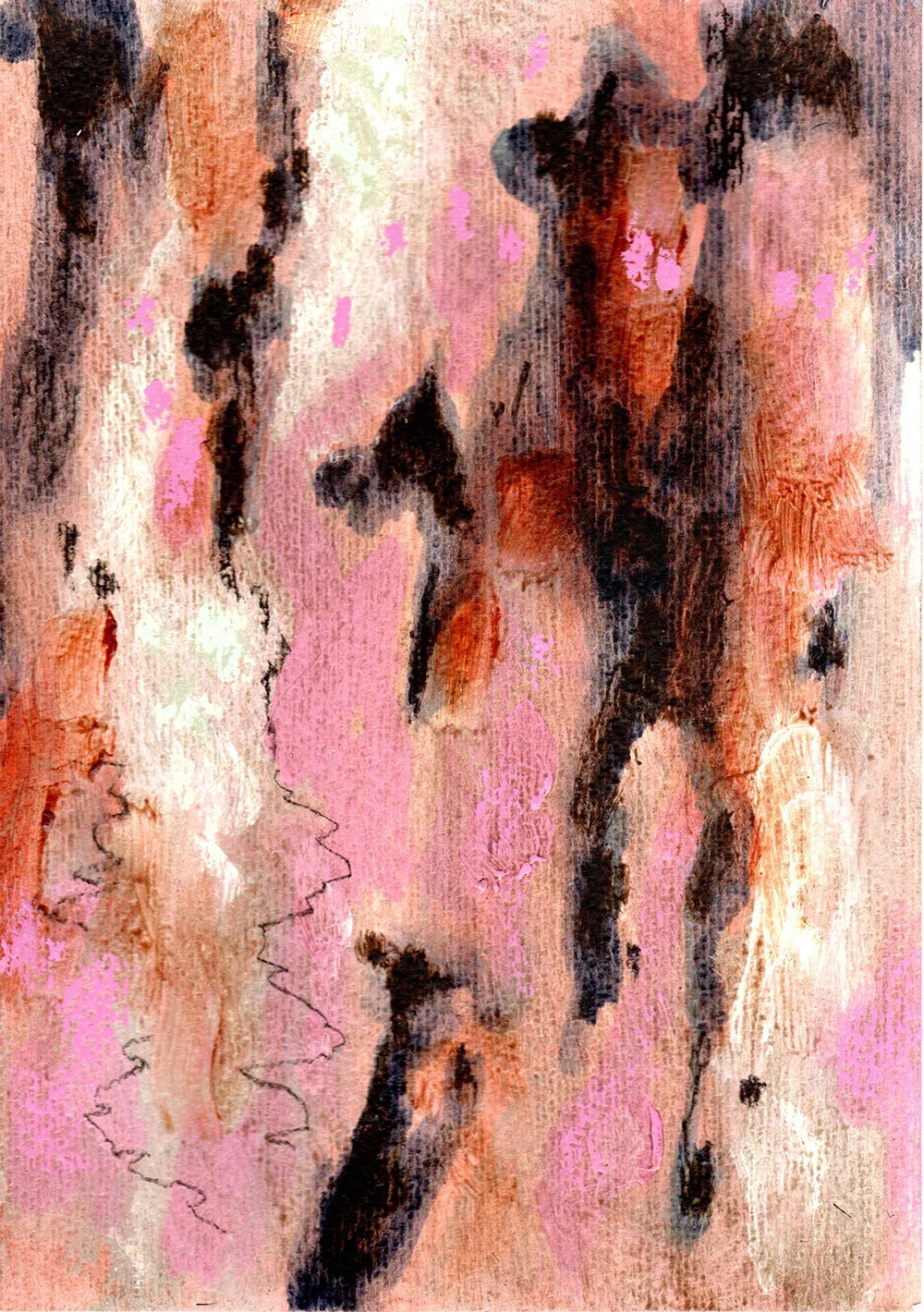
Gumtree 40 2025
Acrylic, pastel and oil on 400 gsm paper
14.8 x 21 cm
$50 (proceeds contribute to Fifteen Trees)
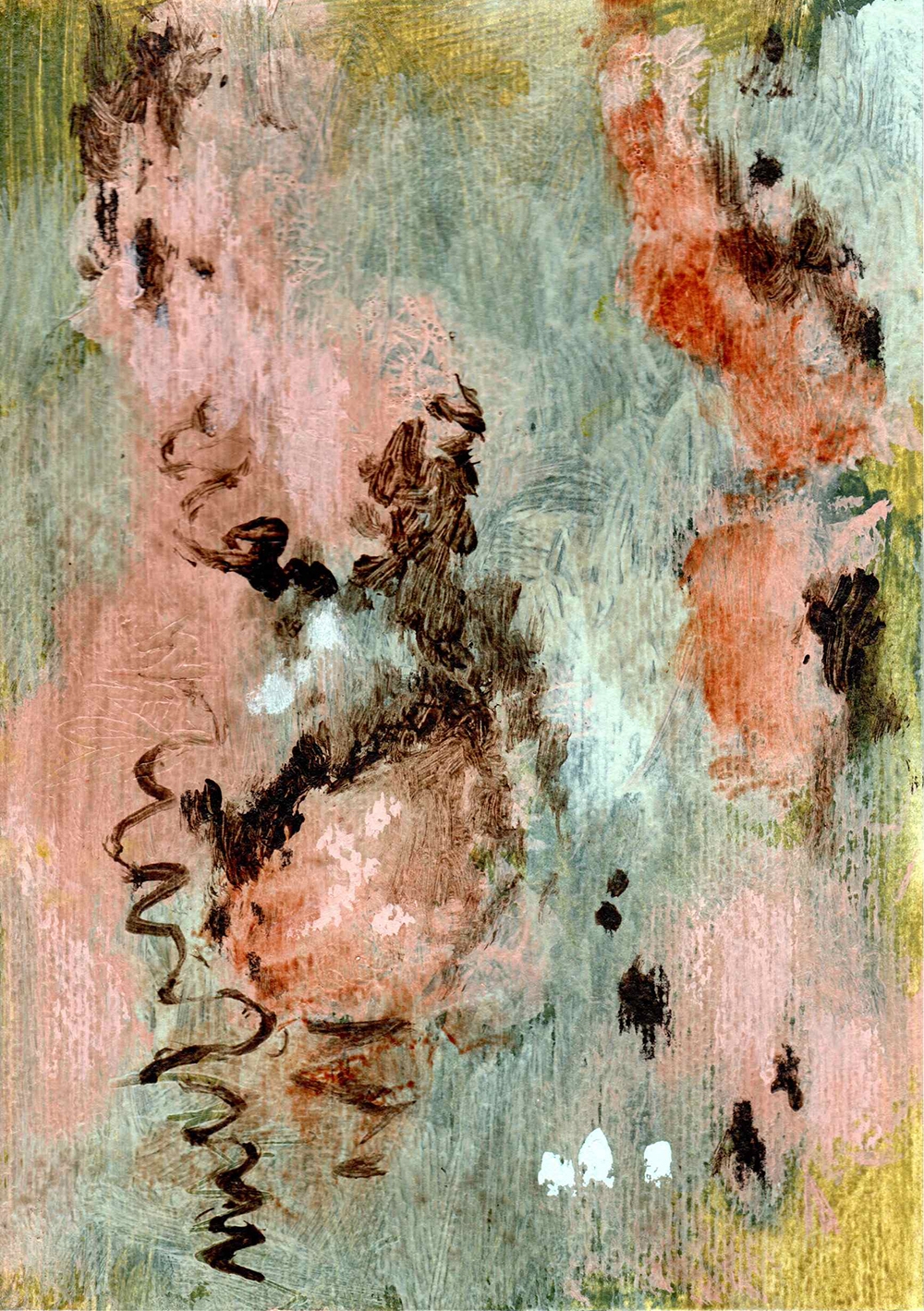 Sold
Sold
Gumtree 41 2025
Acrylic, pastel and oil on 400 gsm paper
14.8 x 21 cm
$50 (proceeds contribute to Fifteen Trees) Sold
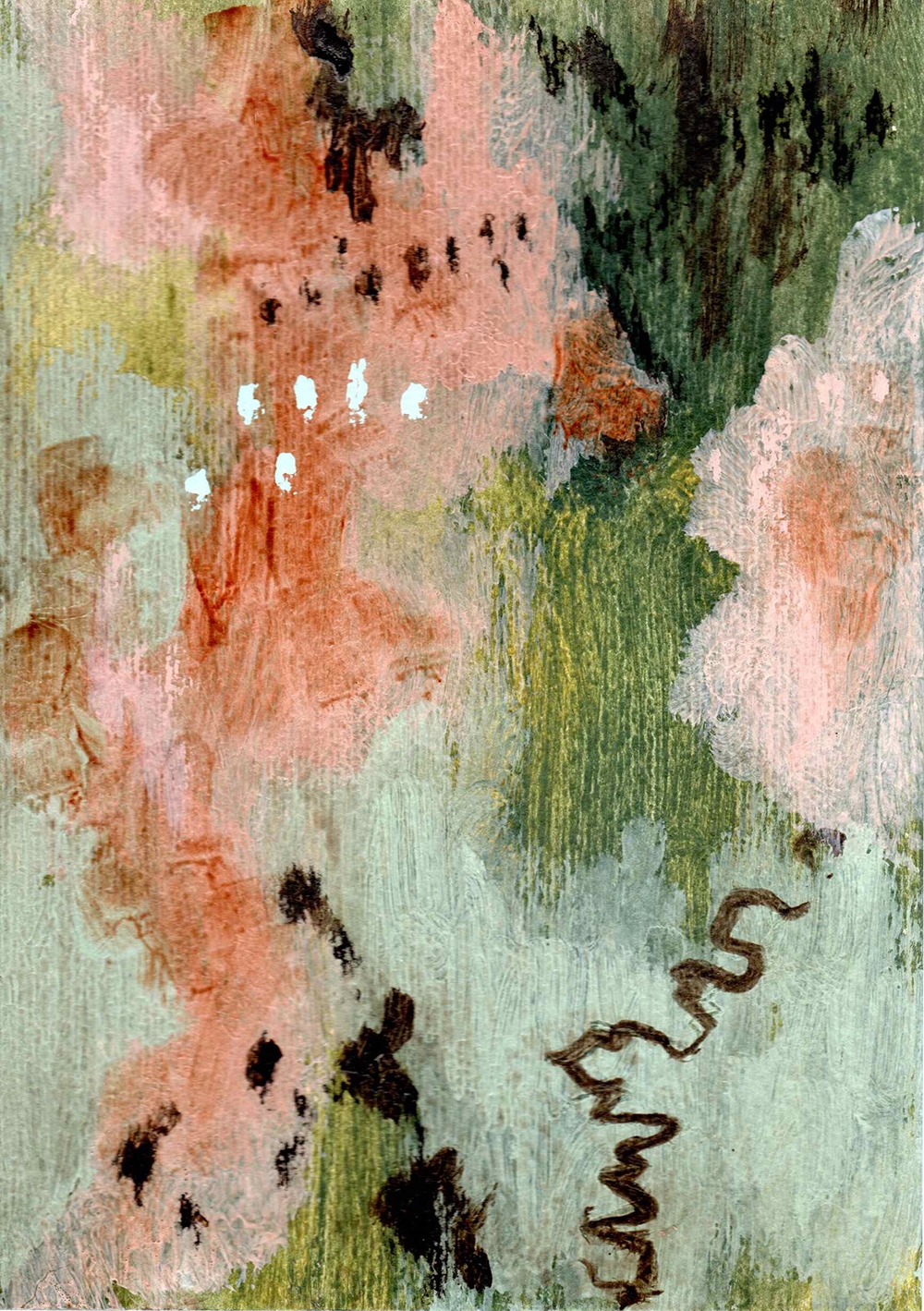 Sold
Sold
Gumtree 42 2025
Acrylic, pastel and oil on 400 gsm paper
14.8 x 21 cm
$50 (proceeds contribute to Fifteen Trees) Sold
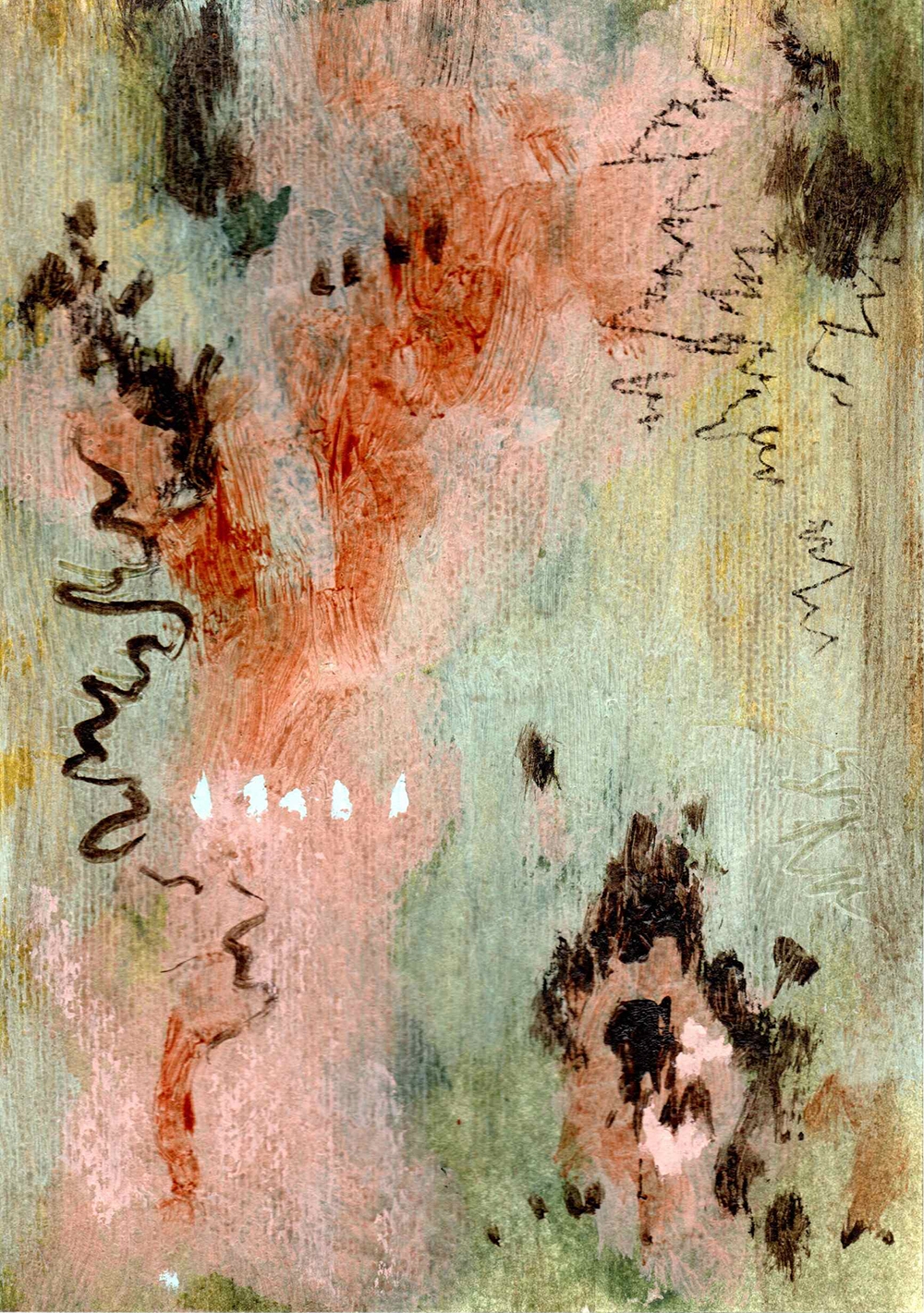 Sold
Sold
Gumtree 43 2025
Acrylic, pastel and oil on 400 gsm paper
14.8 x 21 cm
$50 (proceeds contribute to Fifteen Trees) Sold
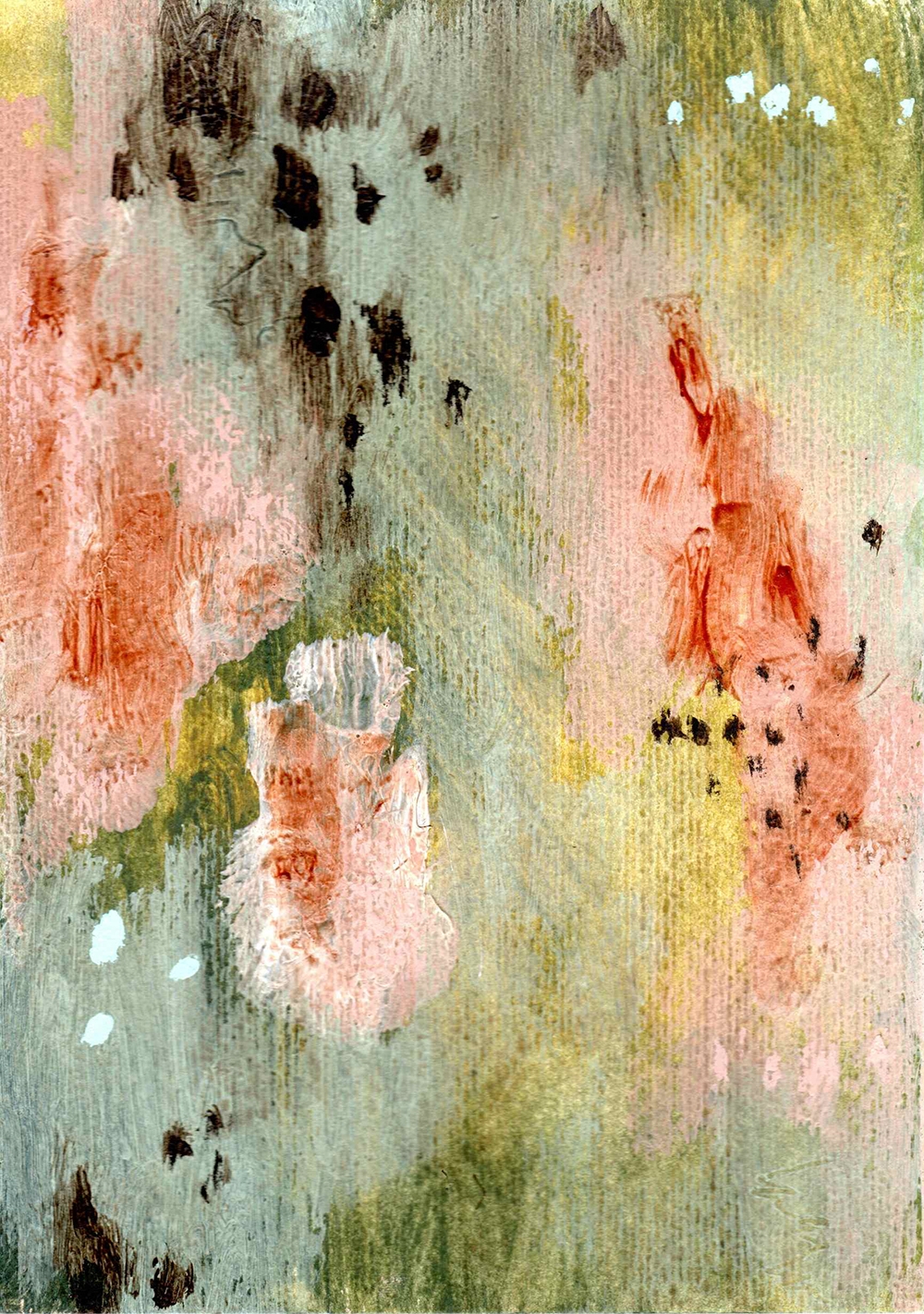 Sold
Sold
Gumtree 44 2025
Acrylic, pastel and oil on 400 gsm paper
14.8 x 21 cm
$50 (proceeds contribute to Fifteen Trees) Sold
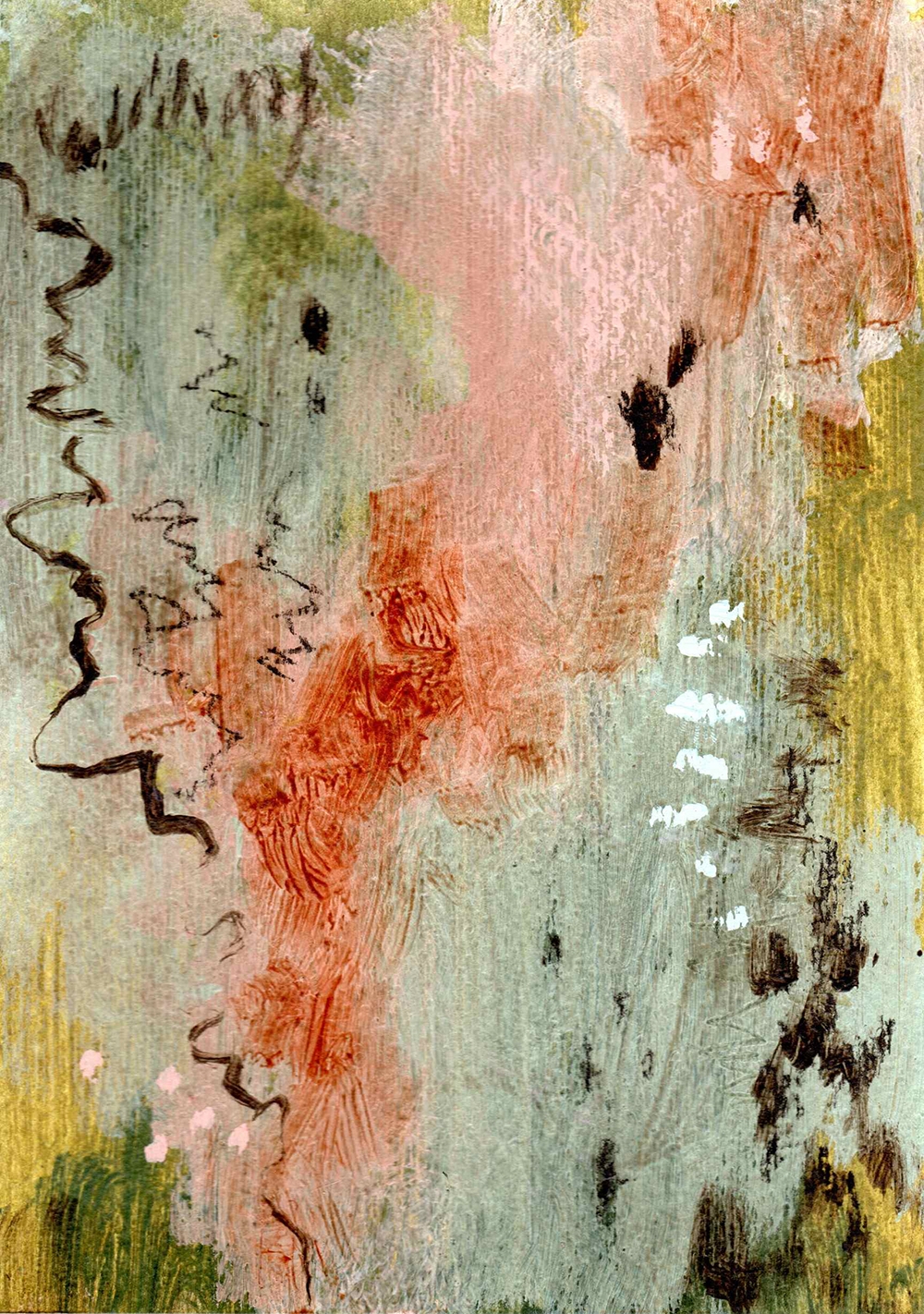 Sold
Sold
Gumtree 45 2025
Acrylic, pastel and oil on 400 gsm paper
14.8 x 21 cm
$50 (proceeds contribute to Fifteen Trees) Sold
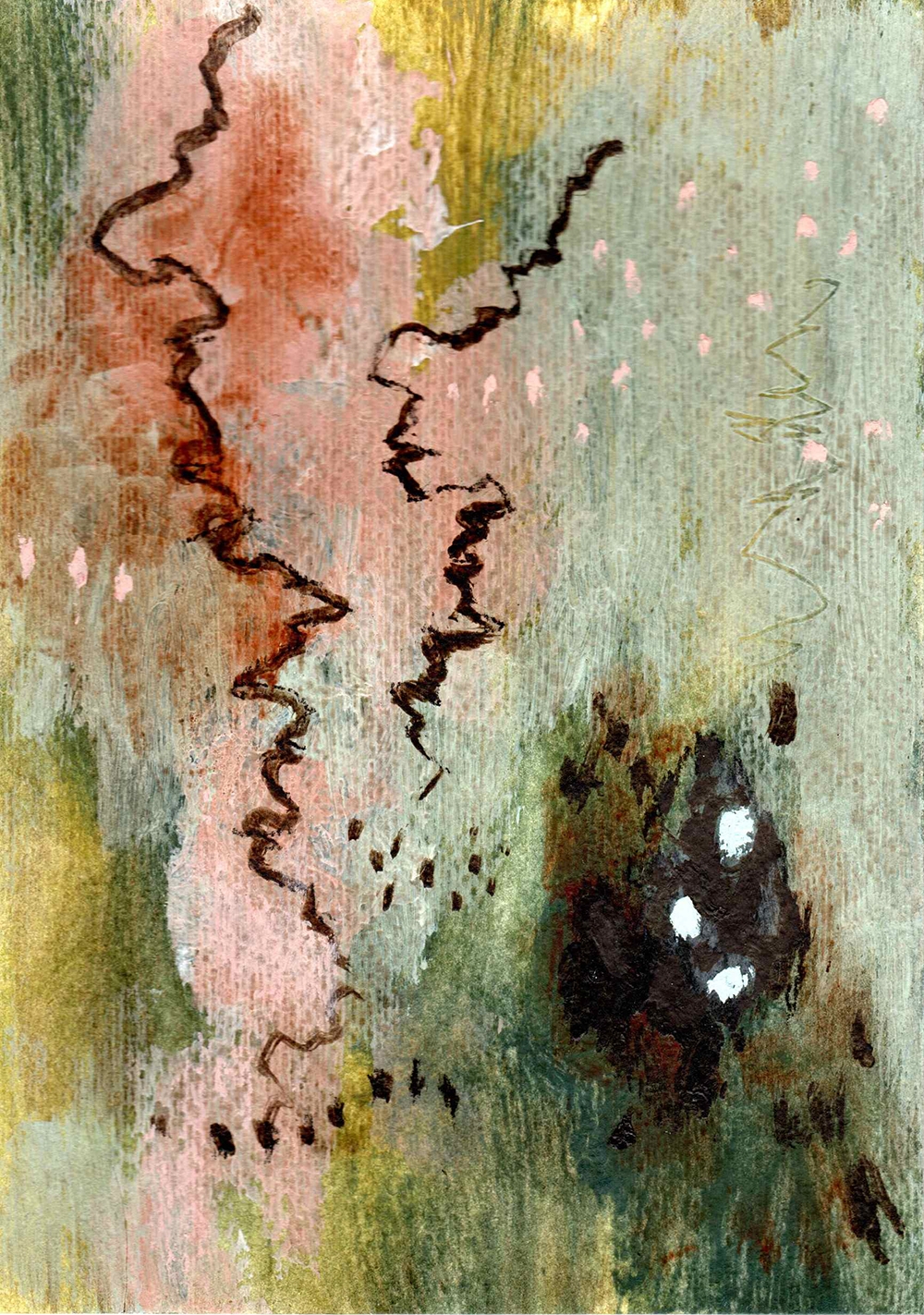 Sold
Sold
Gumtree 46 2025
Acrylic, pastel and oil on 400 gsm paper
14.8 x 21 cm
$50 (proceeds contribute to Fifteen Trees) Sold
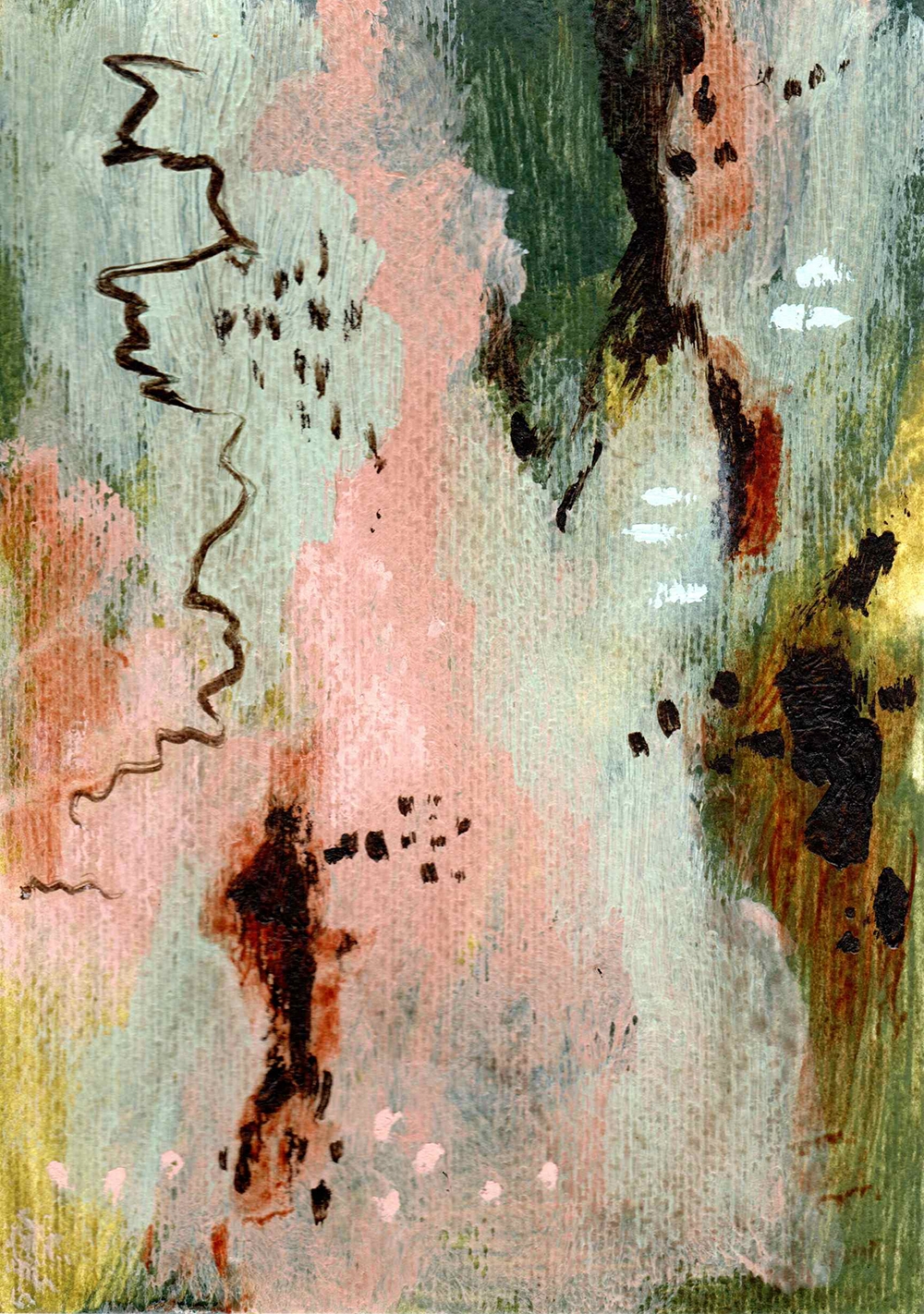 Sold
Sold
Gumtree 47 2025
Acrylic, pastel and oil on 400 gsm paper
14.8 x 21 cm
$50 (proceeds contribute to Fifteen Trees) Sold
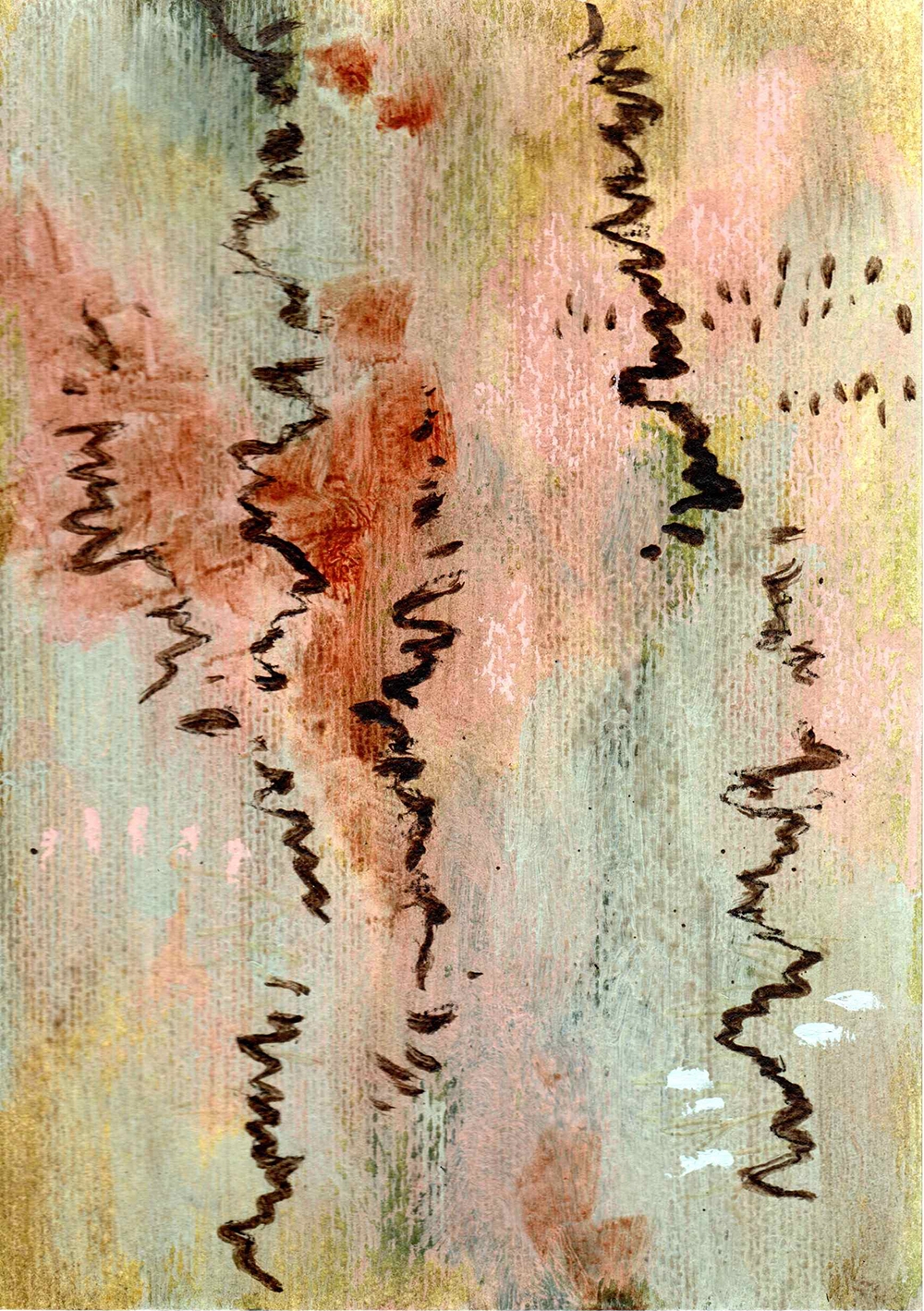
Gumtree 48 2025
Acrylic, pastel and oil on 400 gsm paper
14.8 x 21 cm
$50 (proceeds contribute to Fifteen Trees)
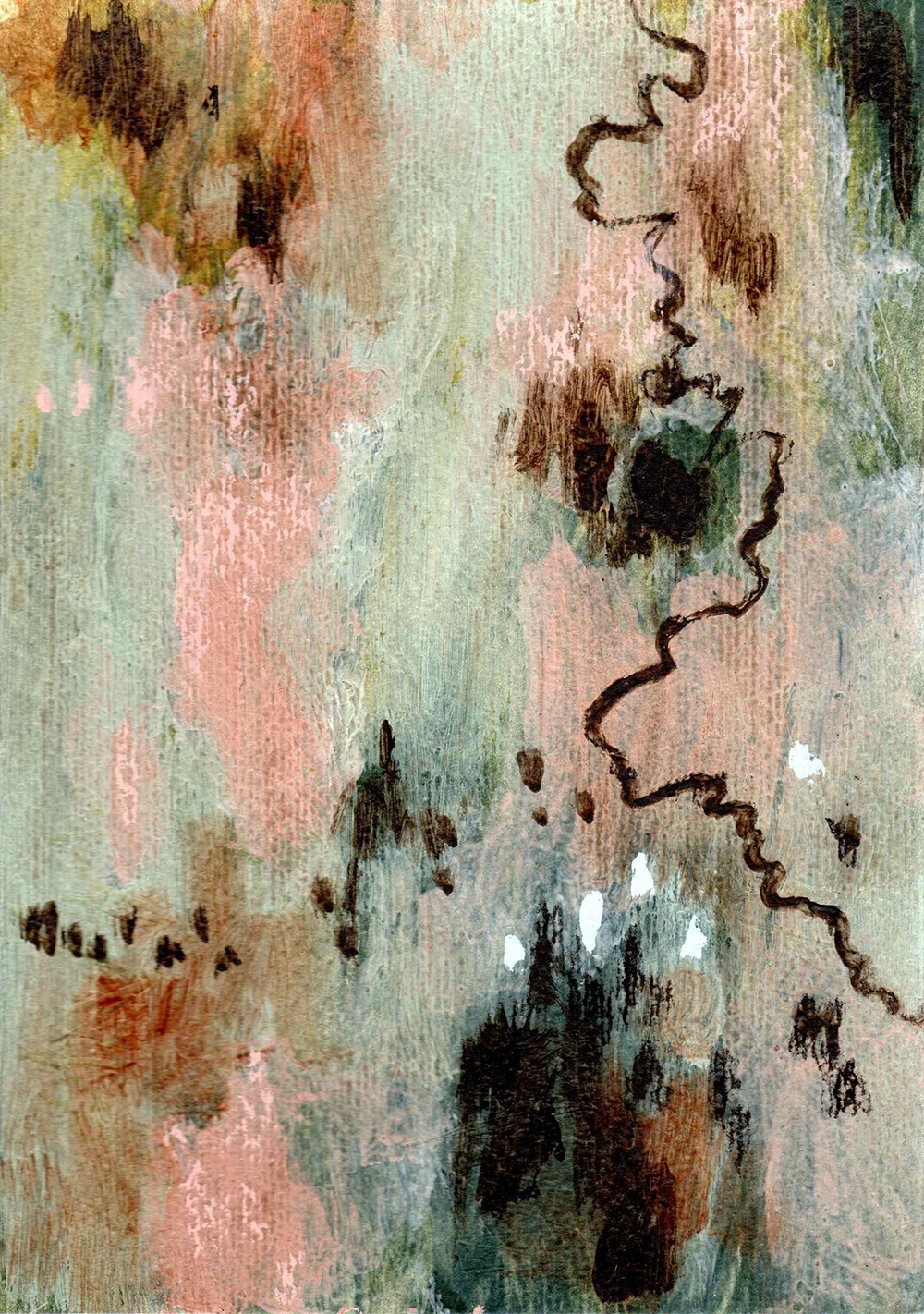 Sold
Sold
Gumtree 49 2025
Acrylic, pastel and oil on 400 gsm paper
14.8 x 21 cm
$50 (proceeds contribute to Fifteen Trees) Sold
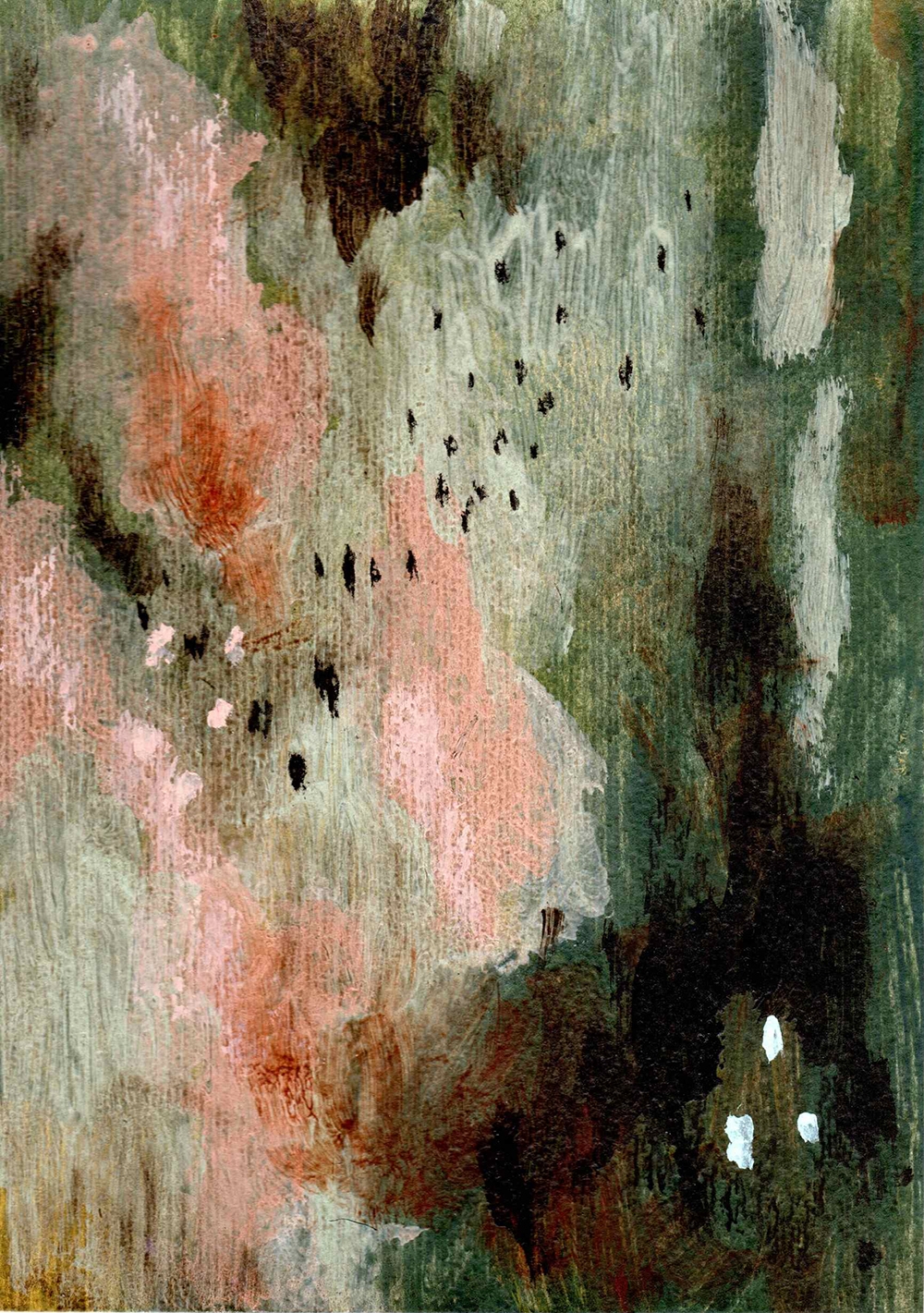 Sold
Sold
Gumtree 50 2025
Acrylic, pastel and oil on 400 gsm paper
14.8 x 21 cm
$50 (proceeds contribute to Fifteen Trees) Sold
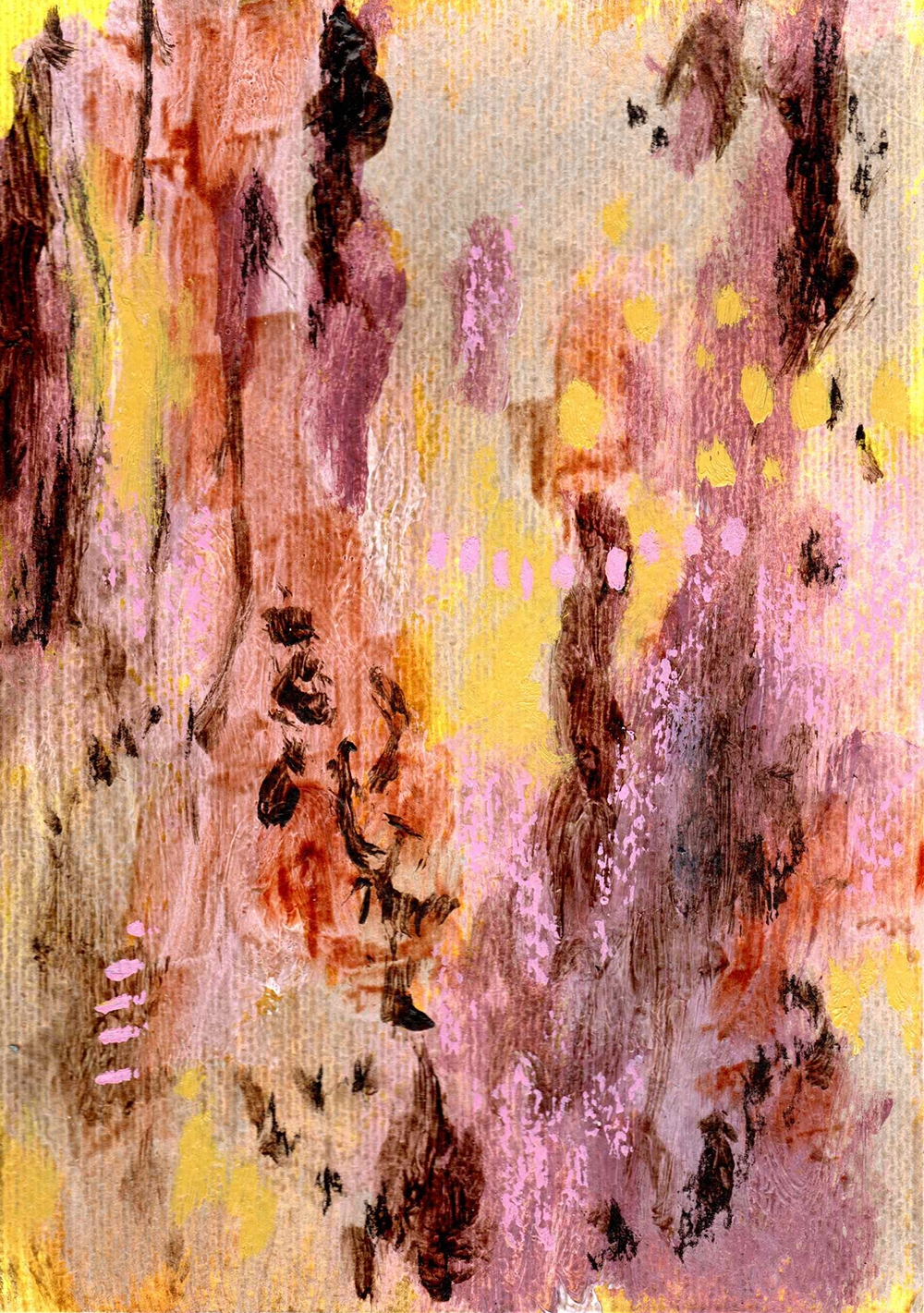
Gumtree 51 2025
Acrylic, pastel and oil on 400 gsm paper
14.8 x 21 cm
$50 (proceeds contribute to Fifteen Trees)
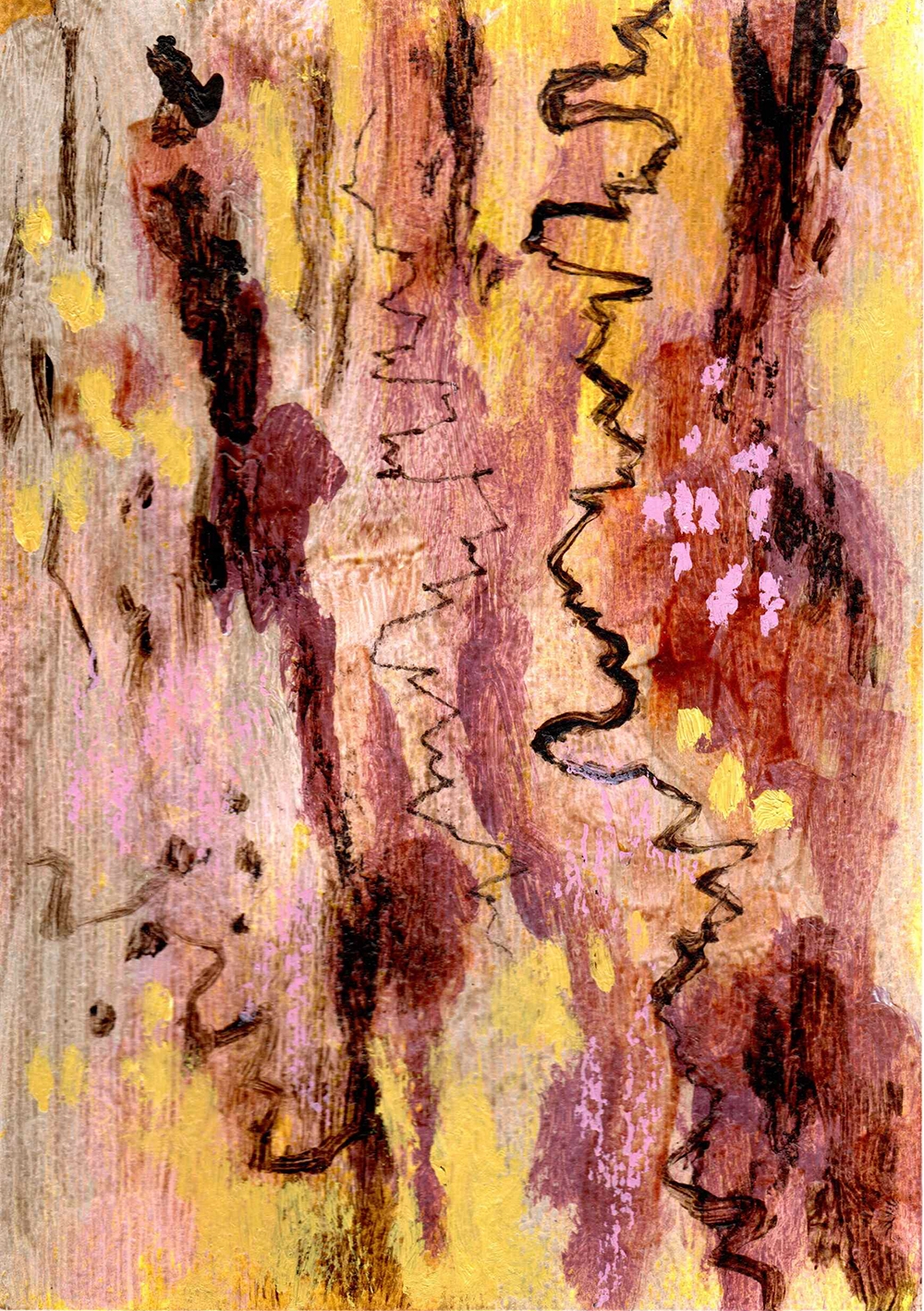
Gumtree 52 2025
Acrylic, pastel and oil on 400 gsm paper
14.8 x 21 cm
$50 (proceeds contribute to Fifteen Trees)
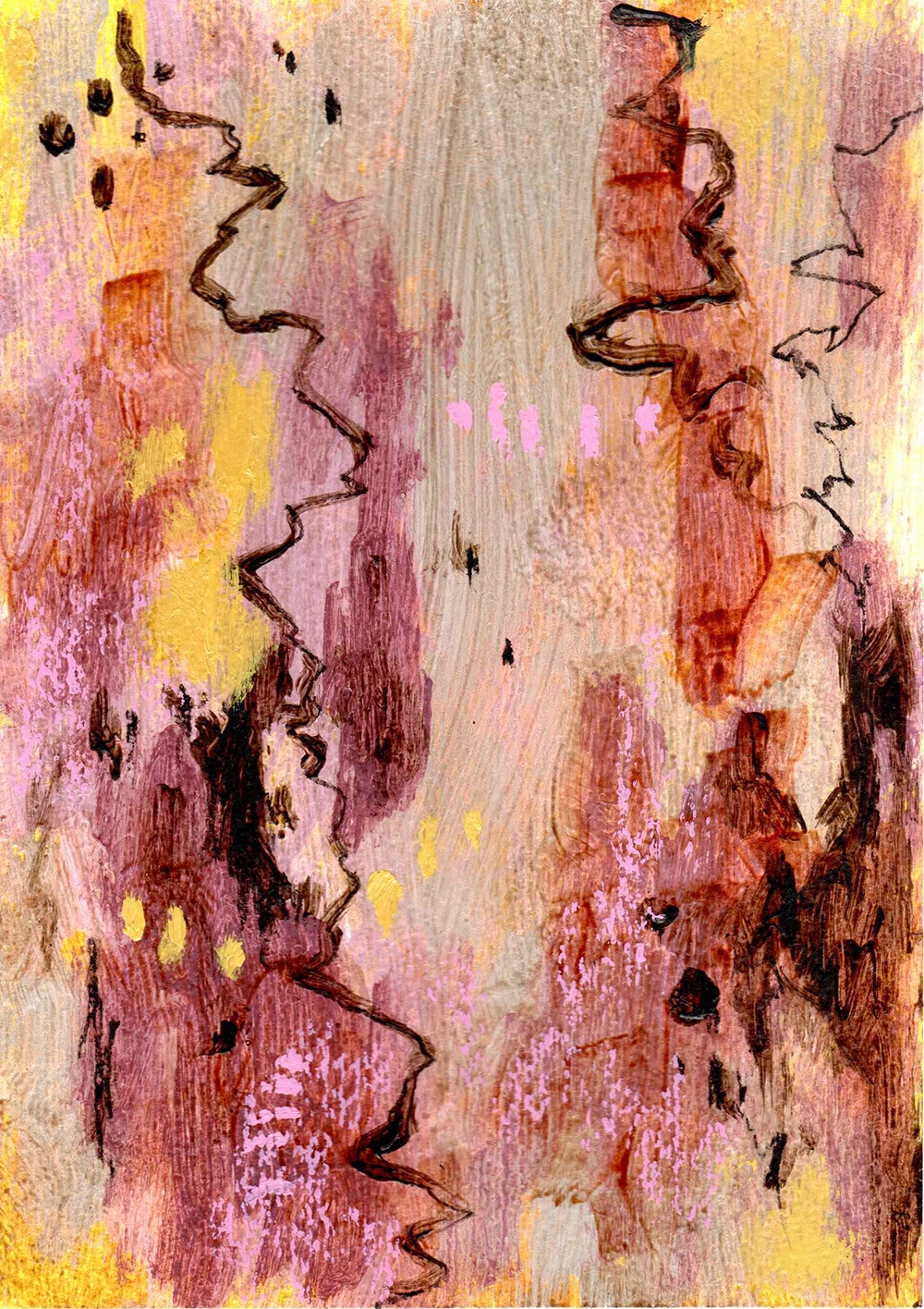 Sold
Sold
Gumtree 53 2025
Acrylic, pastel and oil on 400 gsm paper
14.8 x 21 cm
$50 (proceeds contribute to Fifteen Trees) Sold
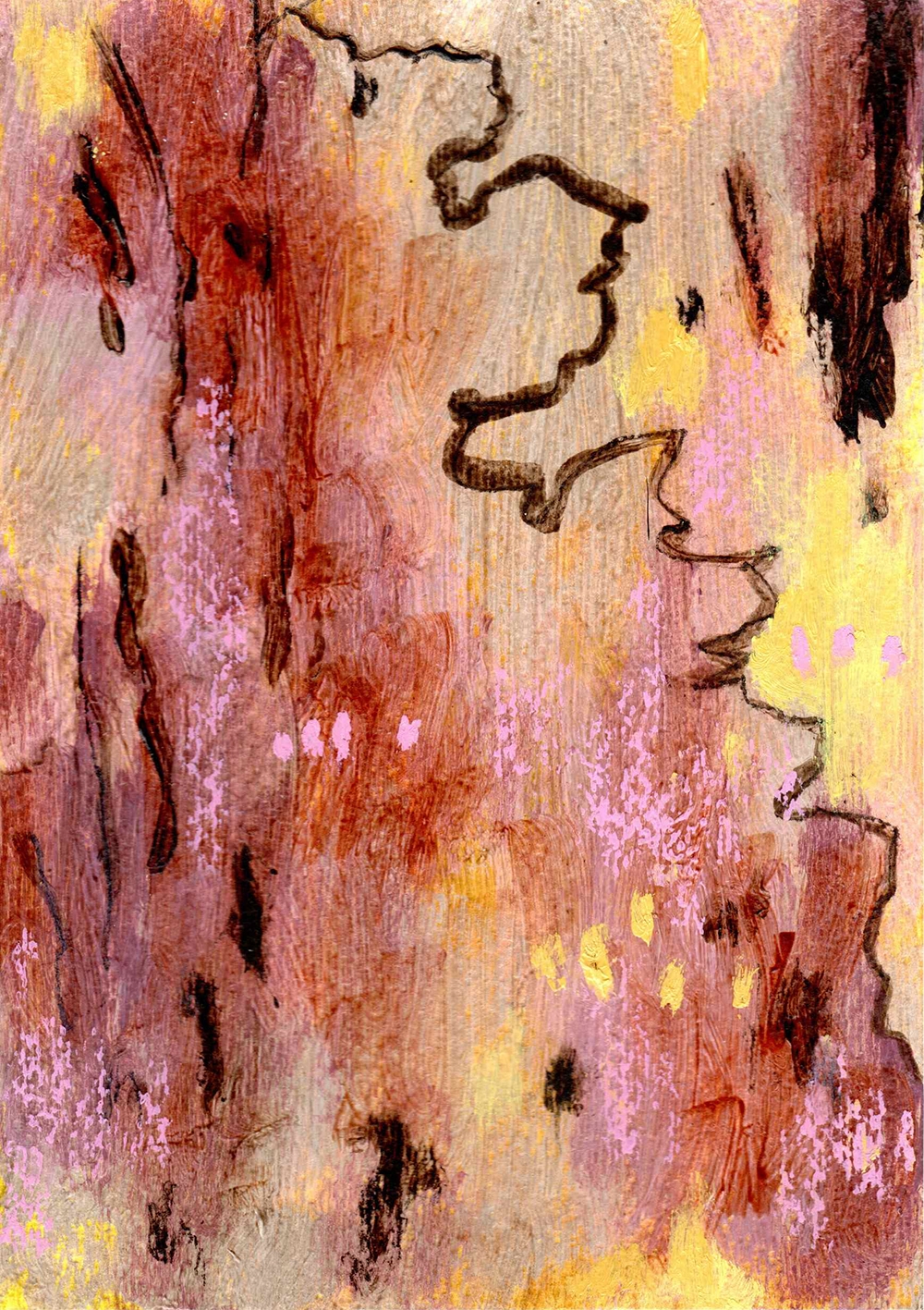 Sold
Sold
Gumtree 54 2025
Acrylic, pastel and oil on 400 gsm paper
14.8 x 21 cm
$50 (proceeds contribute to Fifteen Trees) Sold
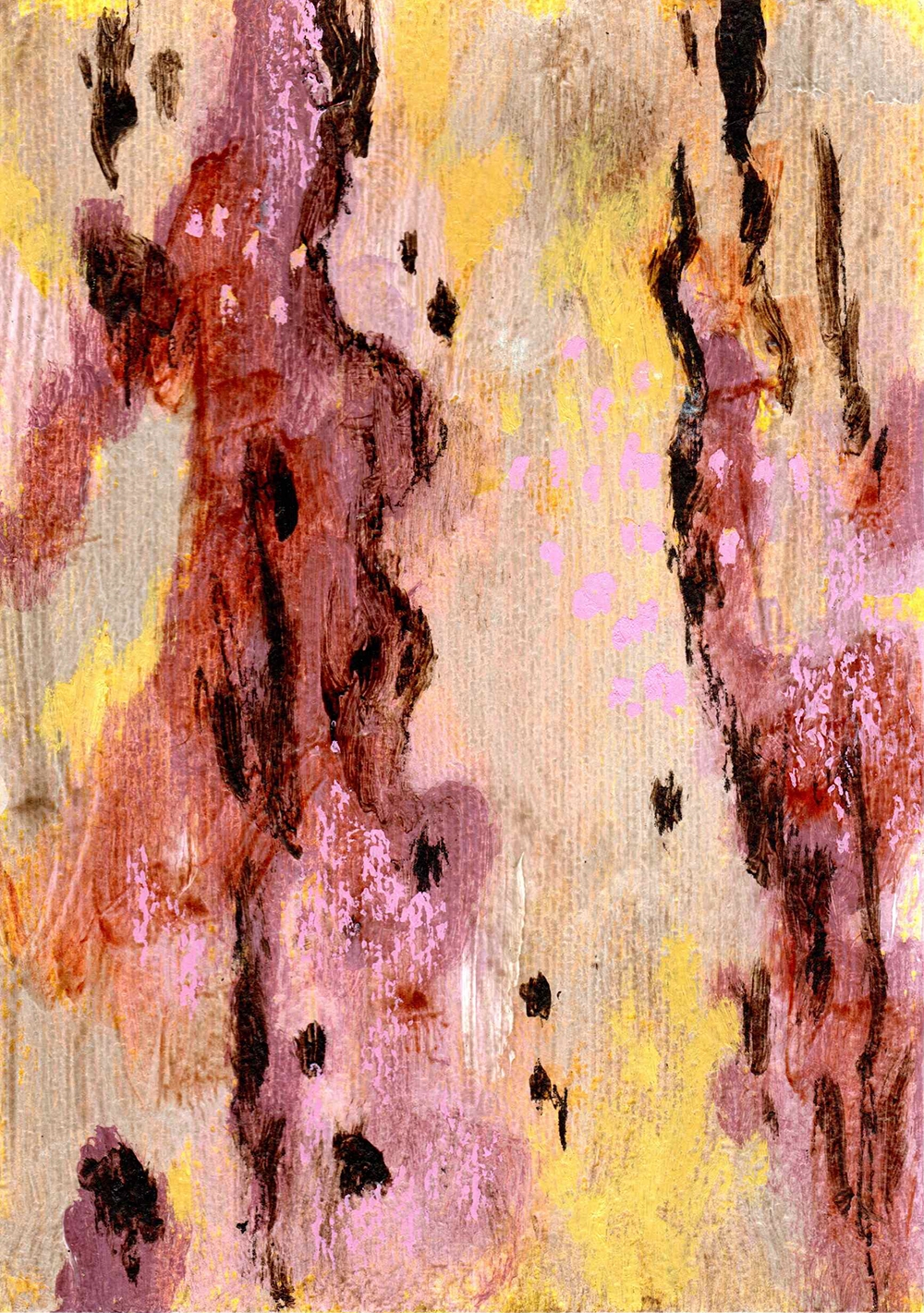
Gumtree 55 2025
Acrylic, pastel and oil on 400 gsm paper
14.8 x 21 cm
$50 (proceeds contribute to Fifteen Trees)
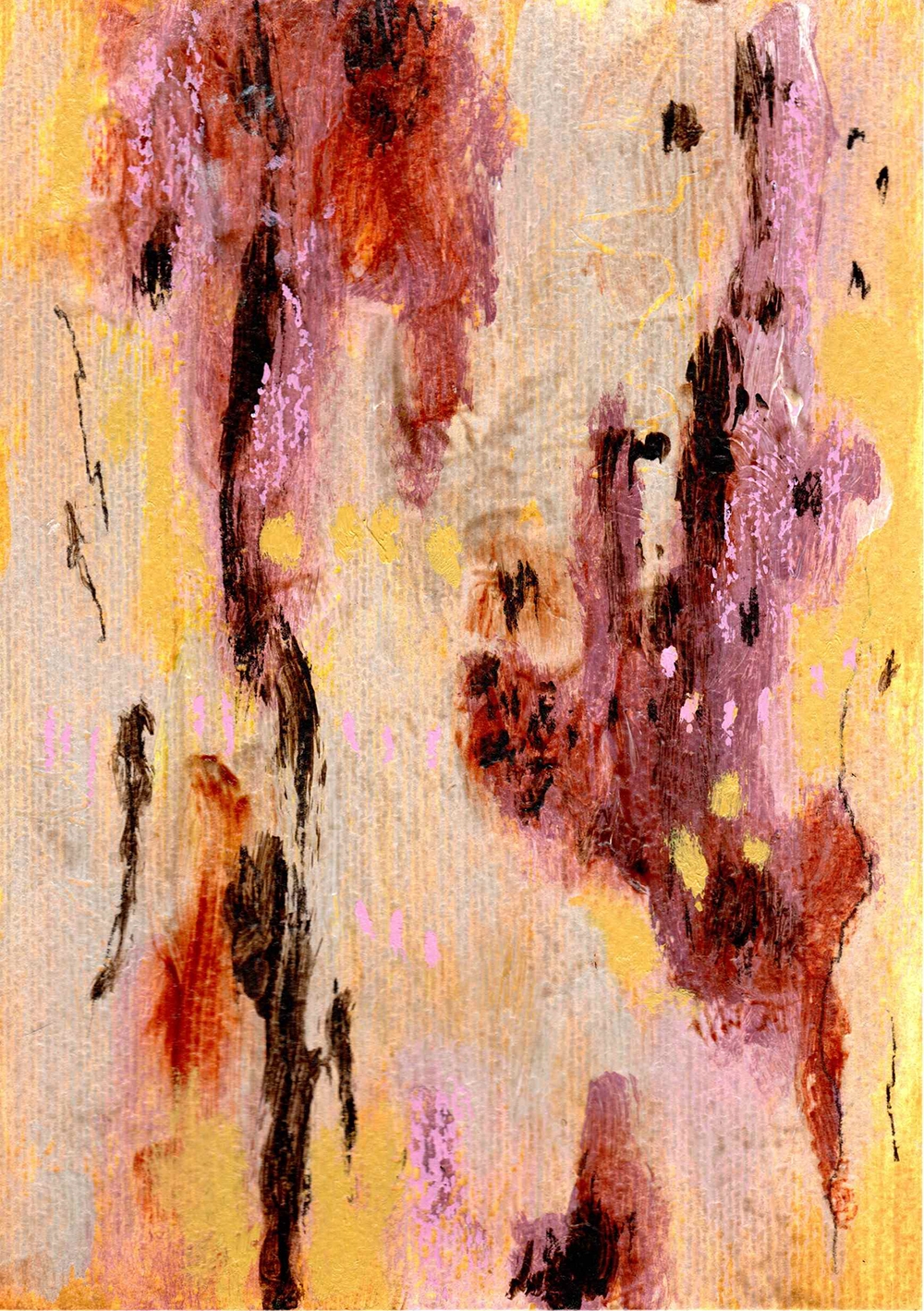
Gumtree 56 2025
Acrylic, pastel and oil on 400 gsm paper
14.8 x 21 cm
$50 (proceeds contribute to Fifteen Trees)
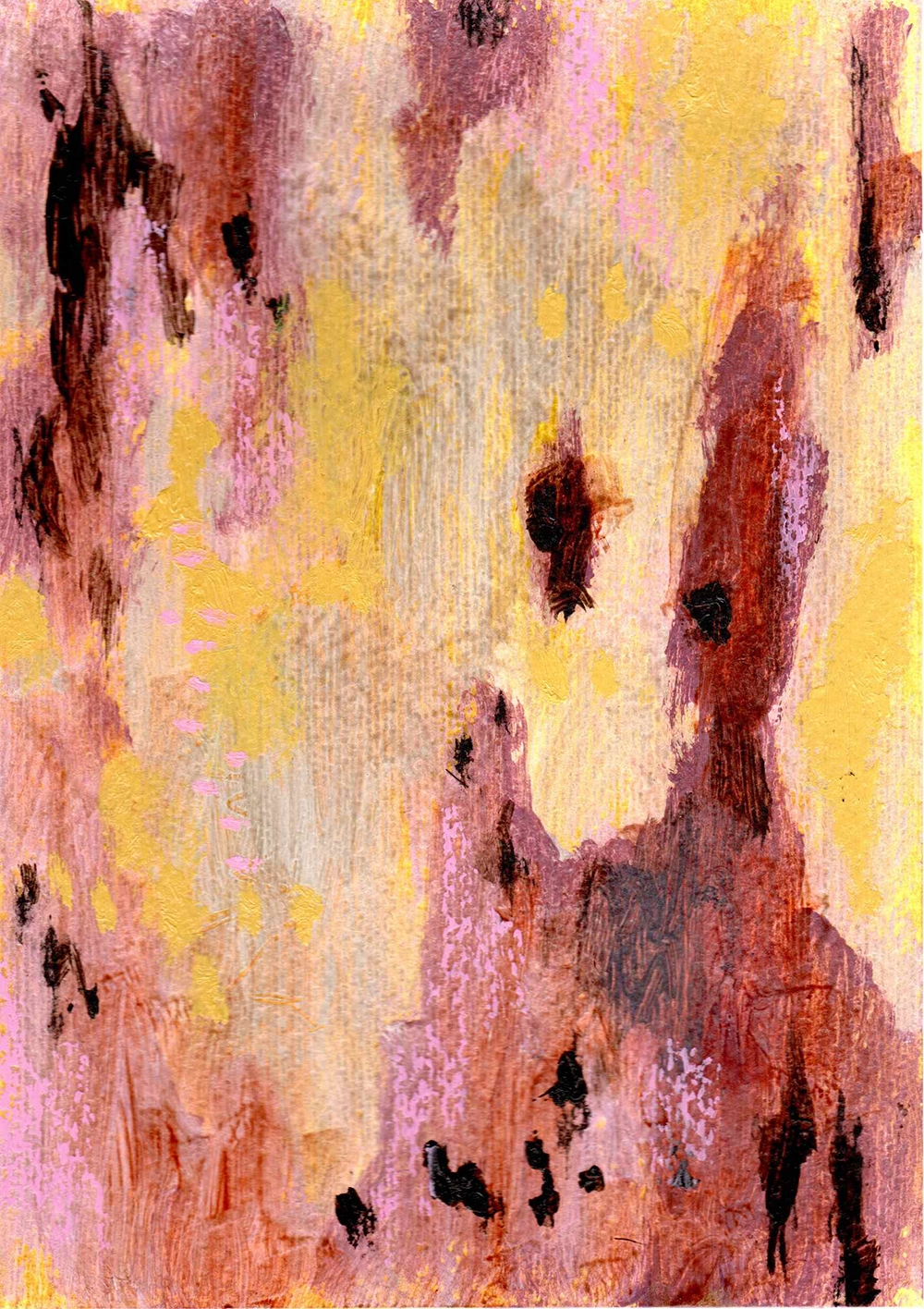 Sold
Sold
Gumtree 57 2025
Acrylic, pastel and oil on 400 gsm paper
14.8 x 21 cm
$50 (proceeds contribute to Fifteen Trees) Sold
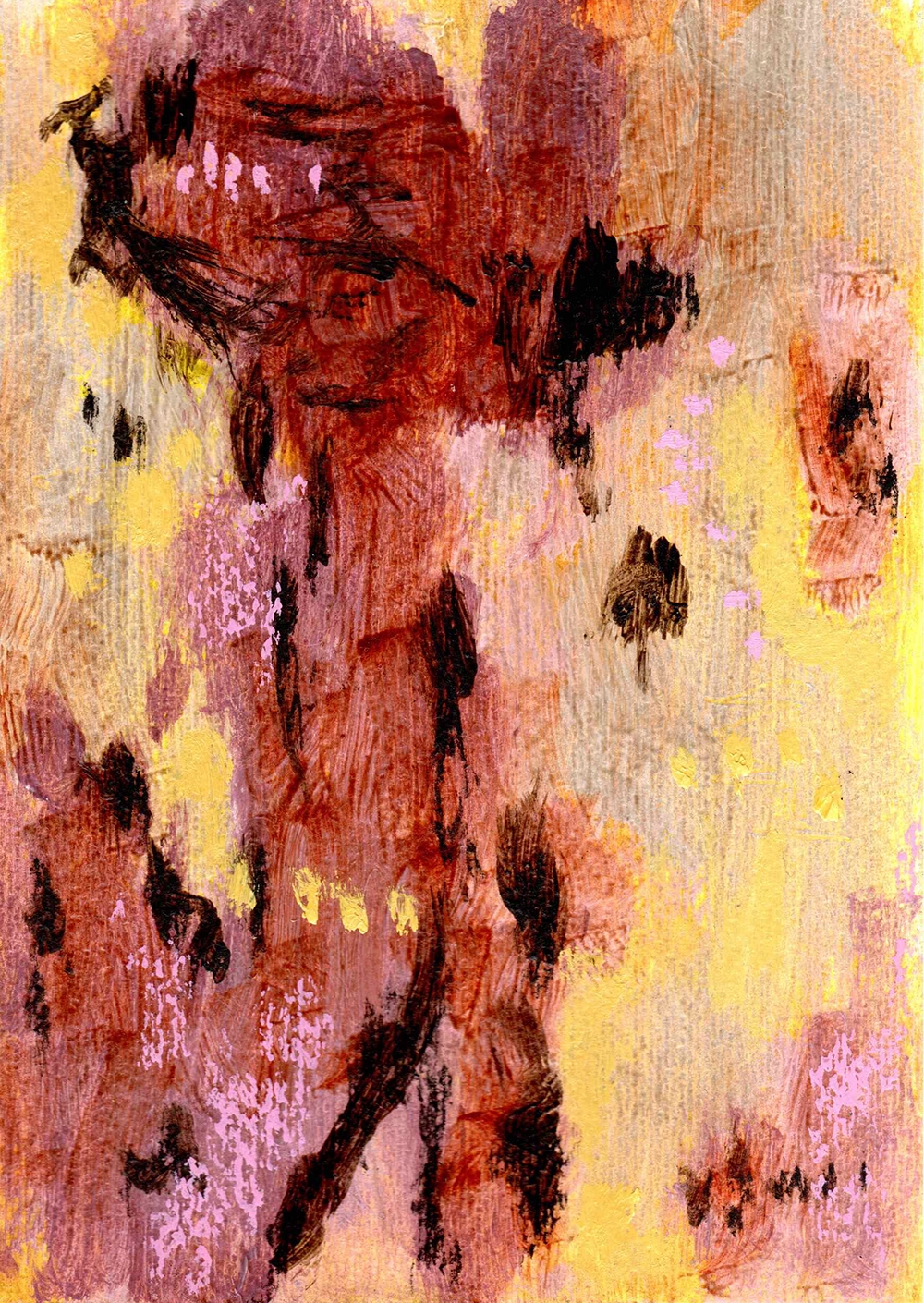
Gumtree 58 2025
Acrylic, pastel and oil on 400 gsm paper
14.8 x 21 cm
$50 (proceeds contribute to Fifteen Trees)
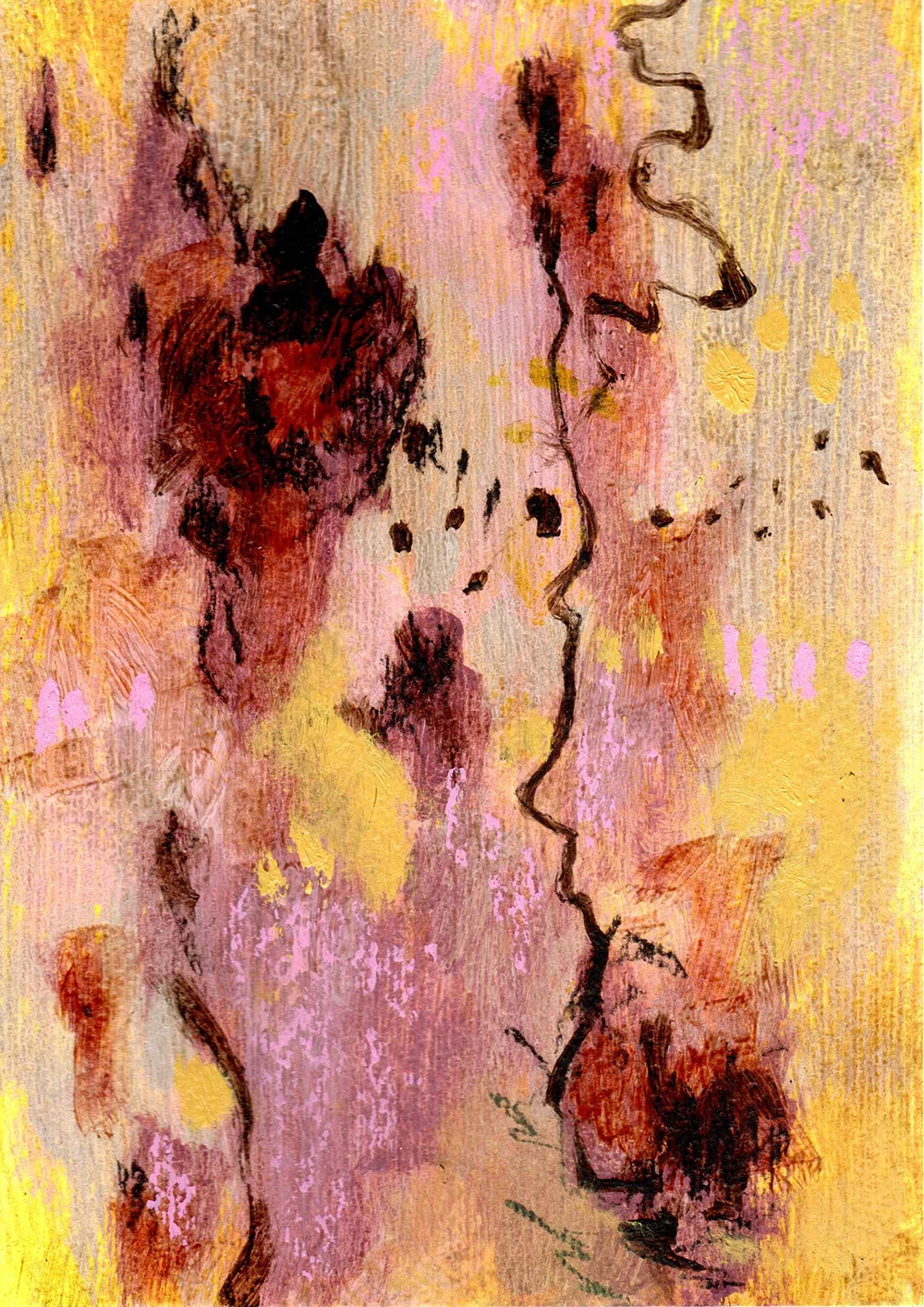
Gumtree 59 2025
Acrylic, pastel and oil on 400 gsm paper
14.8 x 21 cm
$50 (proceeds contribute to Fifteen Trees)
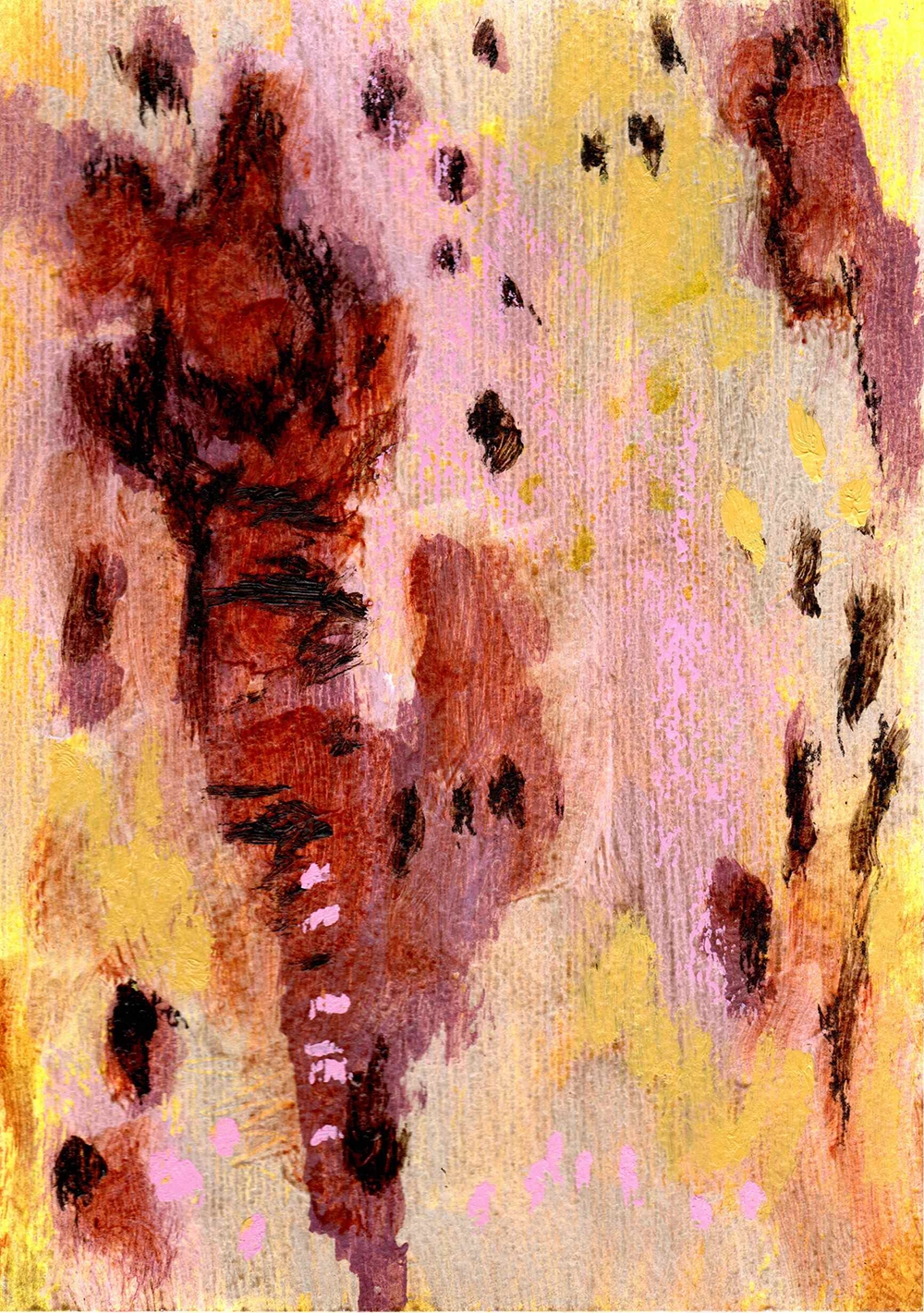
Gumtree 60 2025
Acrylic, pastel and oil on 400 gsm paper
14.8 x 21 cm
$50 (proceeds contribute to Fifteen Trees)
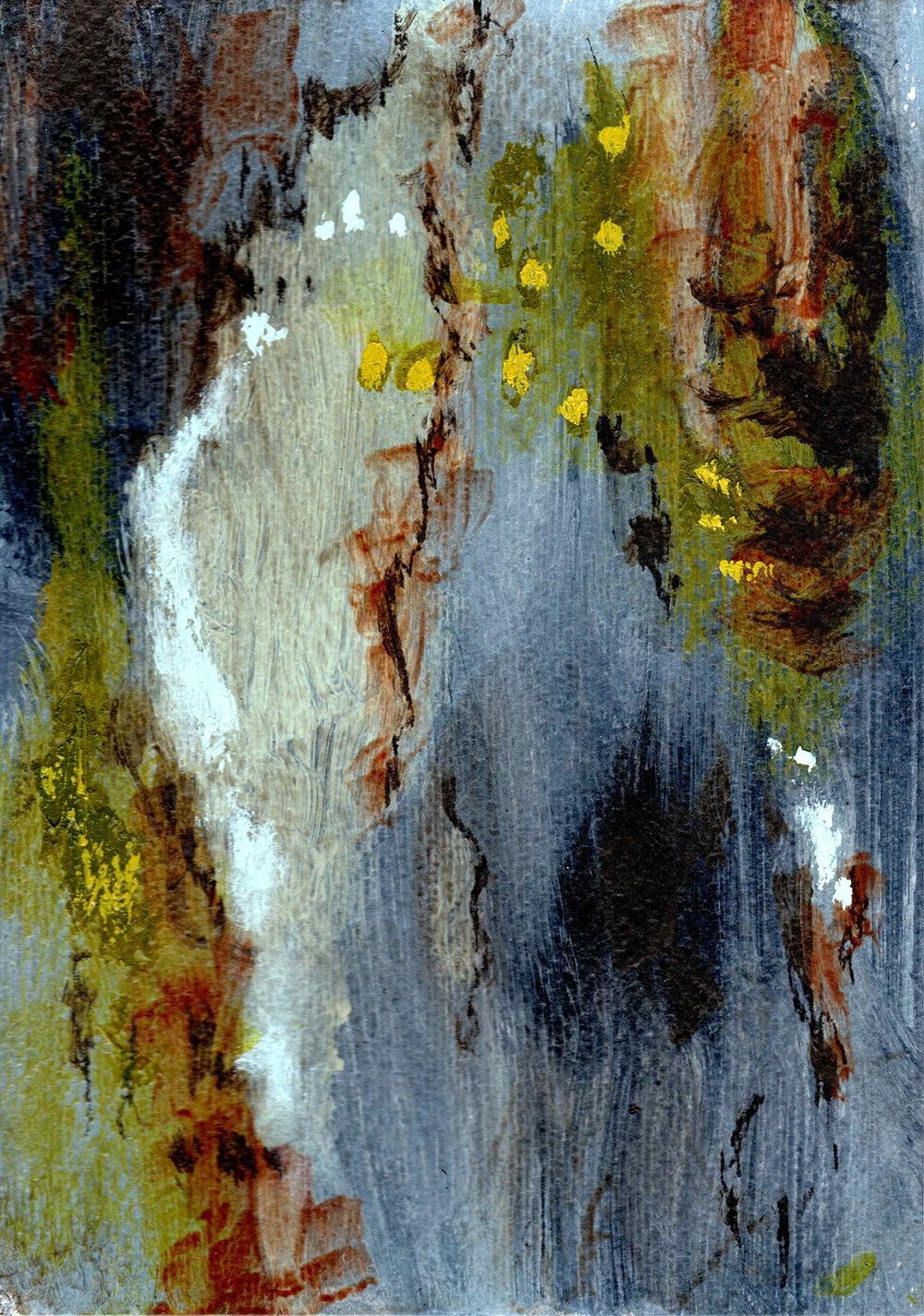 Sold
Sold
Gumtree 61 2025
Acrylic, pastel and oil on 400 gsm paper
14.8 x 21 cm
$50 (proceeds contribute to Fifteen Trees) Sold
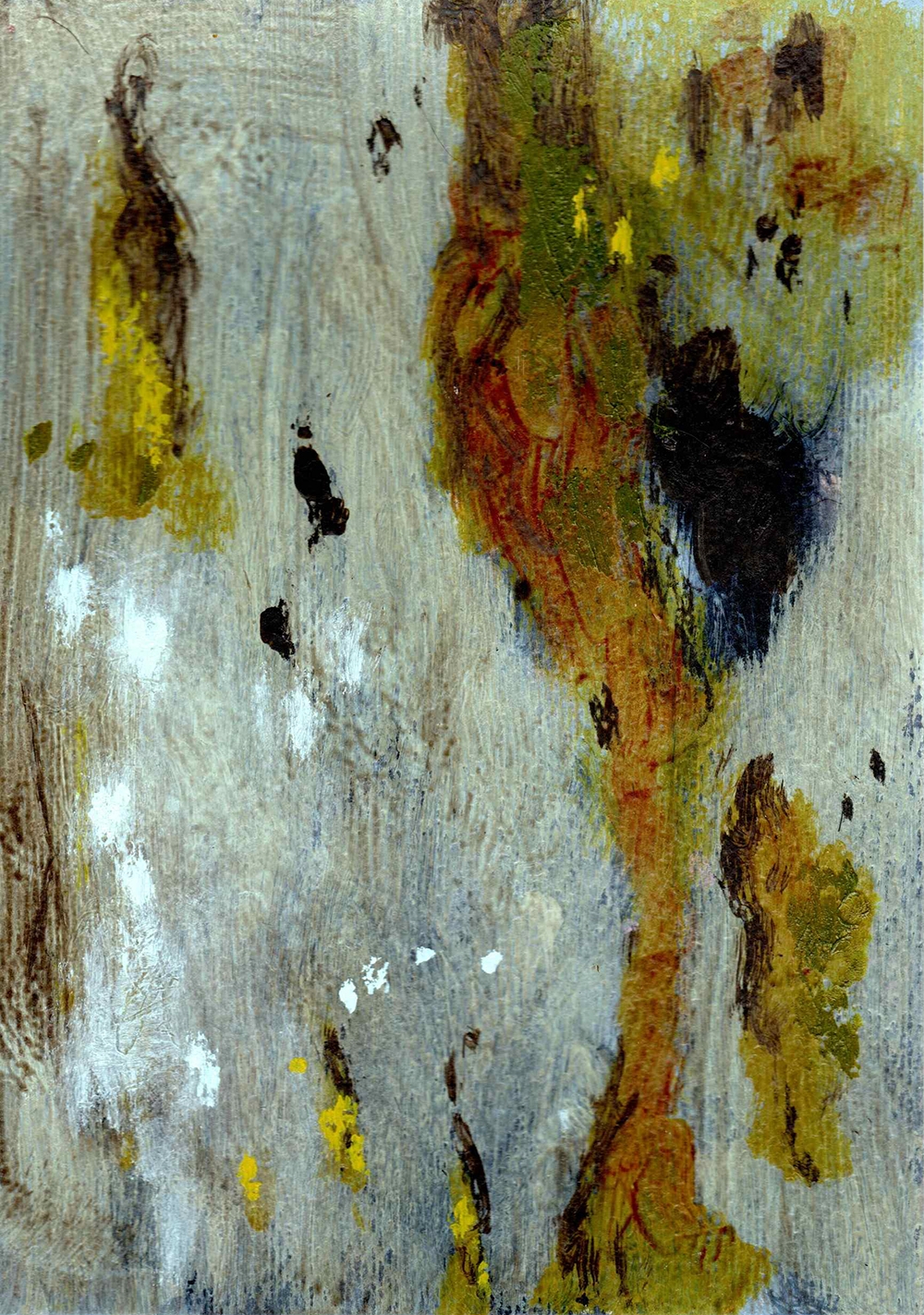 Sold
Sold
Gumtree 62 2025
Acrylic, pastel and oil on 400 gsm paper
14.8 x 21 cm
$50 (proceeds contribute to Fifteen Trees) Sold
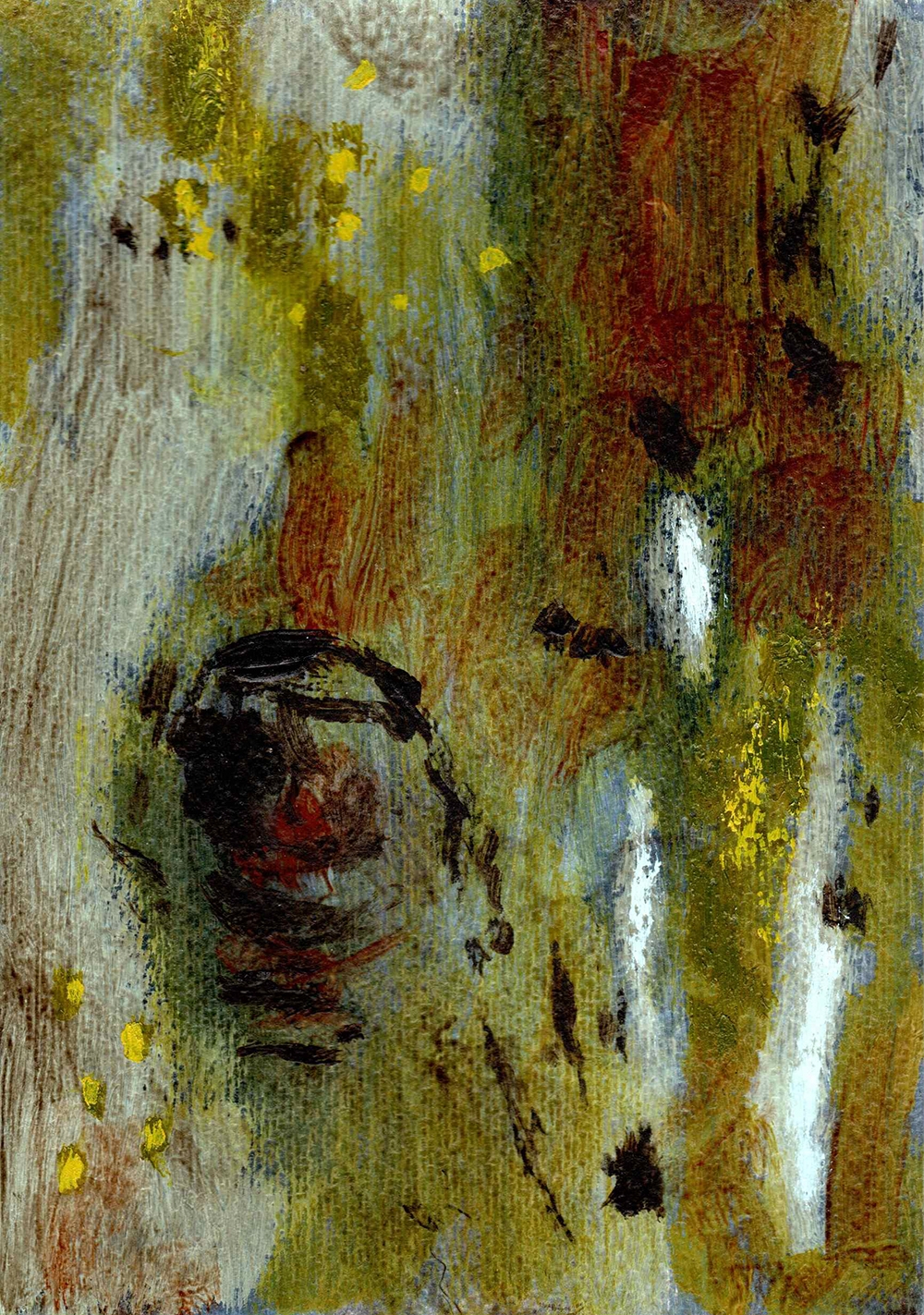 Sold
Sold
Gumtree 63 2025
Acrylic, pastel and oil on 400 gsm paper
14.8 x 21 cm
$50 (proceeds contribute to Fifteen Trees) Sold
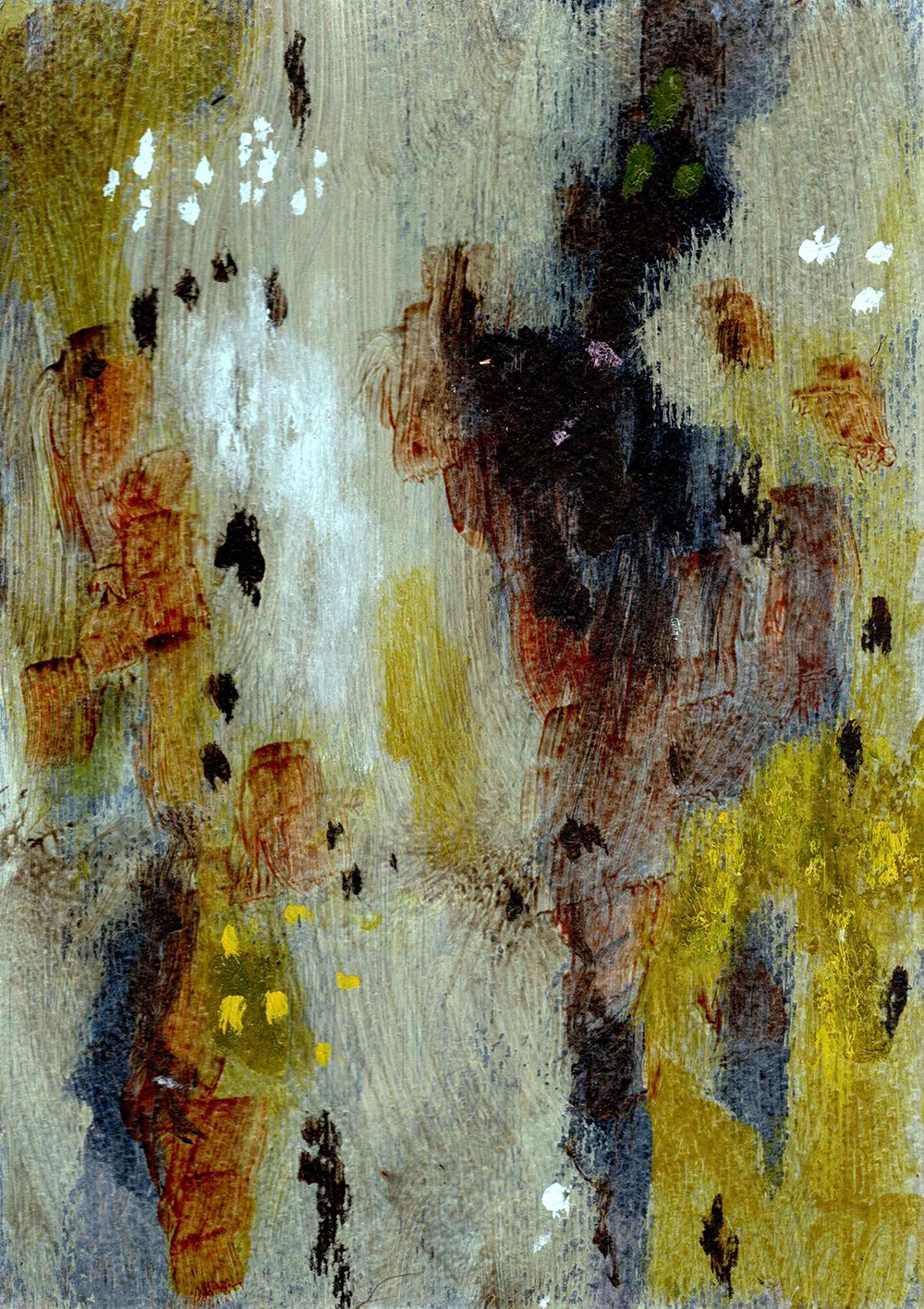 Sold
Sold
Gumtree 64 2025
Acrylic, pastel and oil on 400 gsm paper
14.8 x 21 cm
$50 (proceeds contribute to Fifteen Trees) Sold
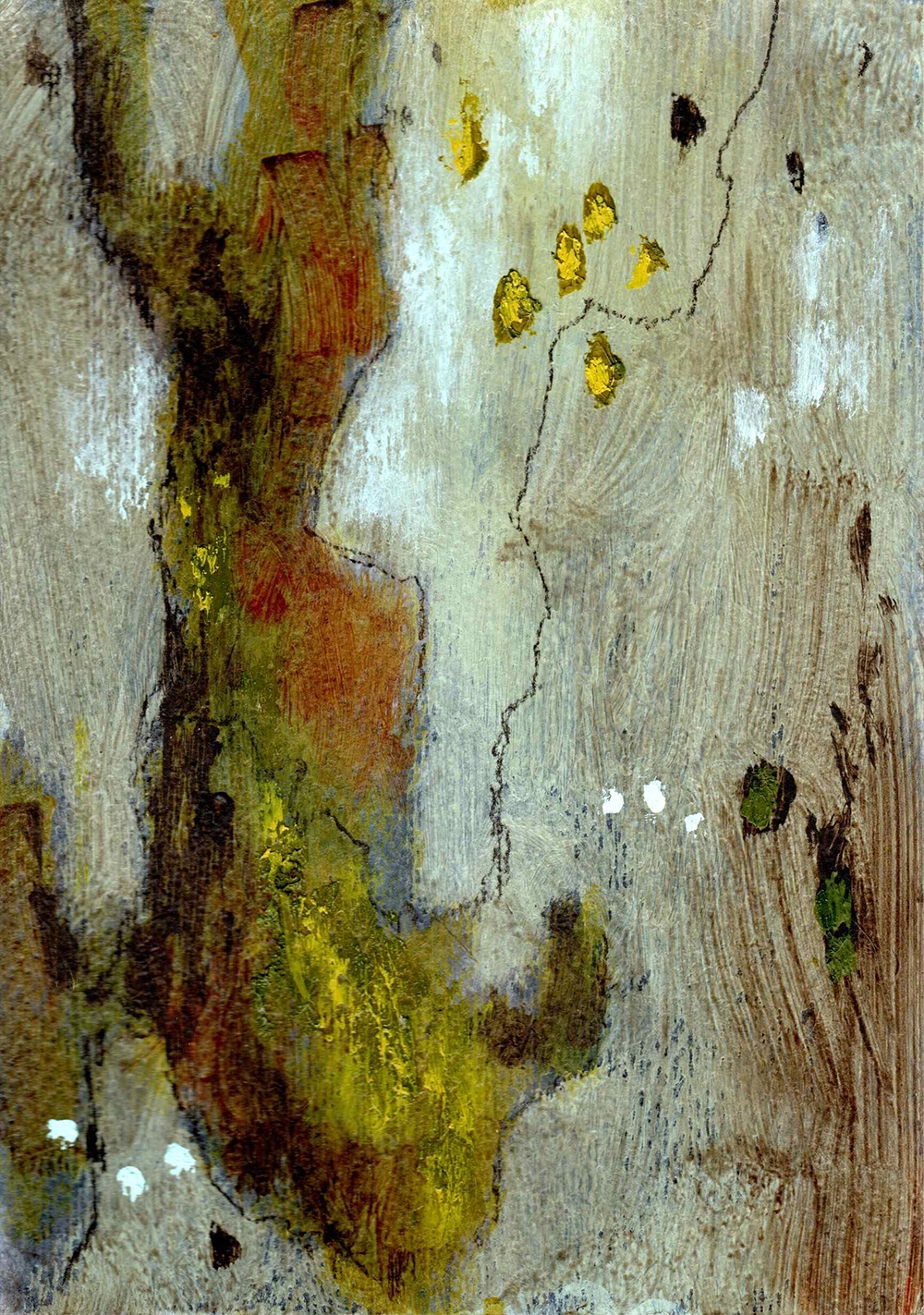 Sold
Sold
Gumtree 65 2025
Acrylic, pastel and oil on 400 gsm paper
14.8 x 21 cm
$50 (proceeds contribute to Fifteen Trees) Sold
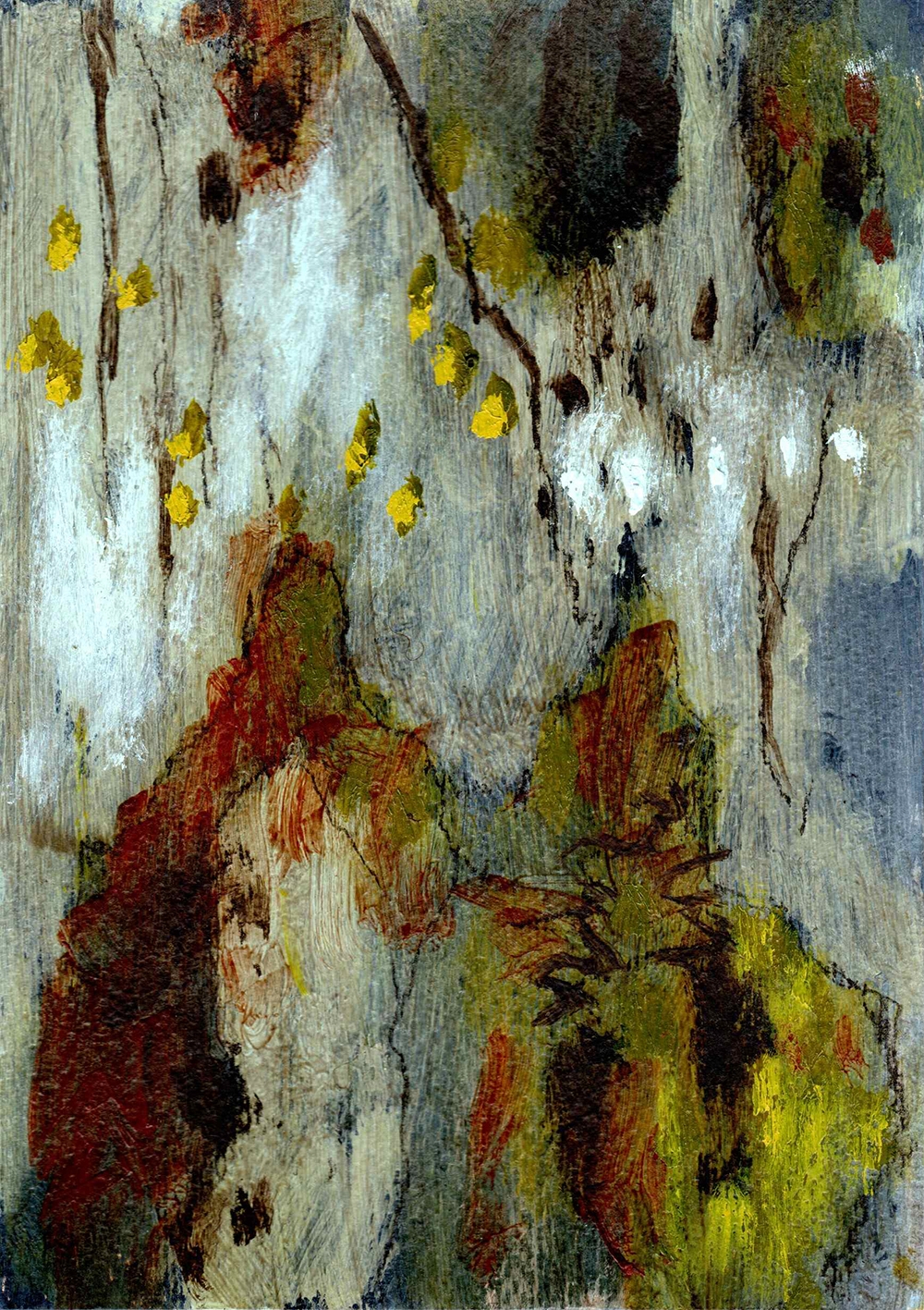 Sold
Sold
Gumtree 66 2025
2025
14.8 x 21 cm
$50 (proceeds contribute to Fifteen Trees) Sold
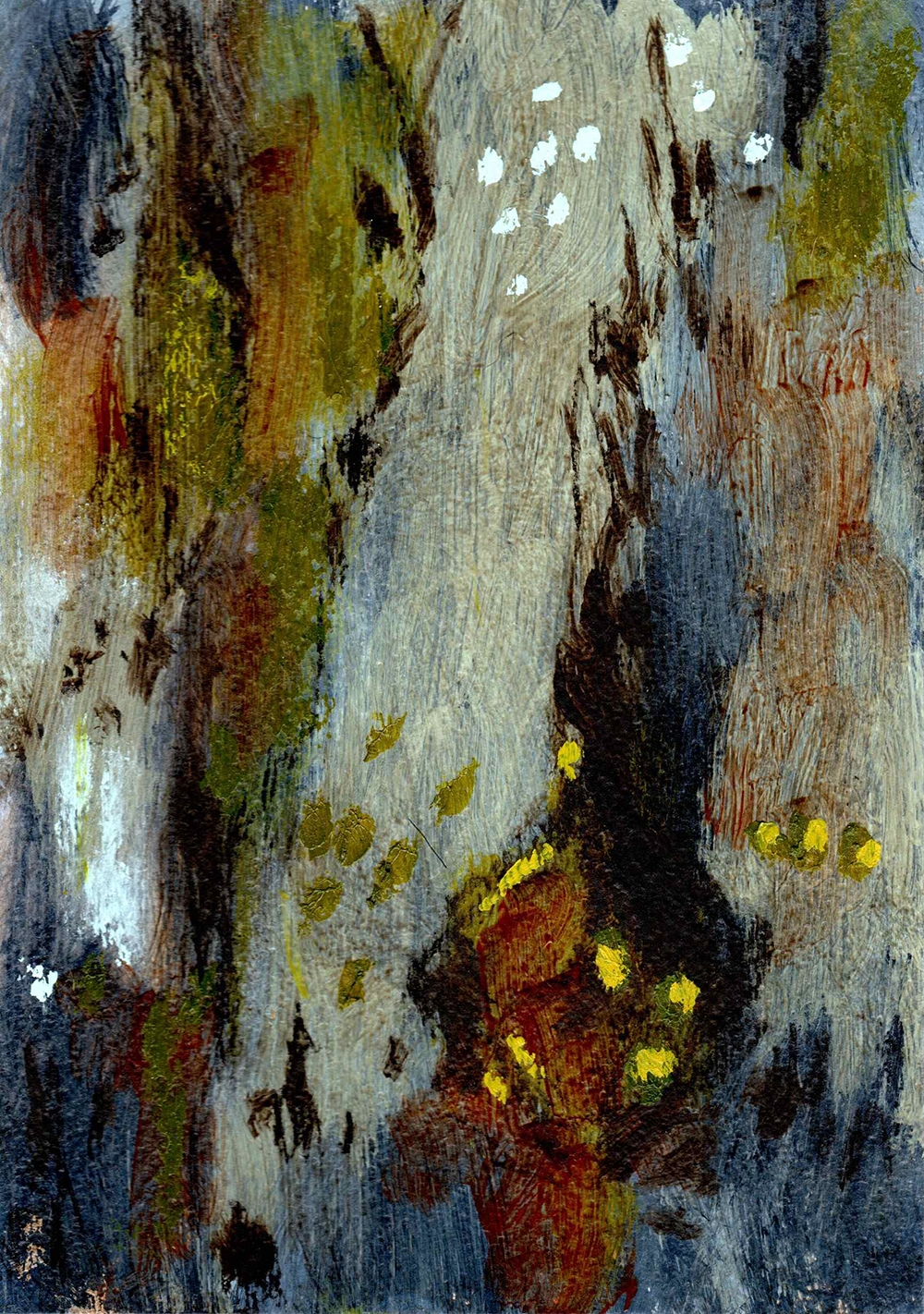 Sold
Sold
Gumtree 67 2025
Acrylic, pastel and oil on 400 gsm paper
14.8 x 21 cm
$50 (proceeds contribute to Fifteen Trees) Sold
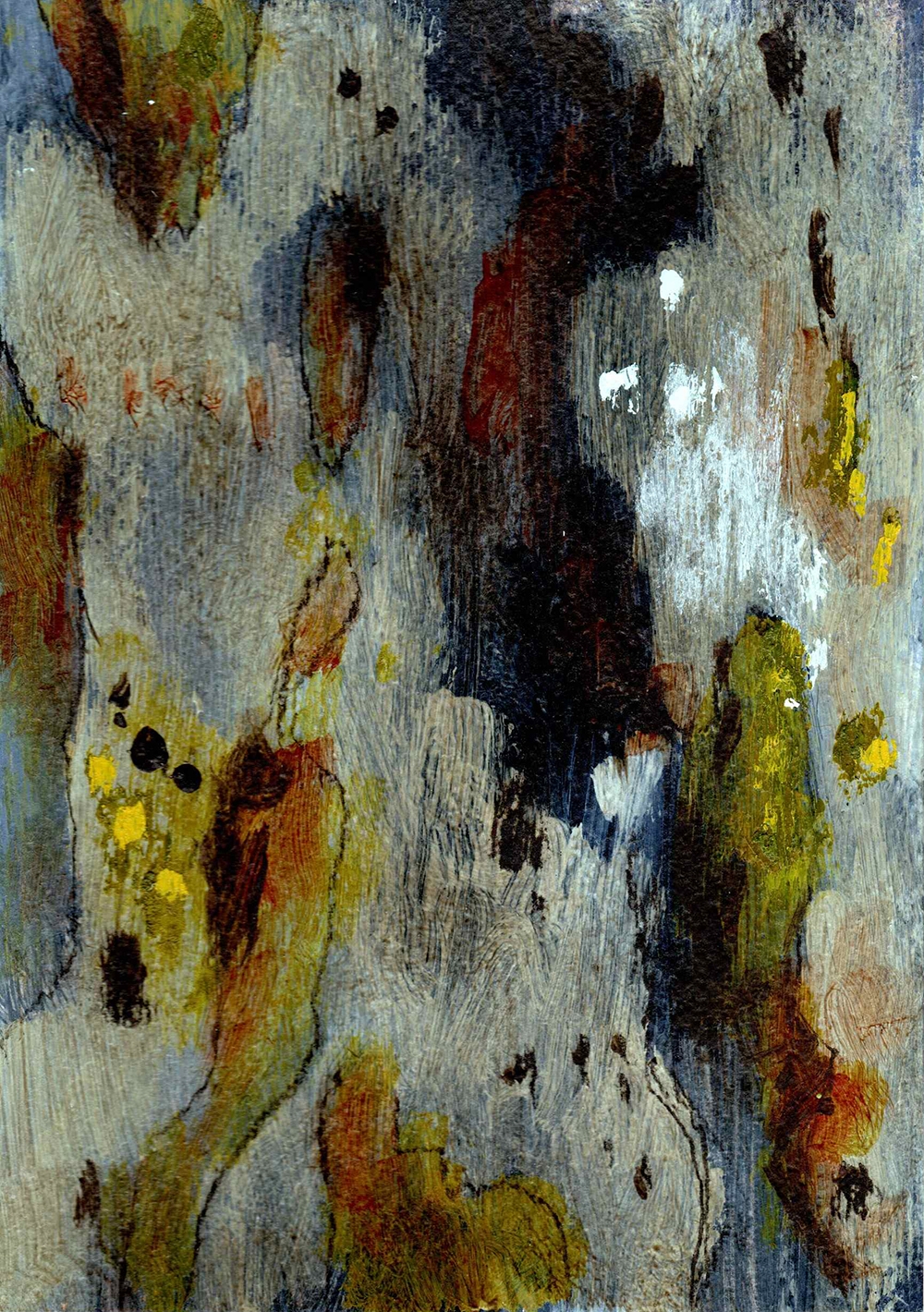 Sold
Sold
Gumtree 68
Acrylic, pastel and oil on 400 gsm paper
14.8 x 21 cm
$50 (proceeds contribute to Fifteen Trees) Sold
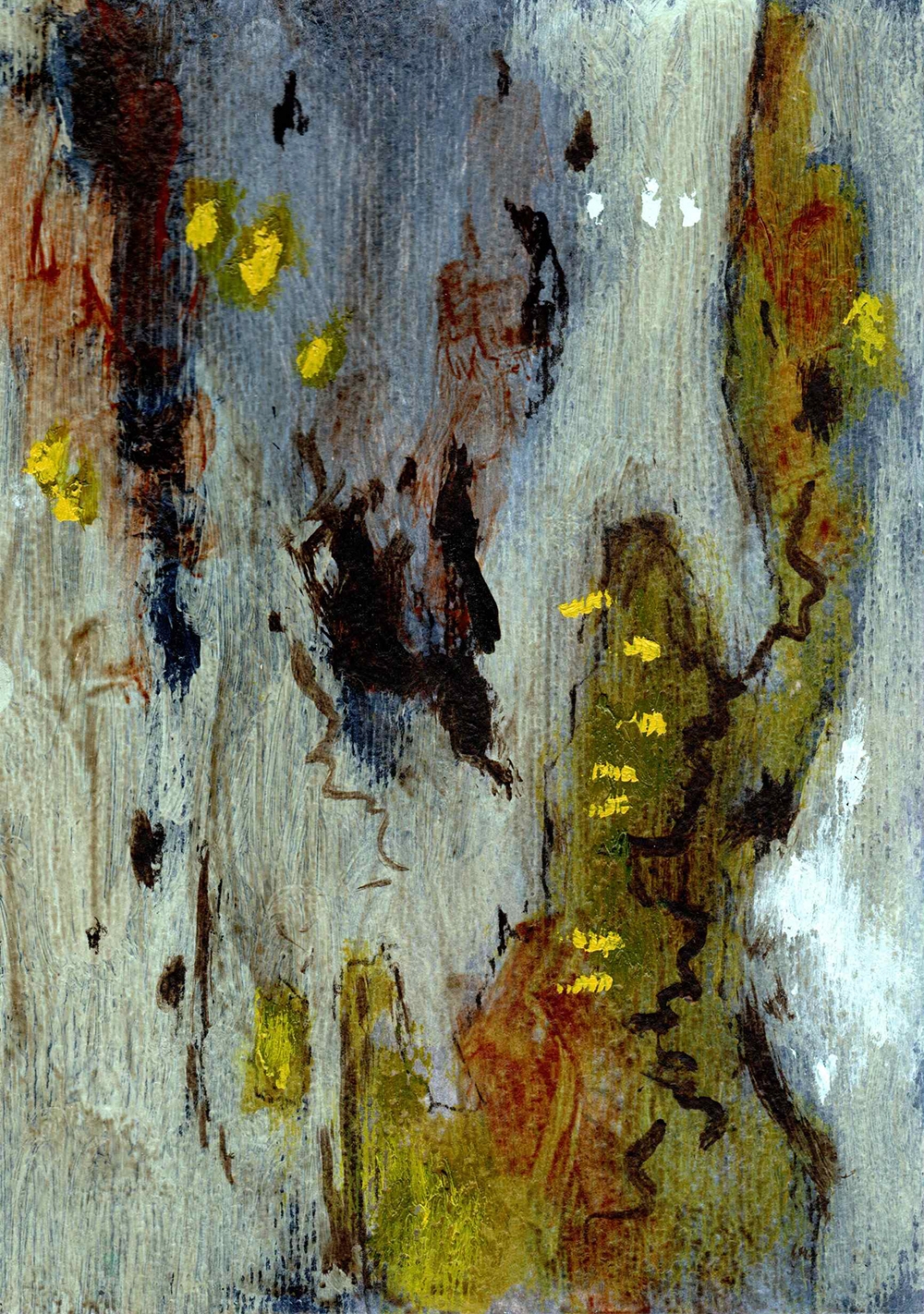 Sold
Sold
Gumtree 69
Acrylic, pastel and oil on 400 gsm paper
14.8 x 21 cm
$50 (proceeds contribute to Fifteen Trees) Sold
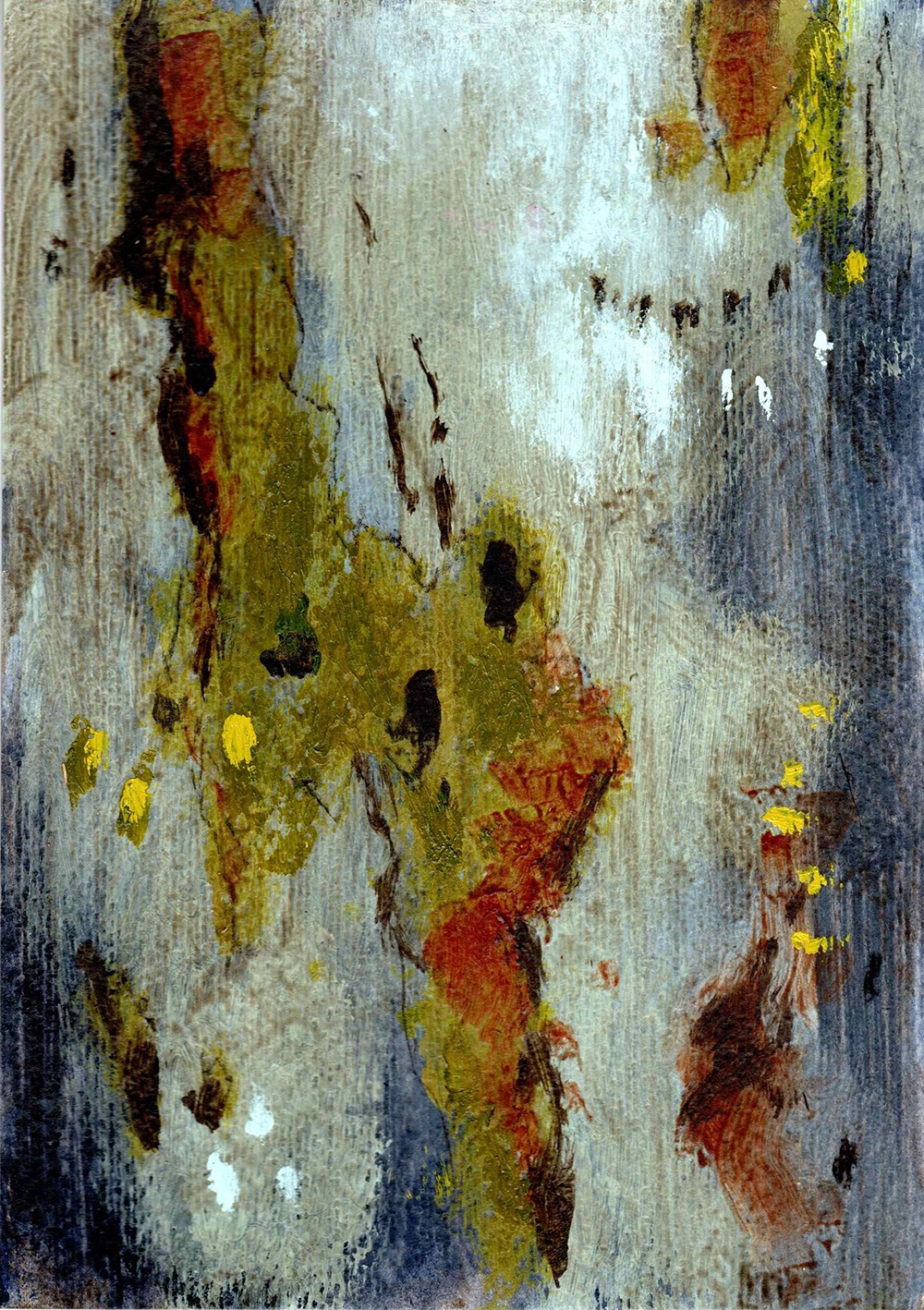 Sold
Sold
Gumtree 70 2025
Acrylic, pastel and oil on 400 gsm paper
14.8 x 21 cm
$50 (proceeds contribute to Fifteen Trees) Sold
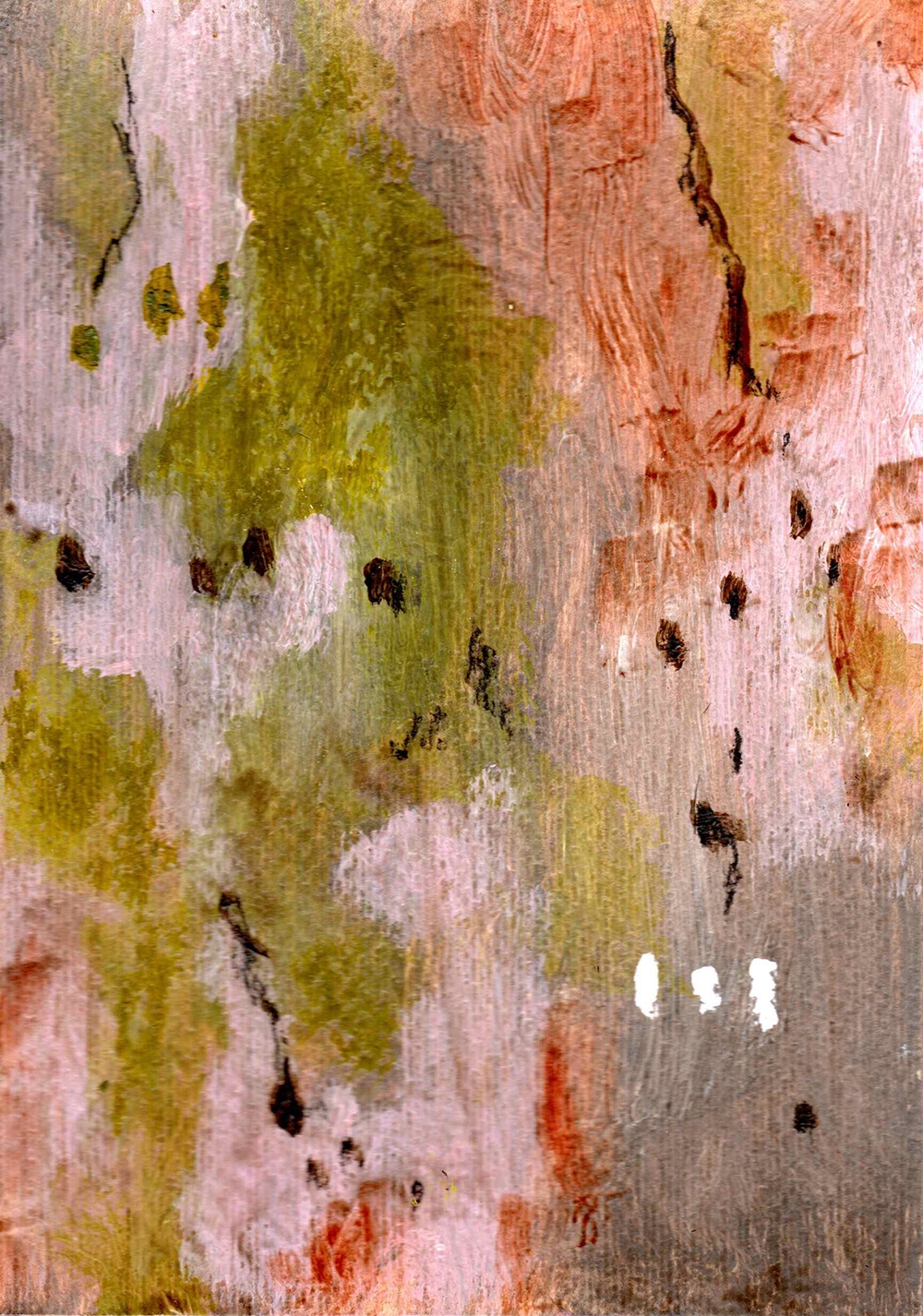
Gumtree 71 2025
Acrylic, pastel and oil on 400 gsm paper
14.8 x 21 cm
$50 (proceeds contribute to Fifteen Trees)
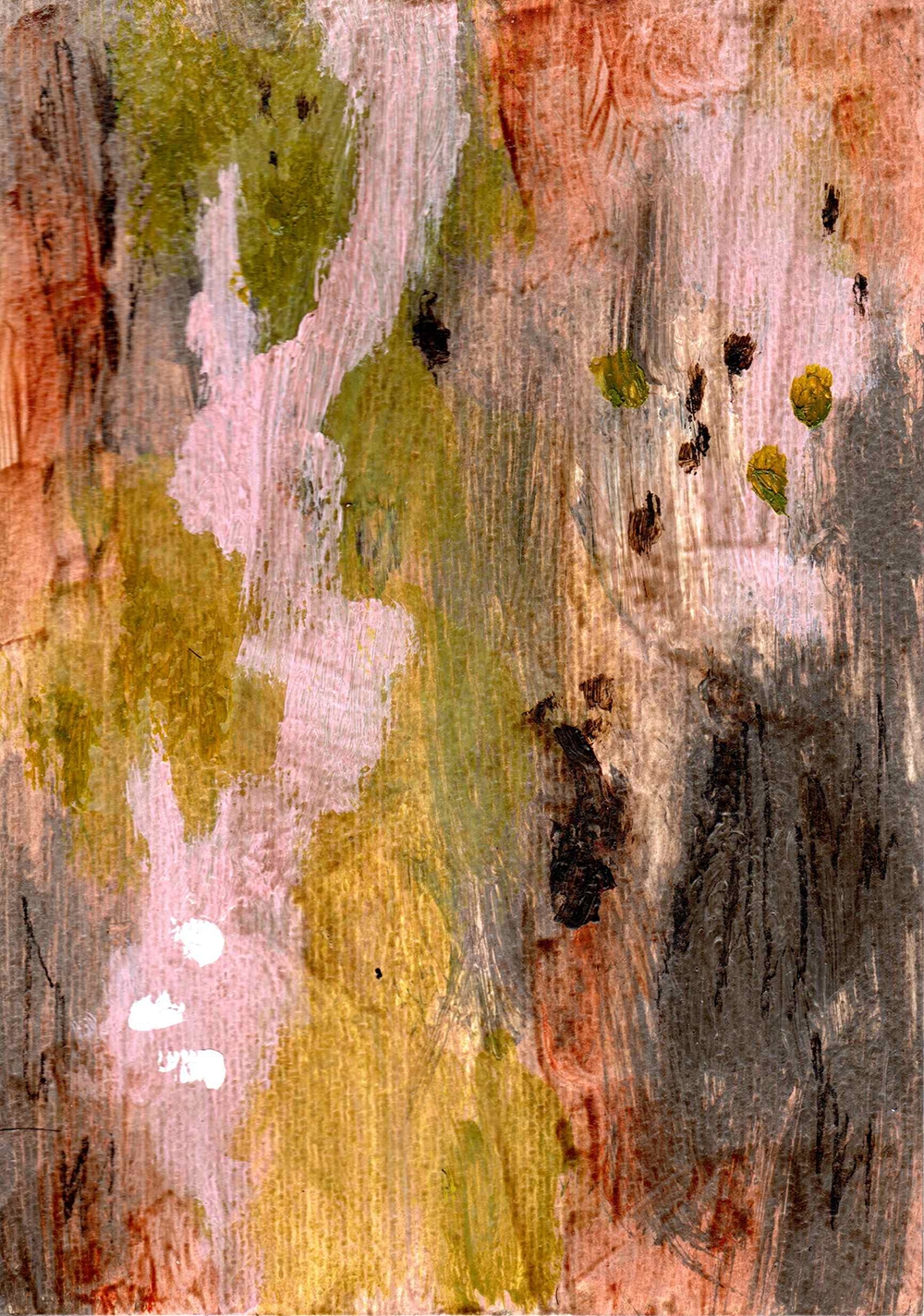
Gumtree 72 2025
Acrylic, pastel and oil on 400 gsm paper
14.8 x 21 cm
$50 (proceeds contribute to Fifteen Trees)
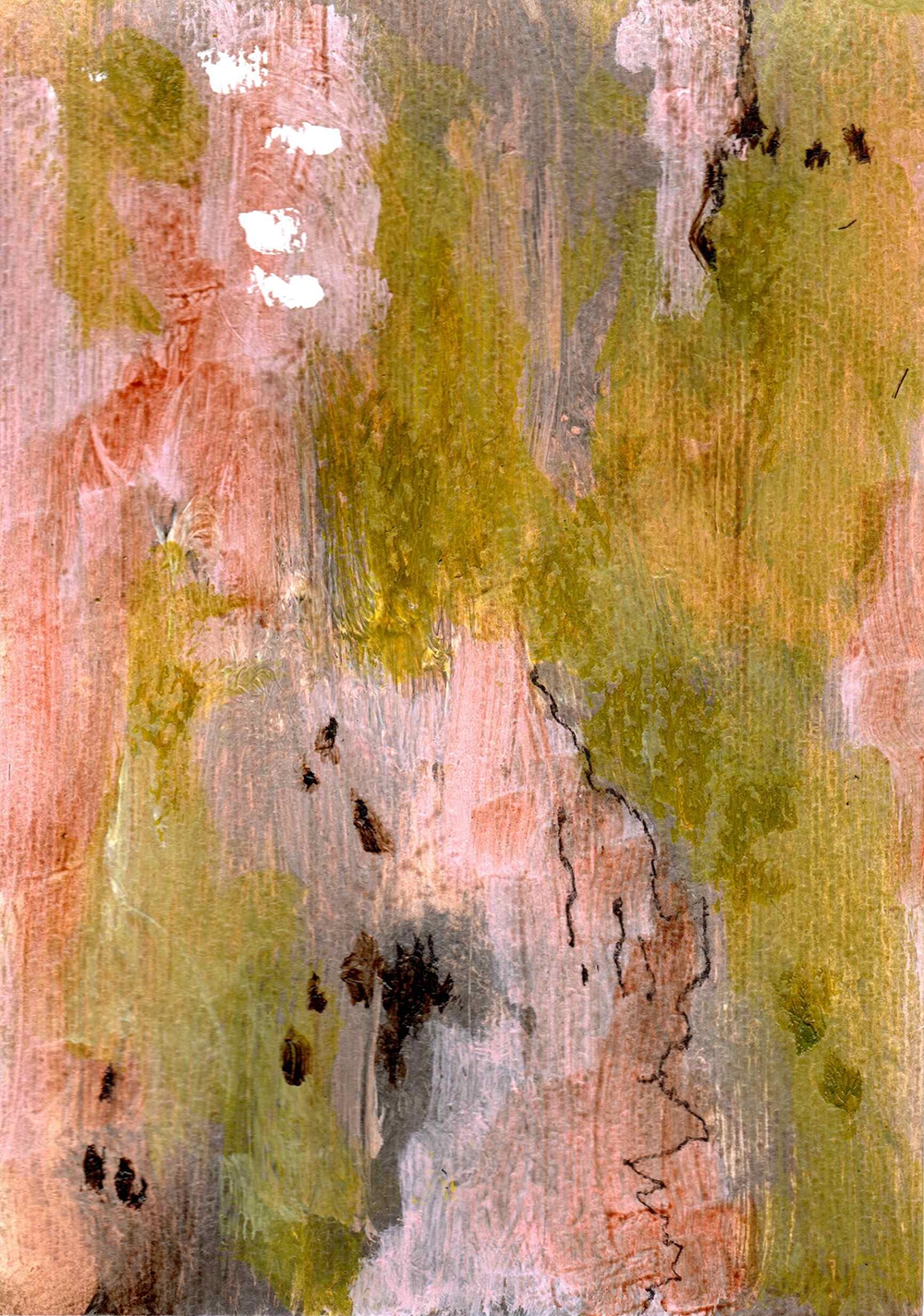 Sold
Sold
Gumtree 73 2025
Acrylic, pastel and oil on 400 gsm paper
14.8 x 21 cm
$50 (proceeds contribute to Fifteen Trees) Sold
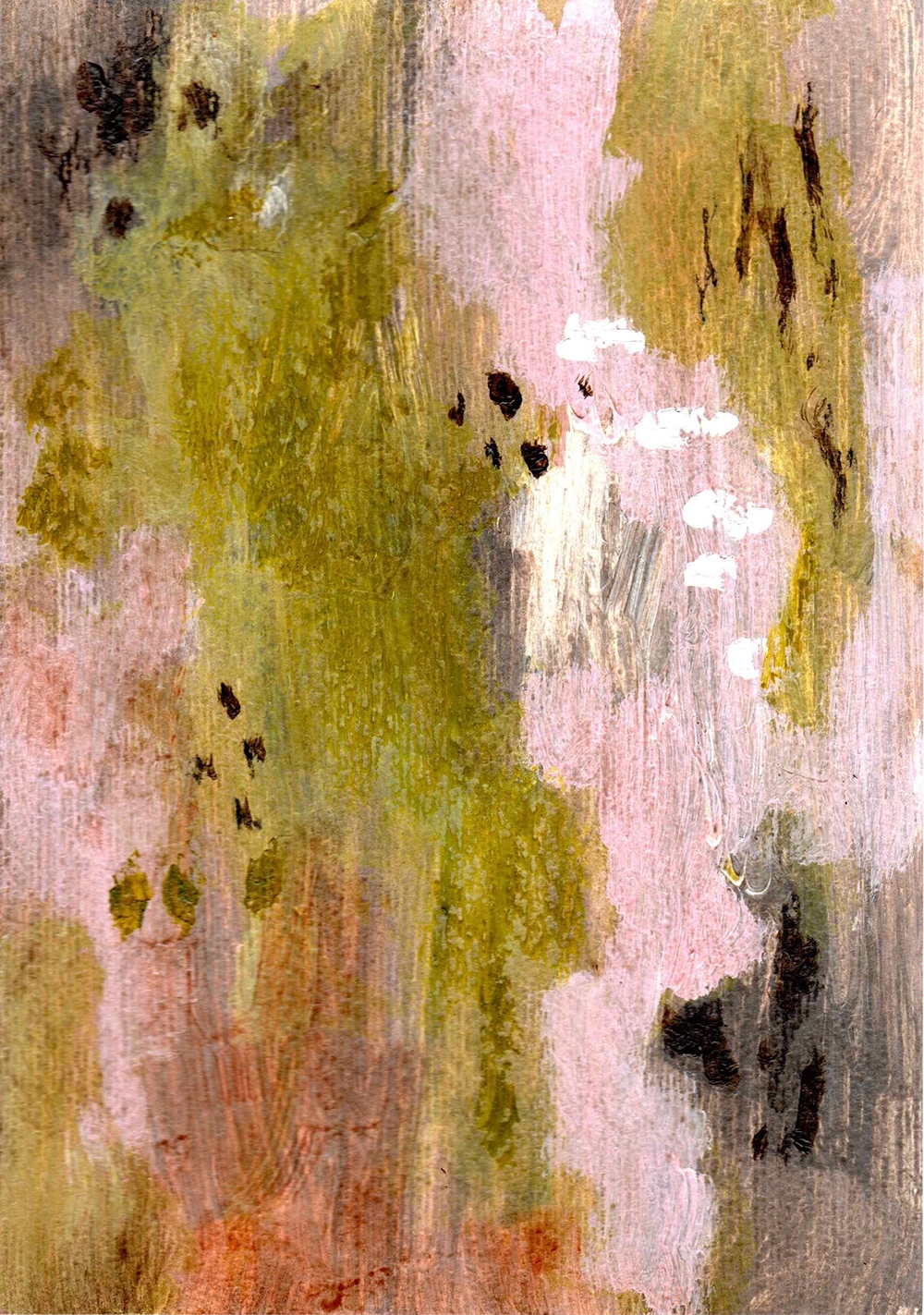
Gumtree 74 2025
Acrylic, pastel and oil on 400 gsm paper
14.8 x 21 cm
$50 (proceeds contribute to Fifteen Trees)
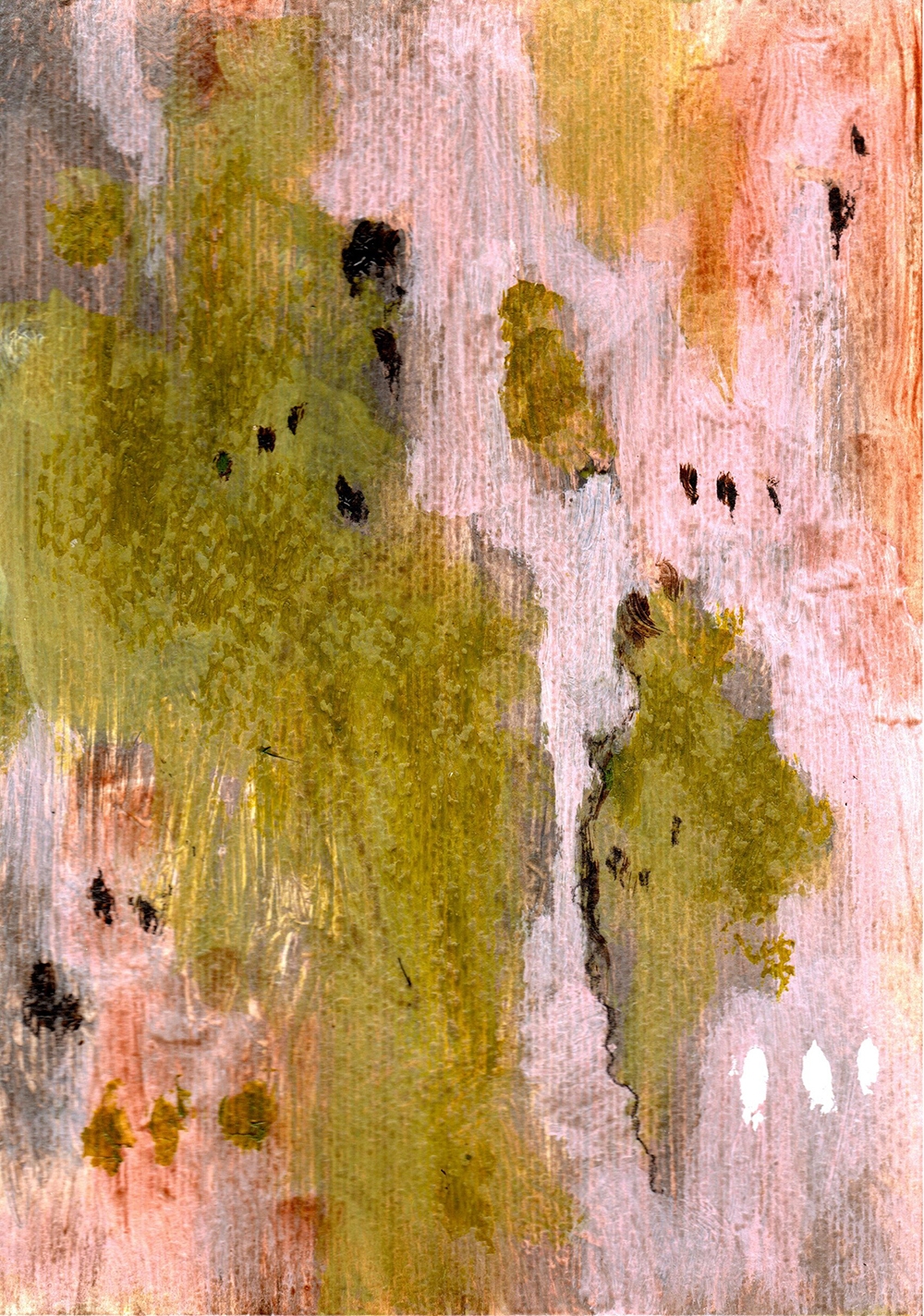
Gumtree 75 2025
Acrylic, pastel and oil on 400 gsm paper
14.8 x 21 cm
$50 (proceeds contribute to Fifteen Trees)
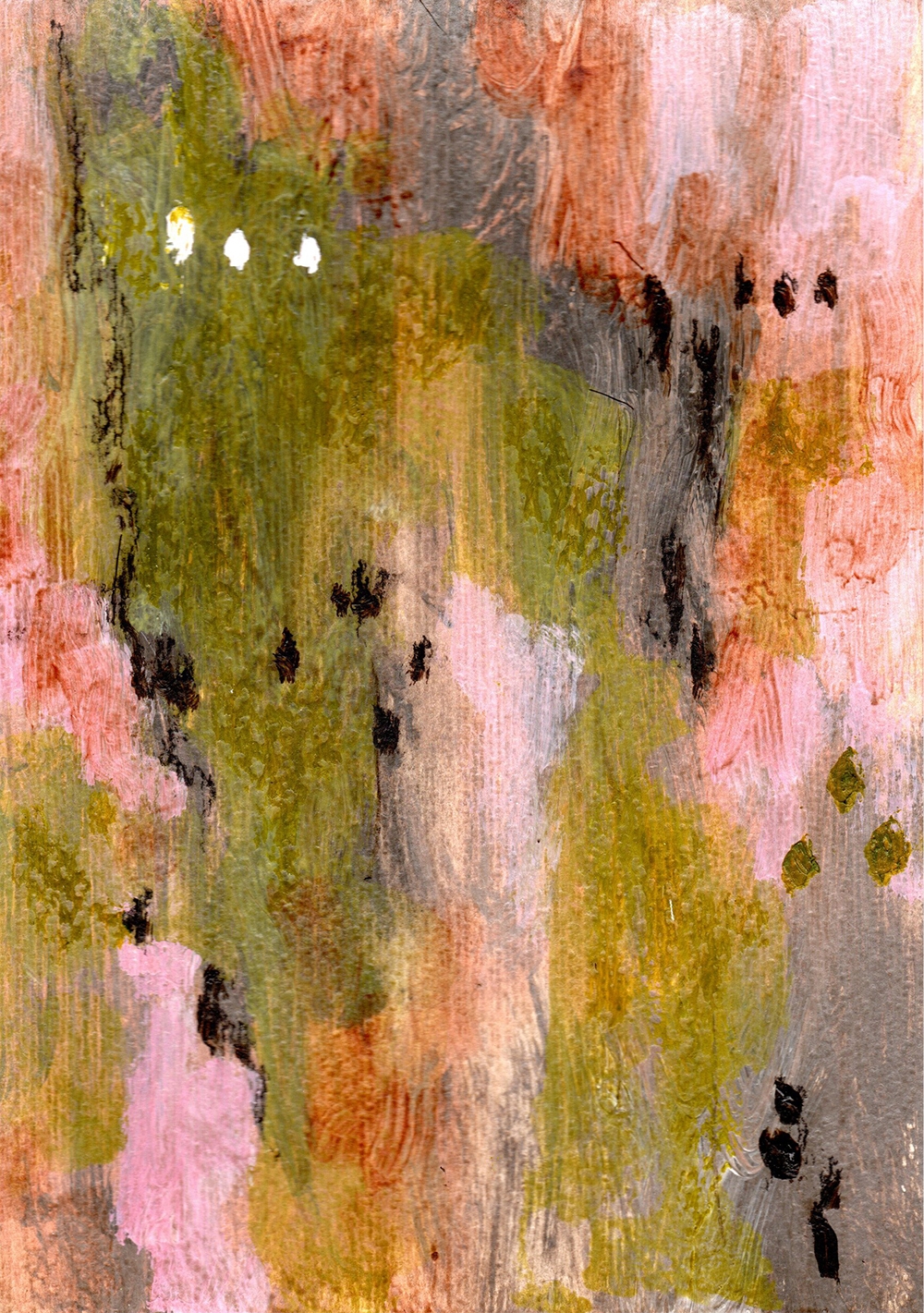 Sold
Sold
Gumtree 76 2025
Acrylic, pastel and oil on 400 gsm paper
14.8 x 21 cm
$50 (proceeds contribute to Fifteen Trees) Sold
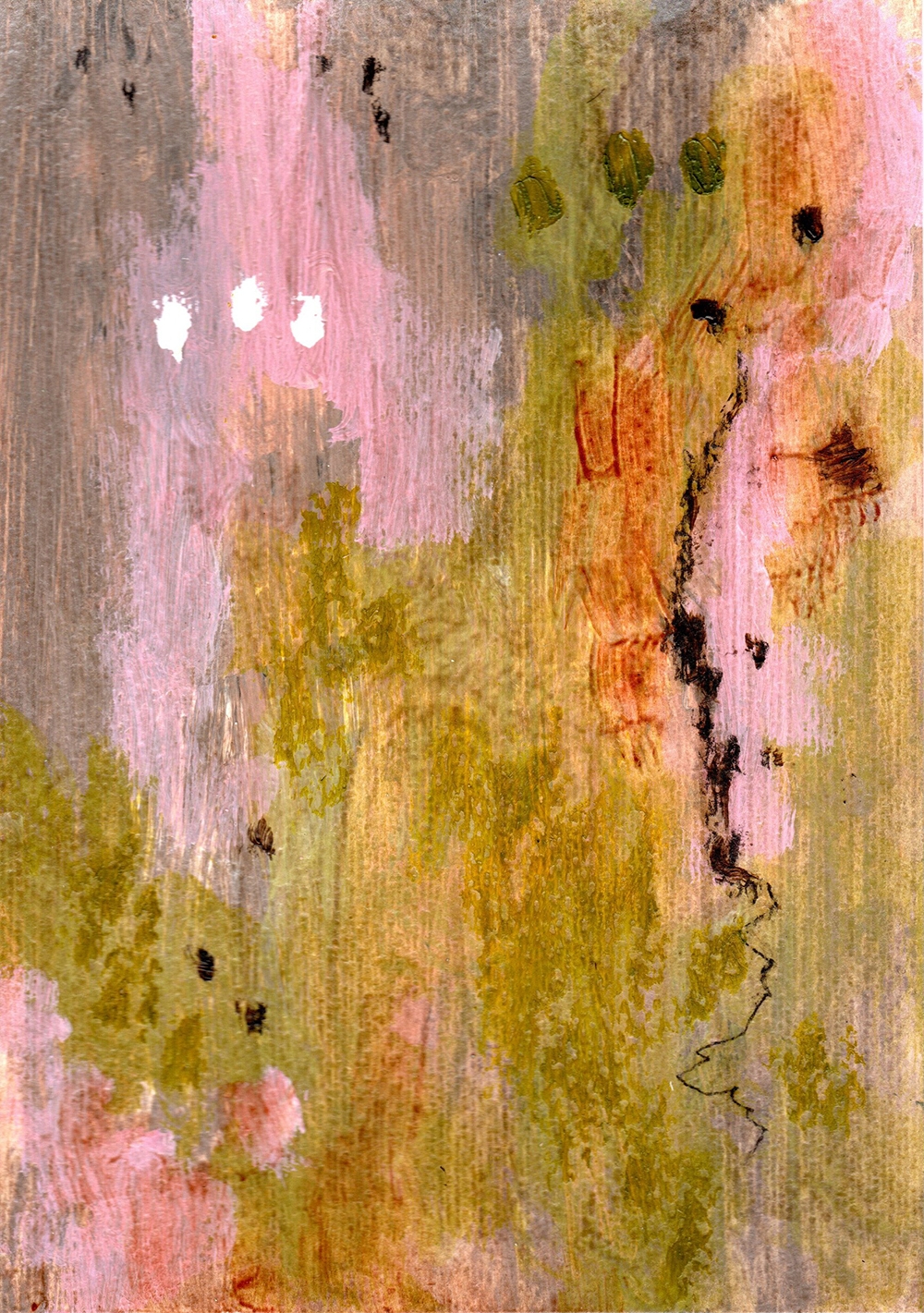 Sold
Sold
Gumtree 77 2025
Acrylic, pastel and oil on 400 gsm paper
14.8 x 21 cm
$50 (proceeds contribute to Fifteen Trees) Sold
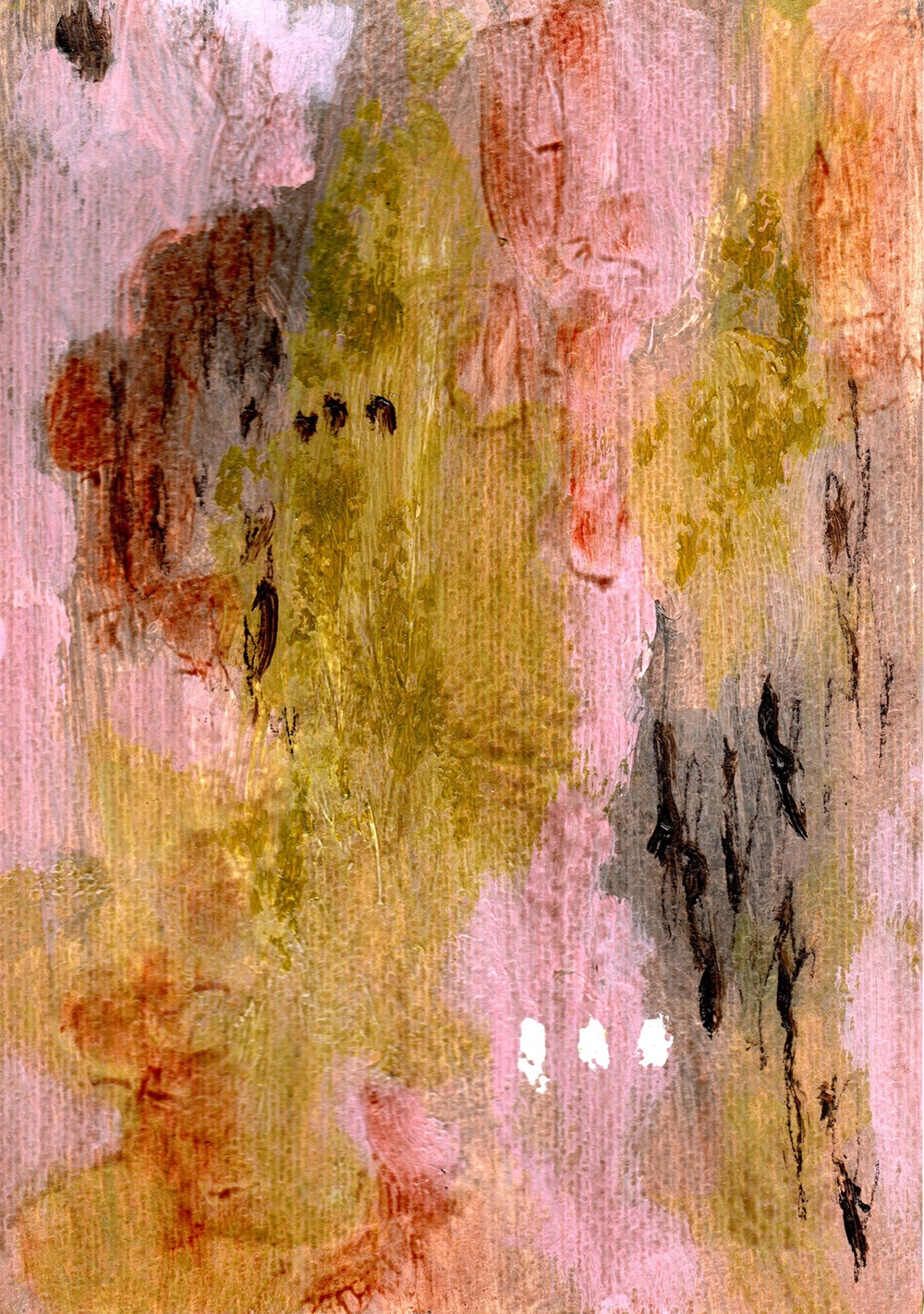 Sold
Sold
Gumtree 78 2025
Acrylic, pastel and oil on 400 gsm paper
14.8 x 21 cm
$50 (proceeds contribute to Fifteen Trees) Sold
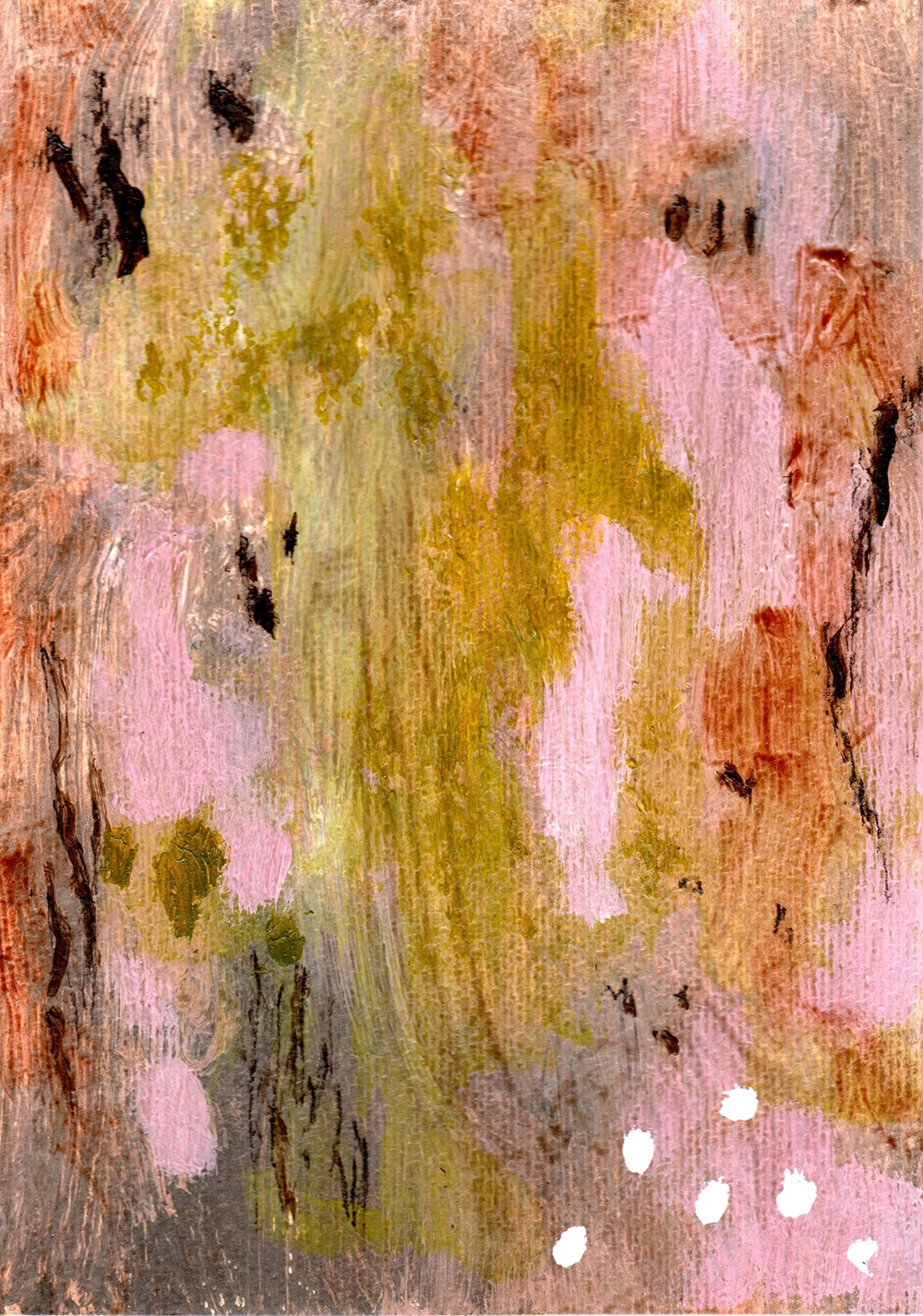
Gumtree 79 2025
Acrylic, pastel and oil on 400 gsm paper
14.8 x 21 cm
$50 (proceeds contribute to Fifteen Trees)
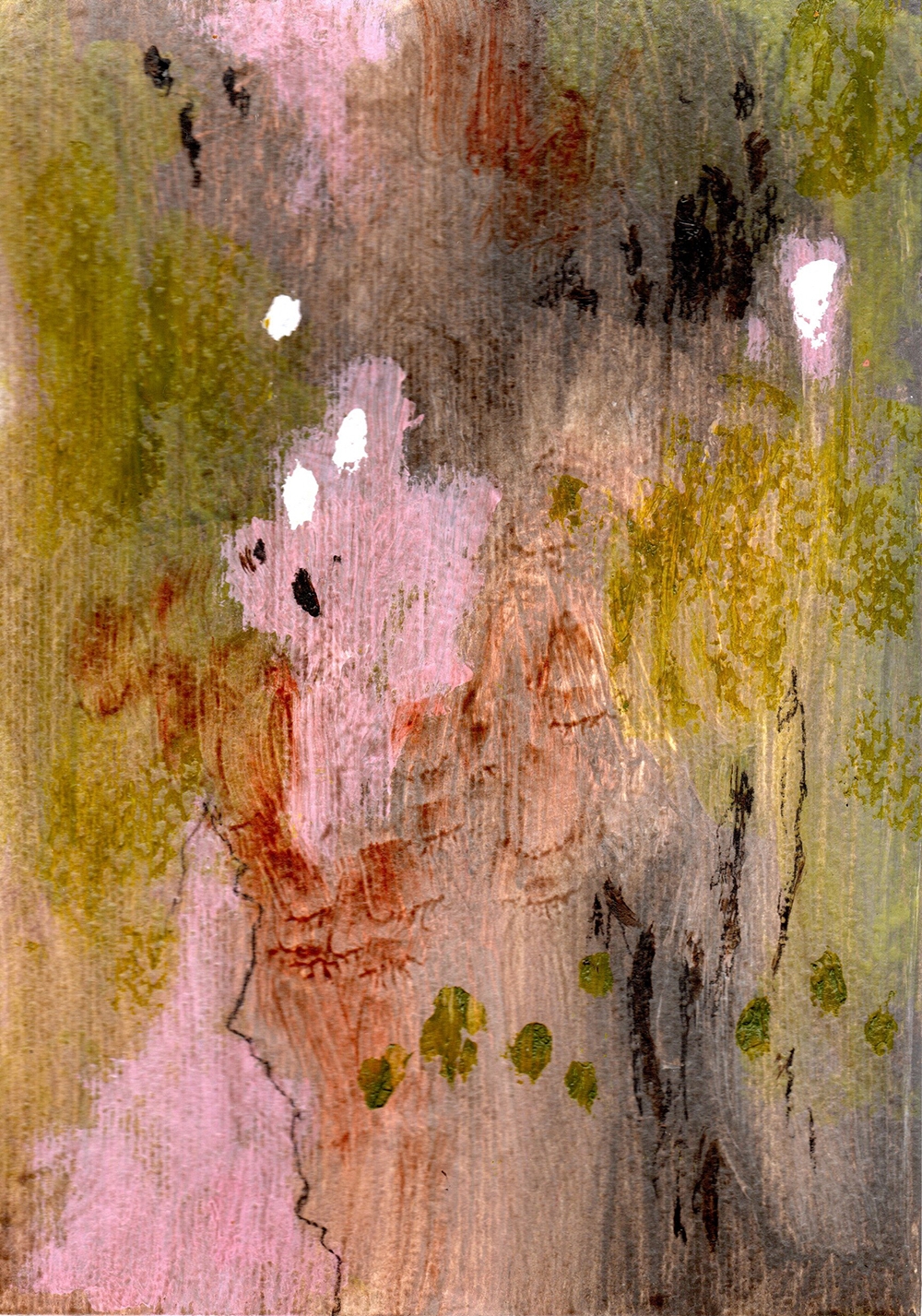 Sold
Sold
Gumtree 80 2025
Acrylic, pastel and oil on 400 gsm paper
14.8 x 21 cm
$50 (proceeds contribute to Fifteen Trees) Sold
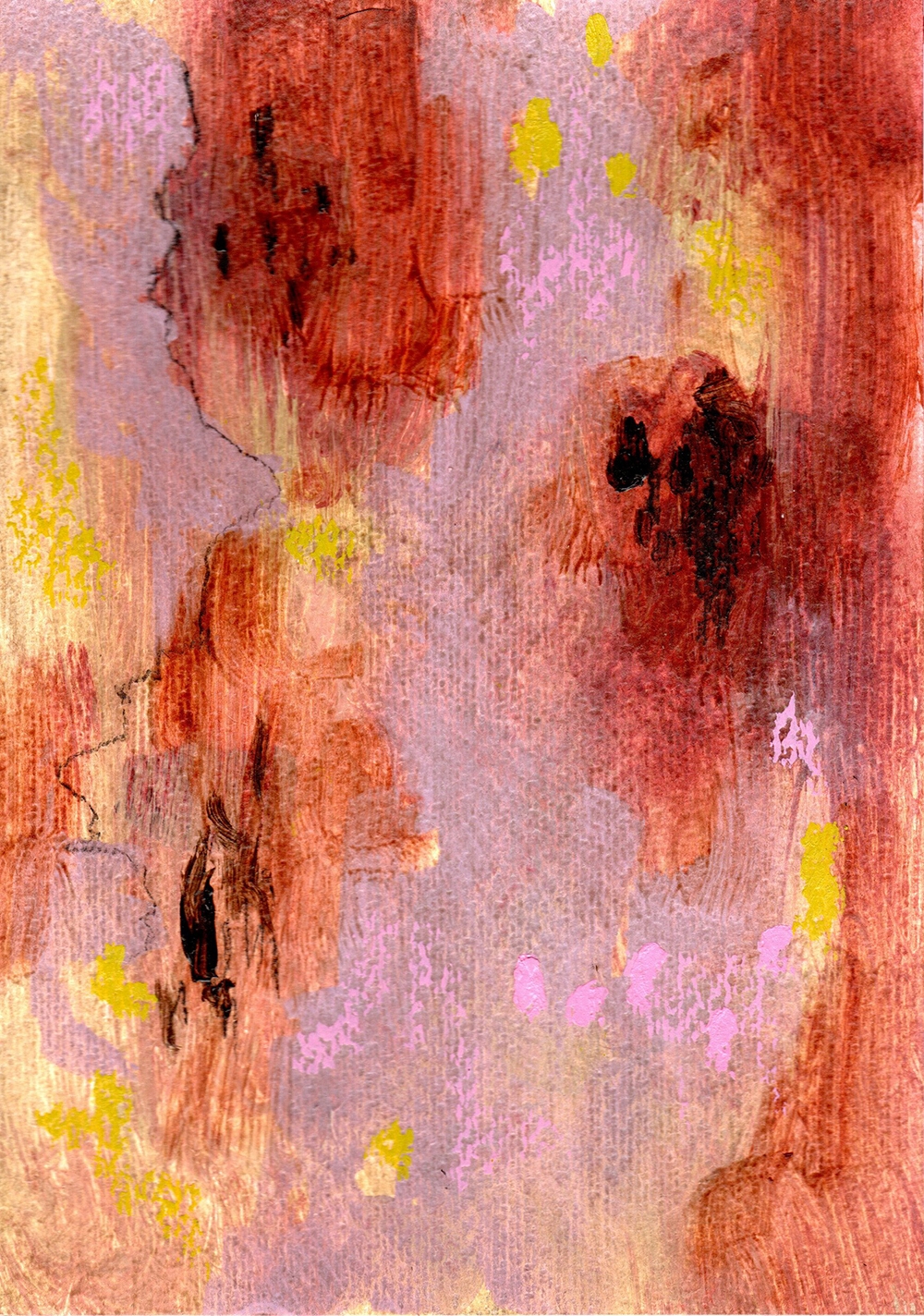
Gumtree 81 2025
Acrylic, pastel and oil on 400 gsm paper
14.8 x 21 cm
$50 (proceeds contribute to Fifteen Trees)
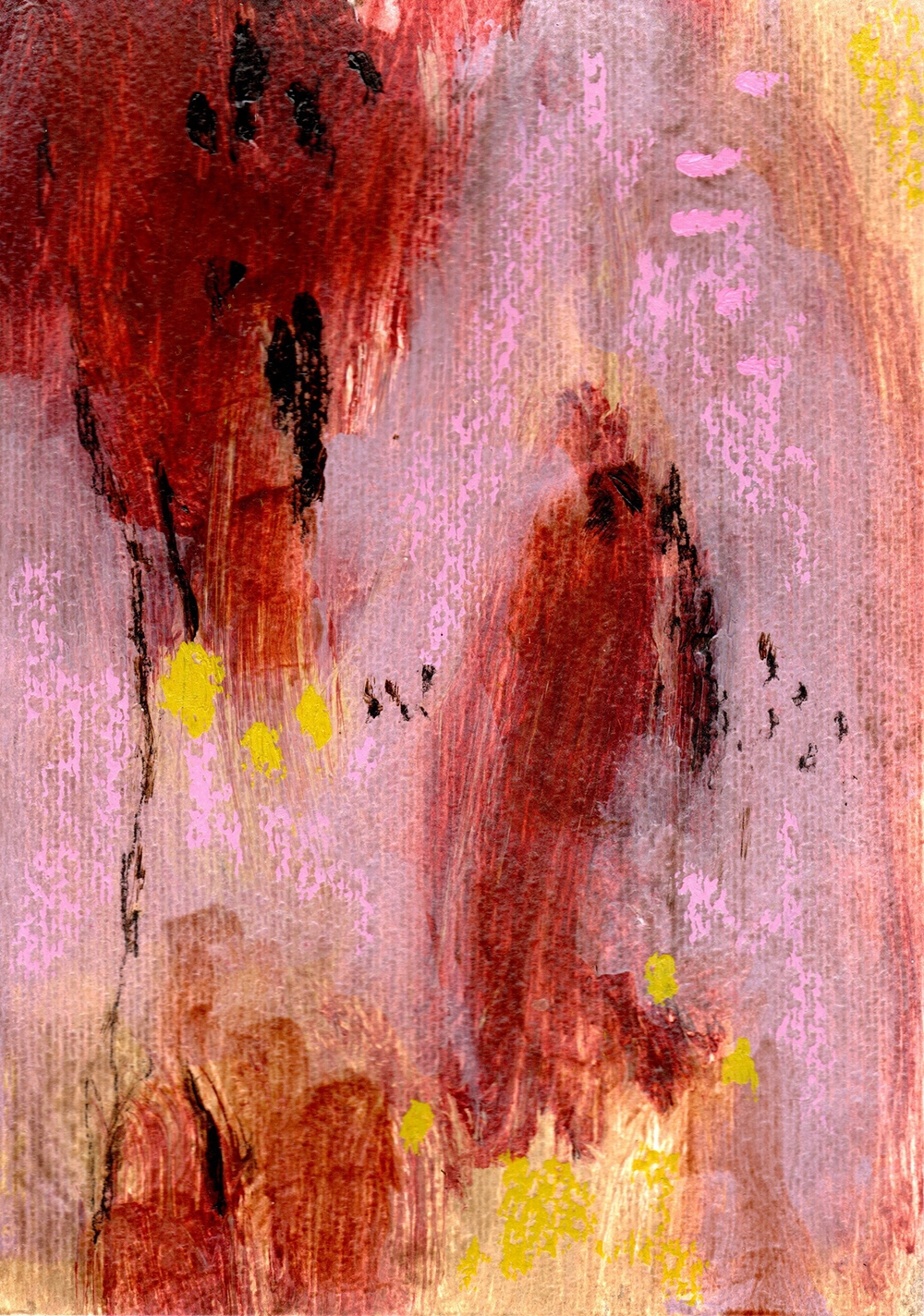
Gumtree 82 2025
Acrylic, pastel and oil on 400 gsm paper
14.8 x 21 cm
$50 (proceeds contribute to Fifteen Trees)
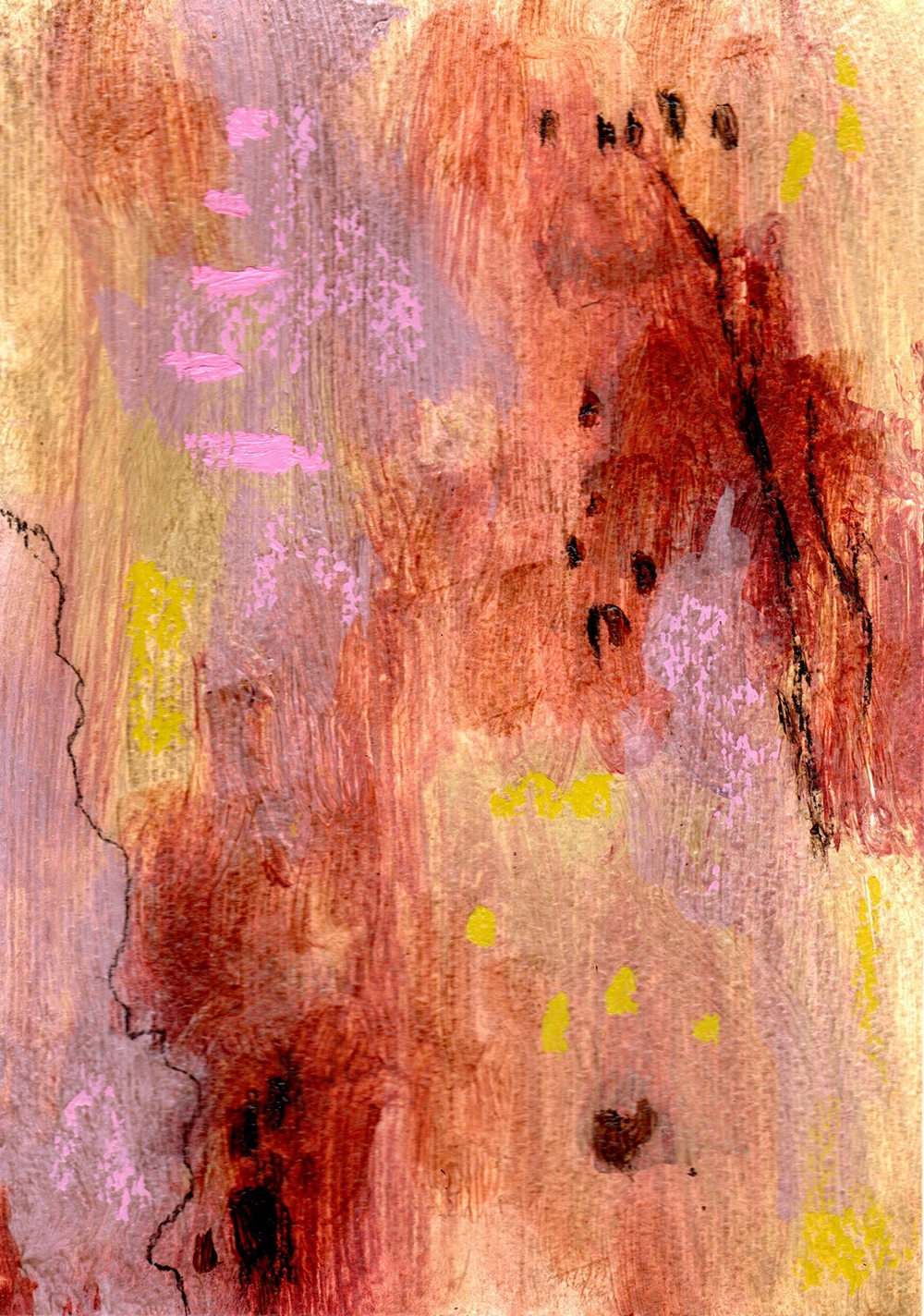
Gumtree 83 2025
Acrylic, pastel and oil on 400 gsm paper
14.8 x 21 cm
$50 (proceeds contribute to Fifteen Trees)
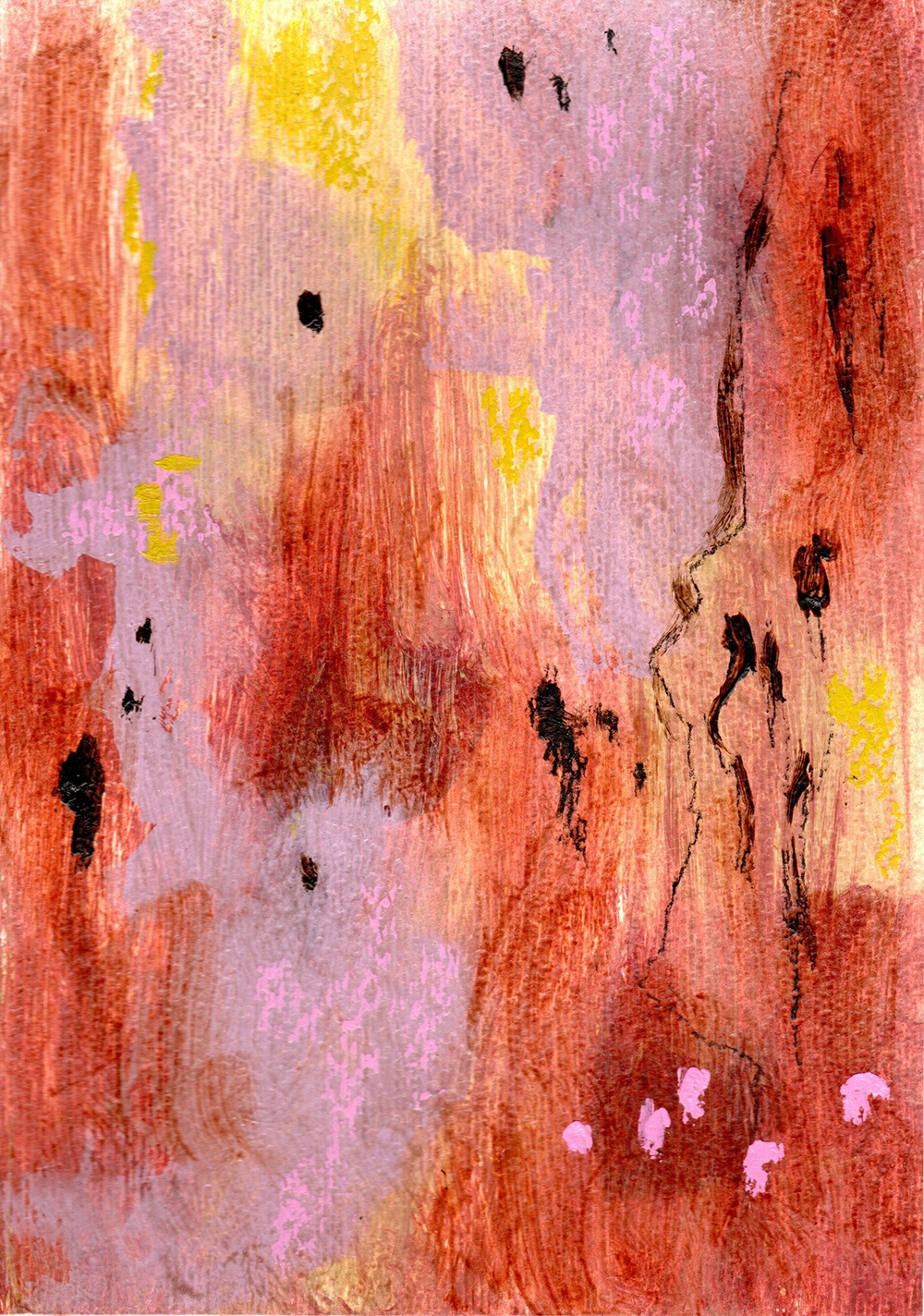
Gumtree 84 2025
Acrylic, pastel and oil on 400 gsm paper
14.8 x 21 cm
$50 (proceeds contribute to Fifteen Trees)
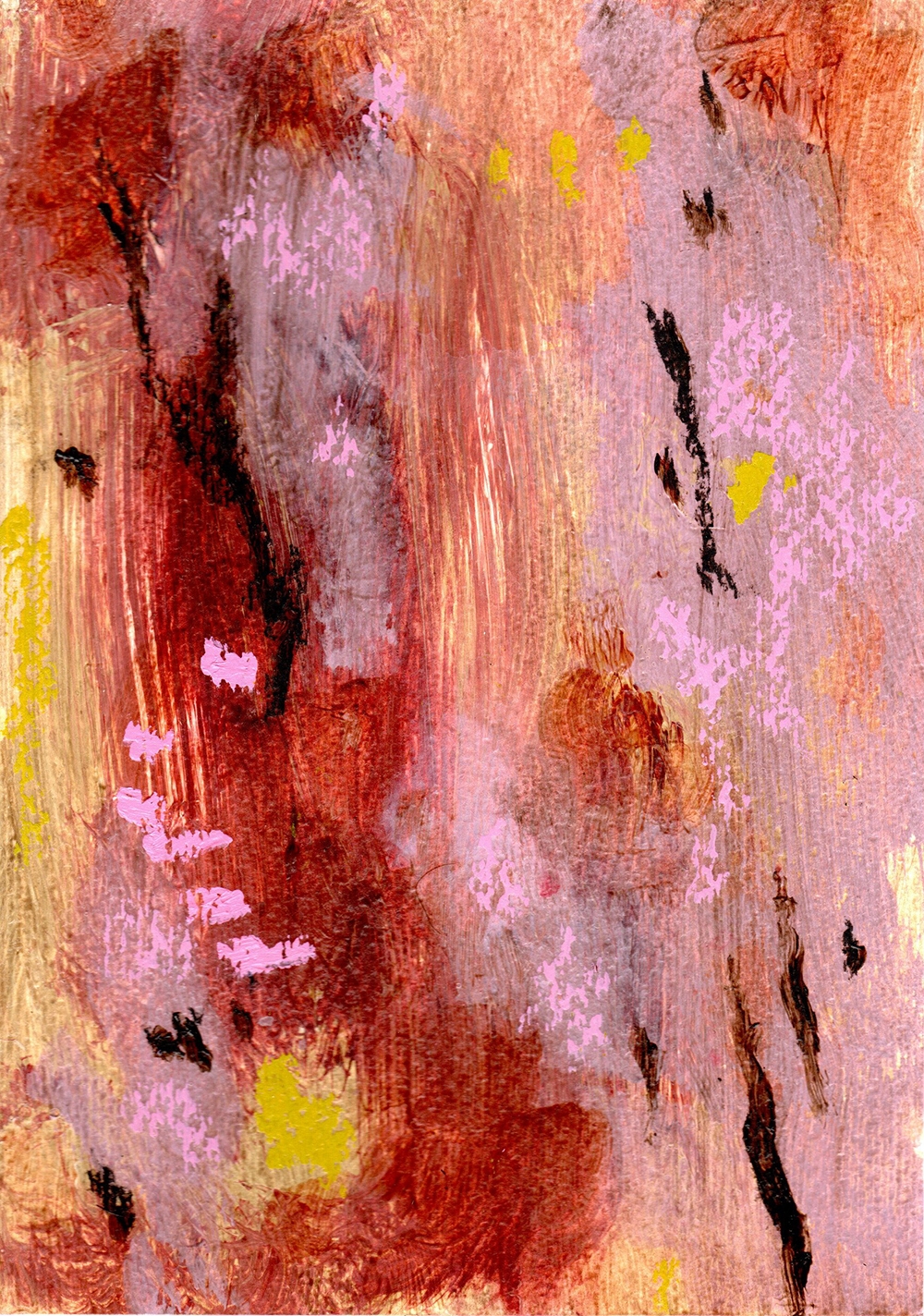
Gumtree 85 2025
Acrylic, pastel and oil on 400 gsm paper
14.8 x 21 cm
$50 (proceeds contribute to Fifteen Trees)
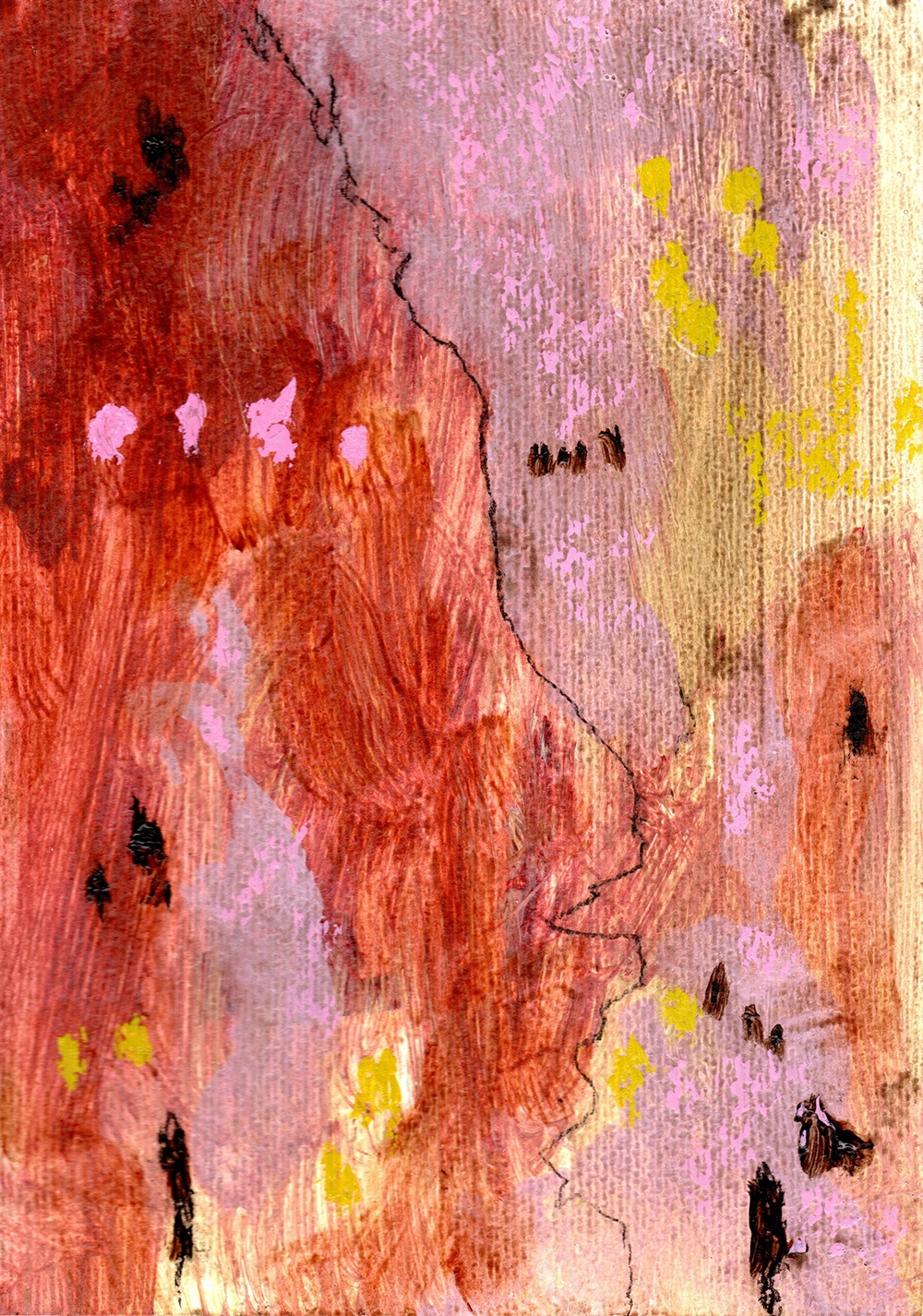 Sold
Sold
Gumtree 86 2025
Acrylic, pastel and oil on 400 gsm paper
14.8 x 21 cm
$50 (proceeds contribute to Fifteen Trees) Sold
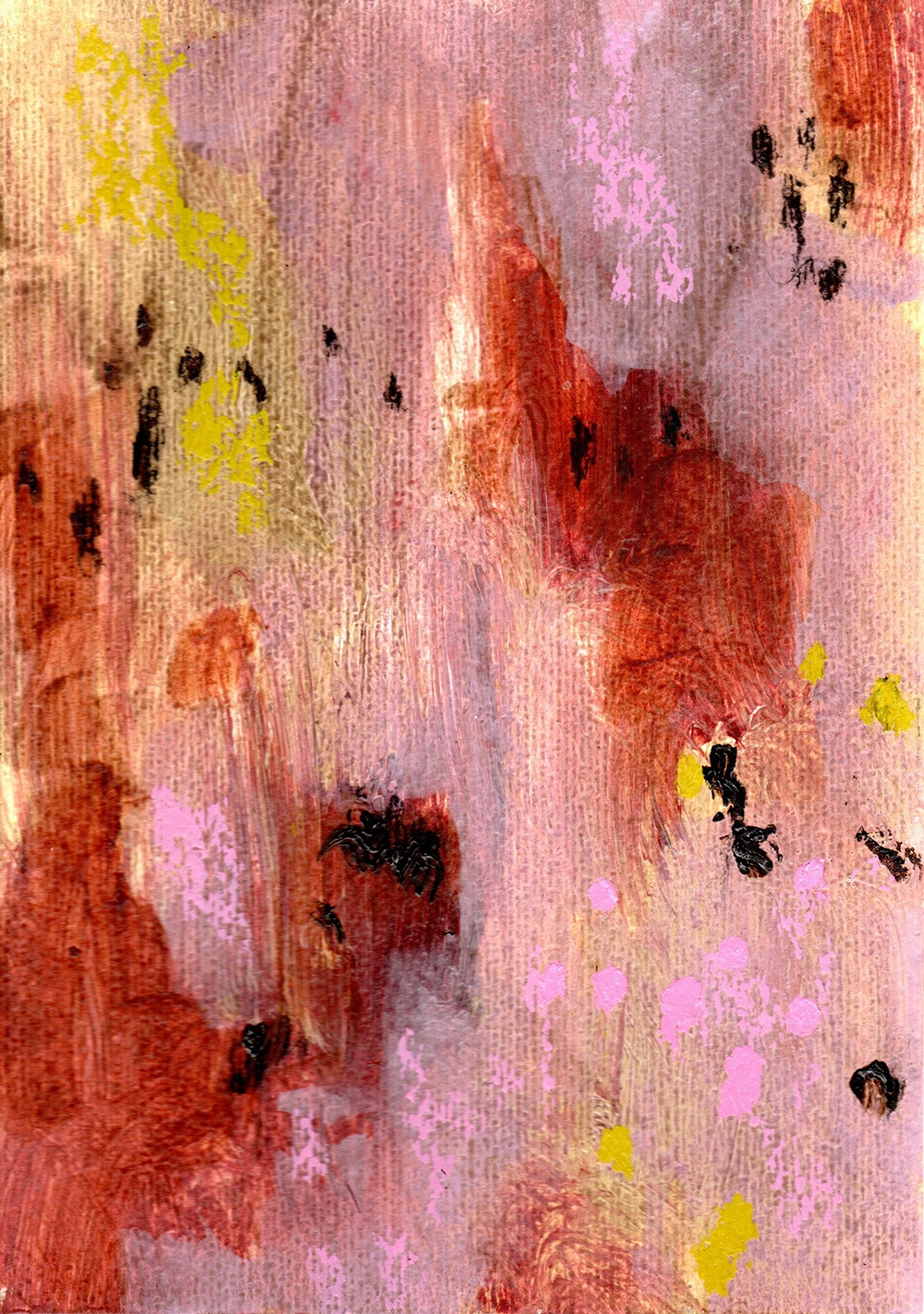
Gumtree 87 2025
Acrylic, pastel and oil on 400 gsm paper
14.8 x 21 cm
$50 (proceeds contribute to Fifteen Trees)
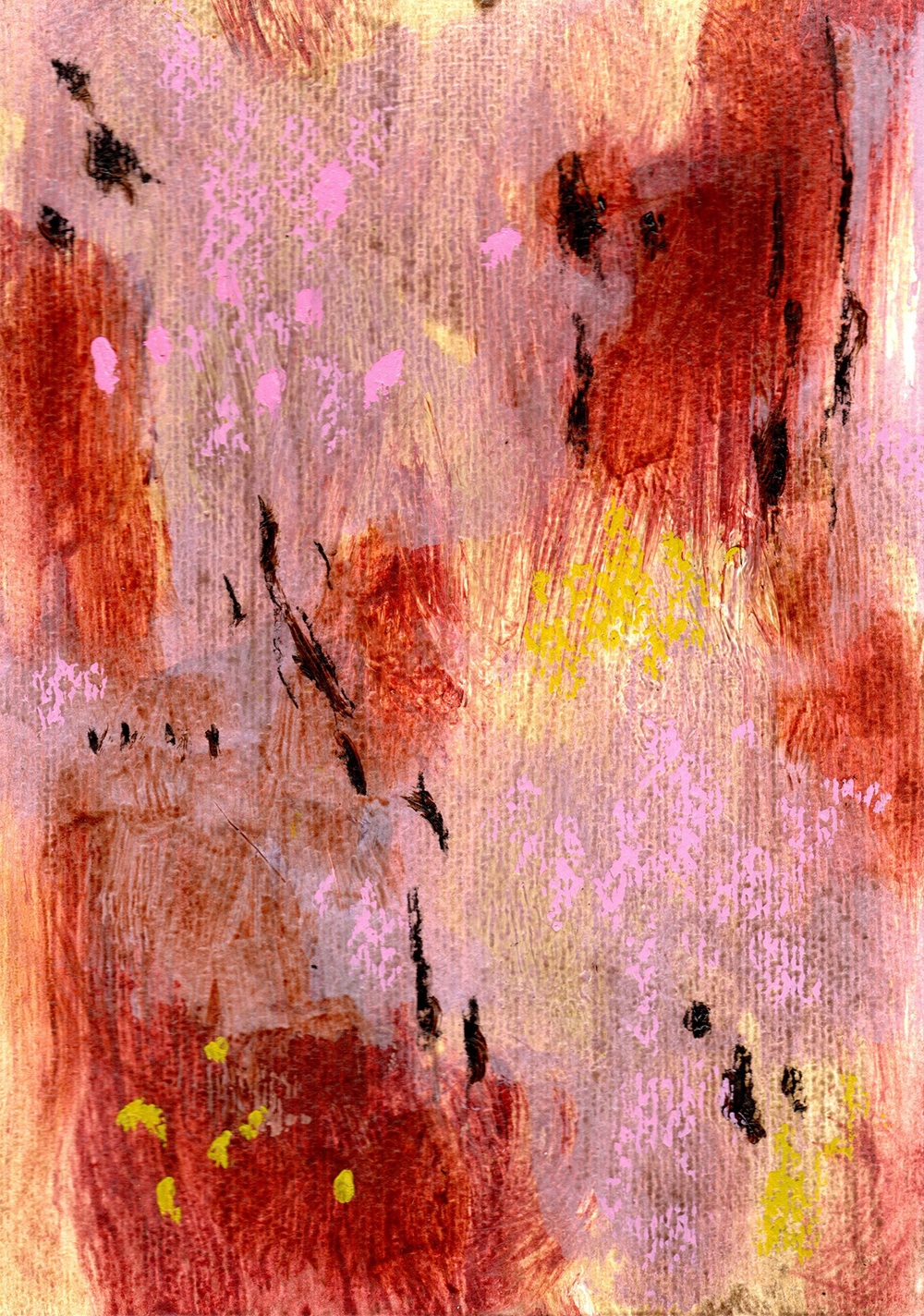 Sold
Sold
Gumtree 88 2025
Acrylic, pastel and oil on 400 gsm paper
14.8 x 21 cm
$50 (proceeds contribute to Fifteen Trees) Sold
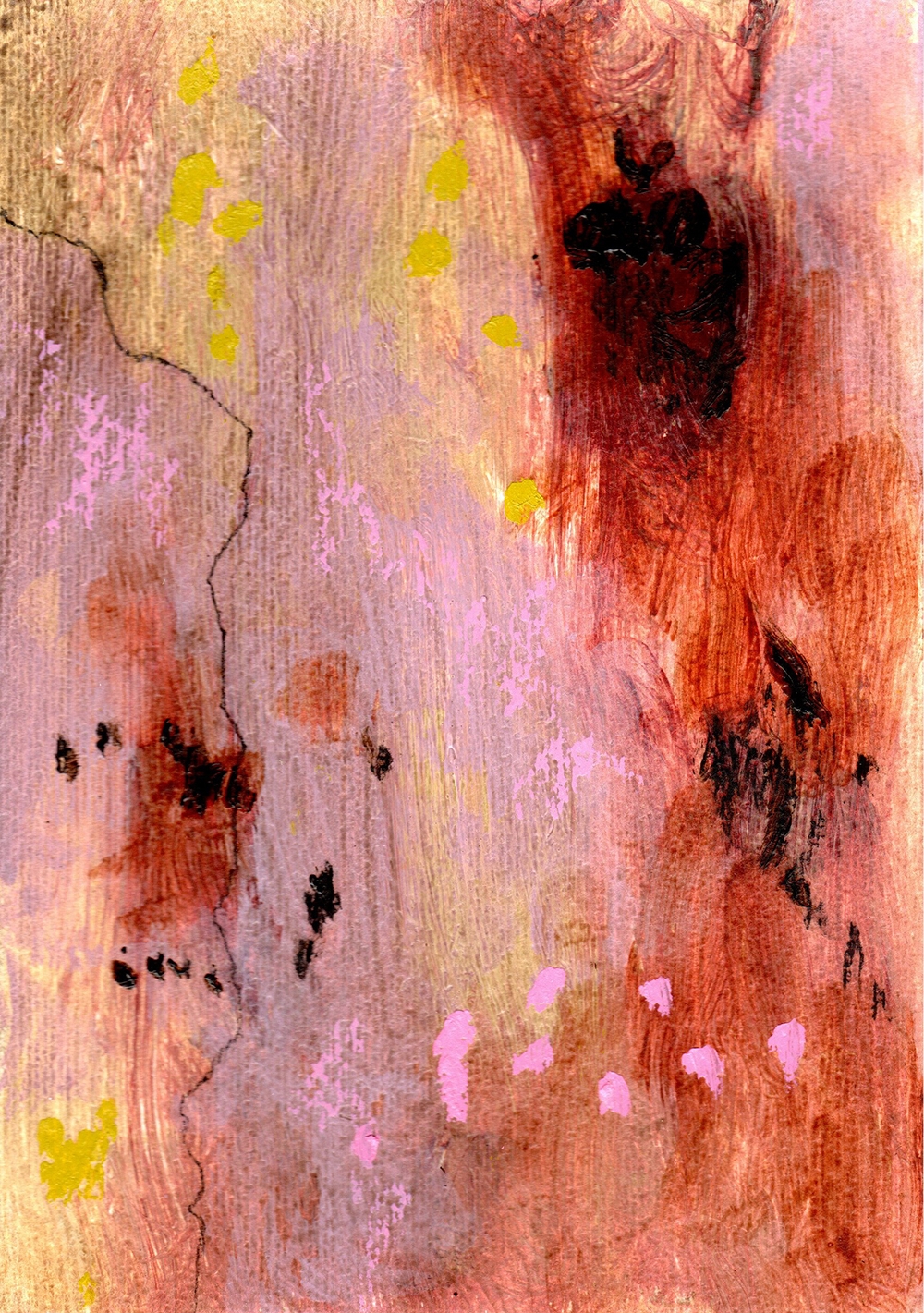
Gumtree 89 2025
Acrylic, pastel and oil on 400 gsm paper
14.8 x 21 cm
$50 (proceeds contribute to Fifteen Trees)
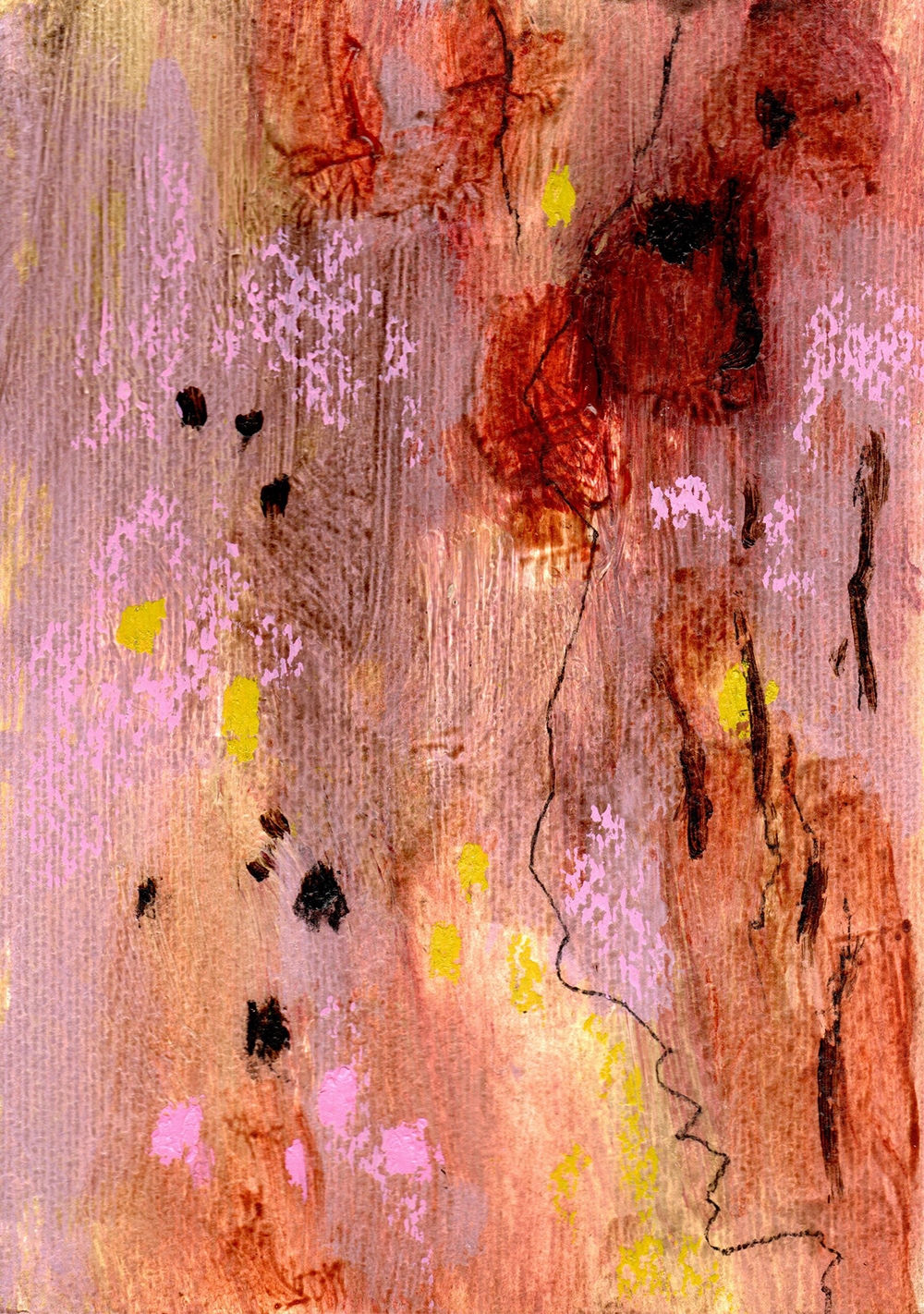
Gumtree 90 2025
Acrylic, pastel and oil on 400 gsm paper
14.8 x 21 cm
$50 (proceeds contribute to Fifteen Trees)
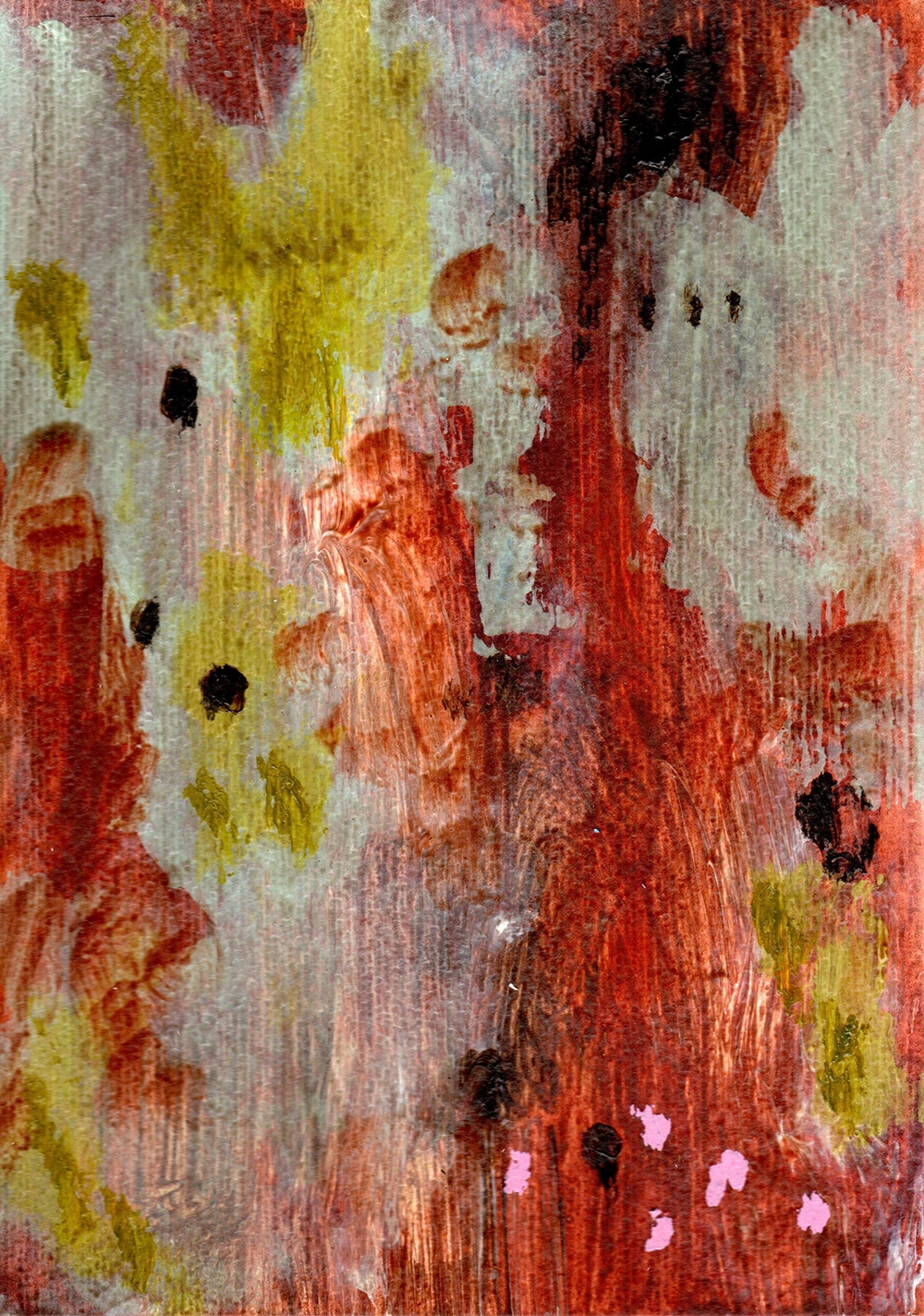 Sold
Sold
Gumtree 91 2025
Acrylic, pastel and oil on 400 gsm paper
14.8 x 21 cm
$50 (proceeds contribute to Fifteen Trees) Sold
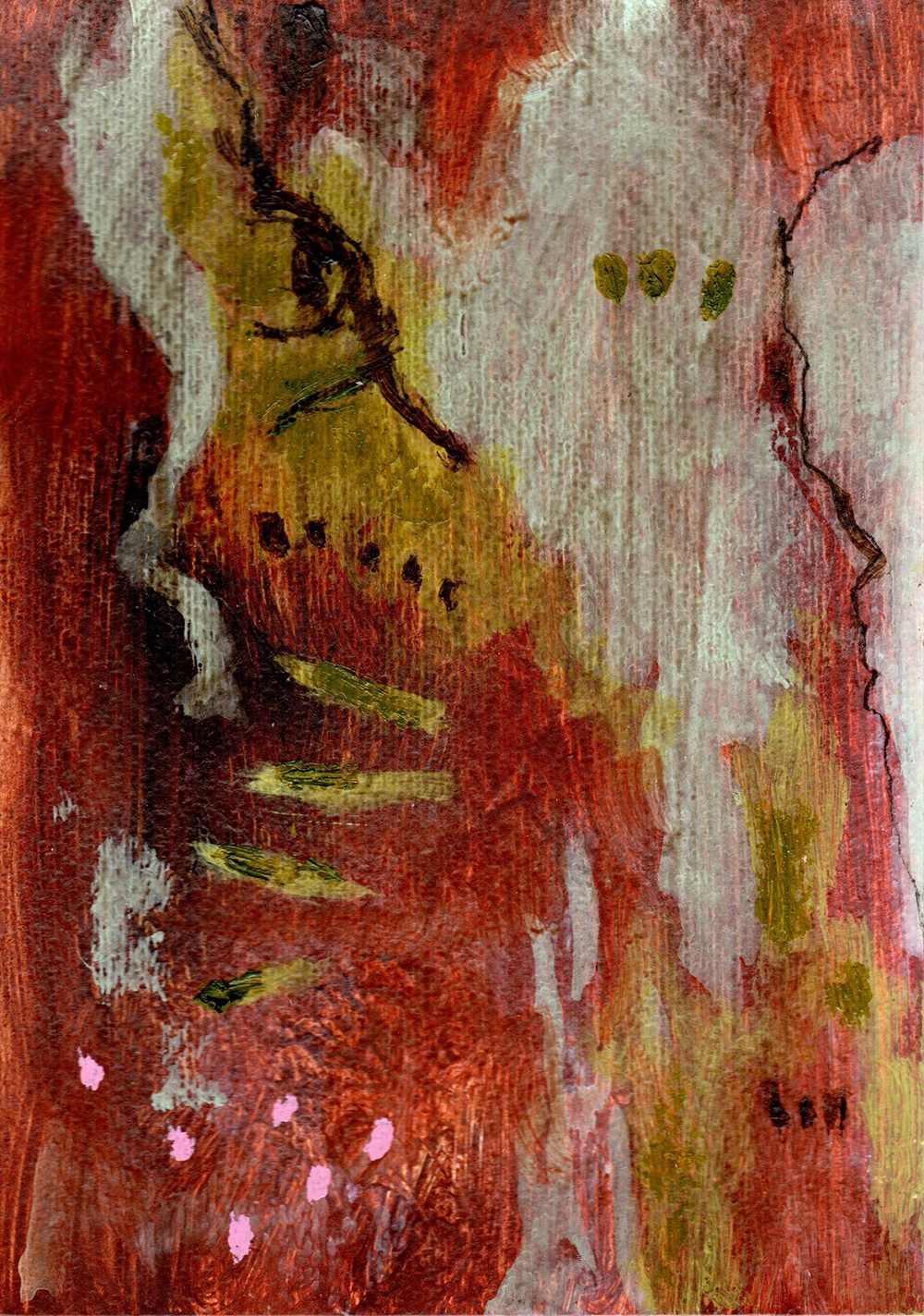 Sold
Sold
Gumtree 92 2025
Acrylic, pastel and oil on 400 gsm paper
14.8 x 21 cm
$50 (proceeds contribute to Fifteen Trees) Sold
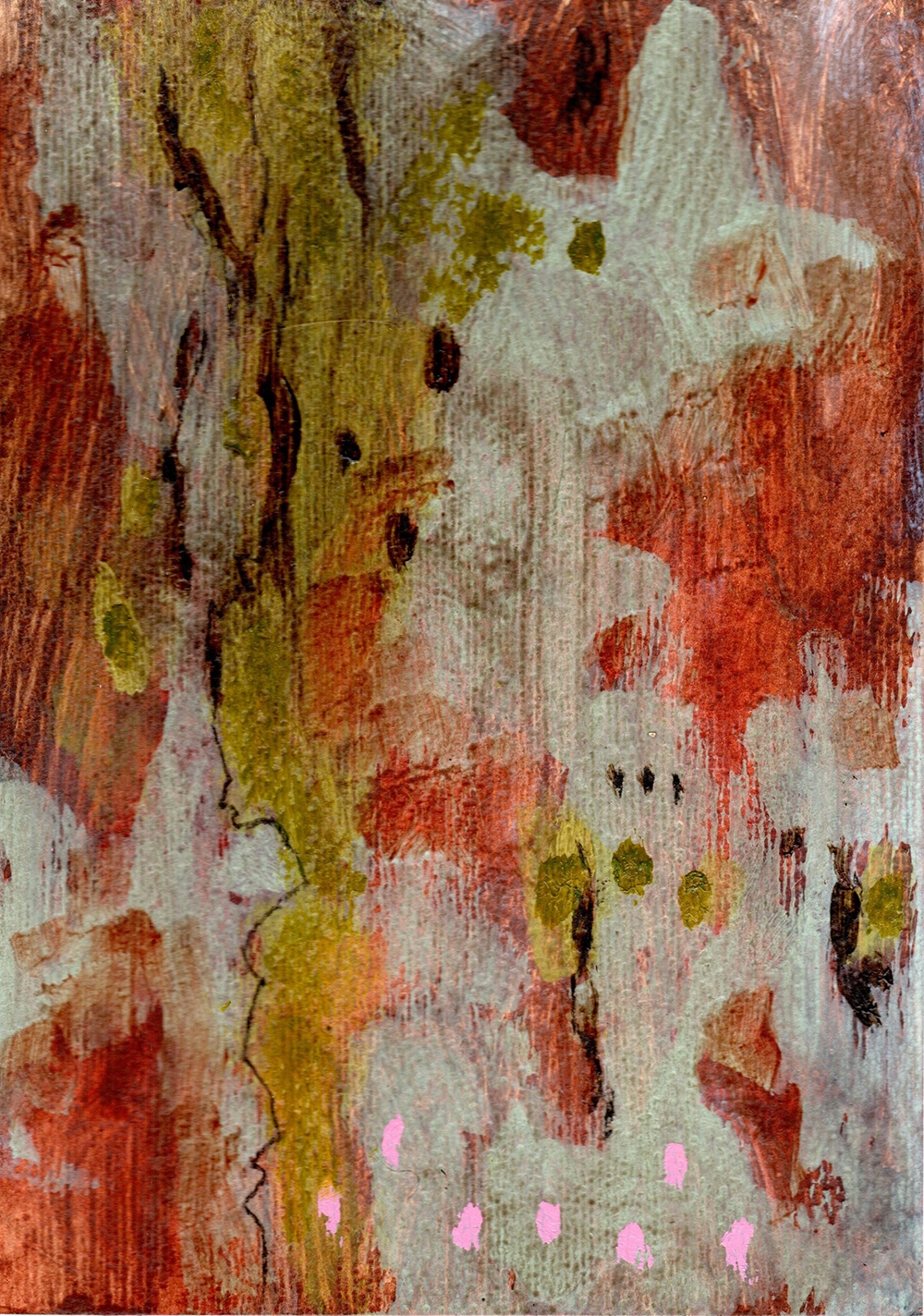 Sold
Sold
Gumtree 93 2025
Acrylic, pastel and oil on 400 gsm paper
14.8 x 21 cm
$50 (proceeds contribute to Fifteen Trees) Sold
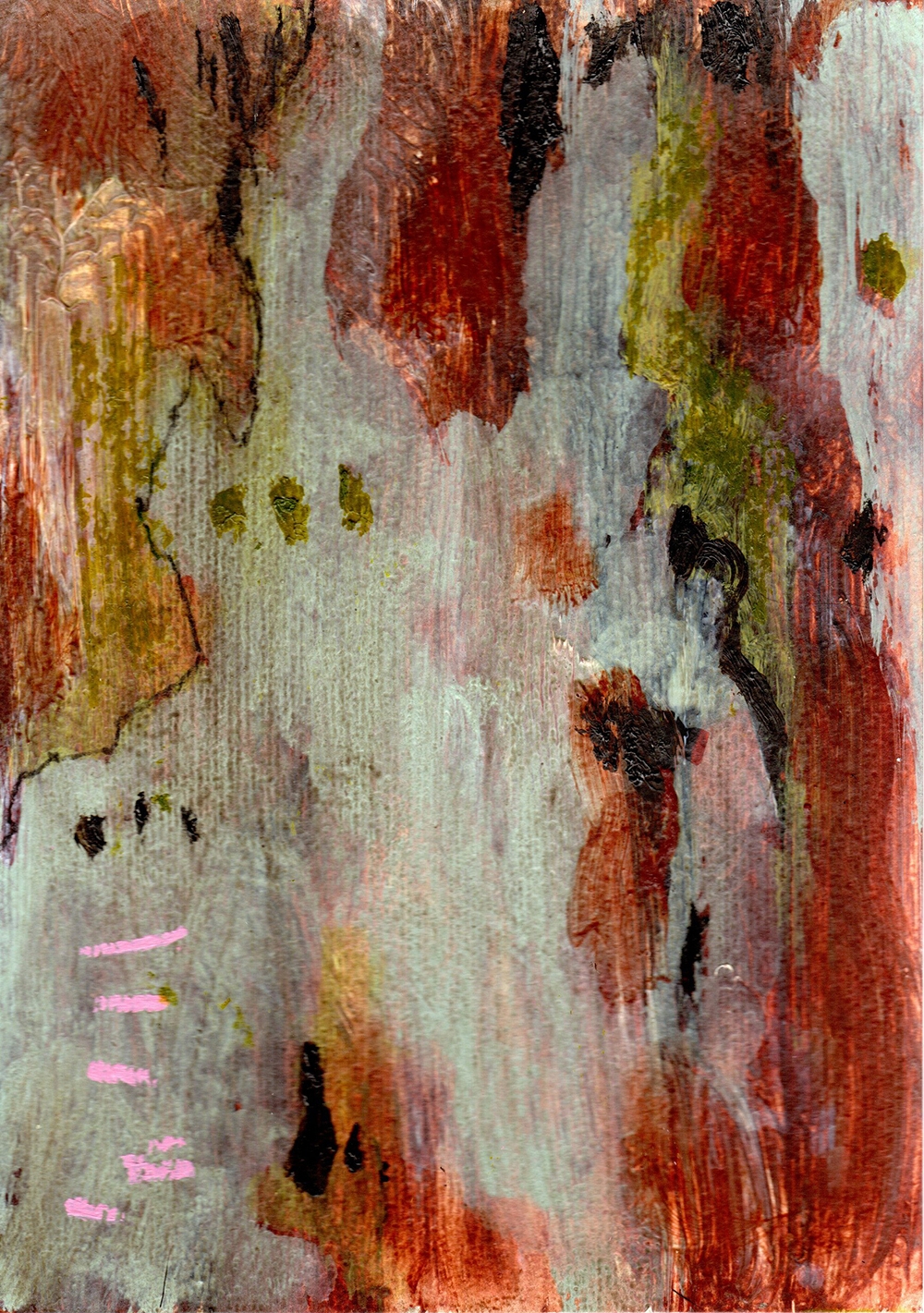 Sold
Sold
Gumtree 94 2025
Acrylic, pastel and oil on 400 gsm paper
14.8 x 21 cm
$50 (proceeds contribute to Fifteen Trees) Sold
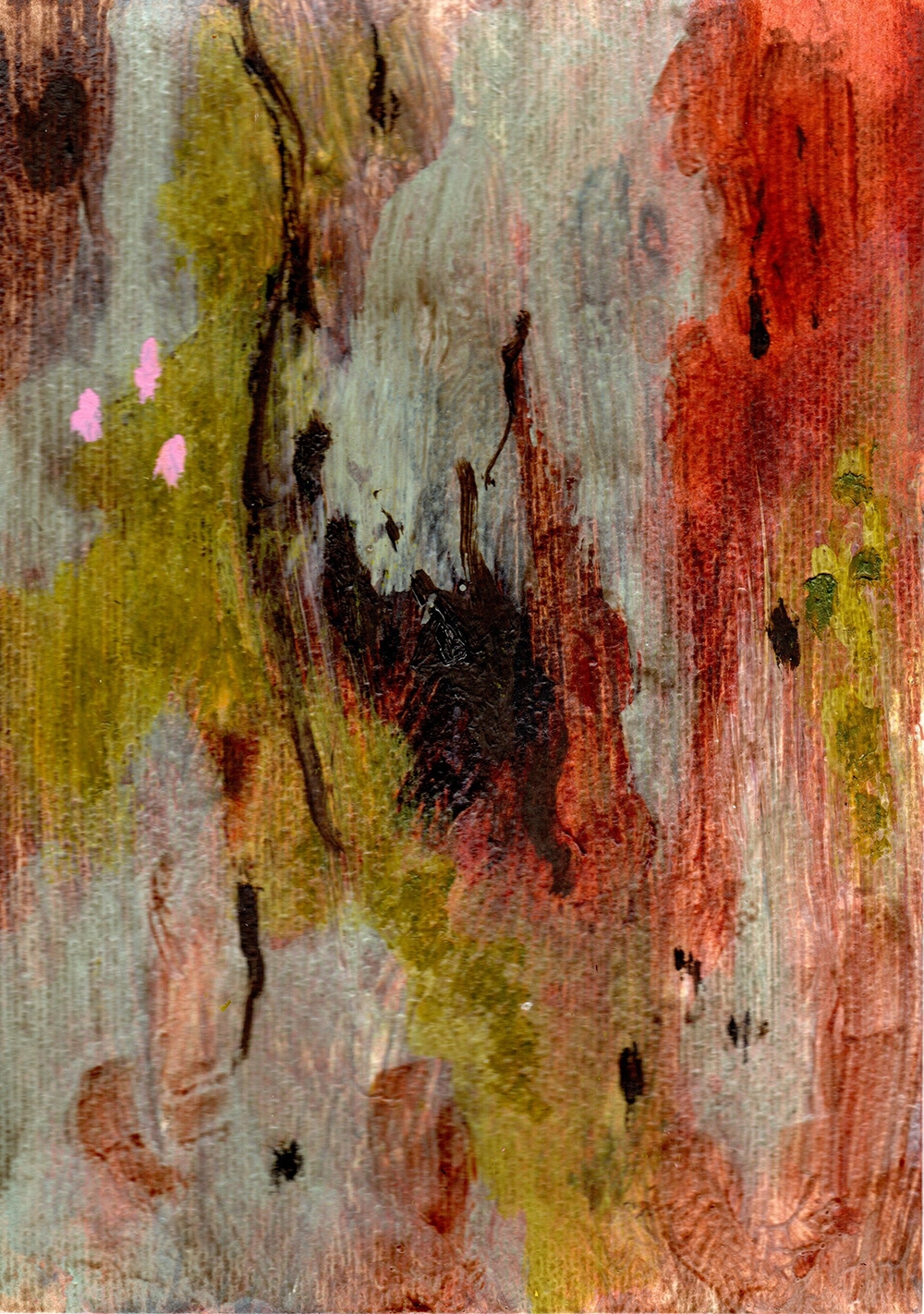 Sold
Sold
Gumtree 95 2025
Acrylic, pastel and oil on 400 gsm paper
14.8 x 21 cm
$50 (proceeds contribute to Fifteen Trees) Sold
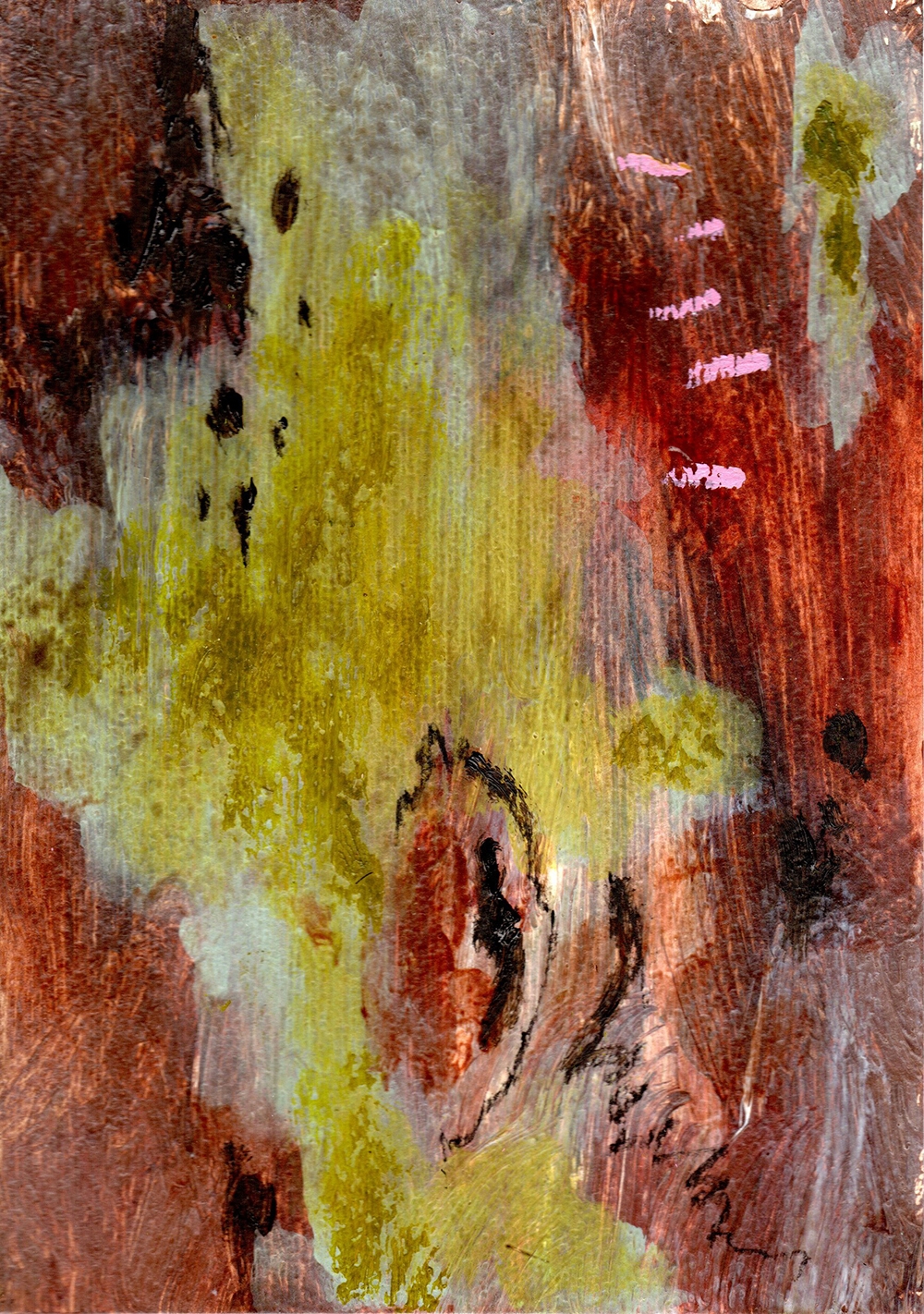 Sold
Sold
Gumtree 96 2025
Acrylic, pastel and oil on 400 gsm paper
14.8 x 21 cm
$50 (proceeds contribute to Fifteen Trees) Sold
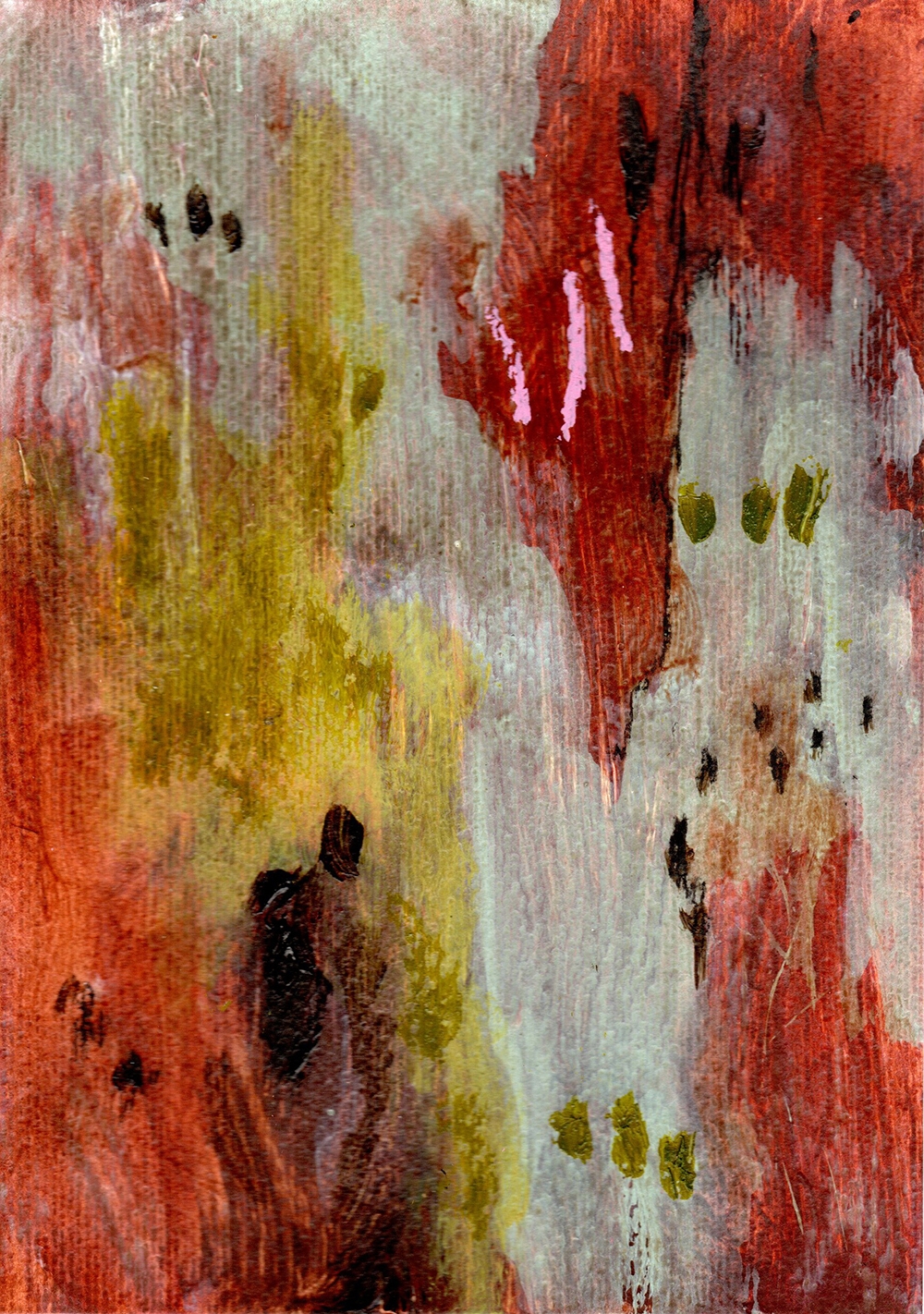 Sold
Sold
Gumtree 97 2025
Acrylic, pastel and oil on 400 gsm paper
14.8 x 21 cm
$50 (proceeds contribute to Fifteen Trees) Sold
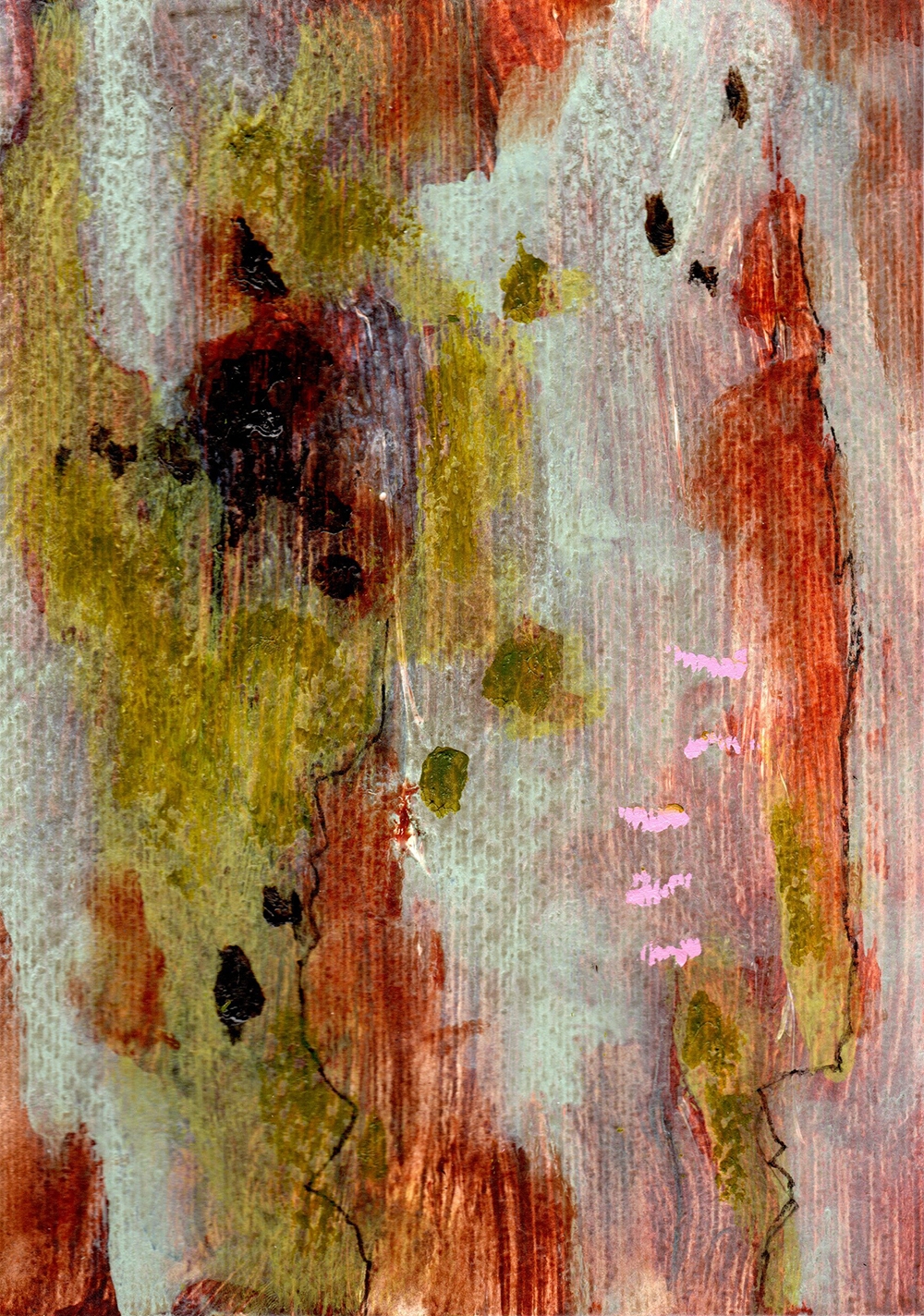 Sold
Sold
Gumtree 98 2025
Acrylic, pastel and oil on 400 gsm paper
14.8 x 21 cm
$50 (proceeds going to Fifteen Trees) Sold
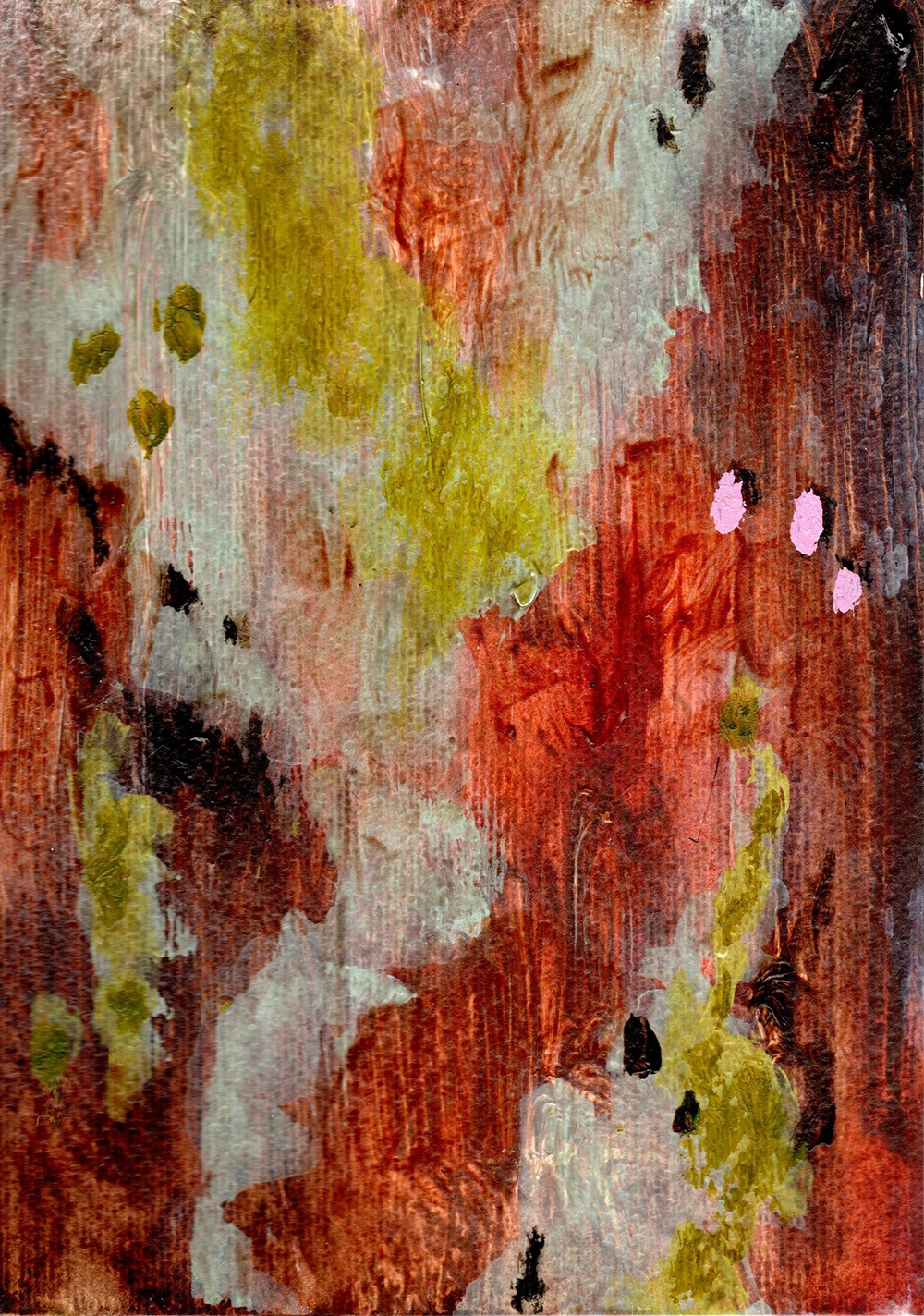 Sold
Sold
Gumtree 99 2025
Acrylic, pastel and oil on 400 gsm paper
14.8 x 21 cm
$50 (proceeds contribute to Fifteen Trees) Sold
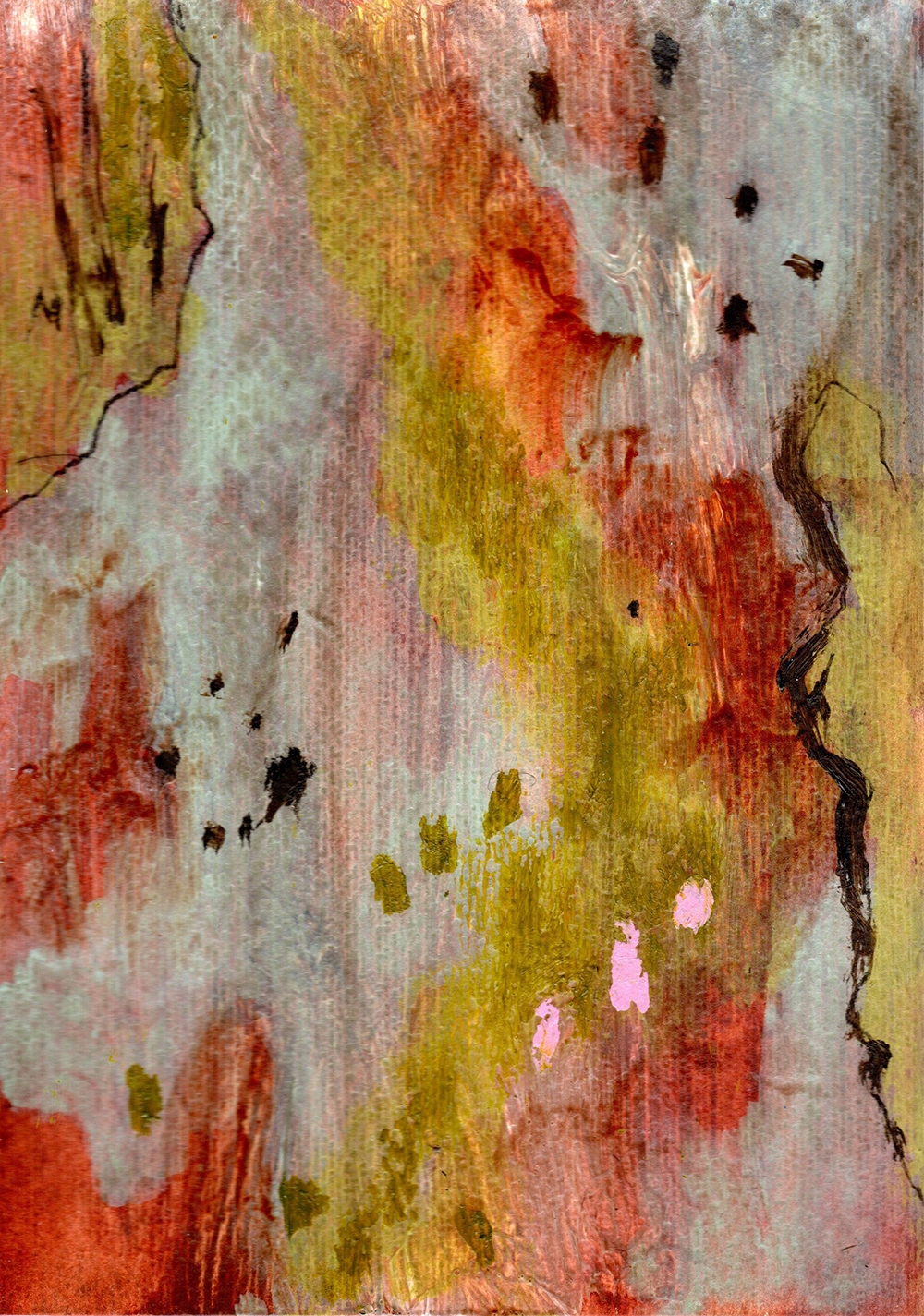 Sold
Sold
Gumtree 100 2025
Acrylic, pastel and oil on 400 gsm paper
14.8 x 21 cm
$50 (proceeds contribute to Fifteen Trees) Sold
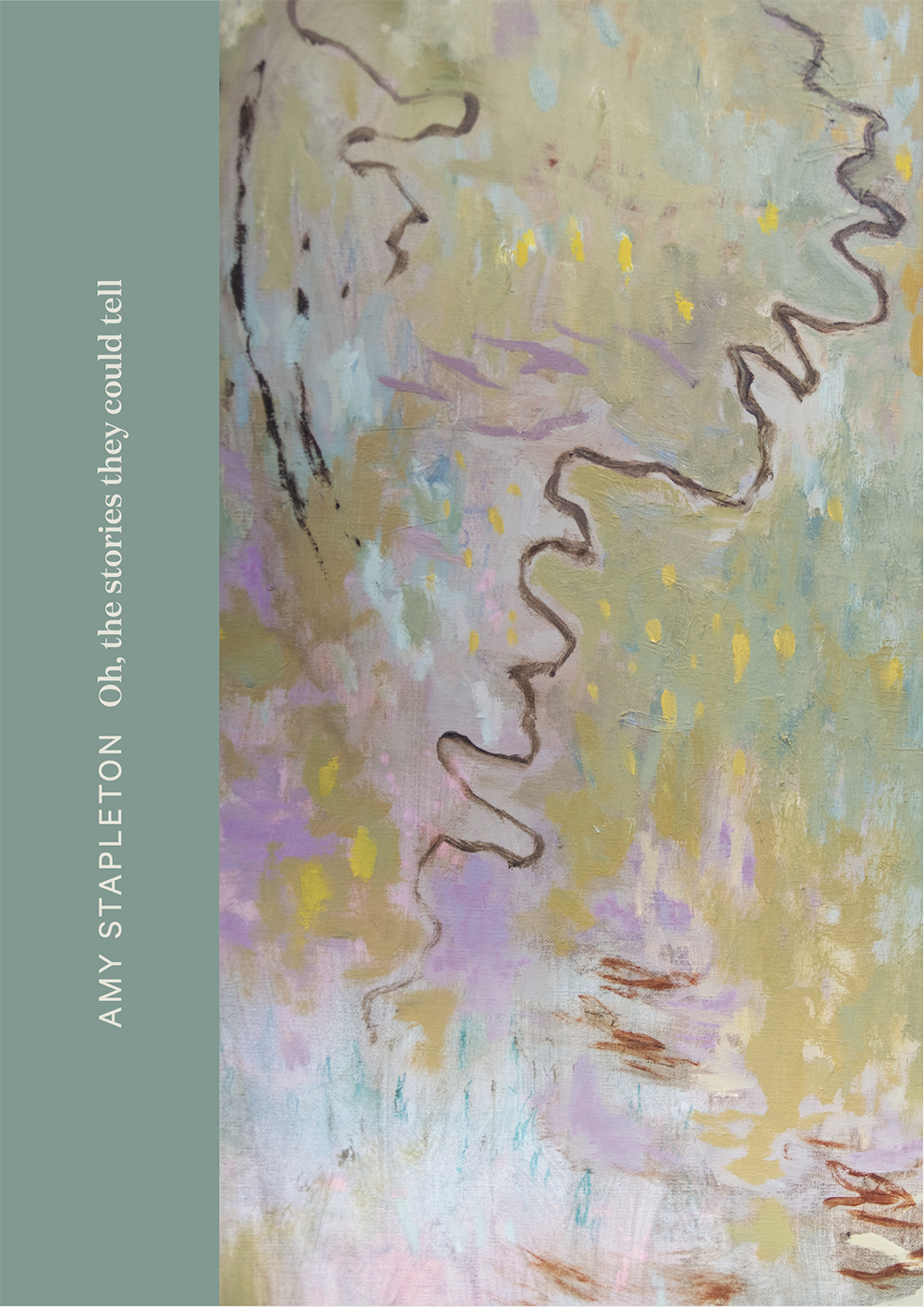
Amy Stapleton Exhibition Catalogue 2025
16 pages
A4
$15
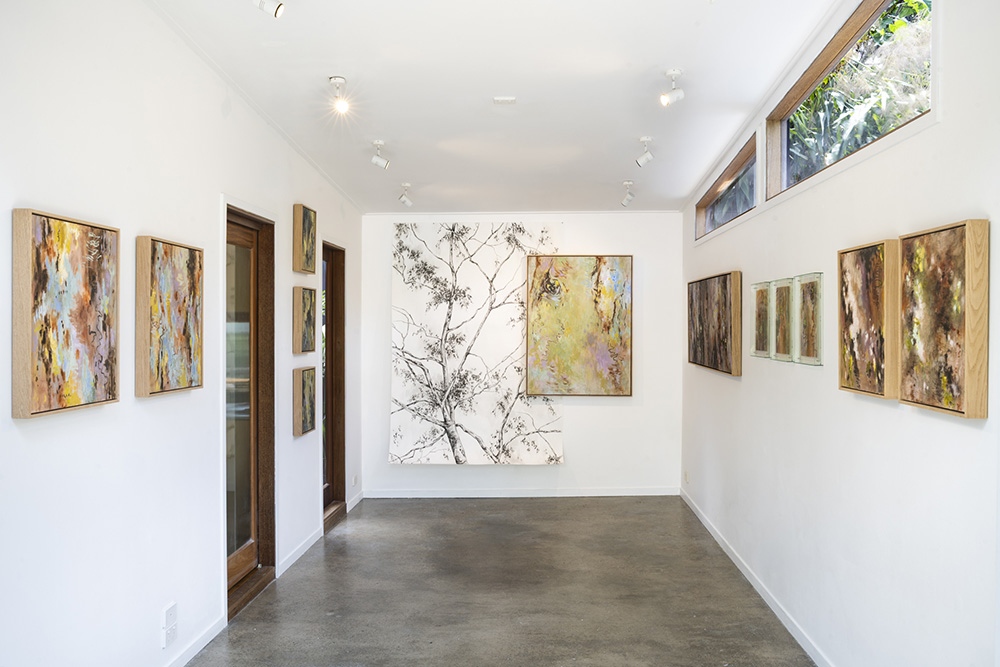
Amy Stapleton — Install view
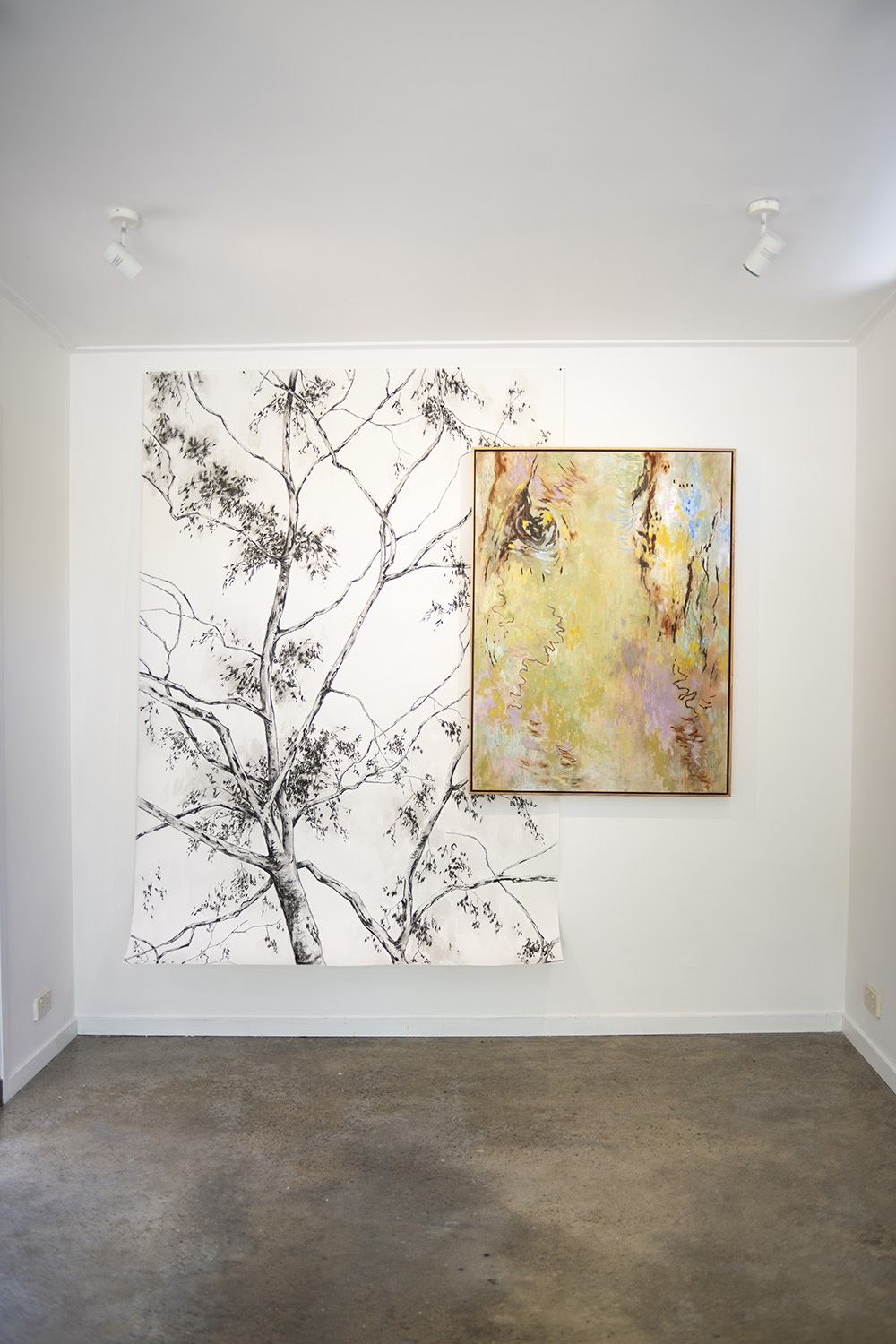
Amy Stapleton — Install view
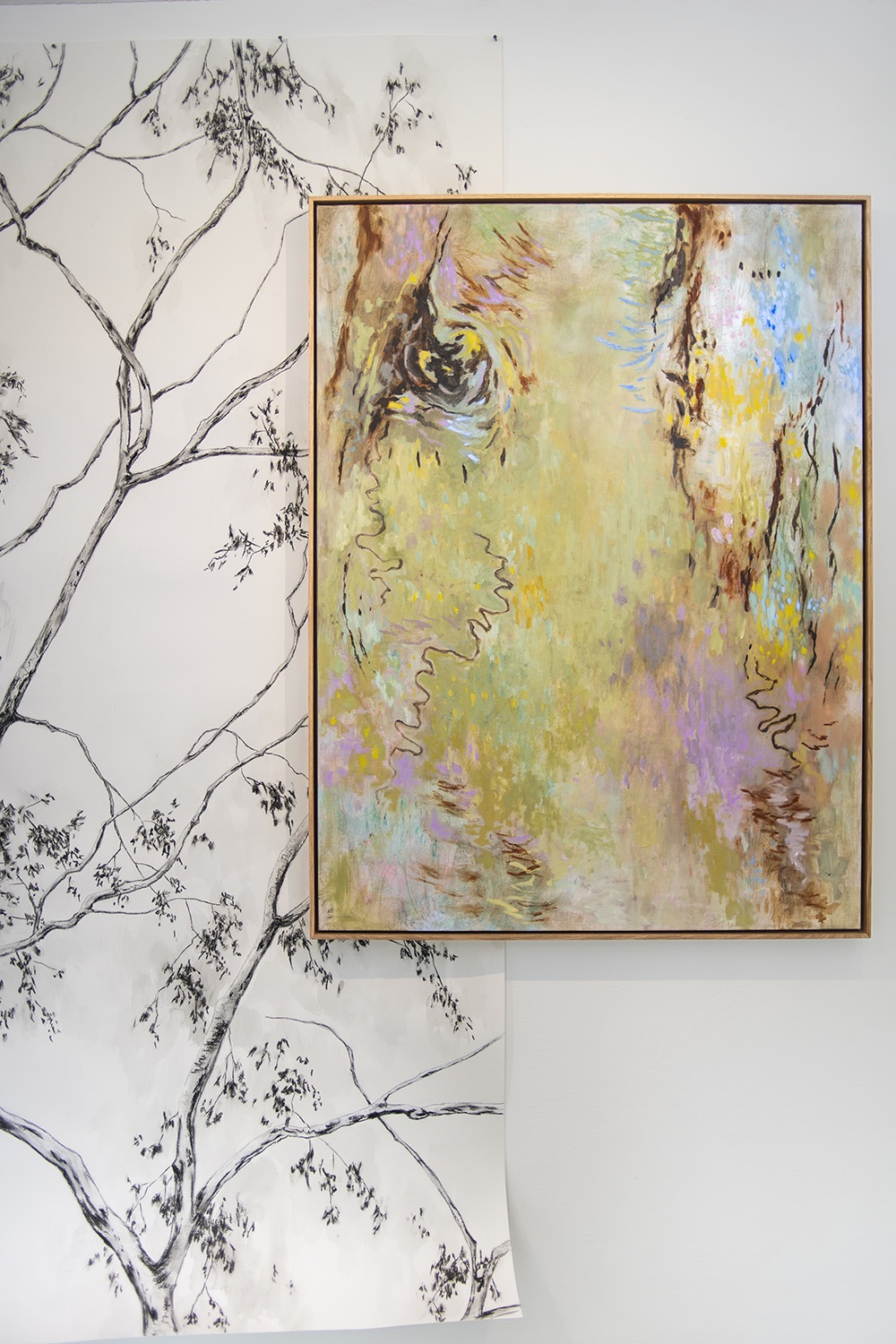
Amy Stapleton — Install view
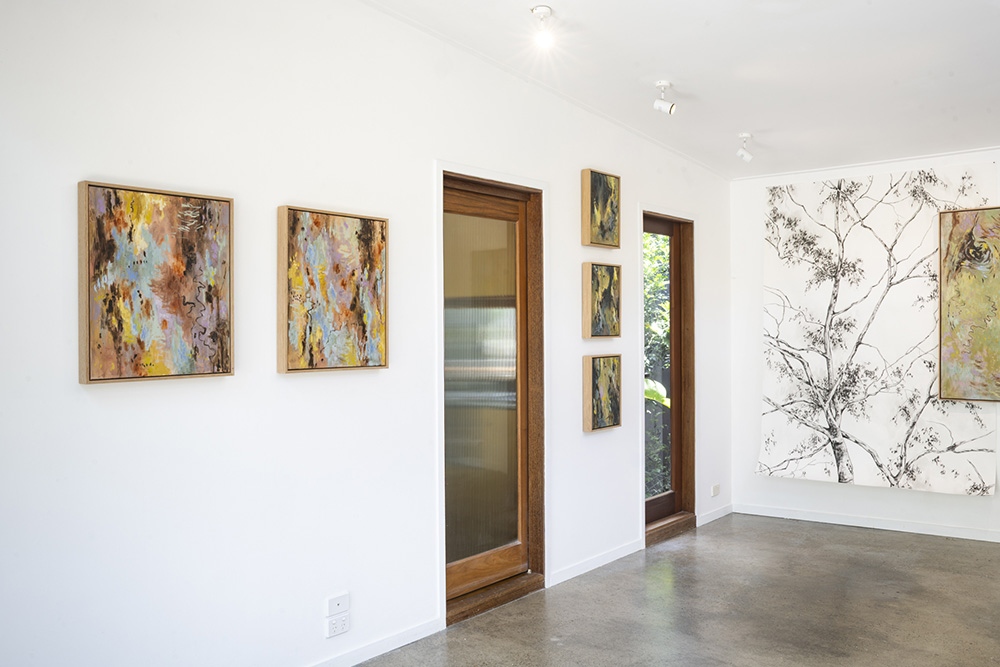
Amy Stapleton — Install view
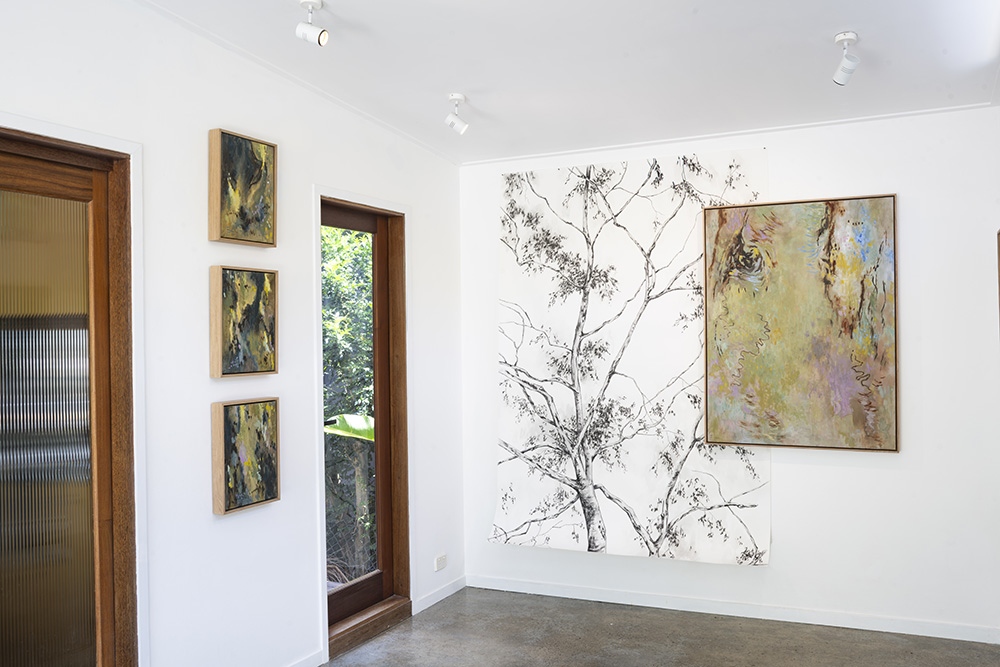
Amy Stapleton — Install view
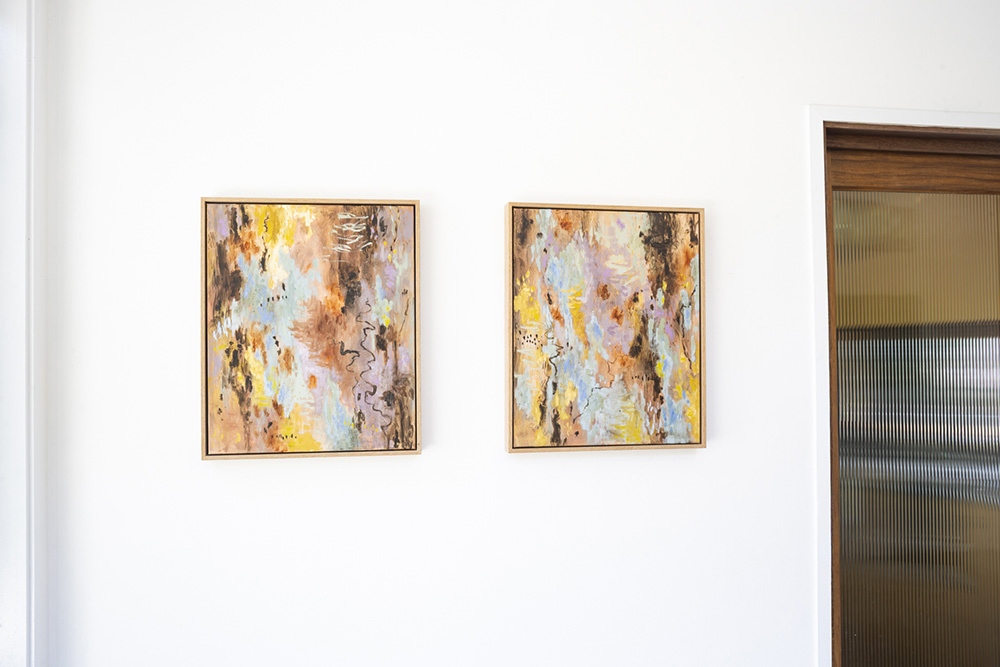
Amy Stapleton — Install view
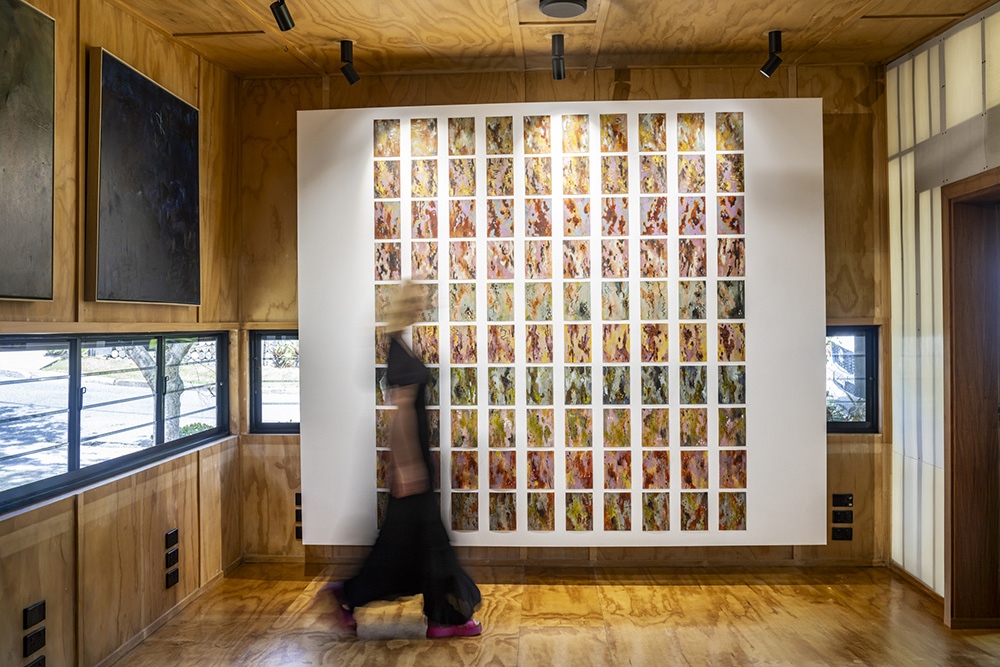
Amy Stapleton — Install view
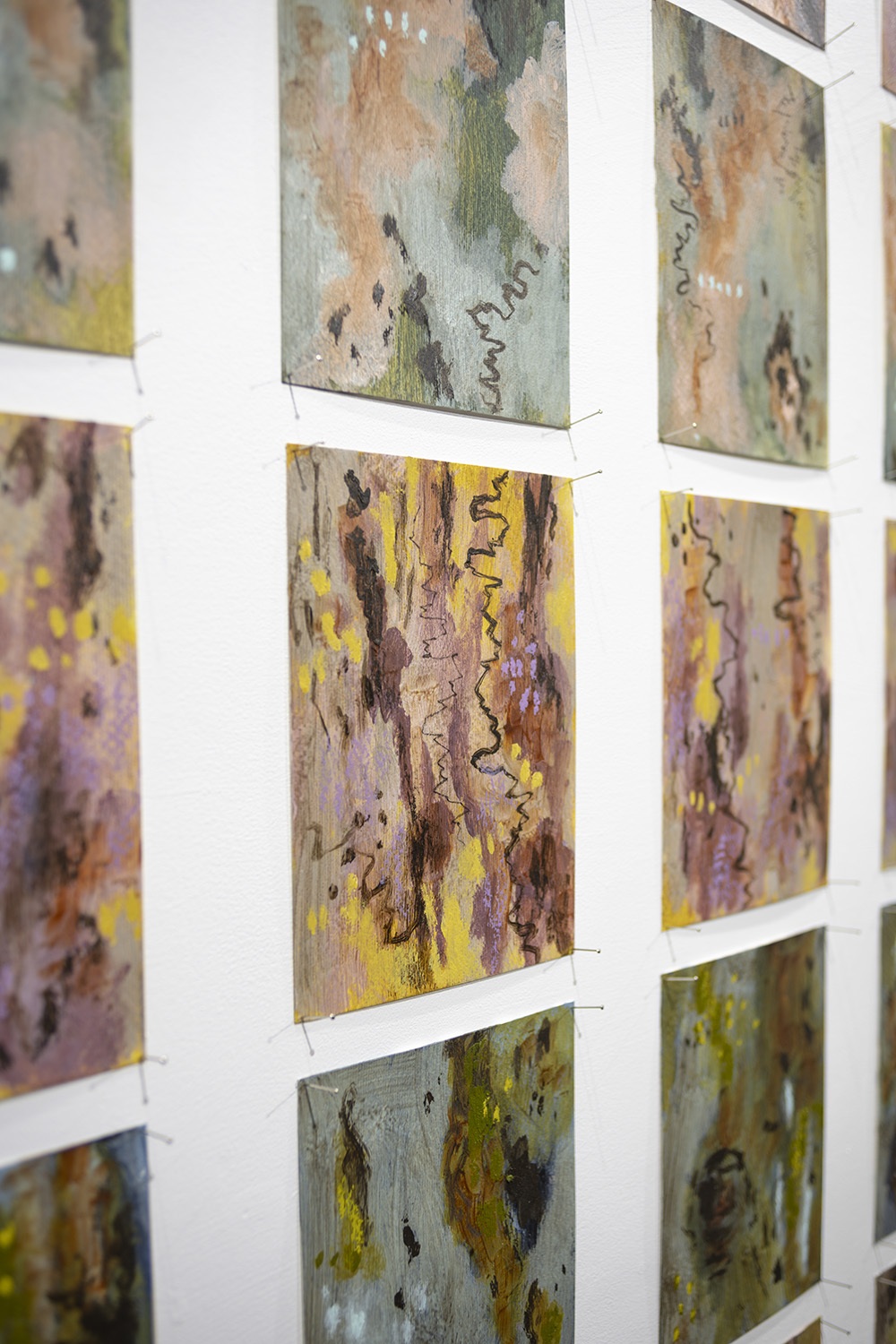
Amy Stapleton — Install view
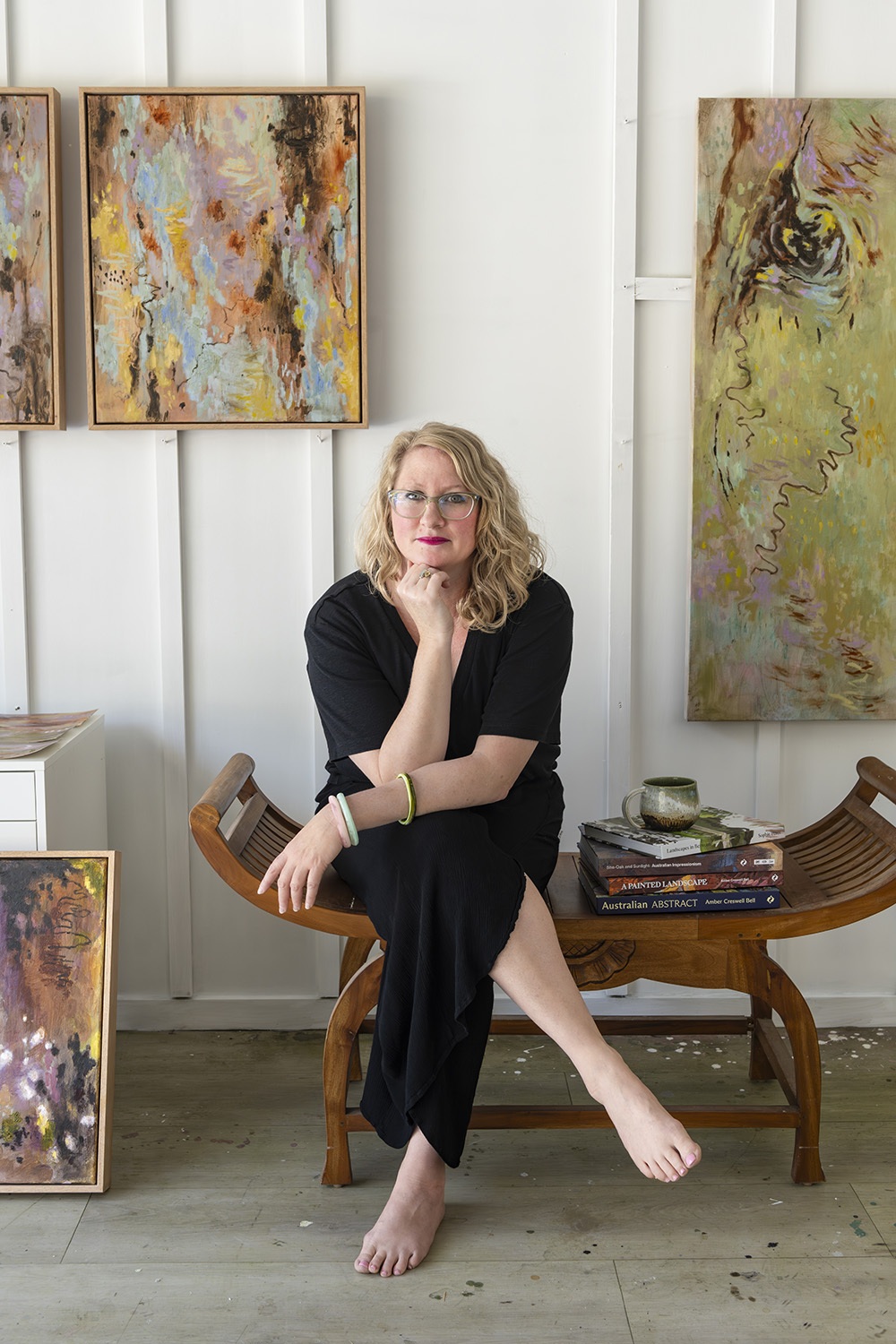
Amy Stapleton — Studio

